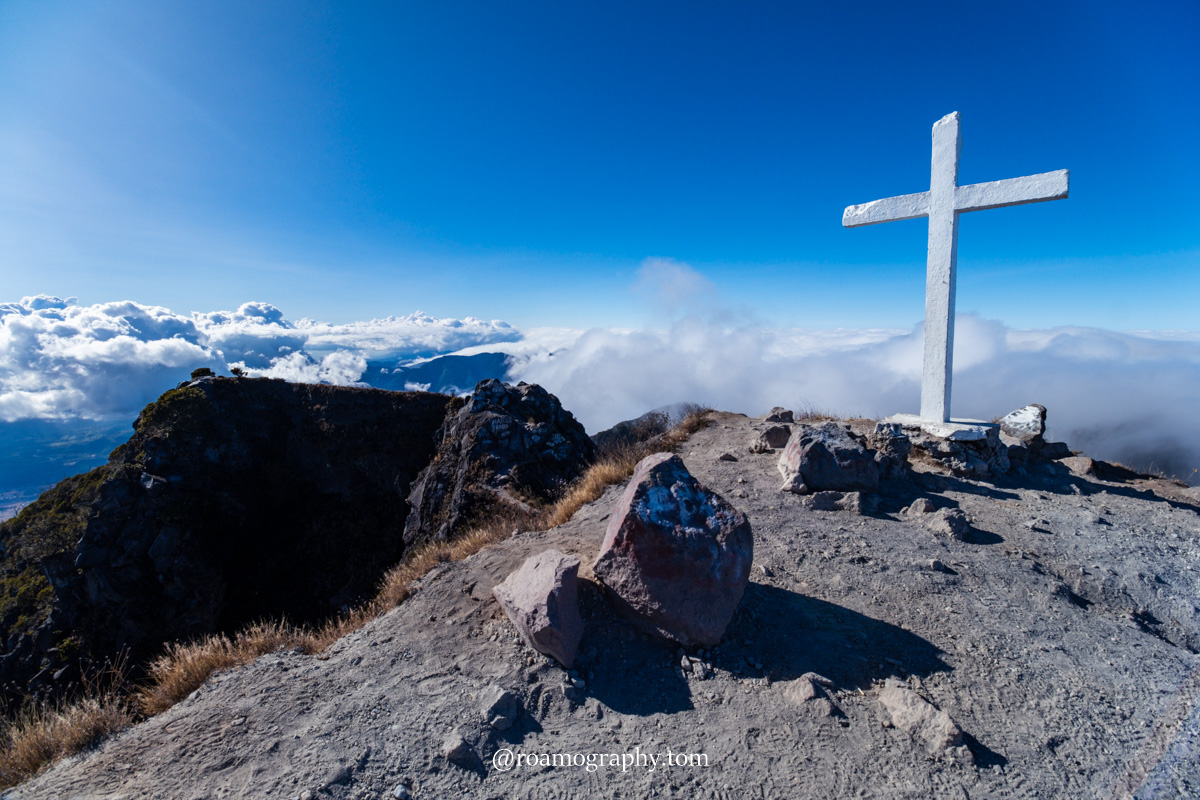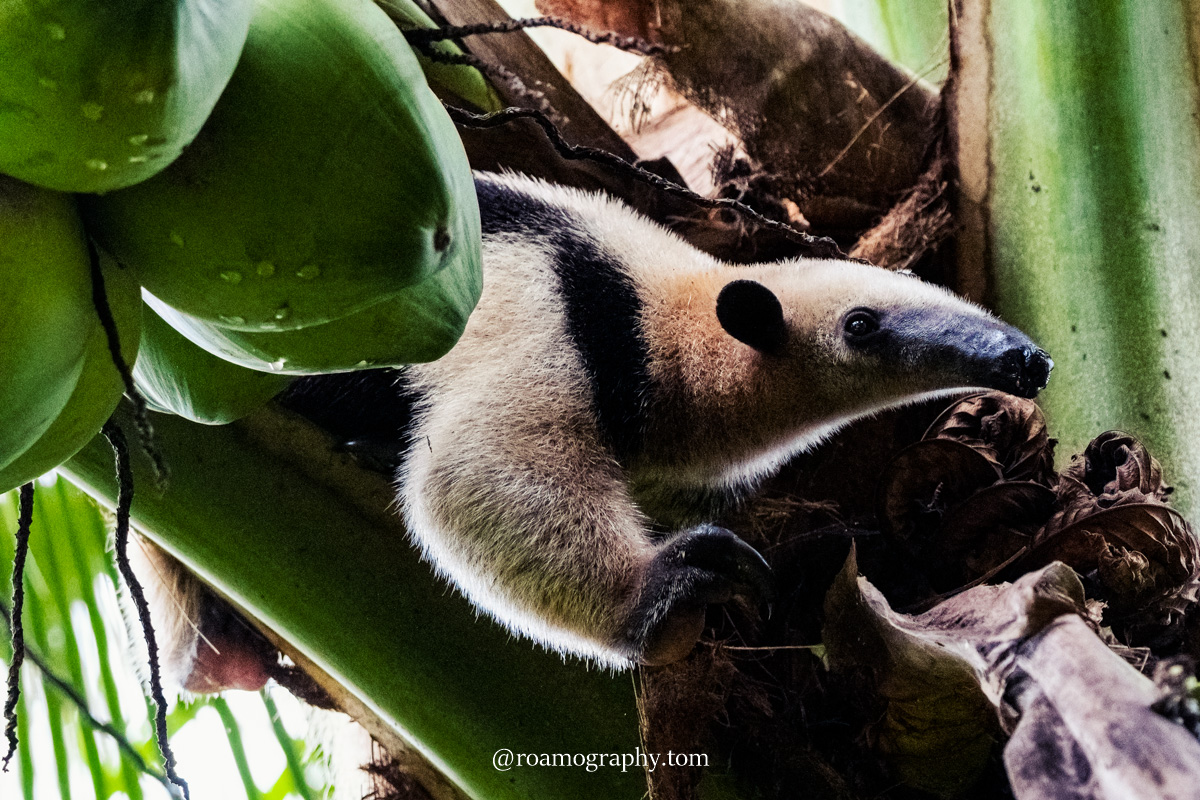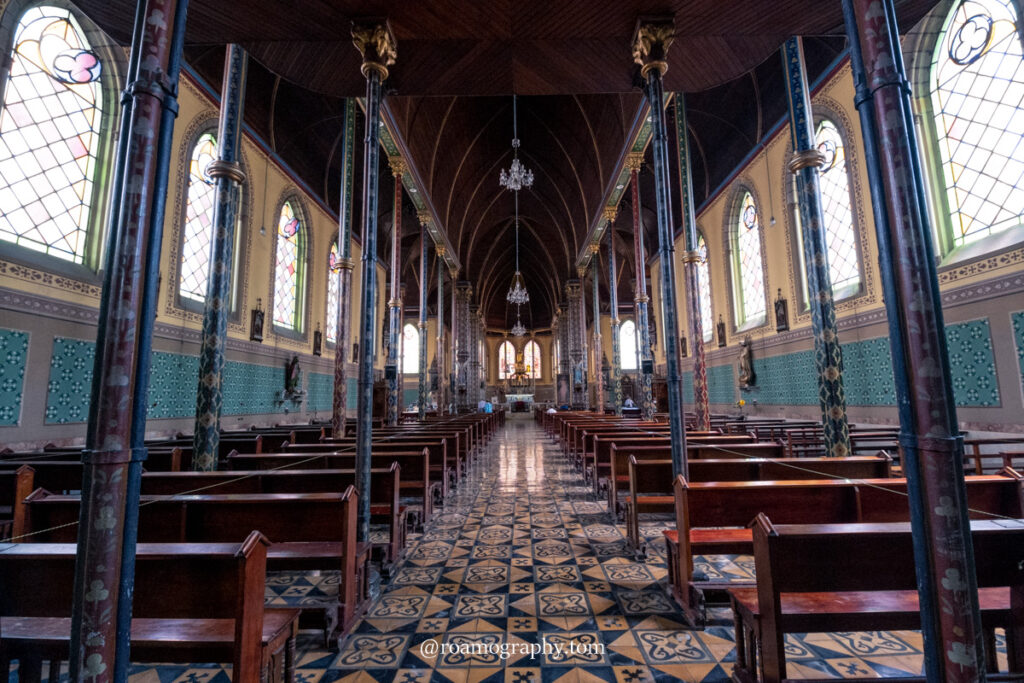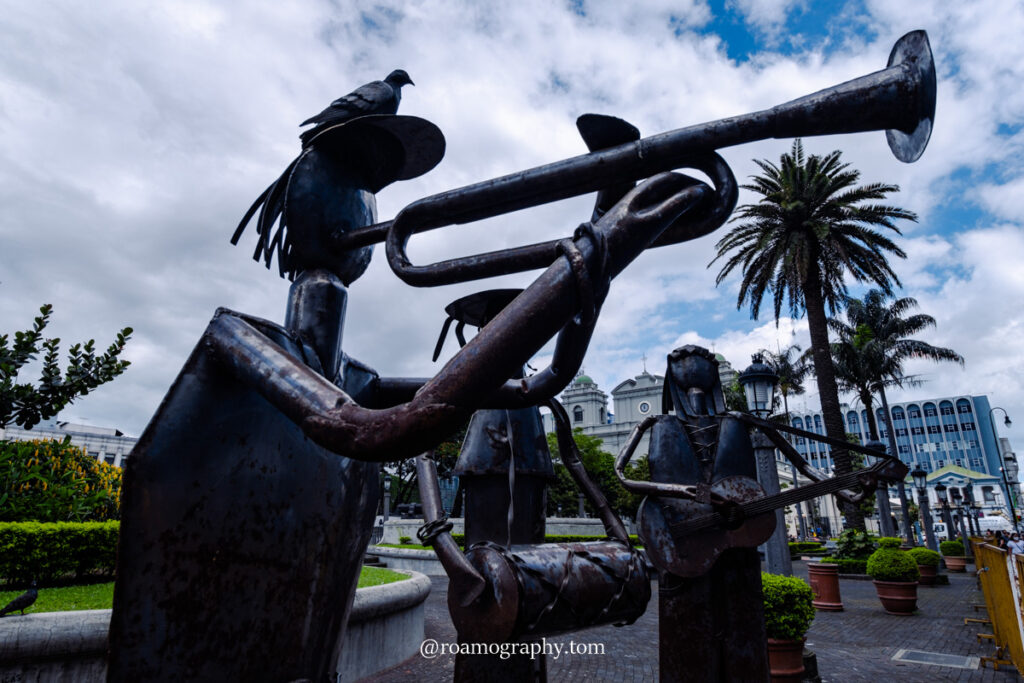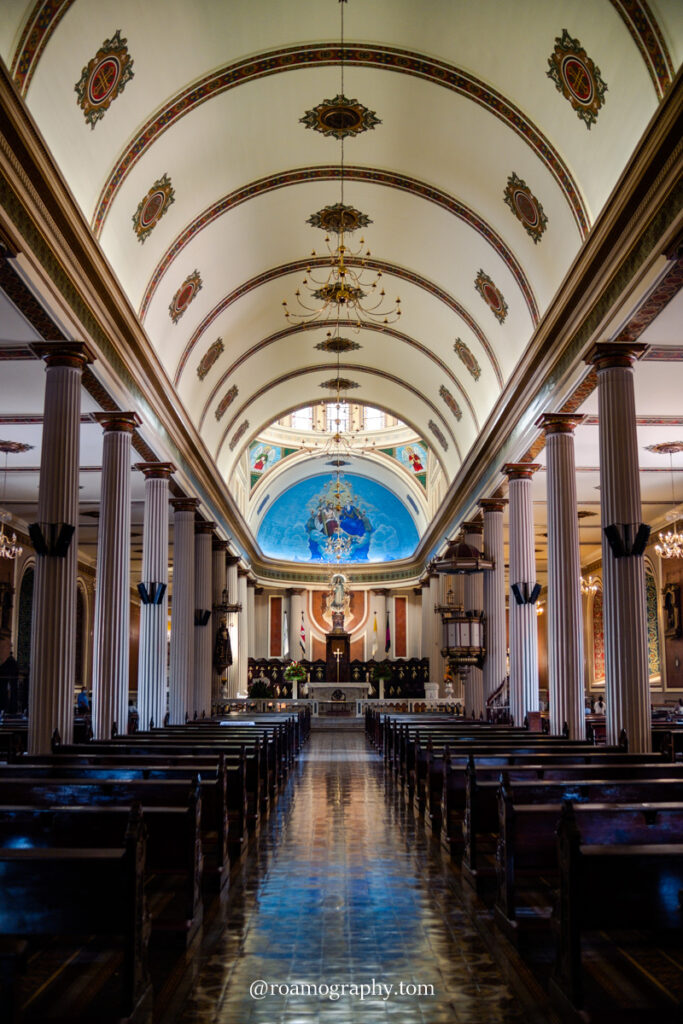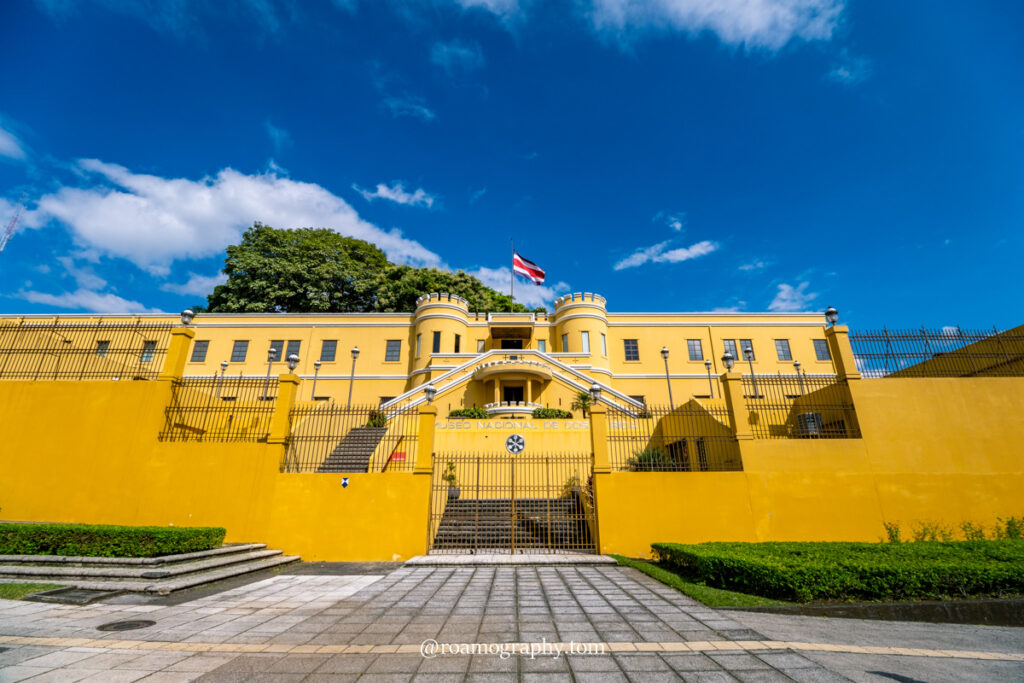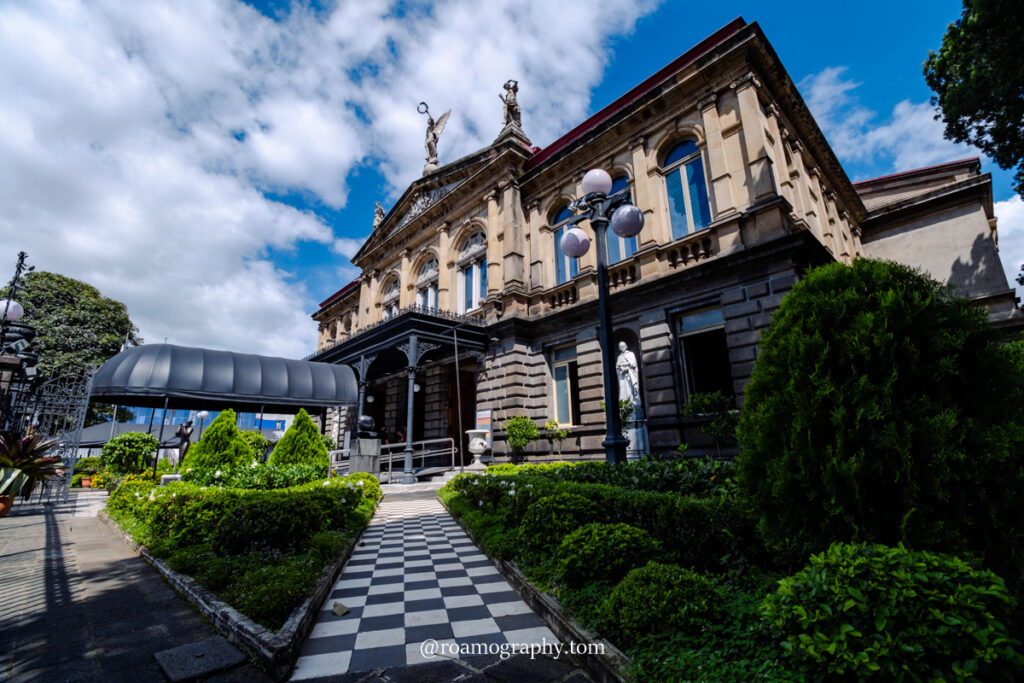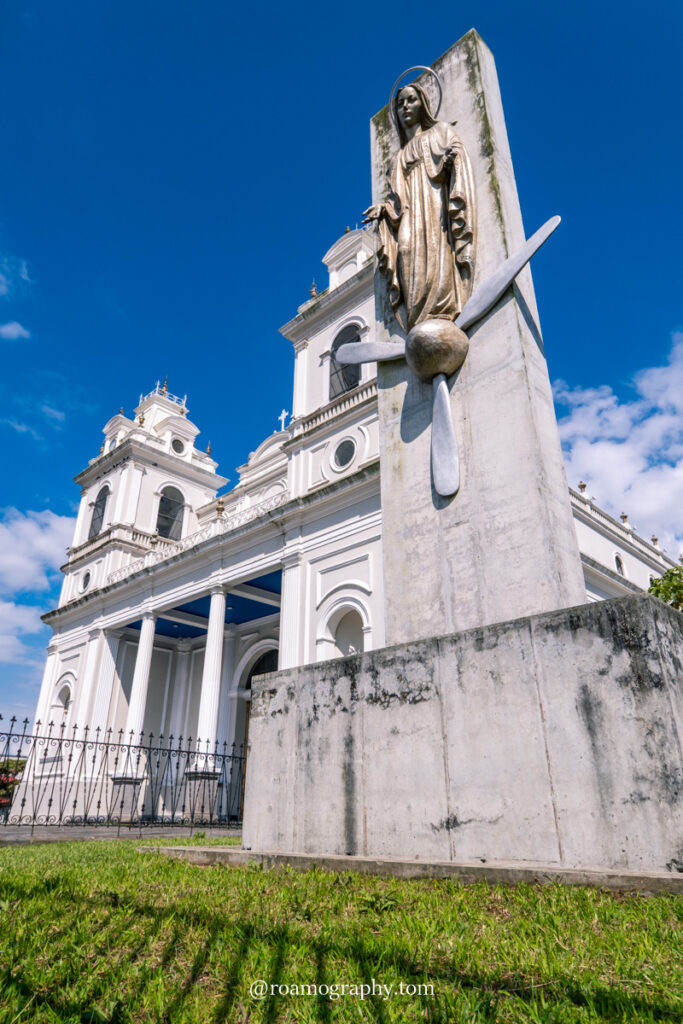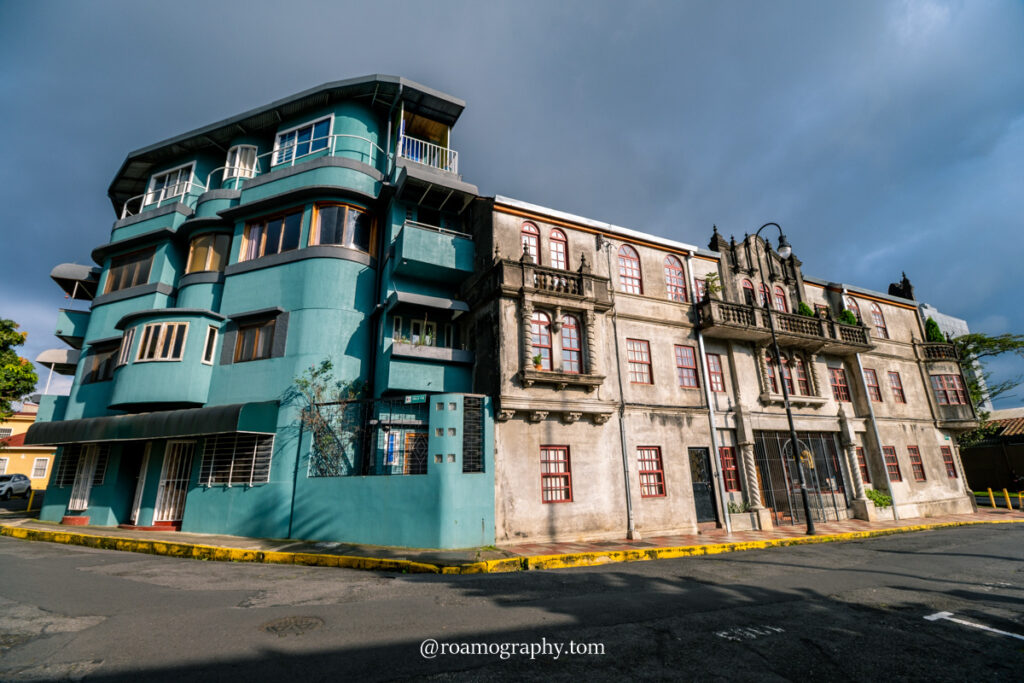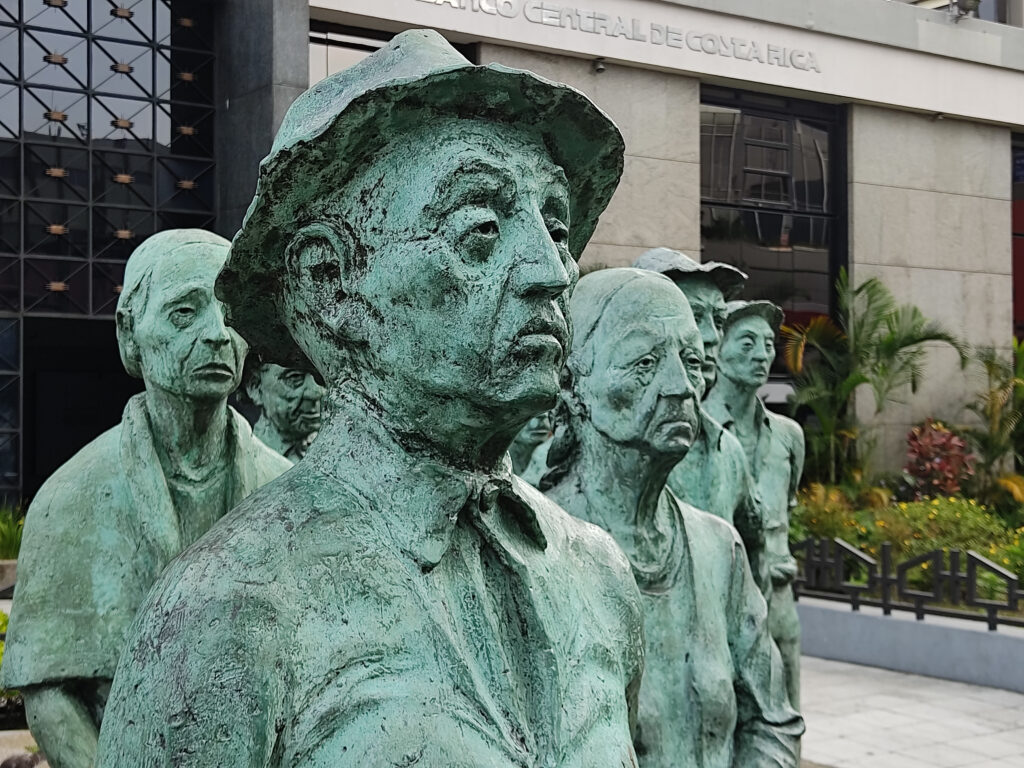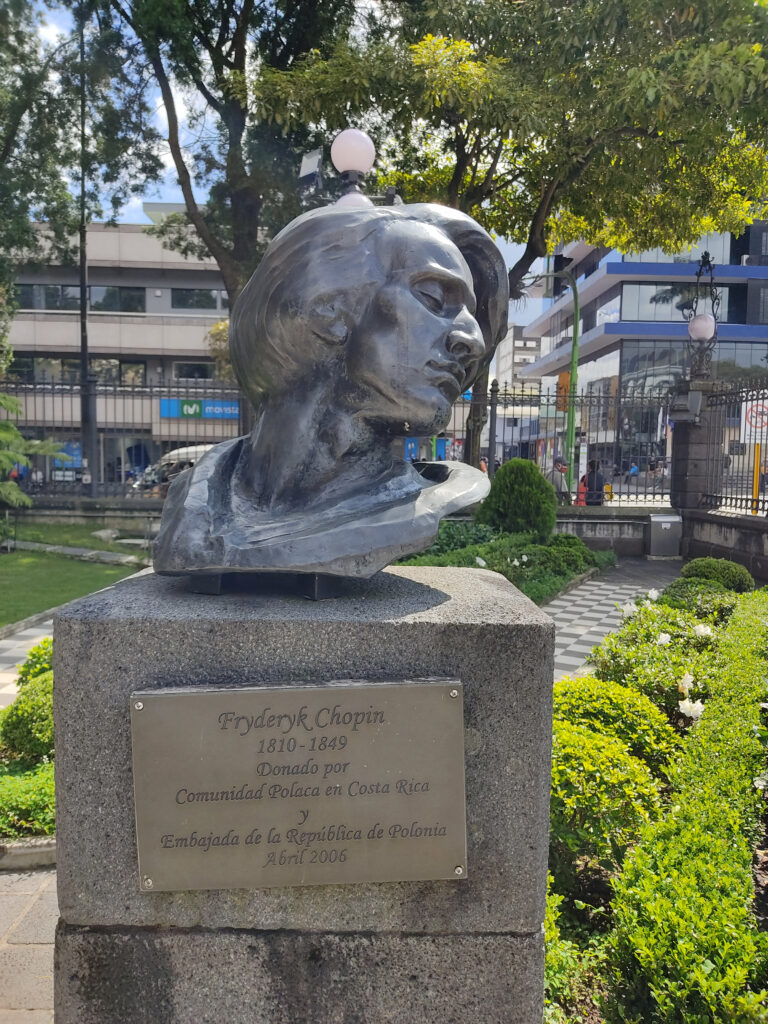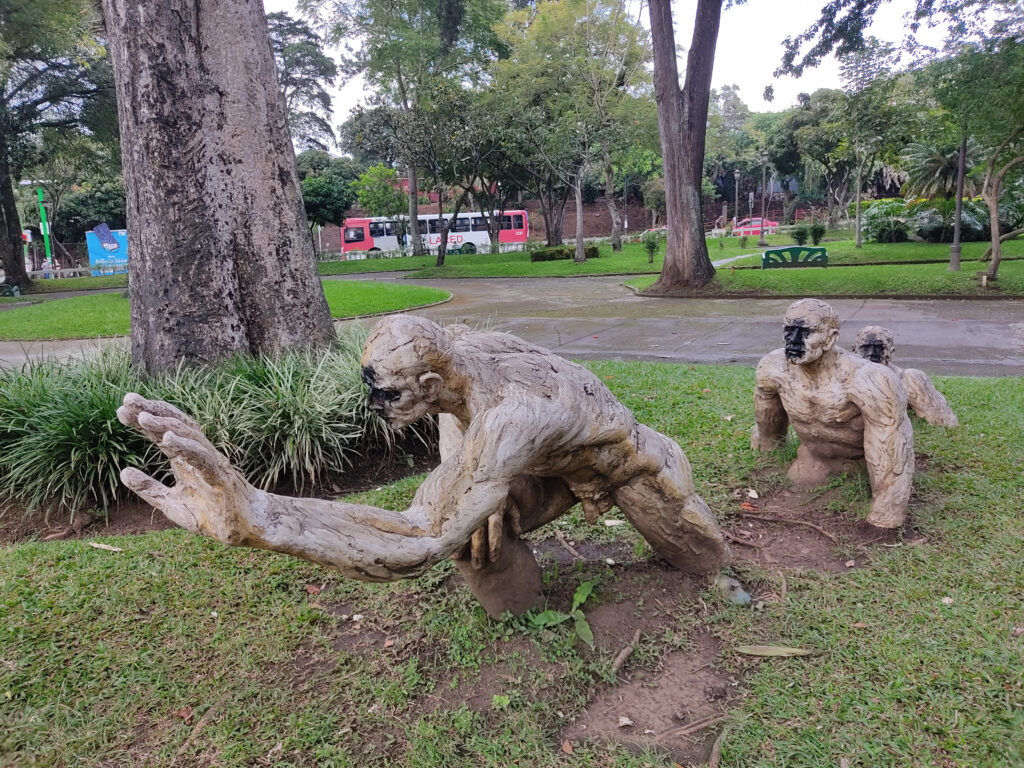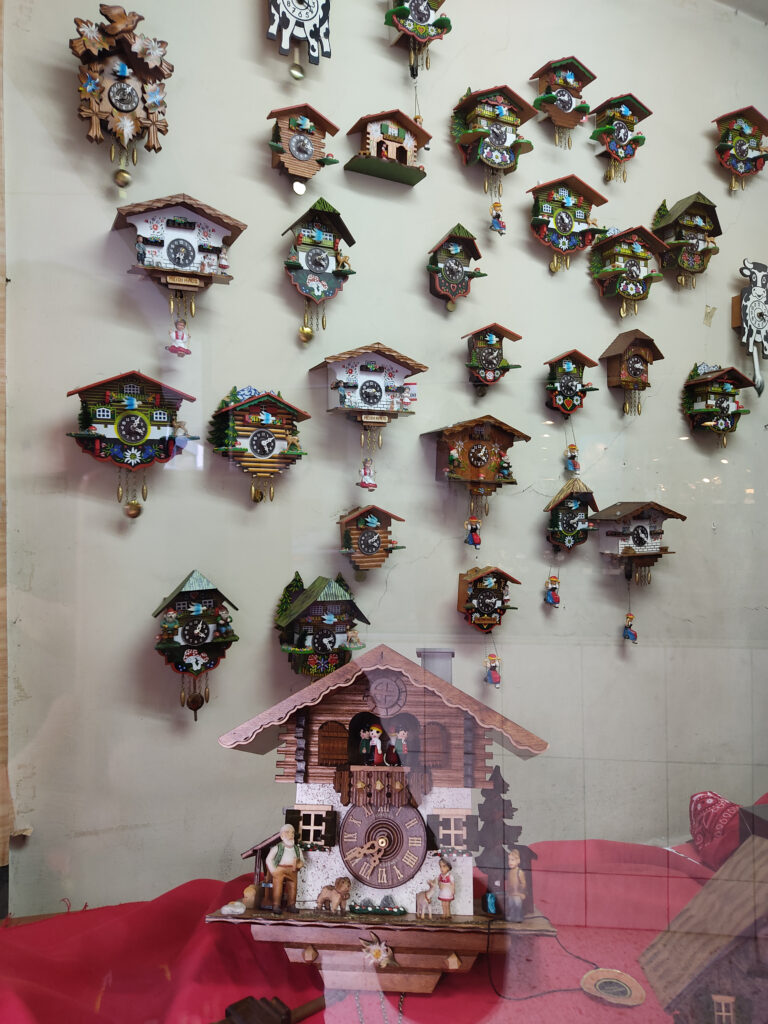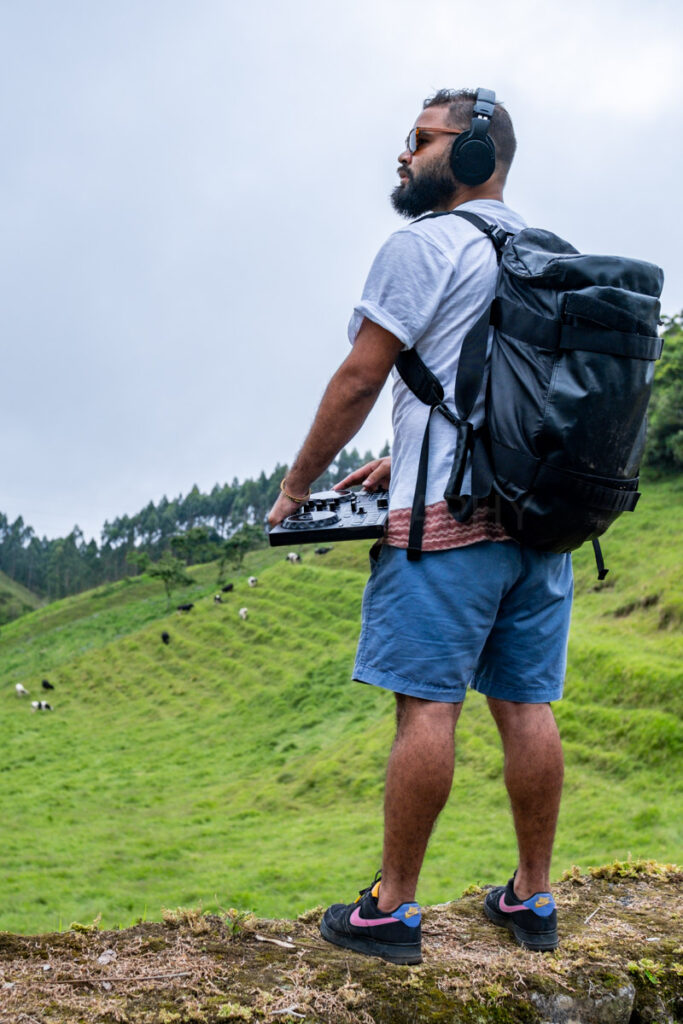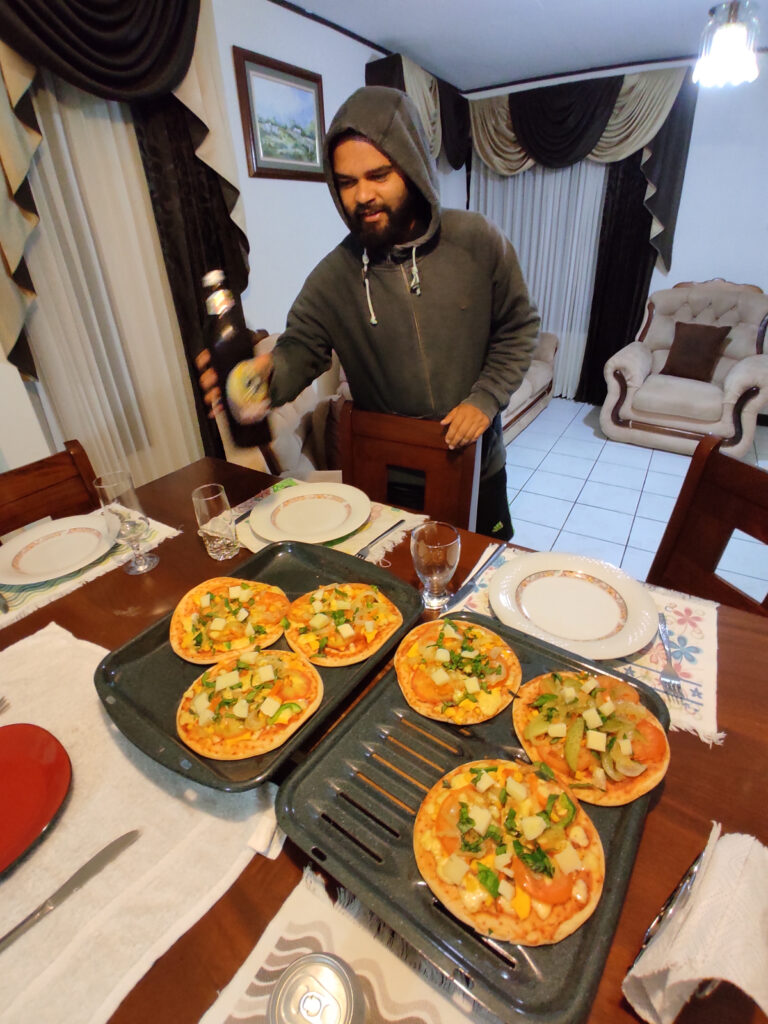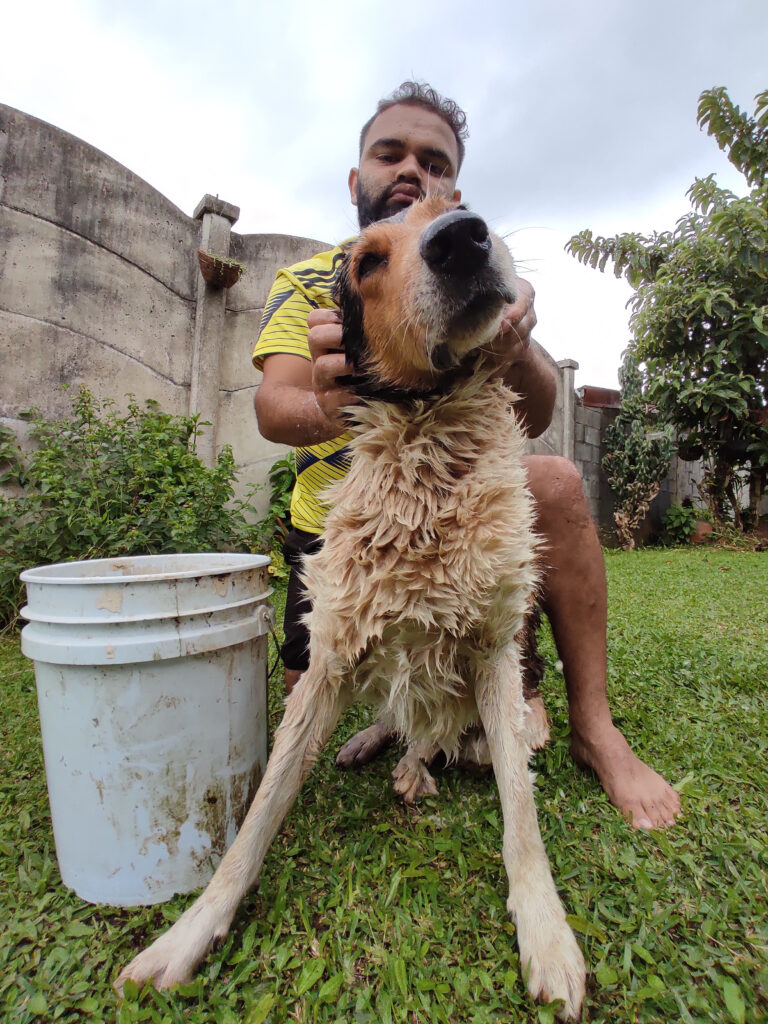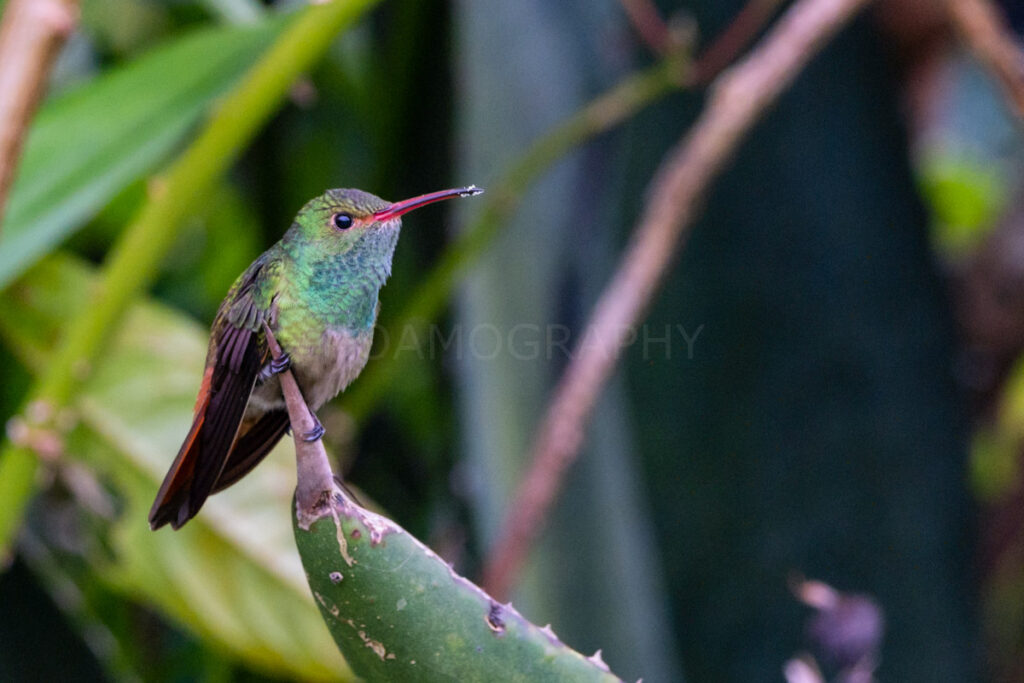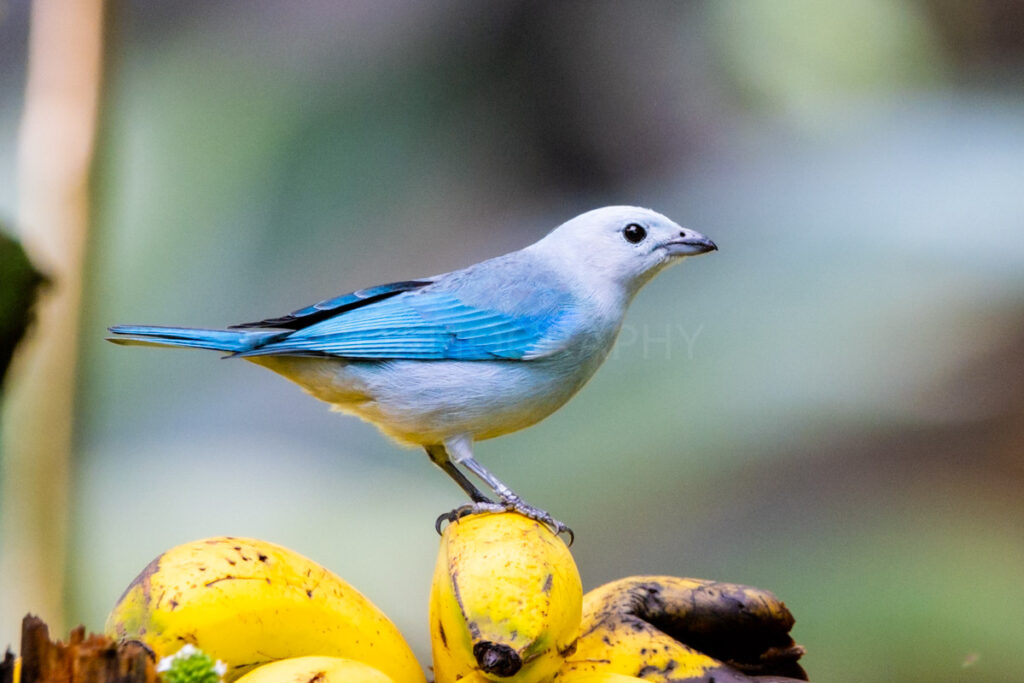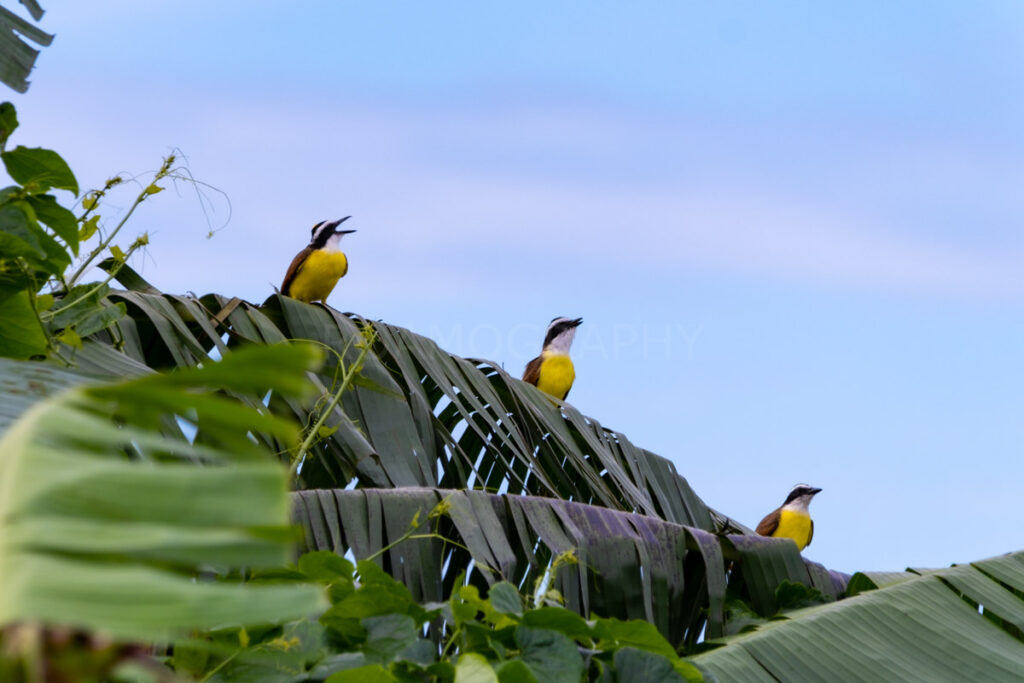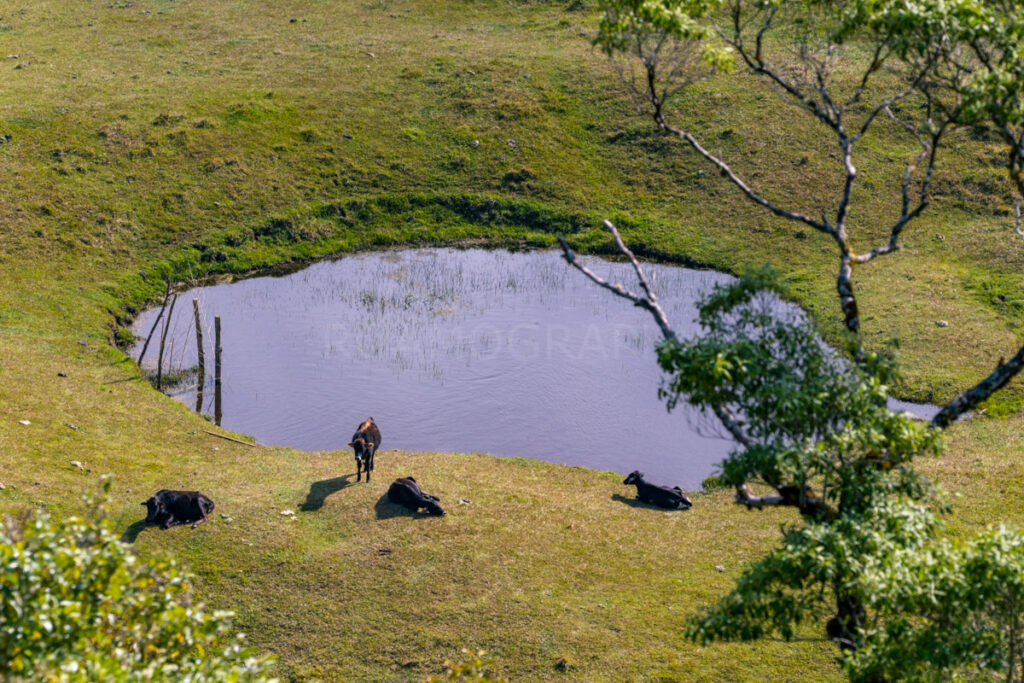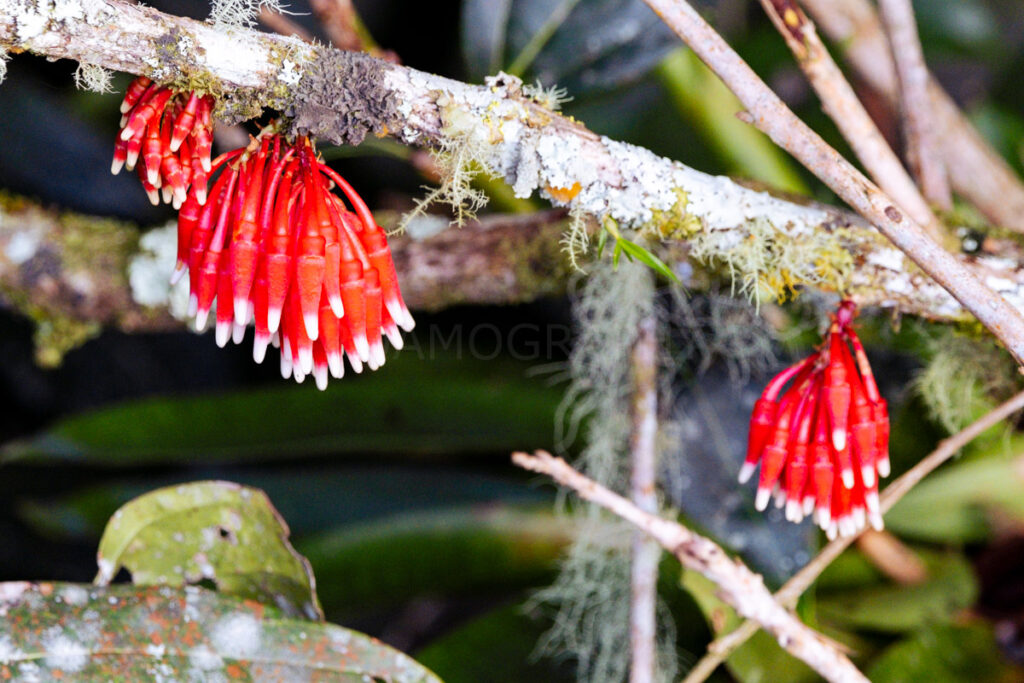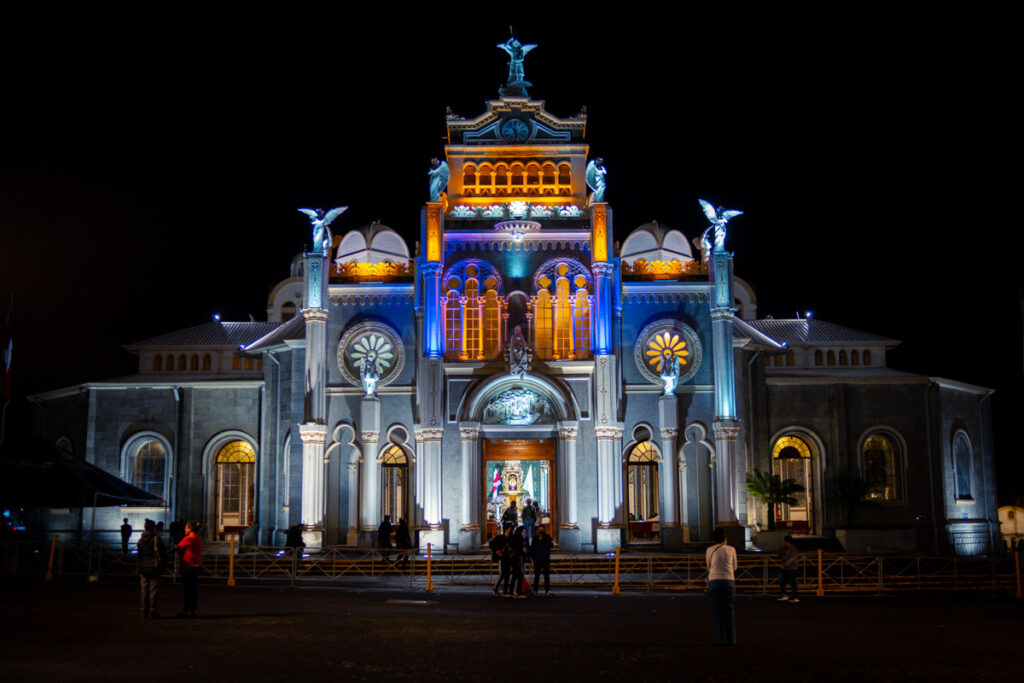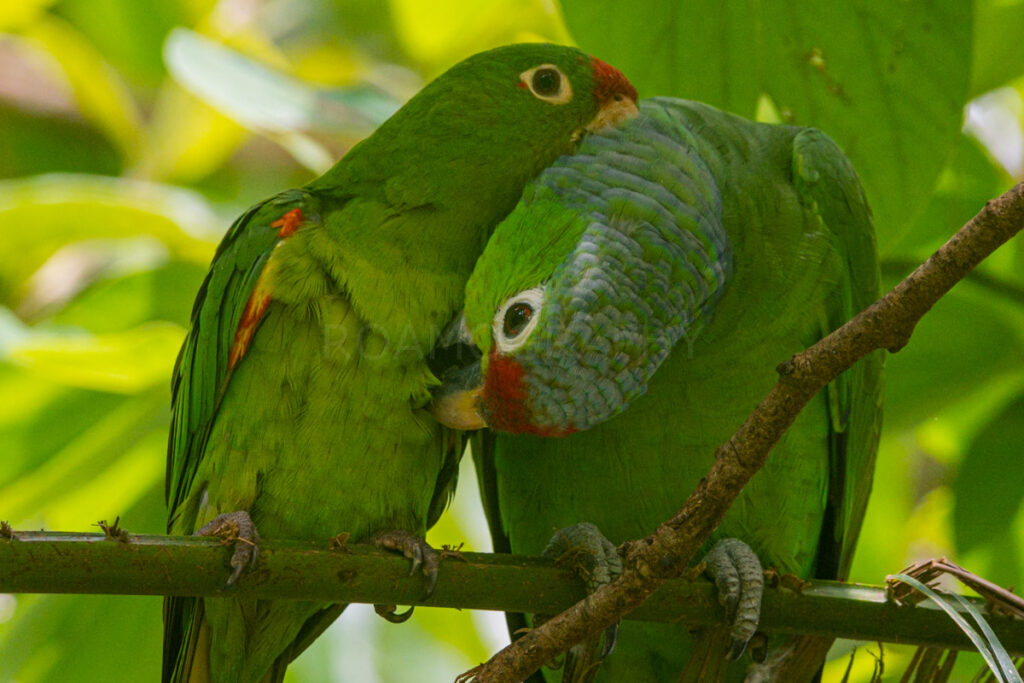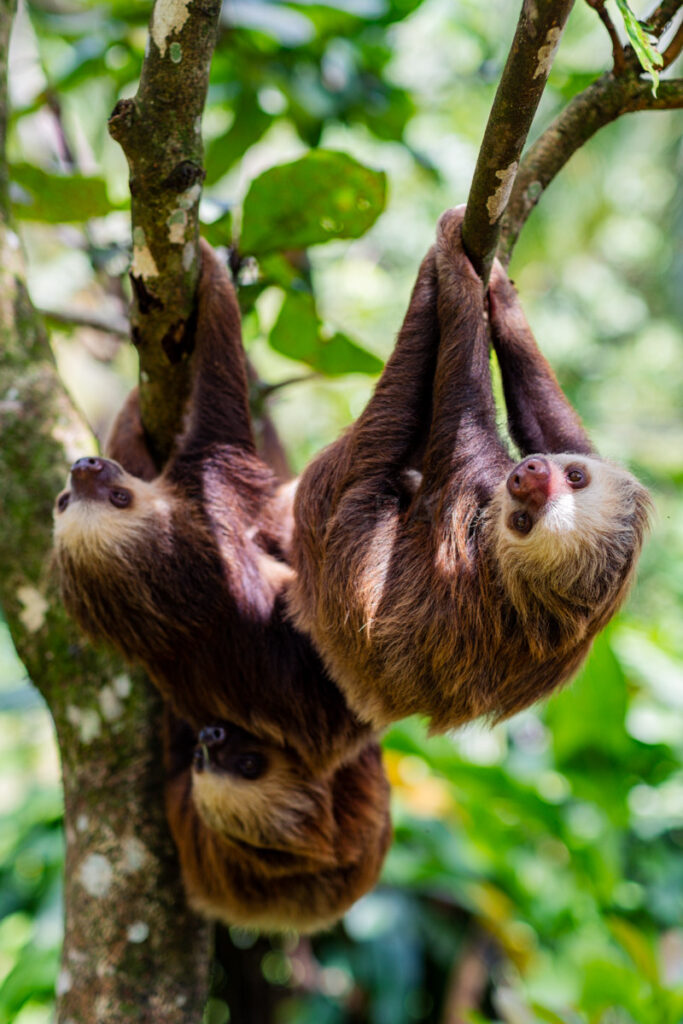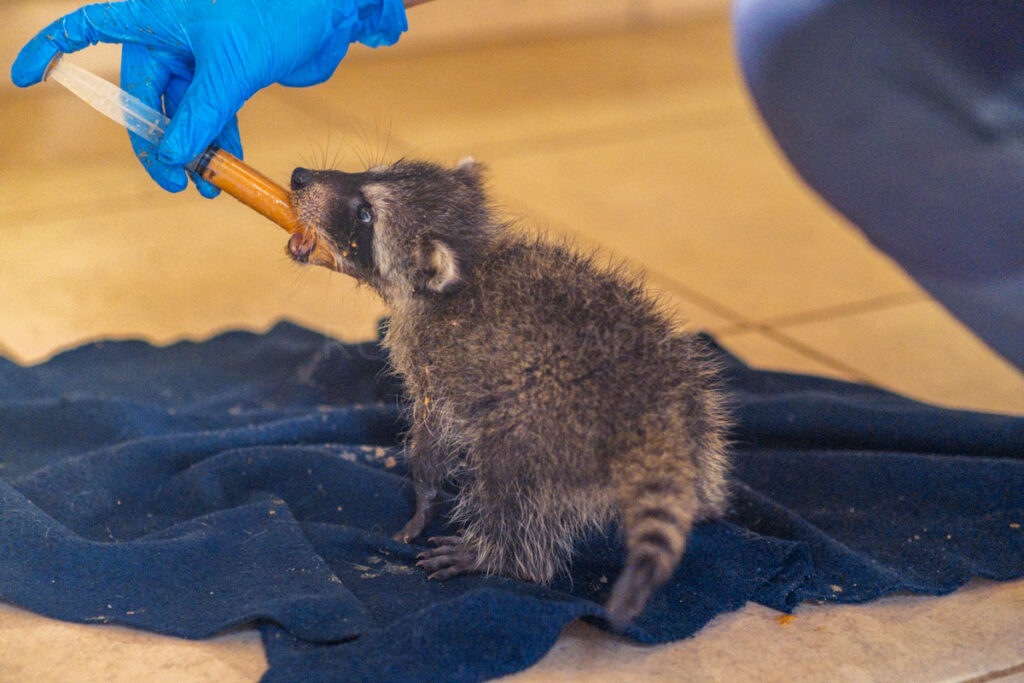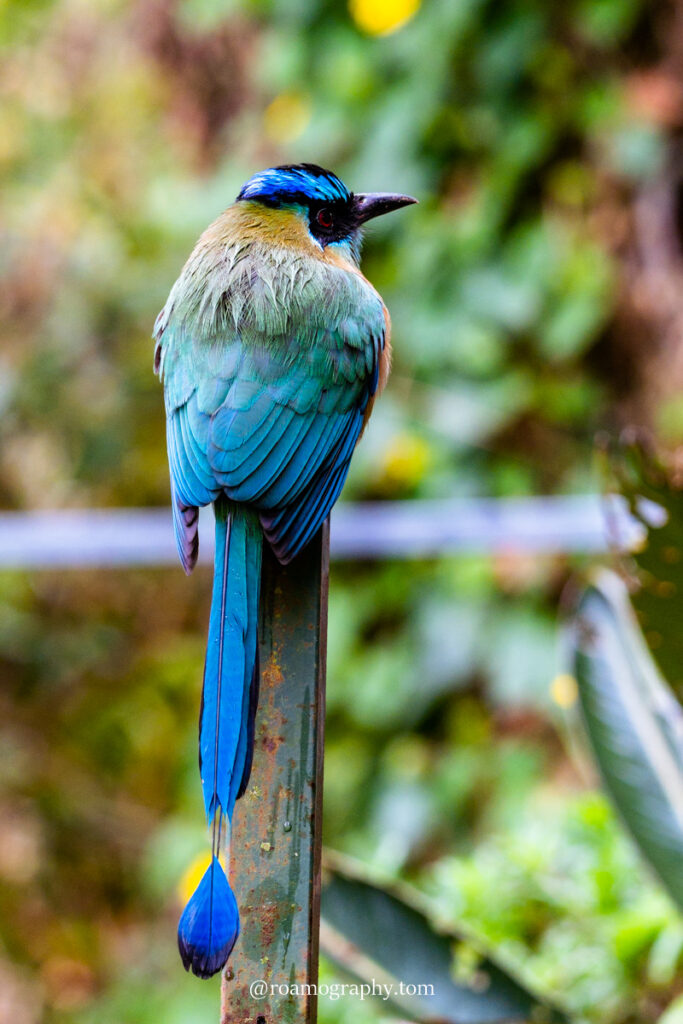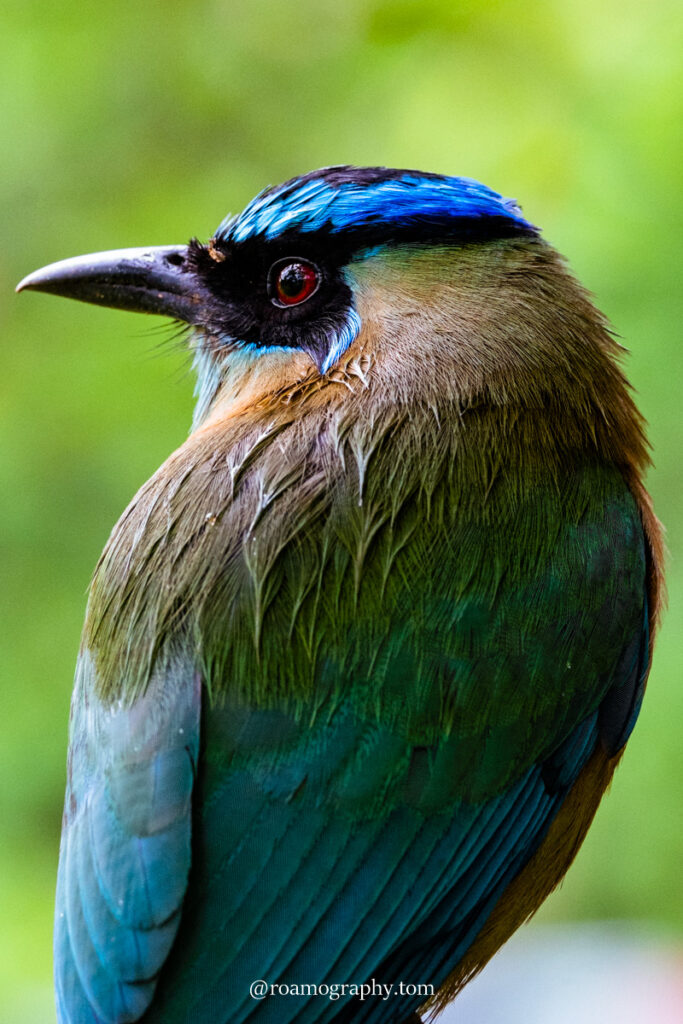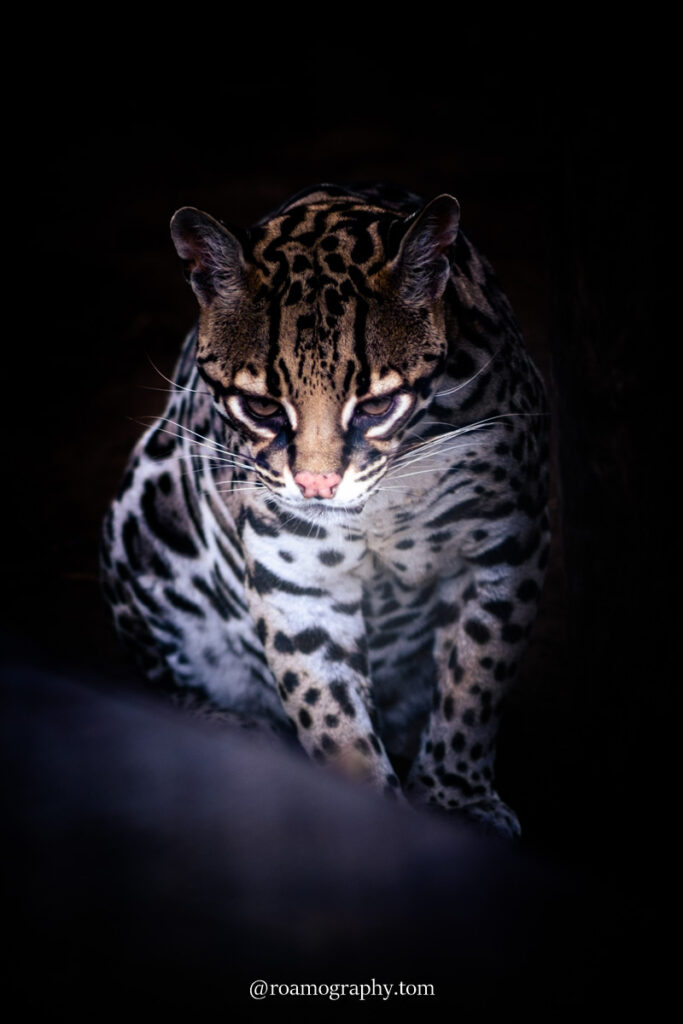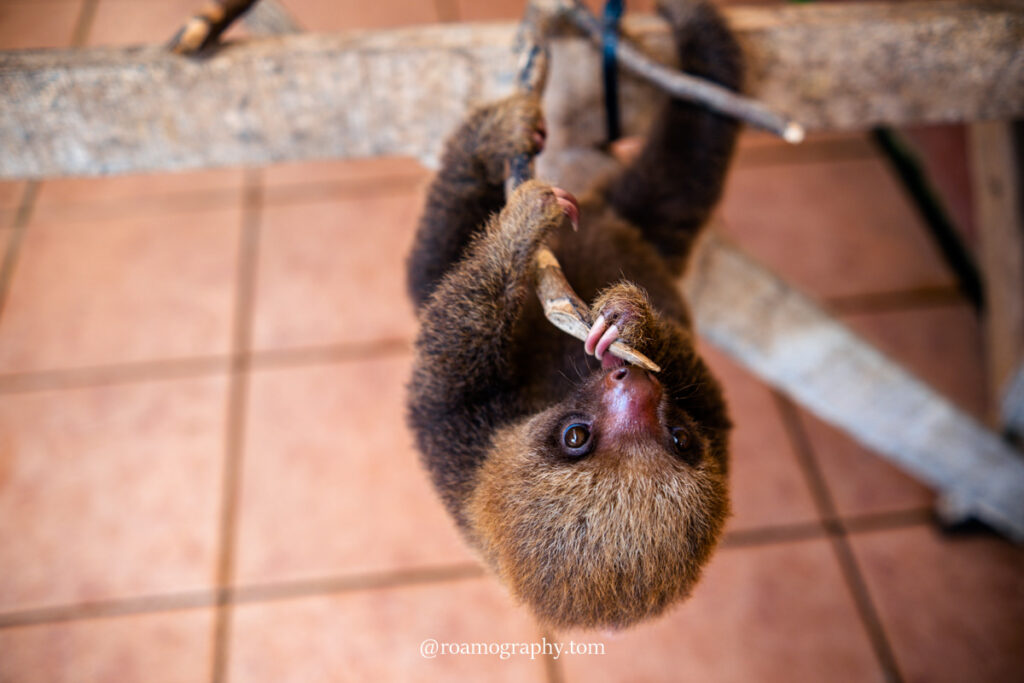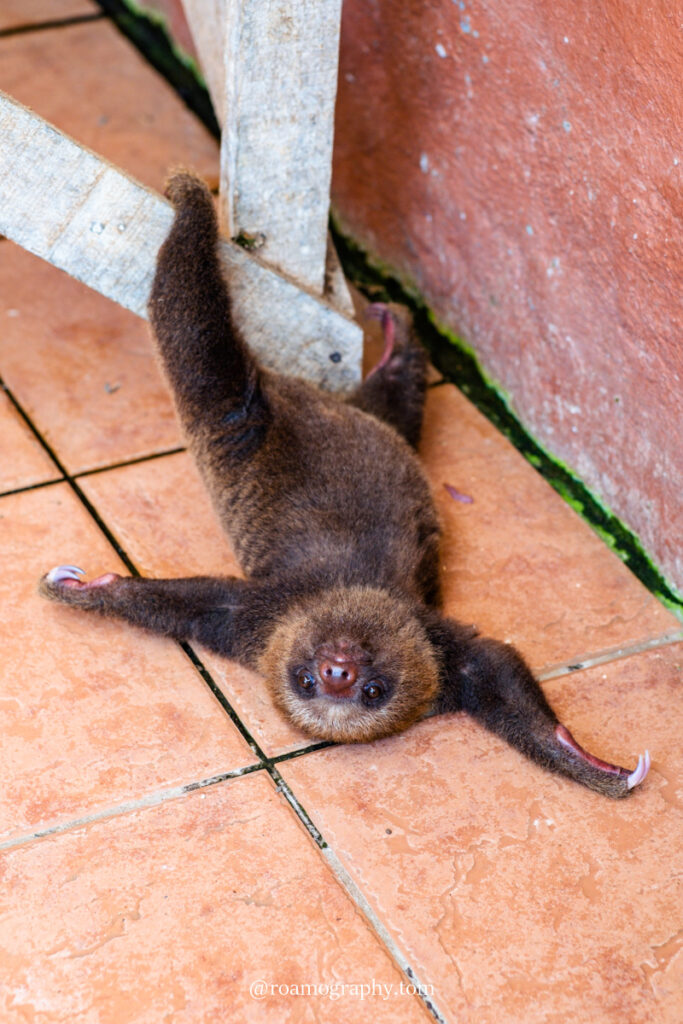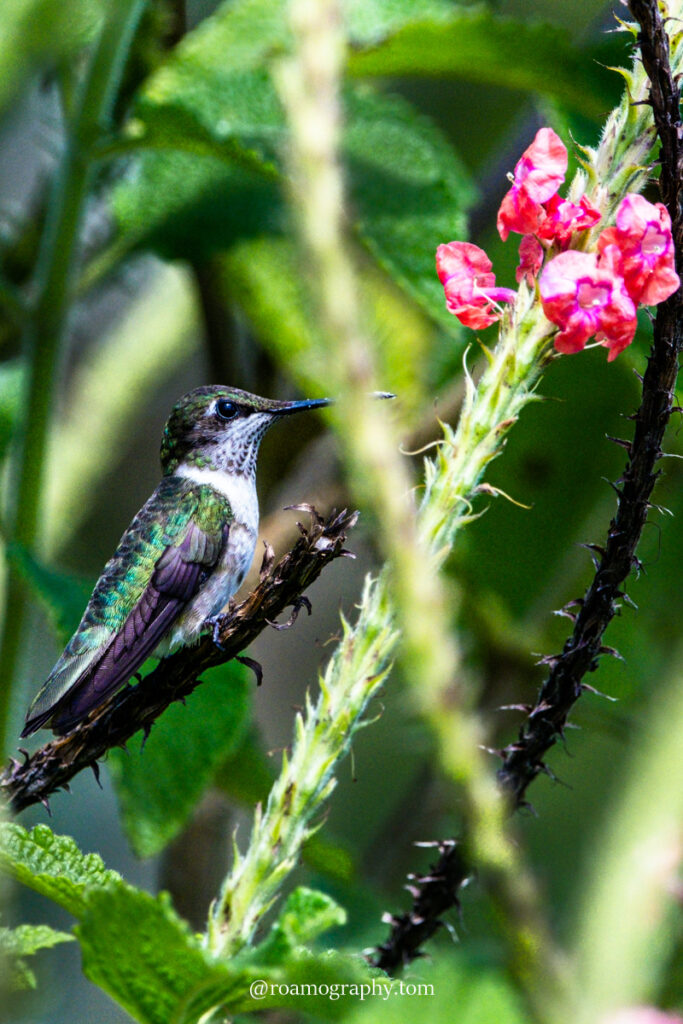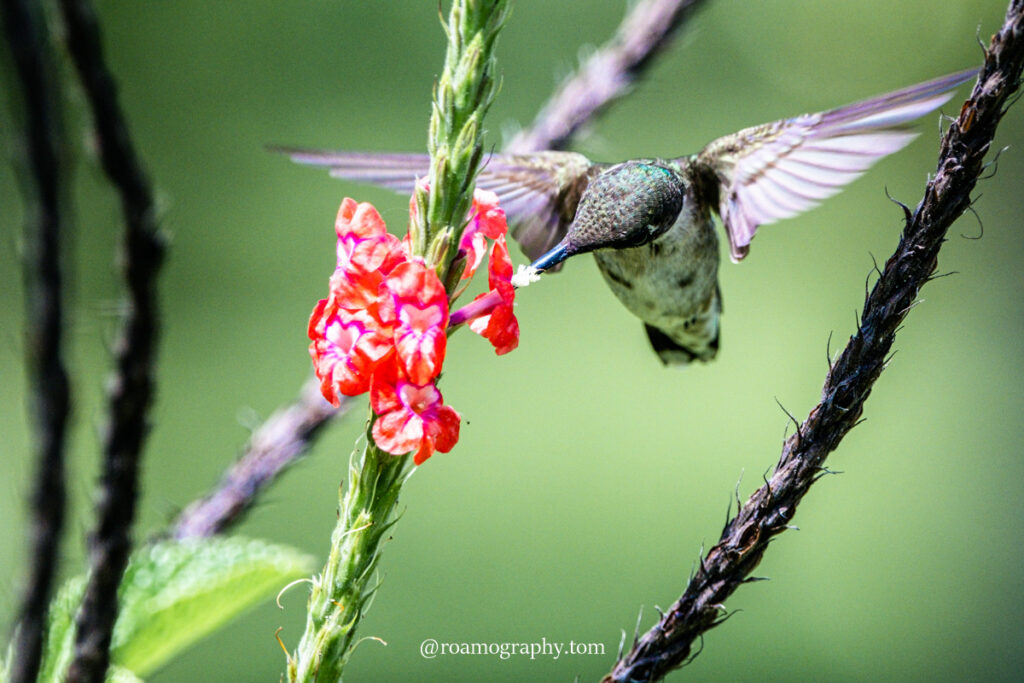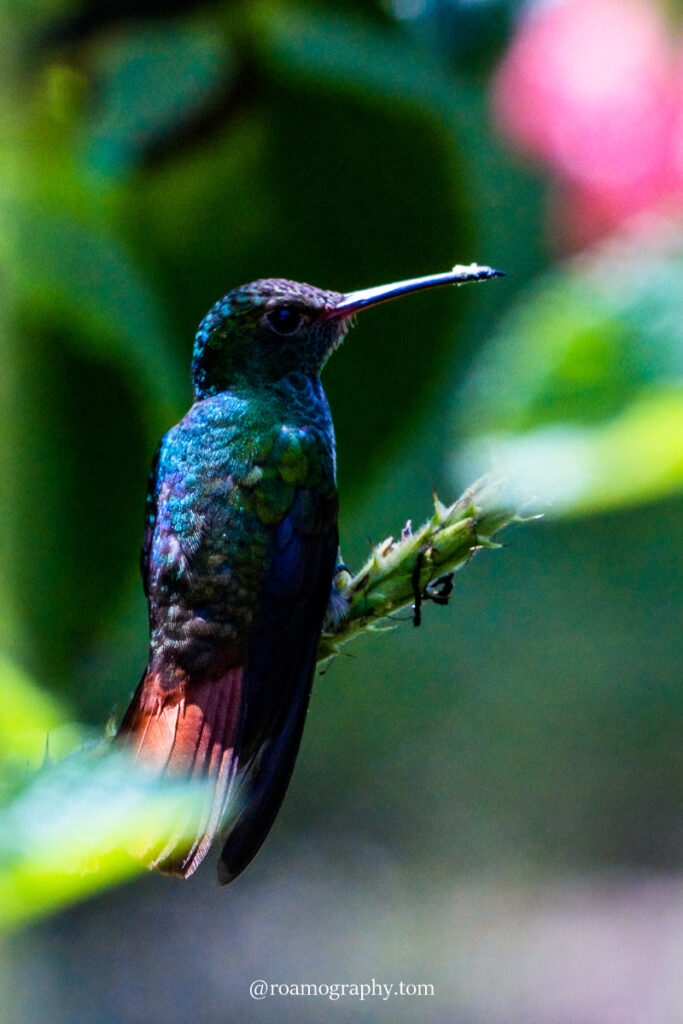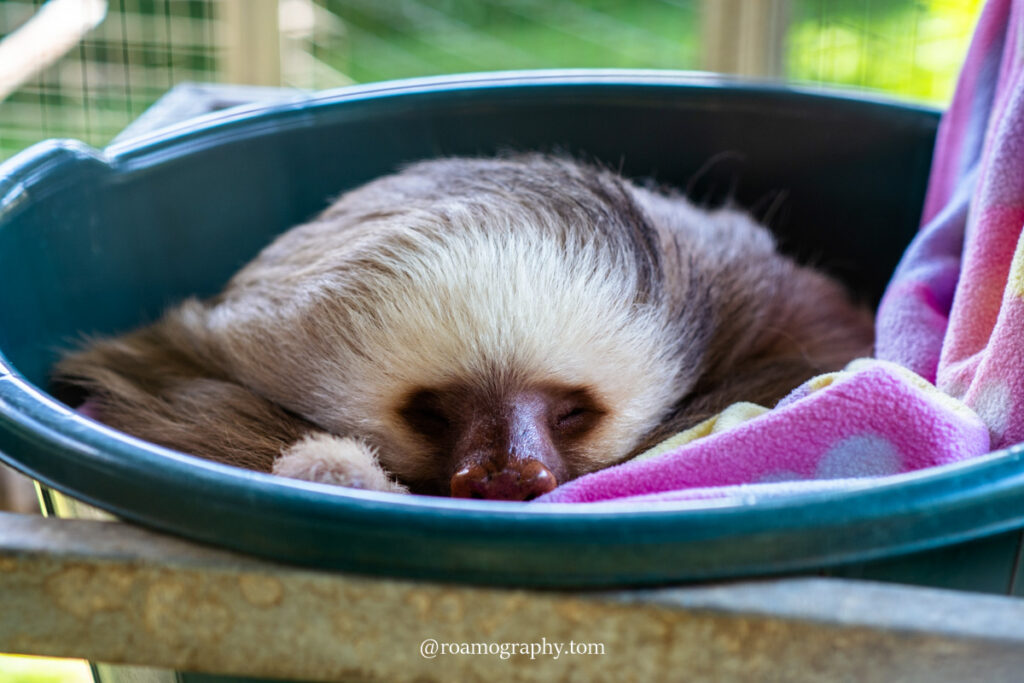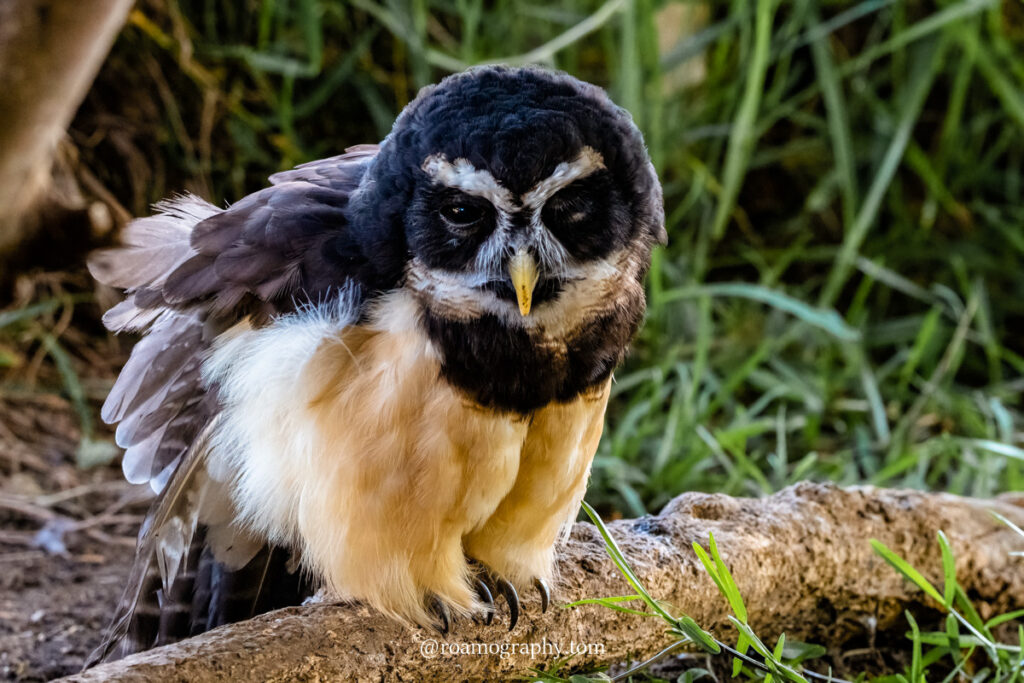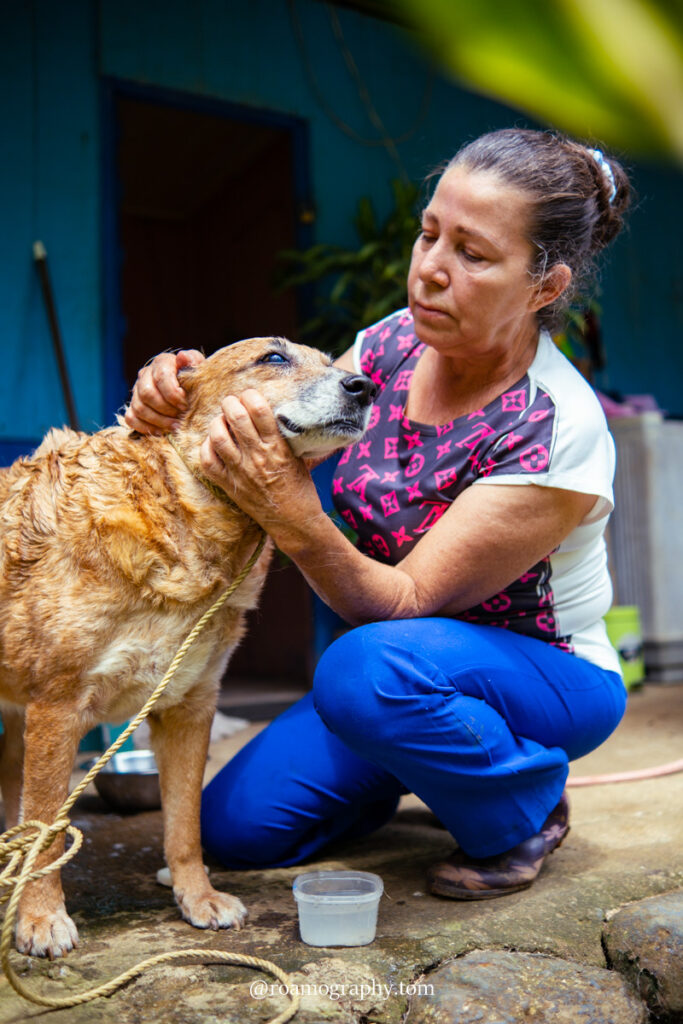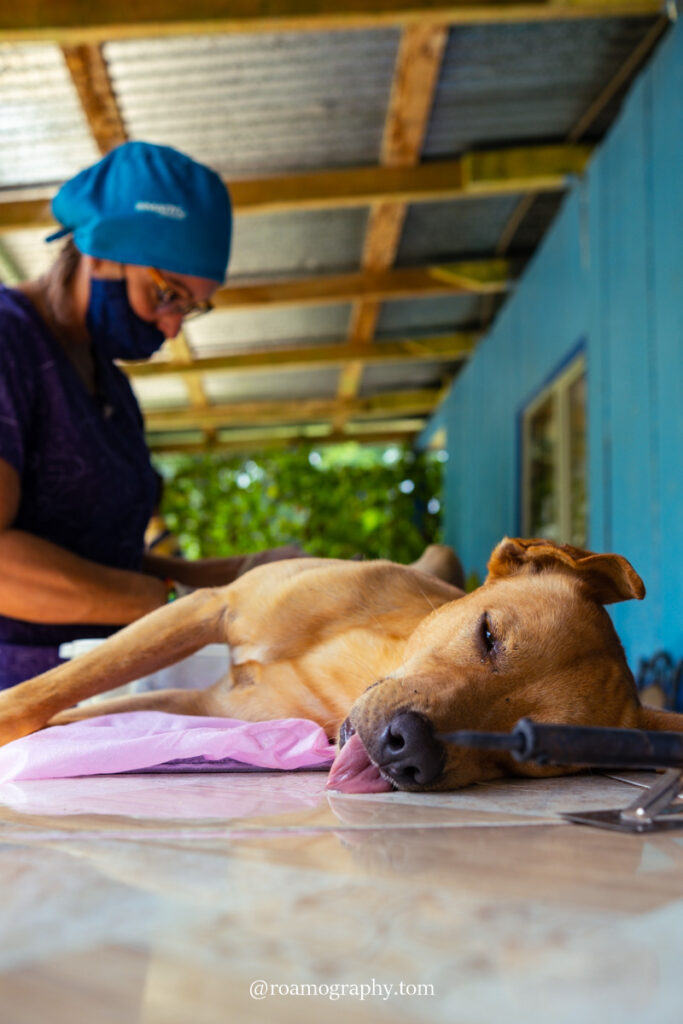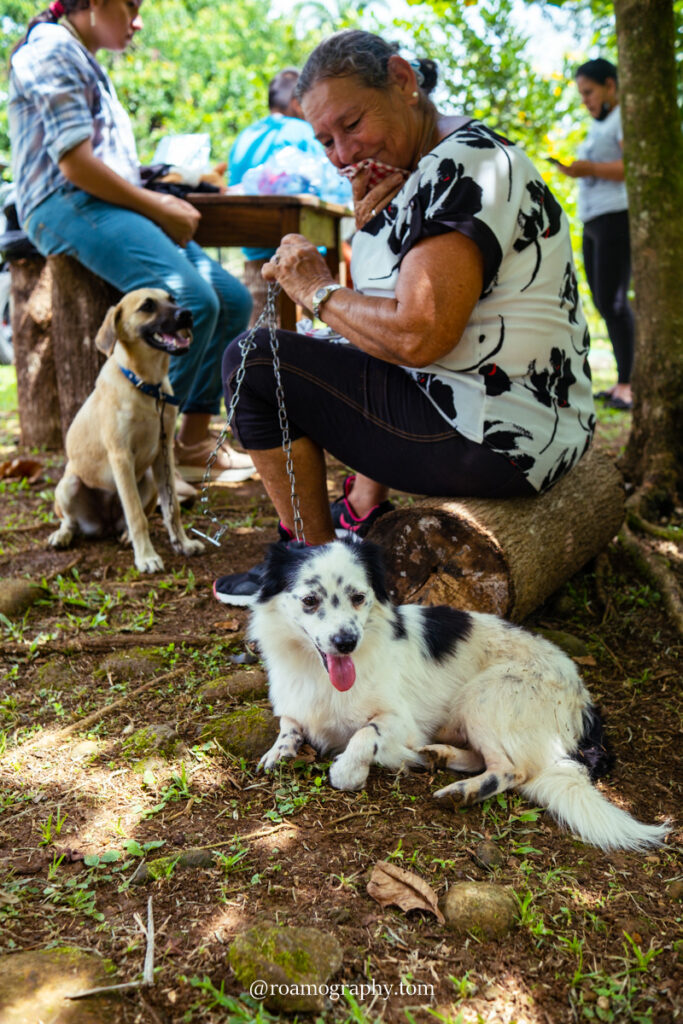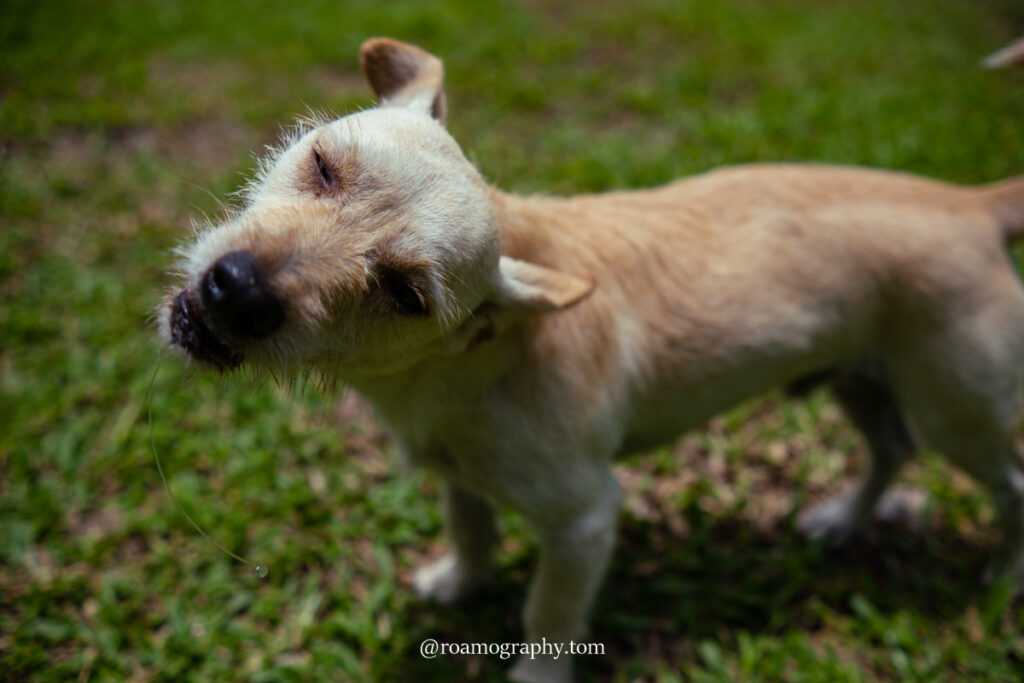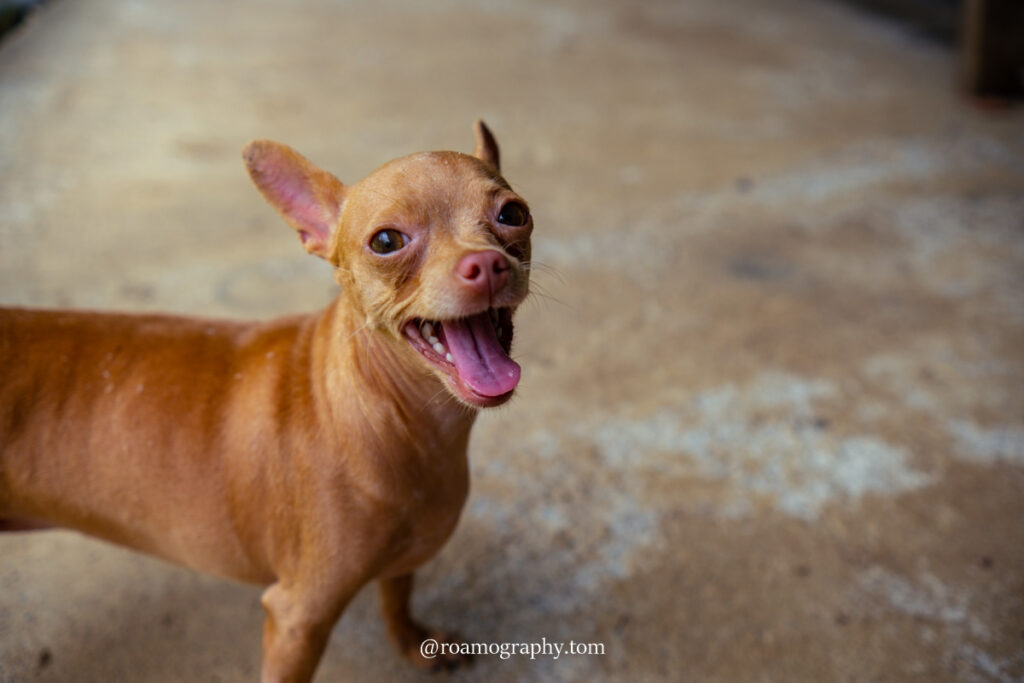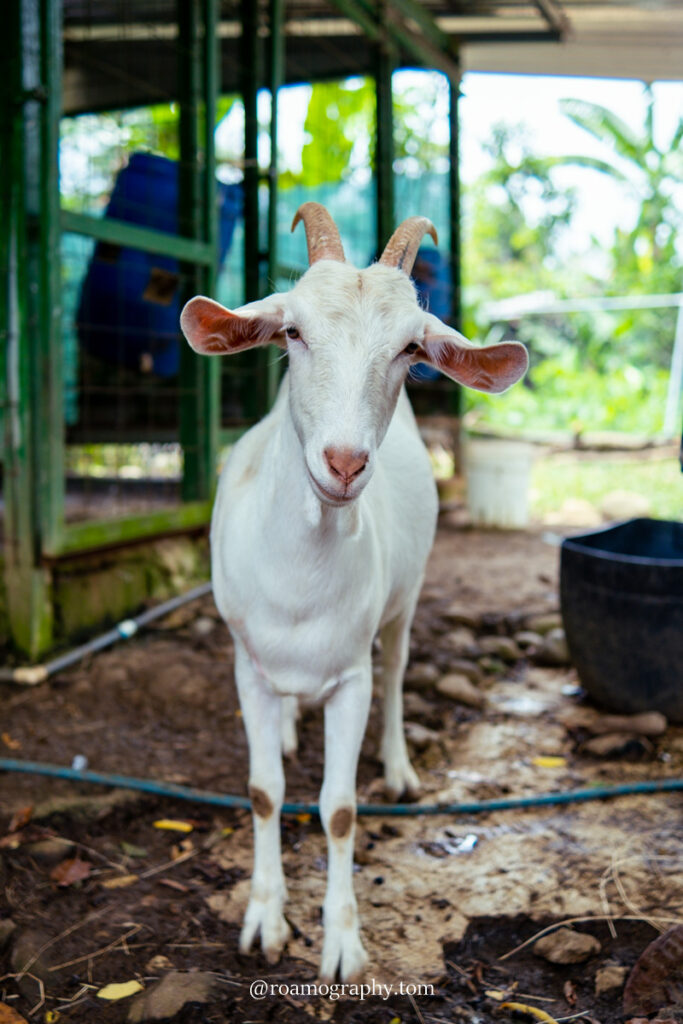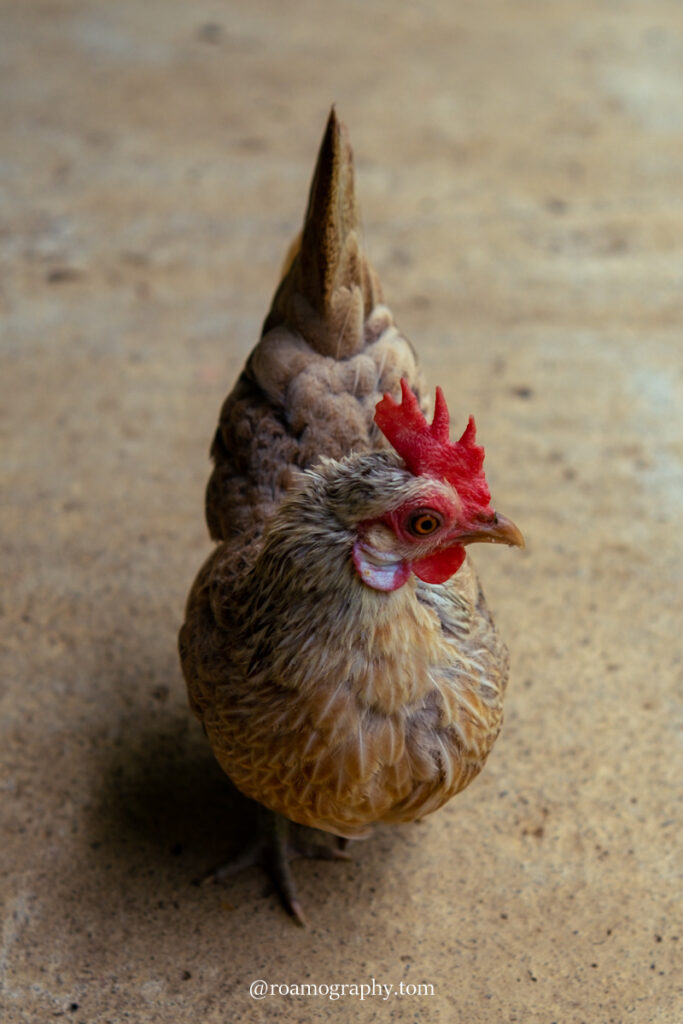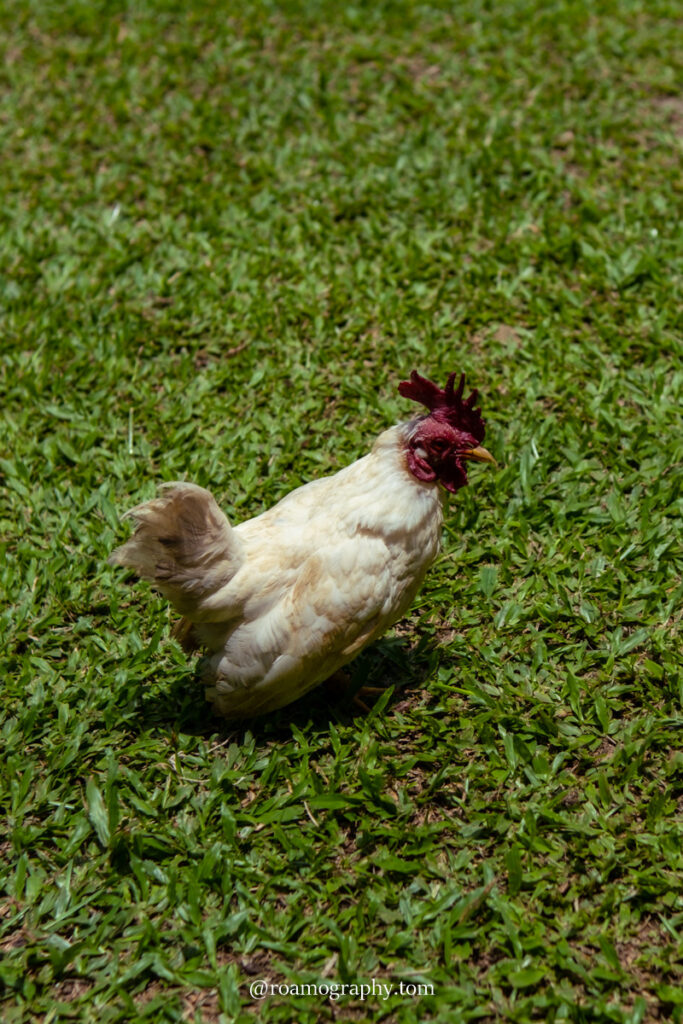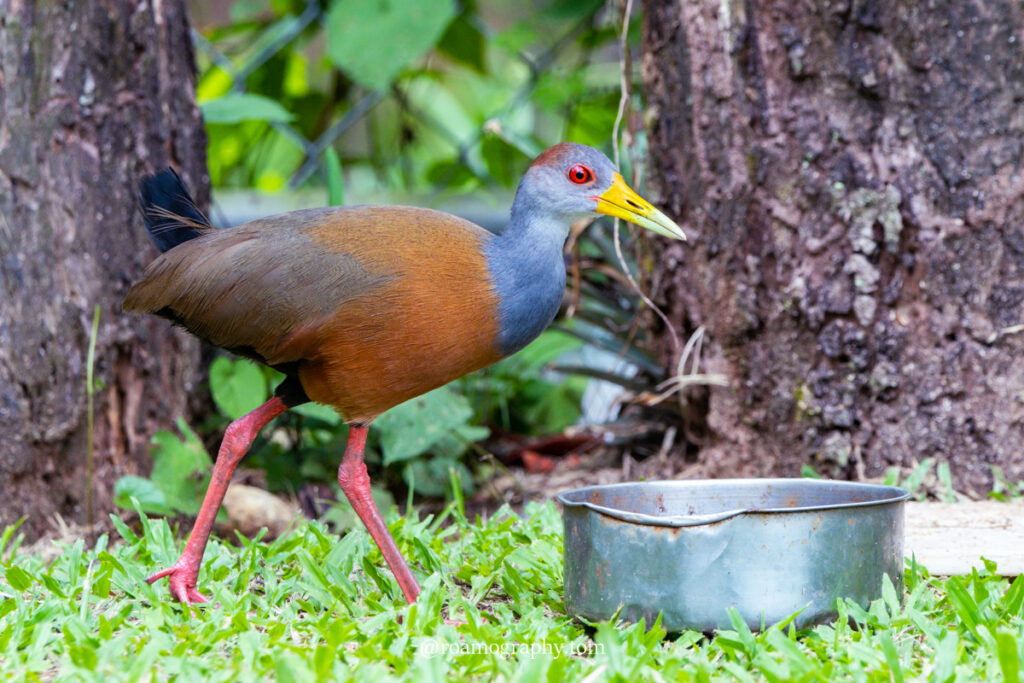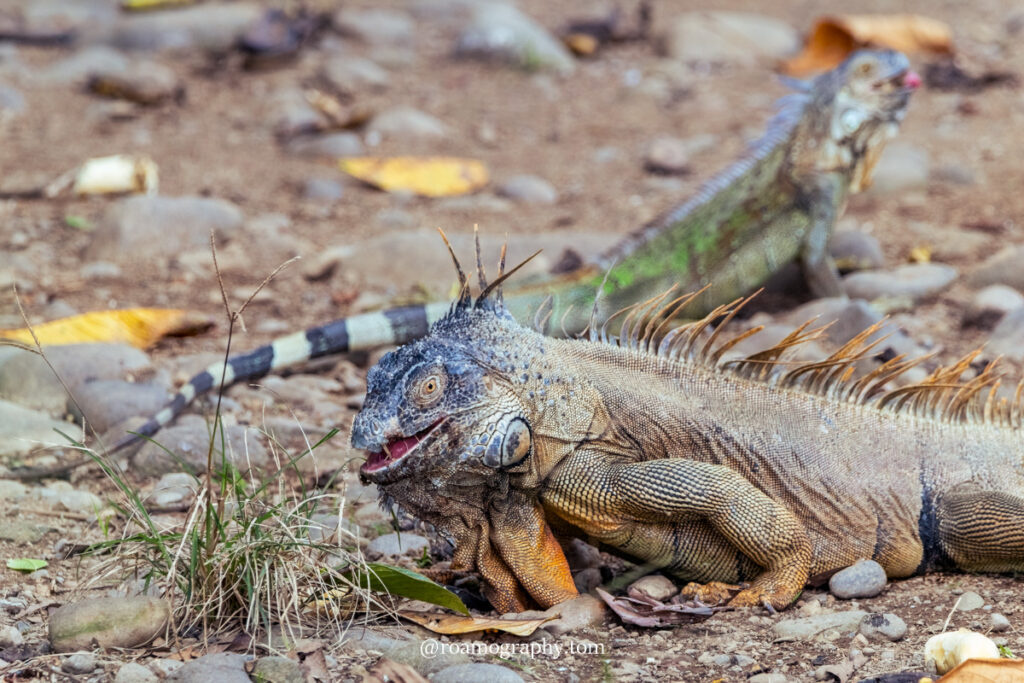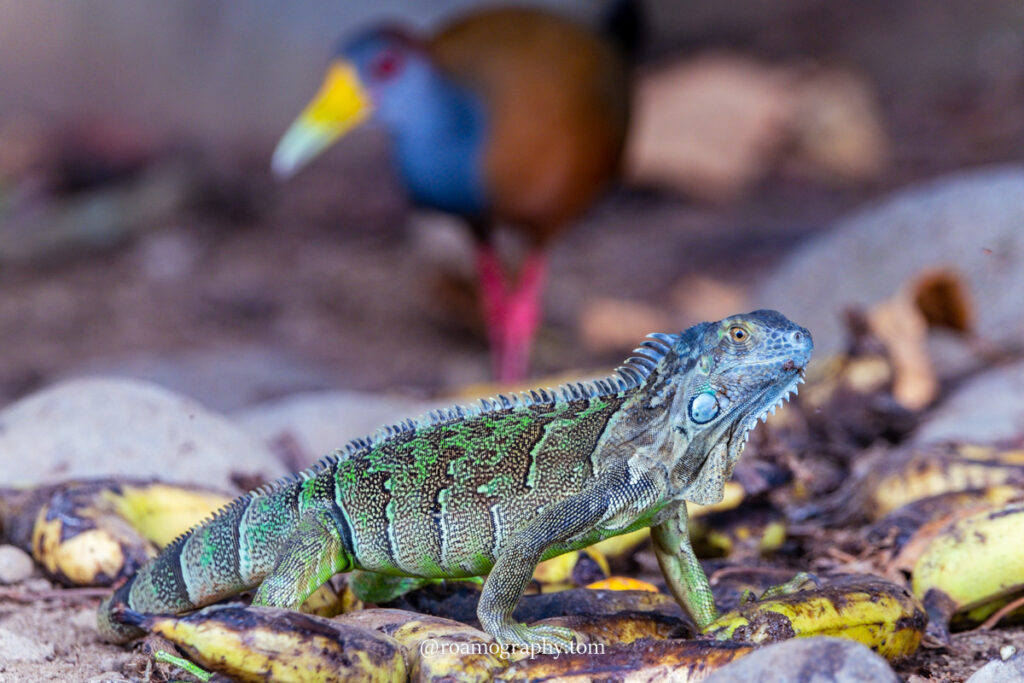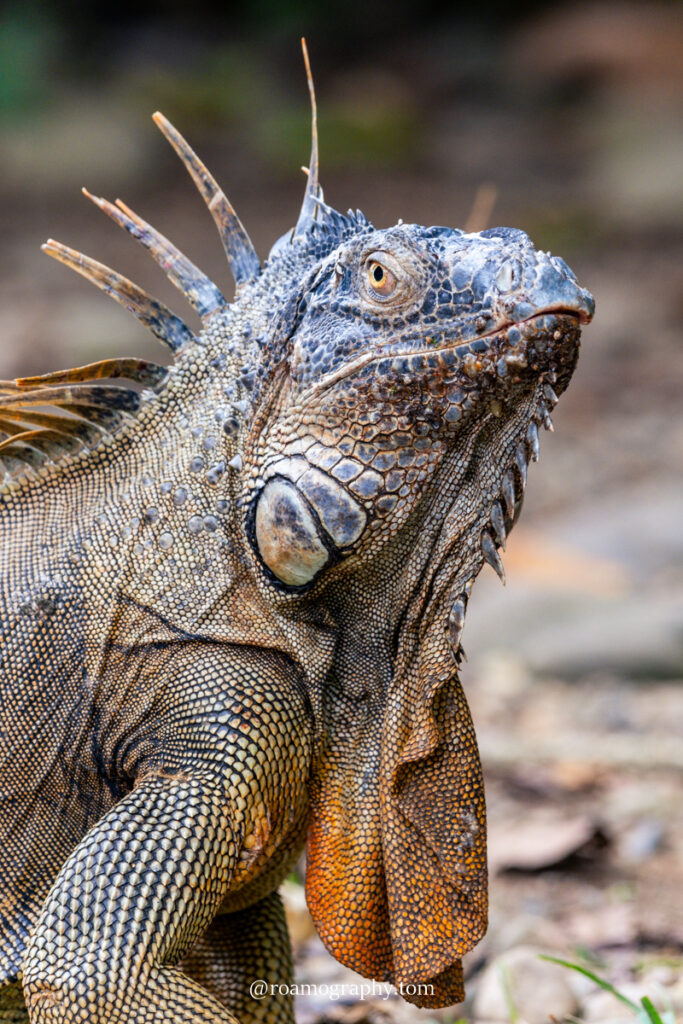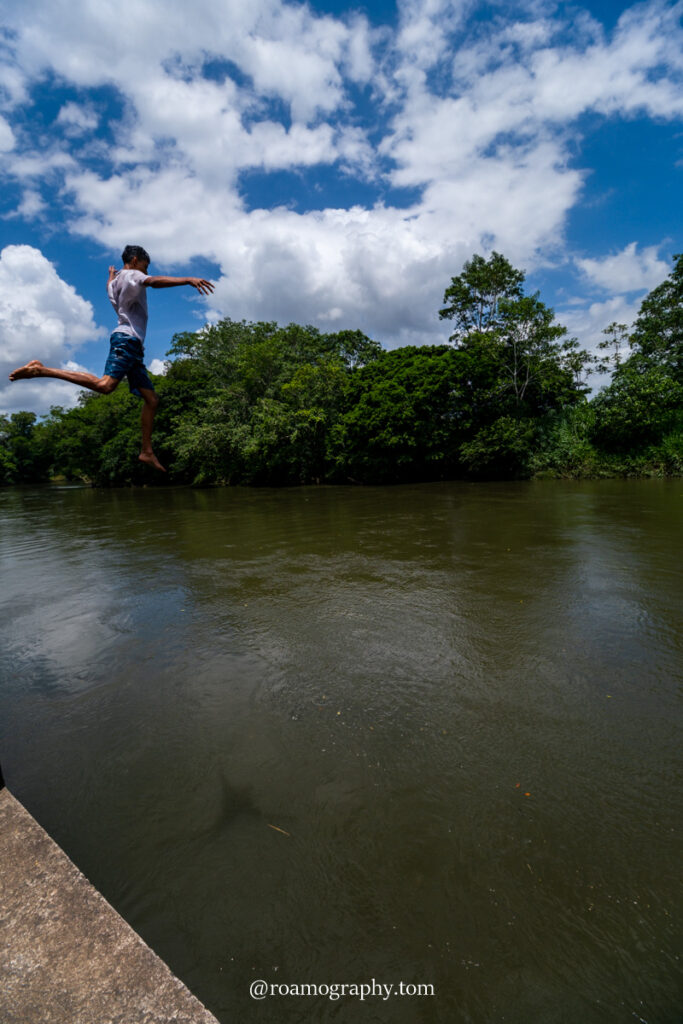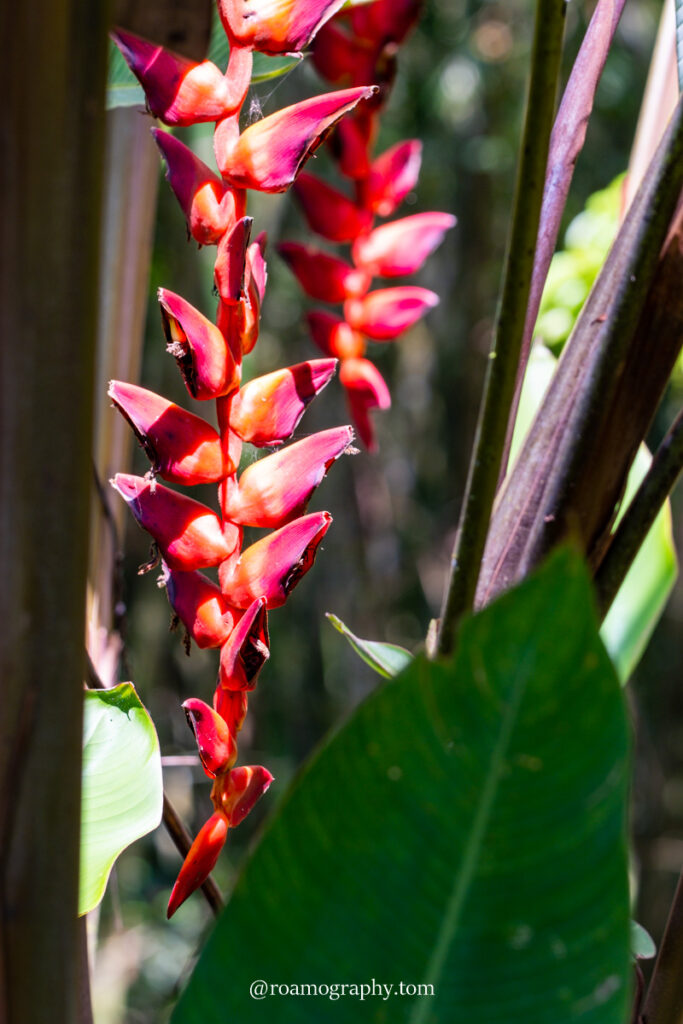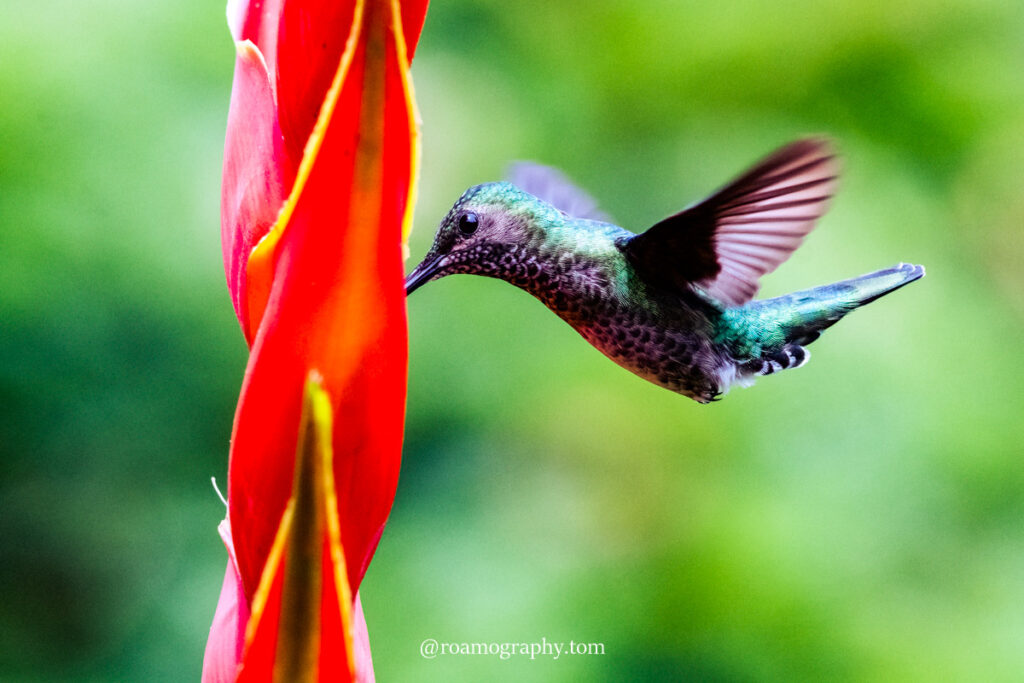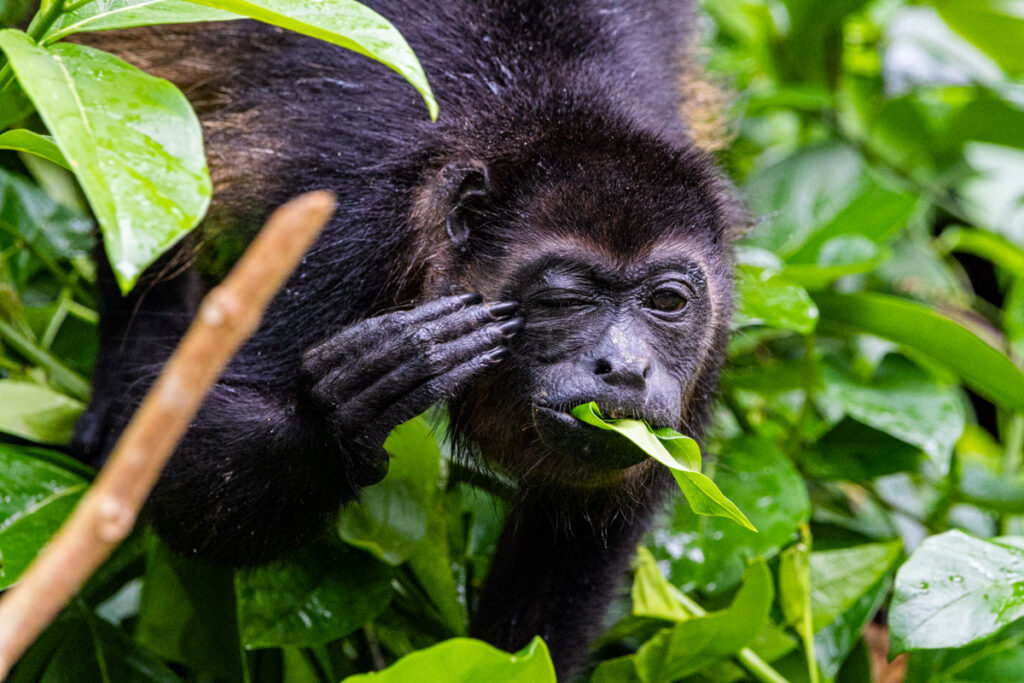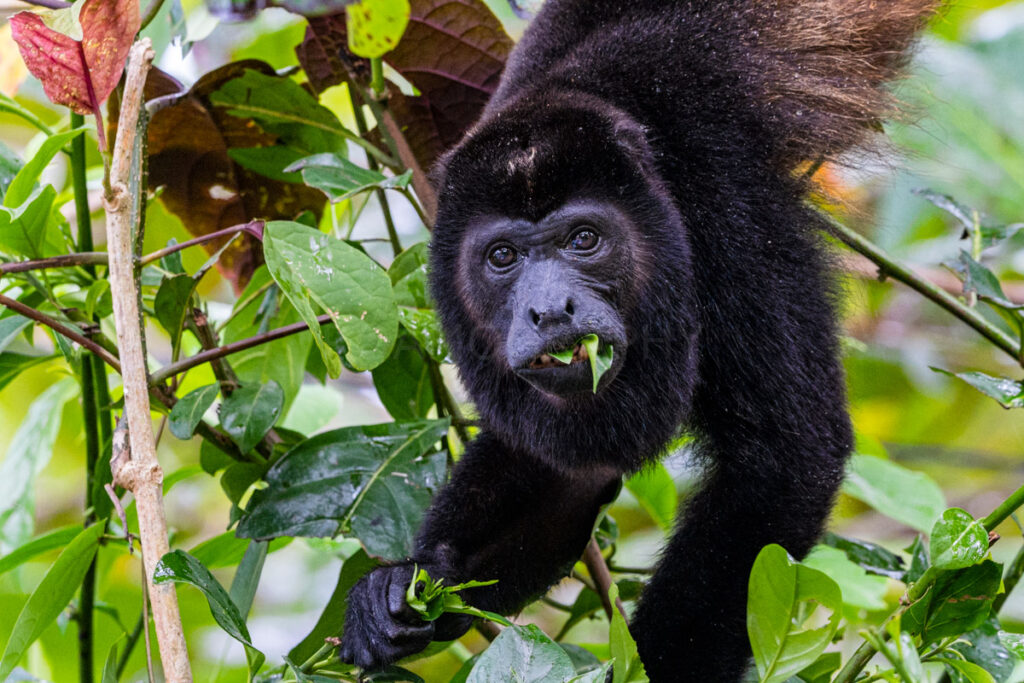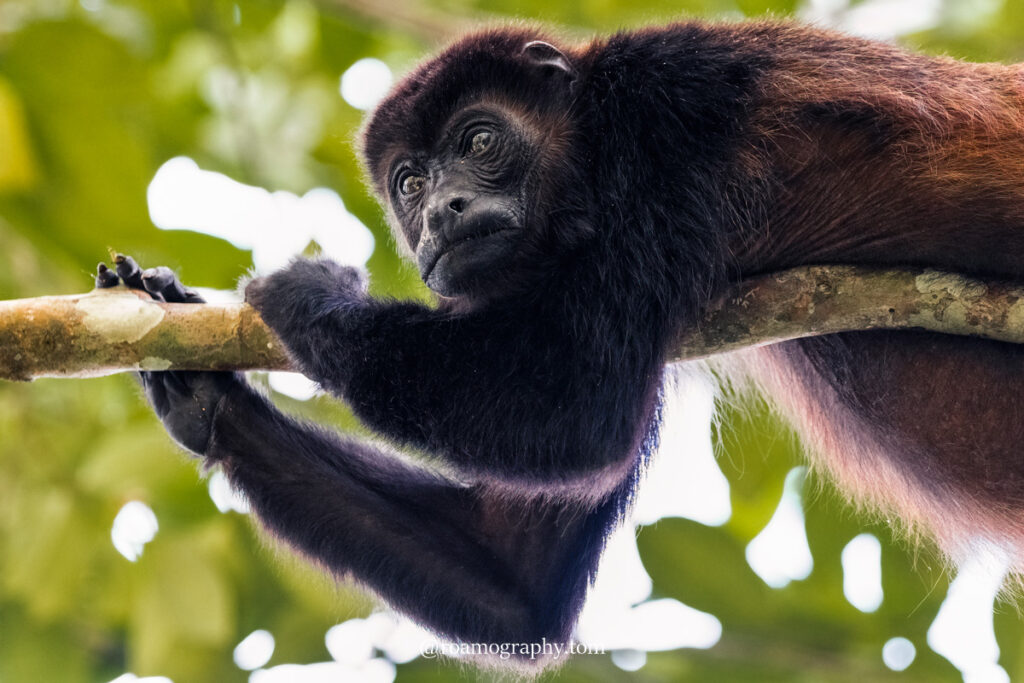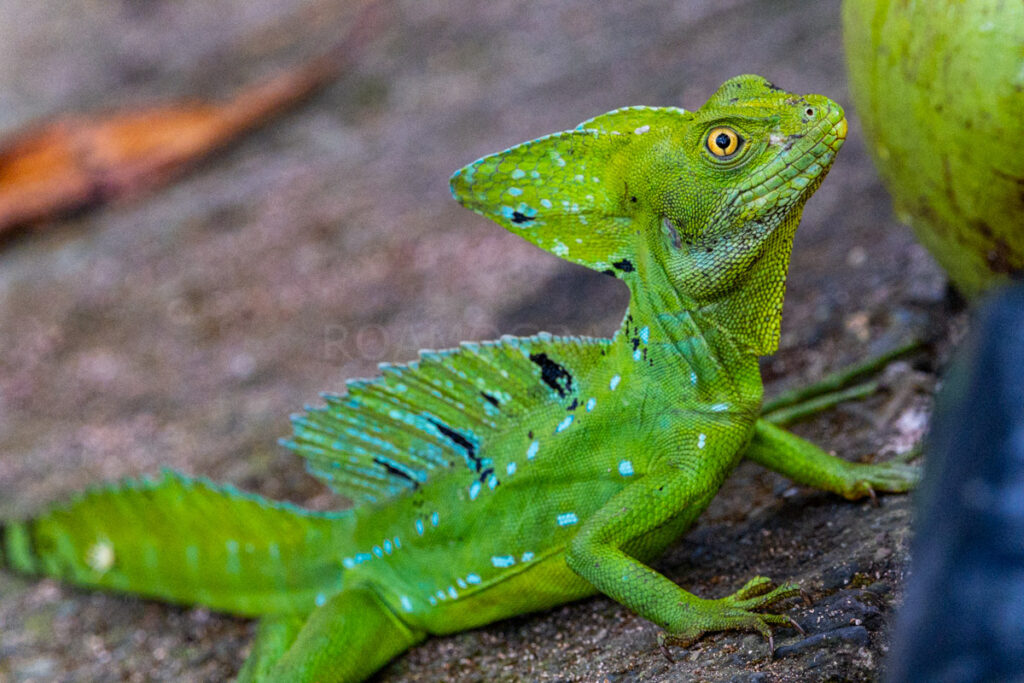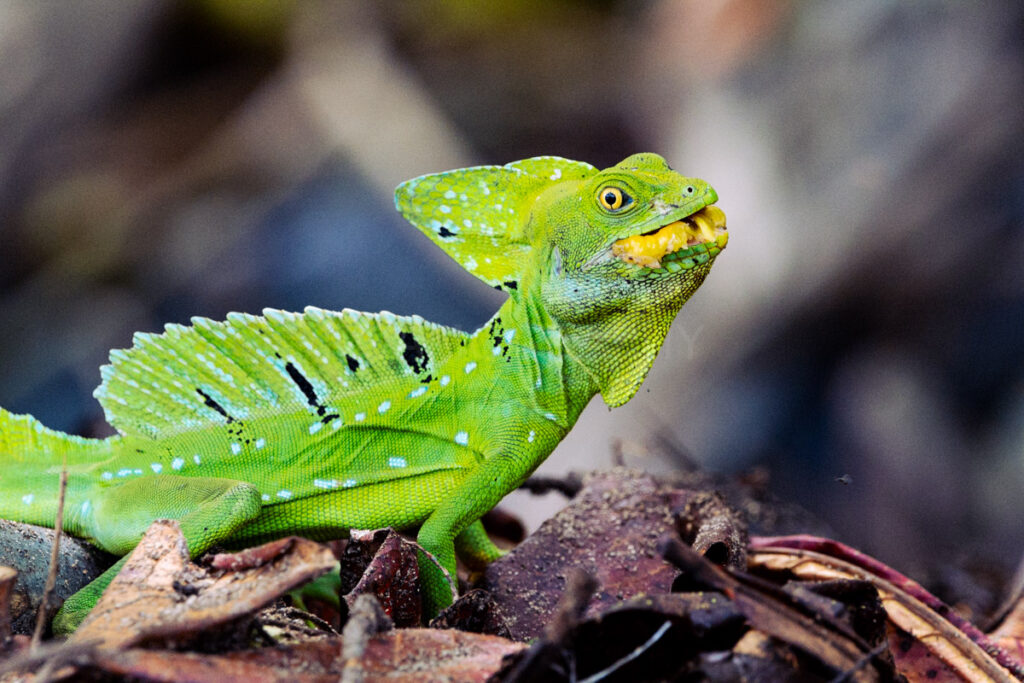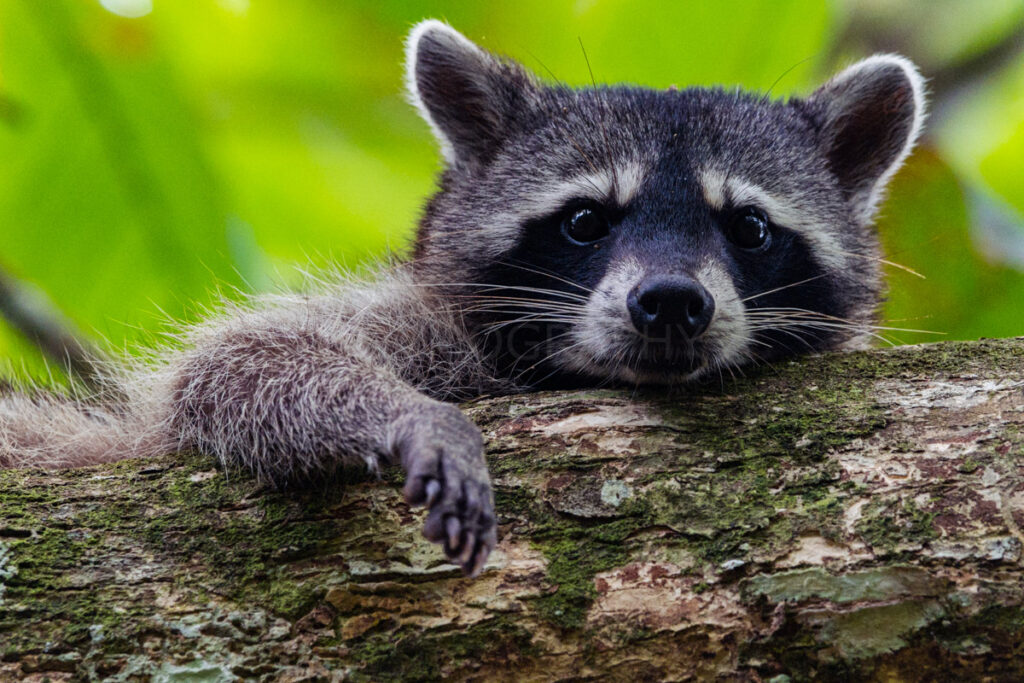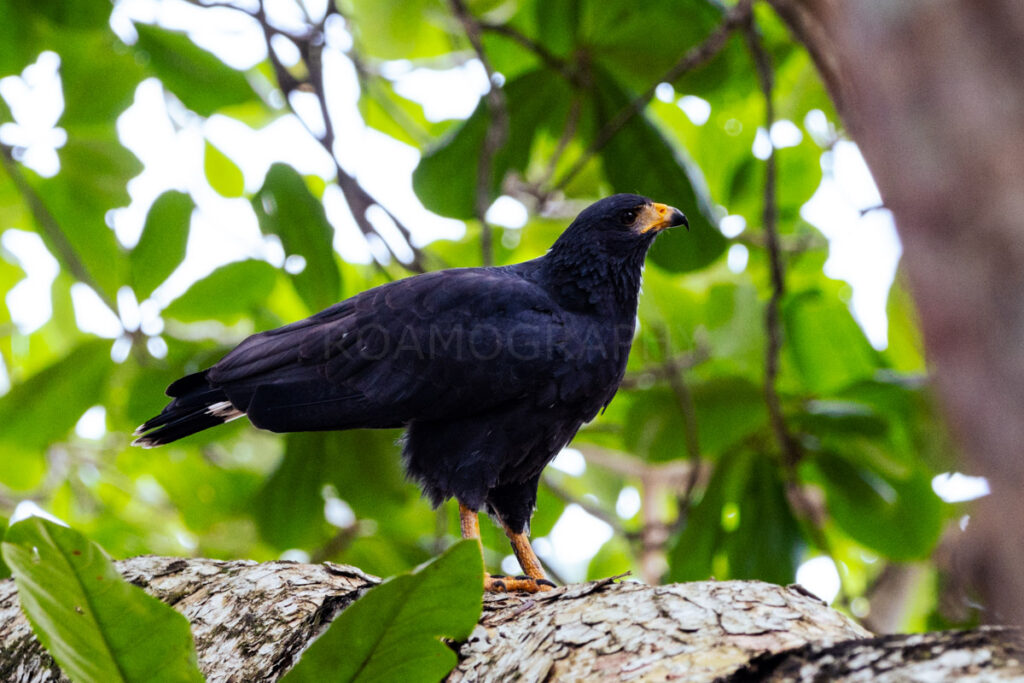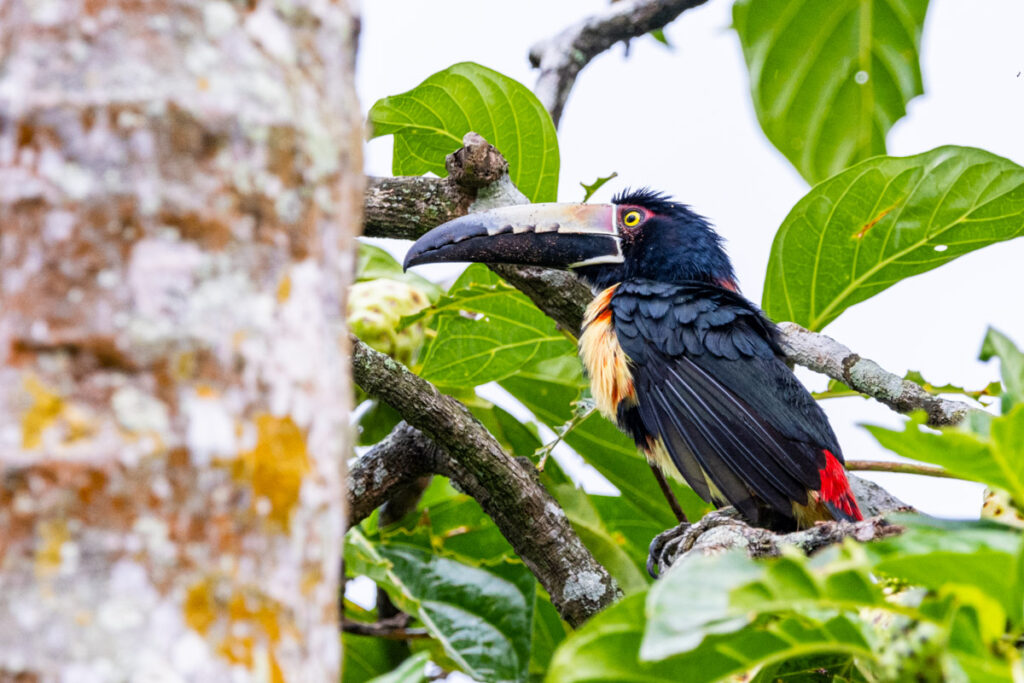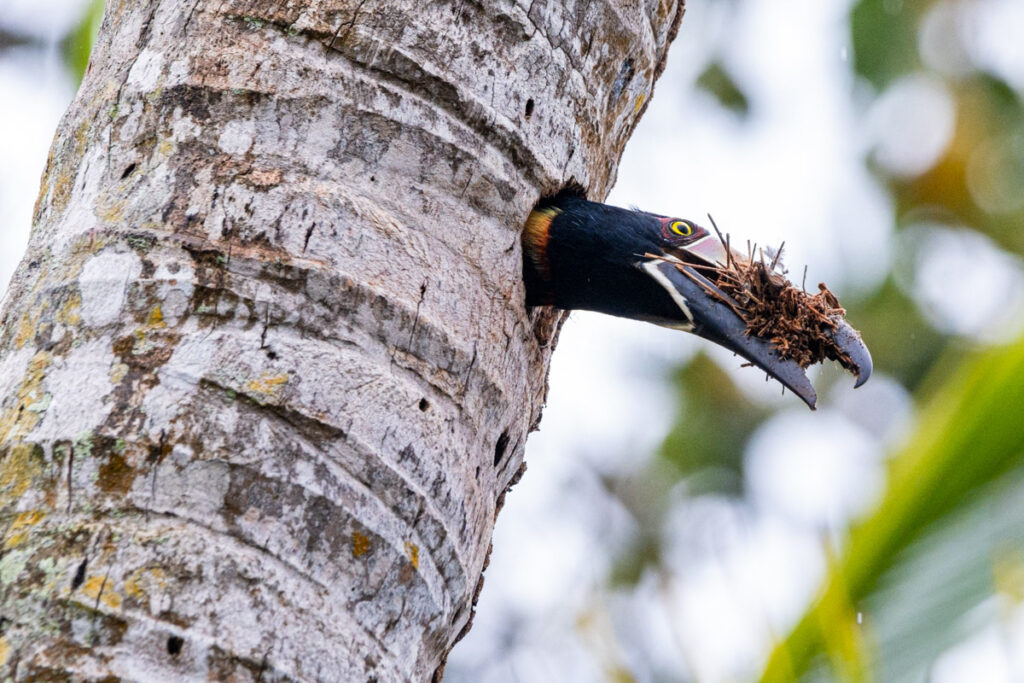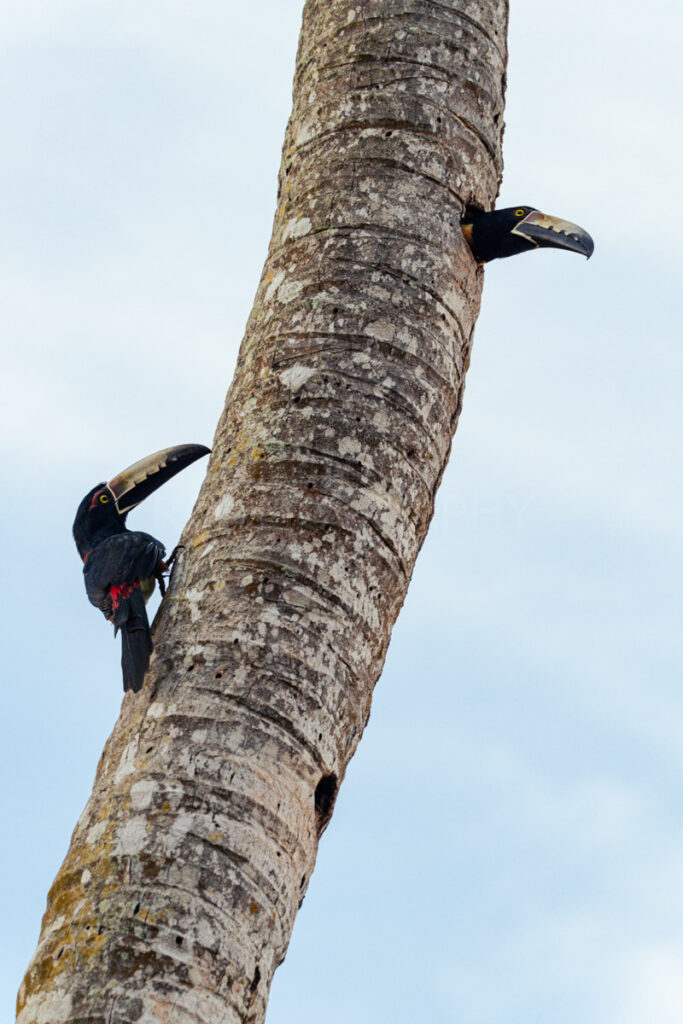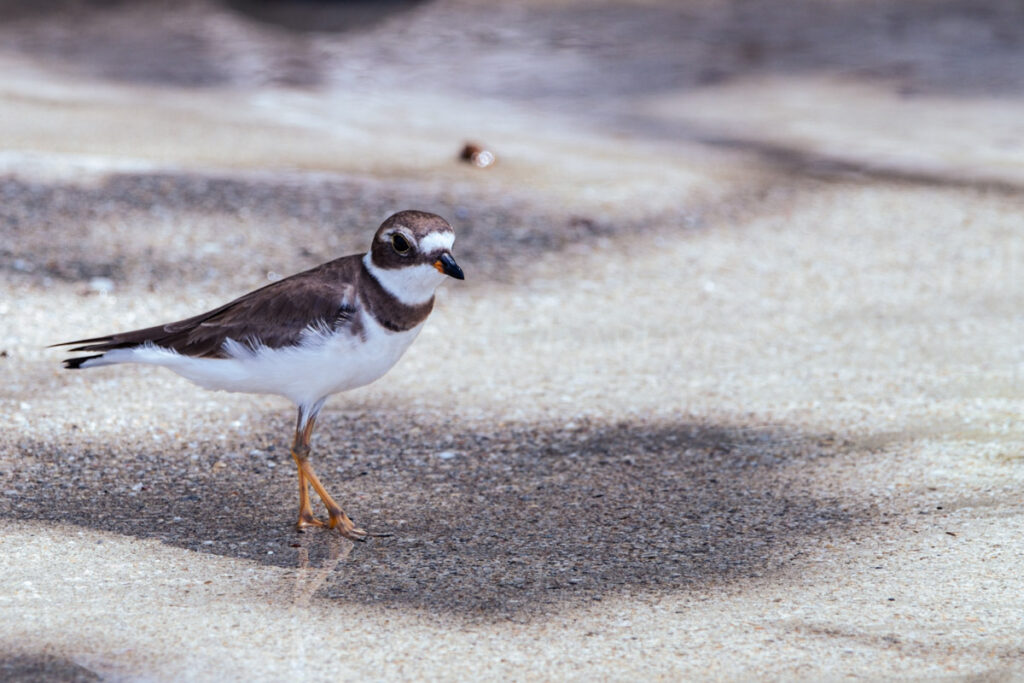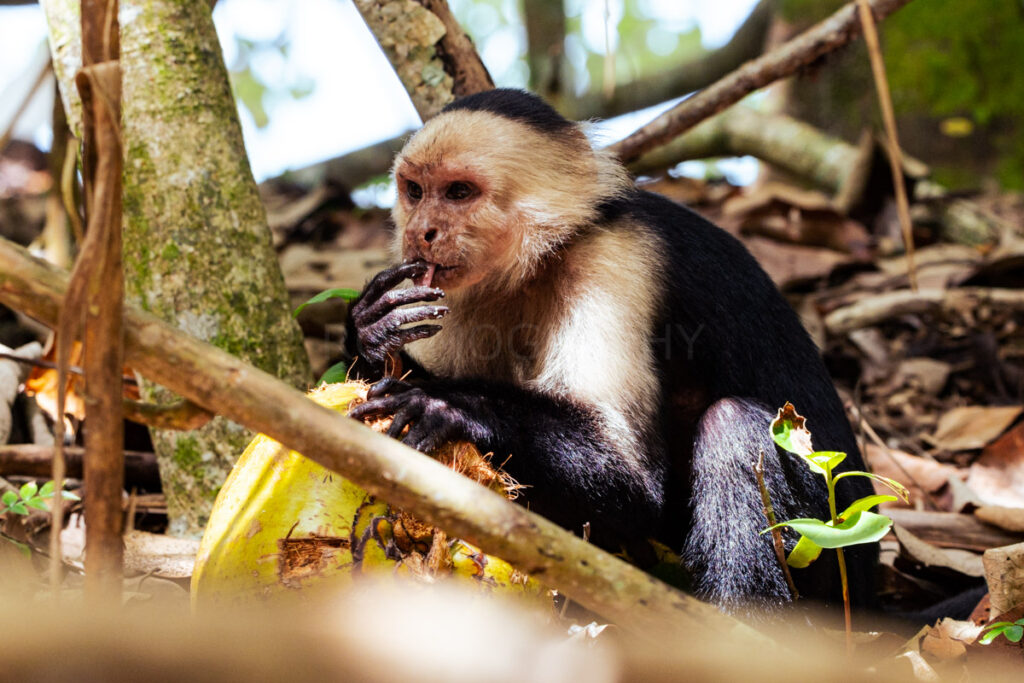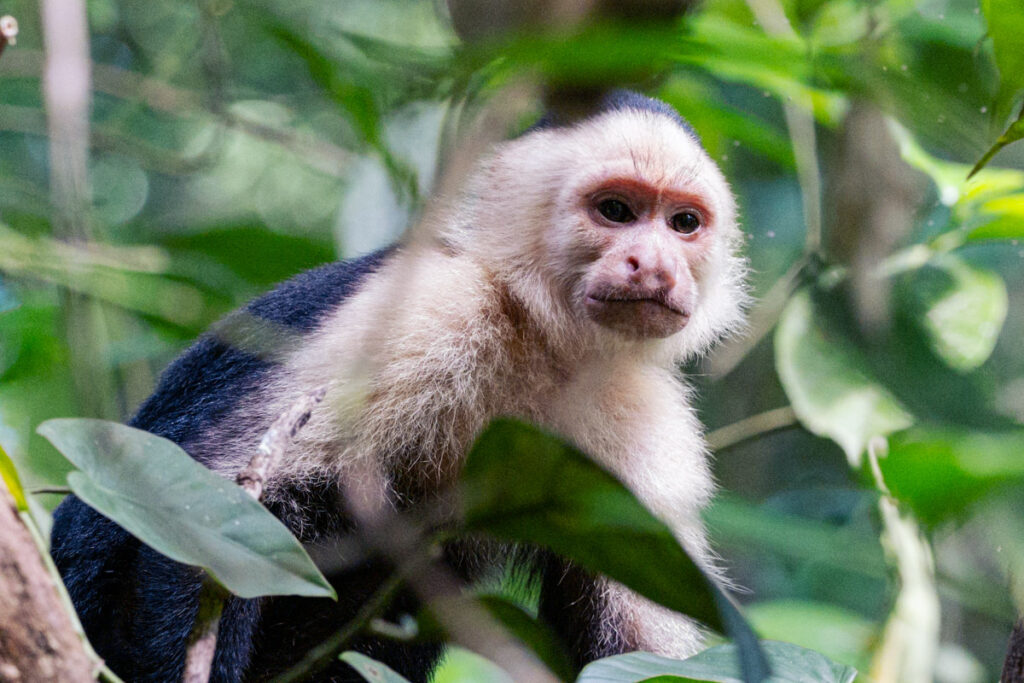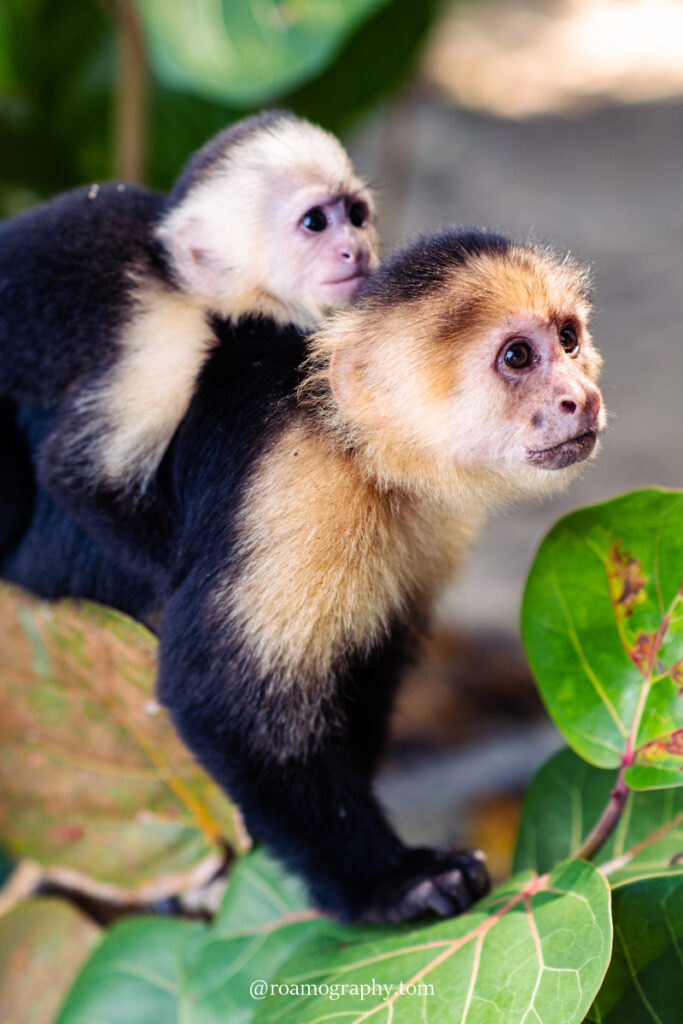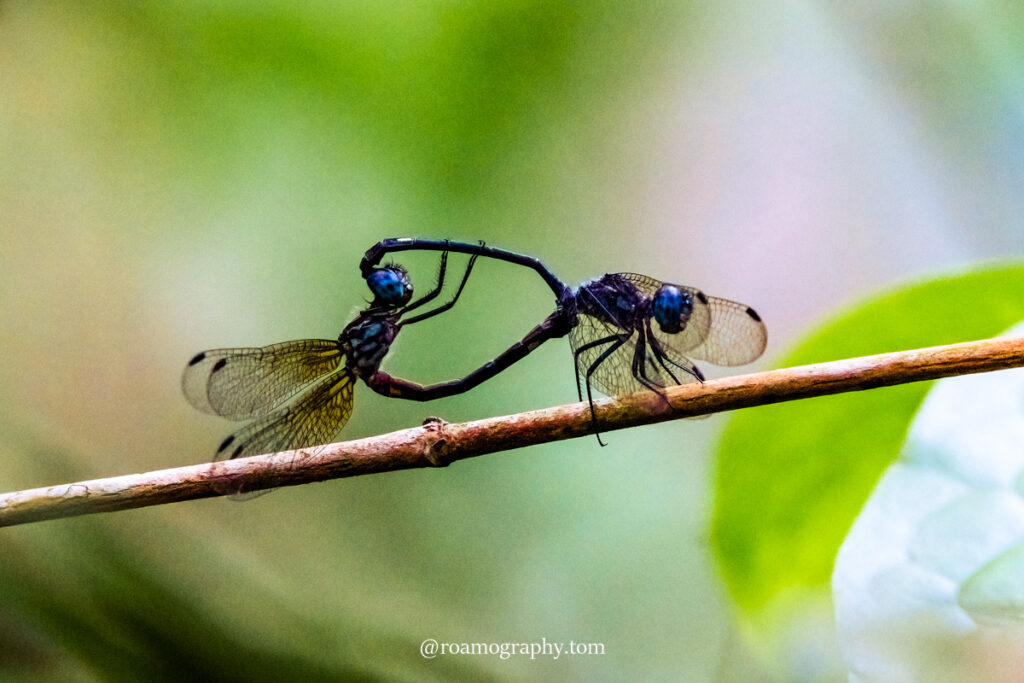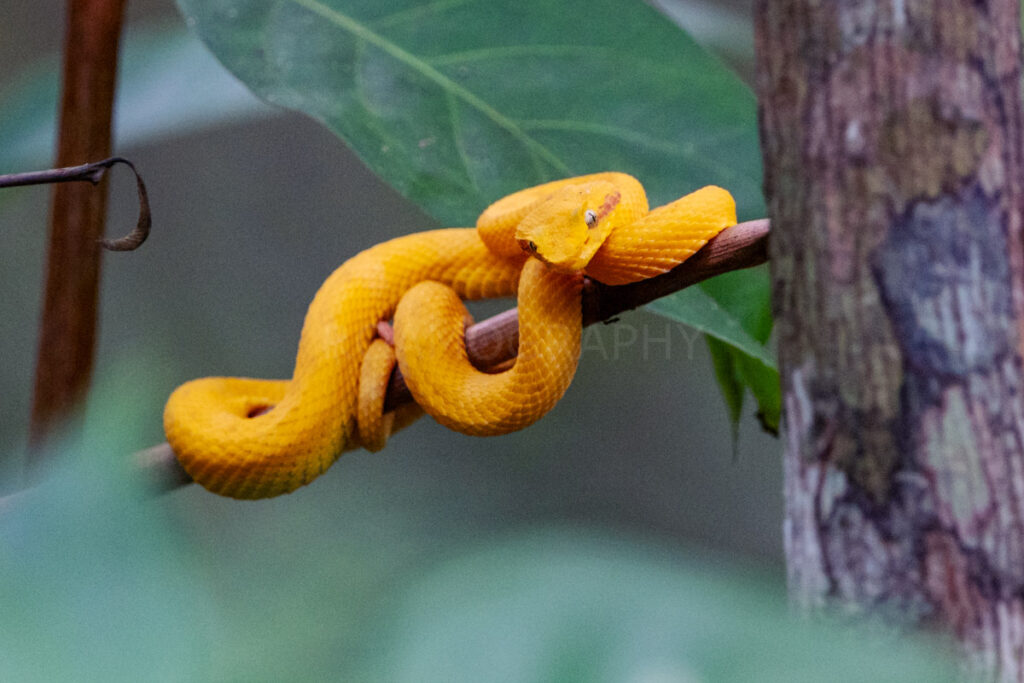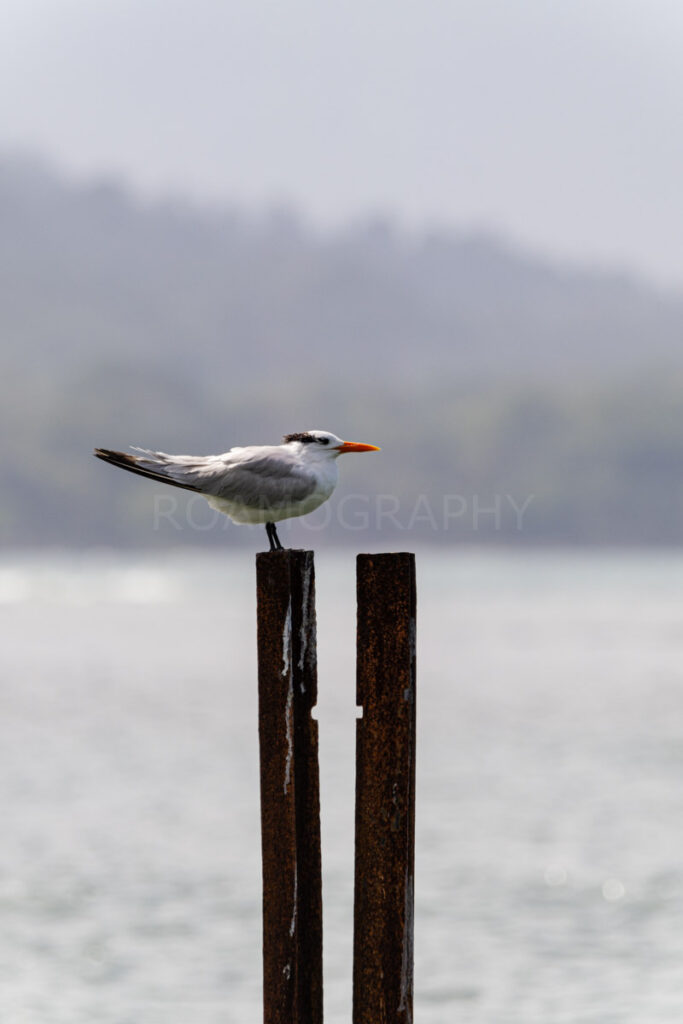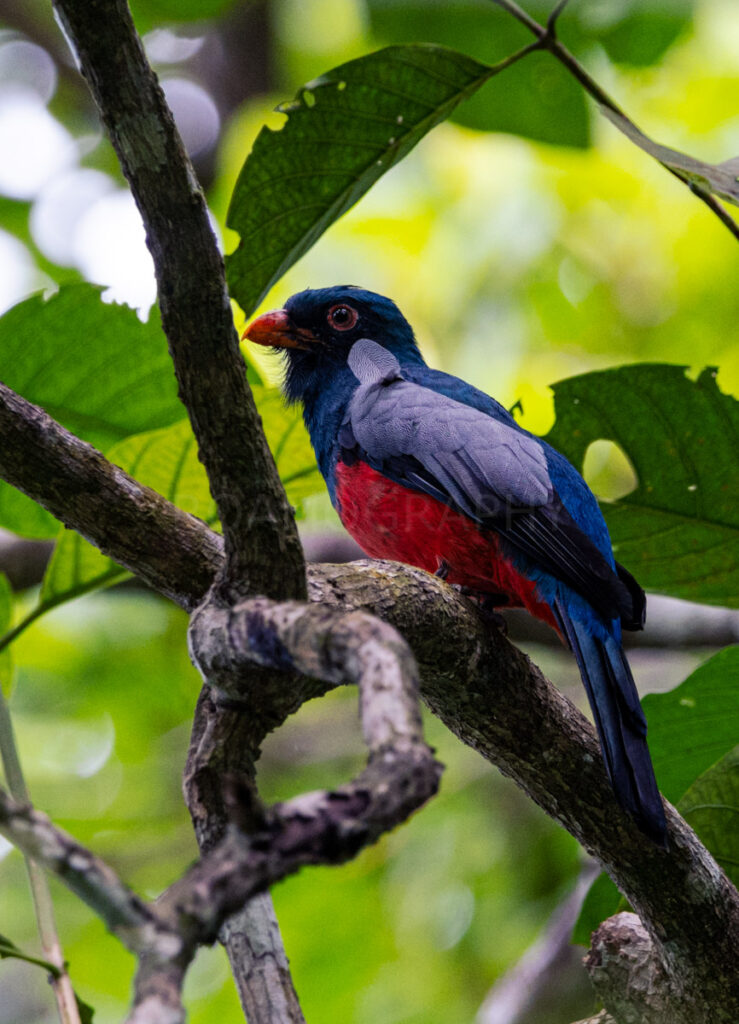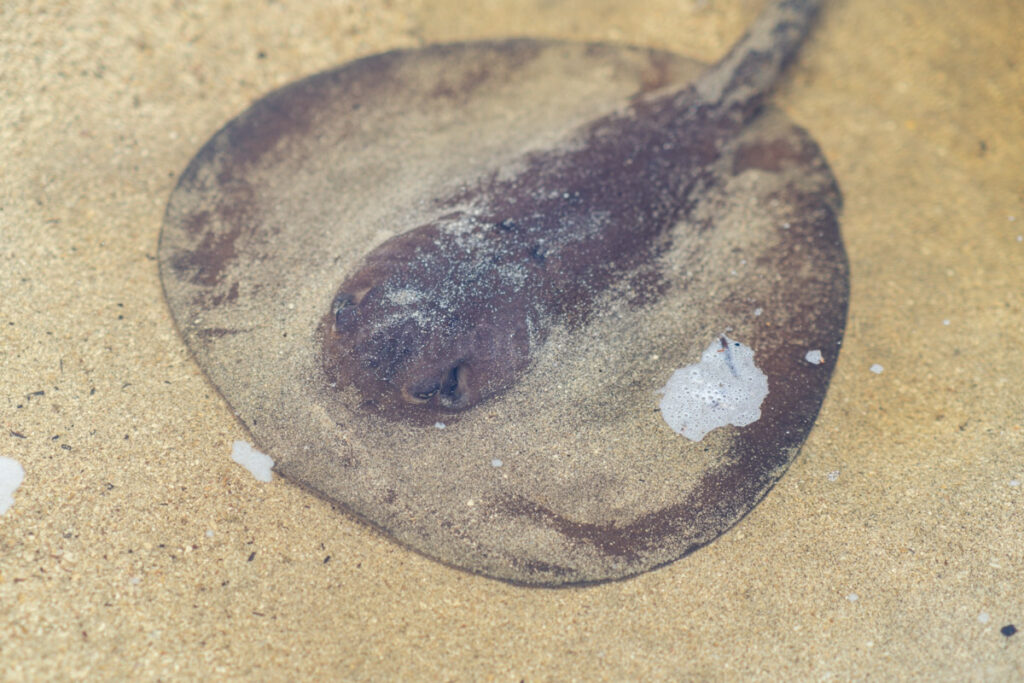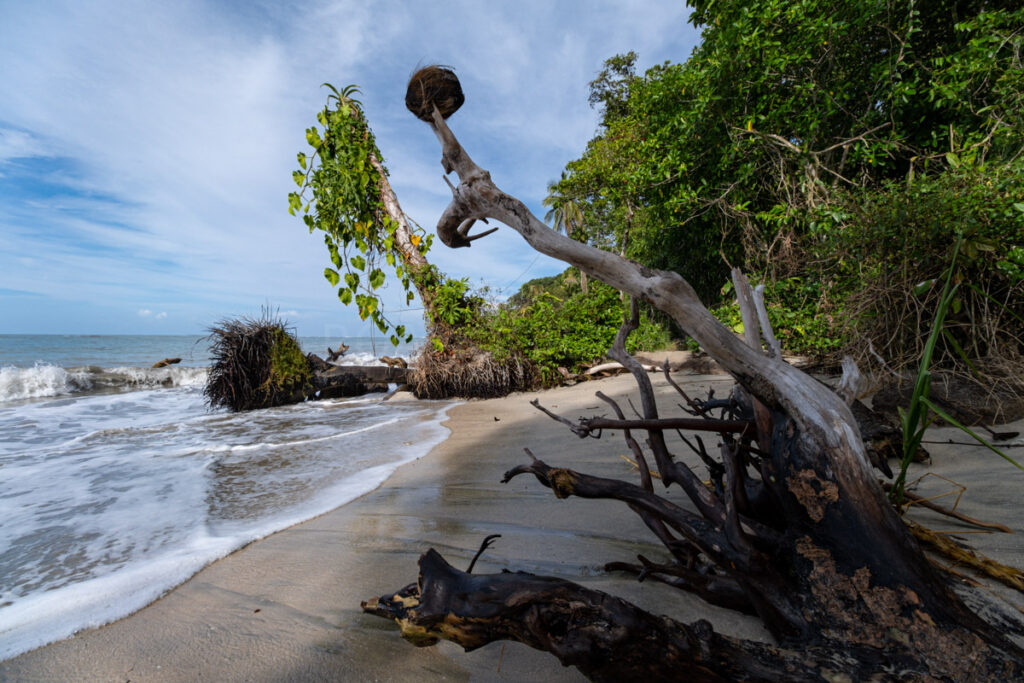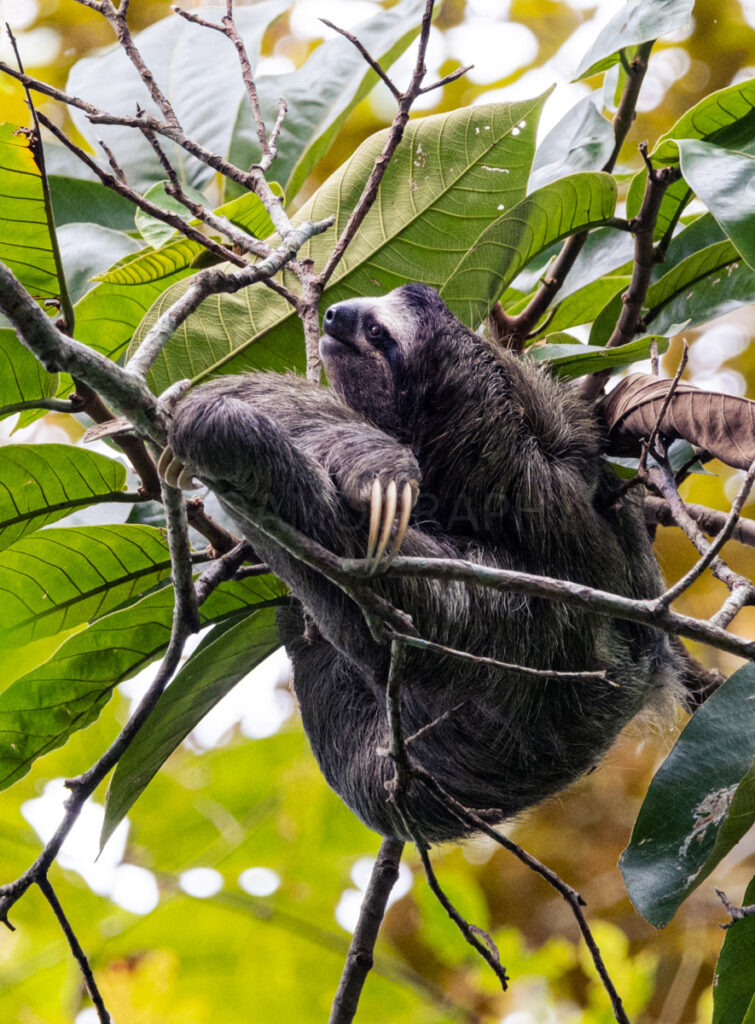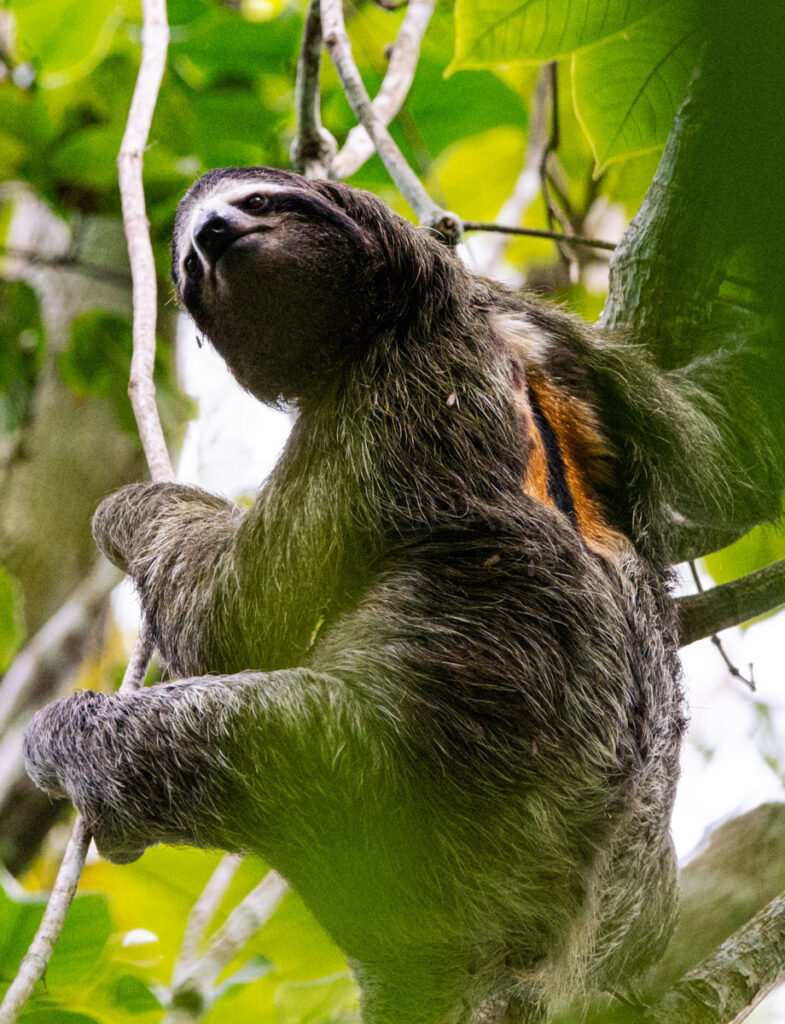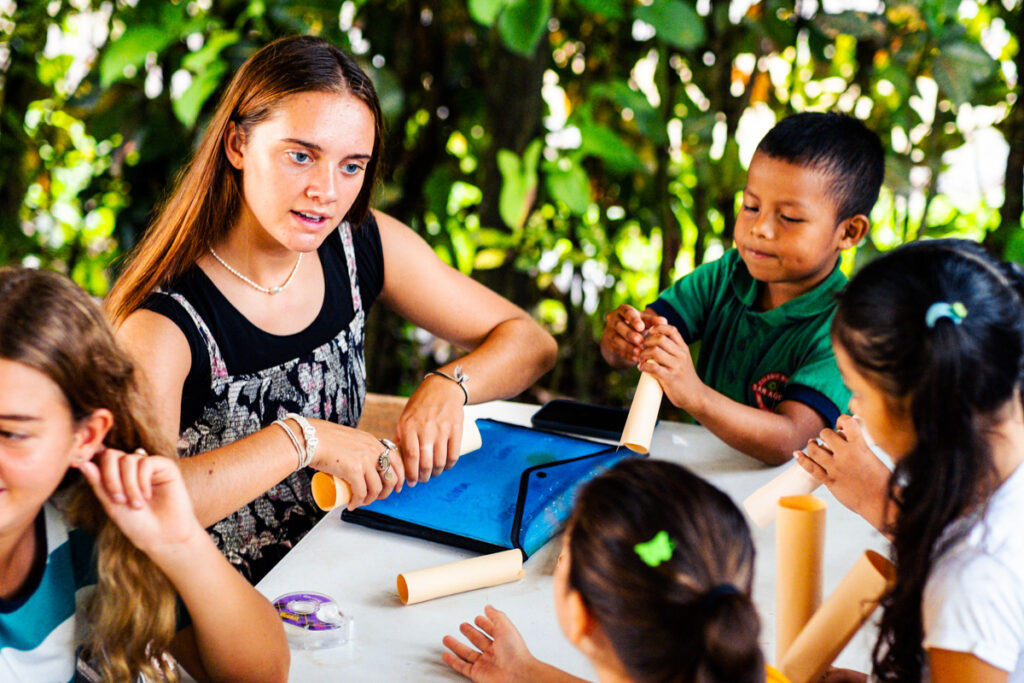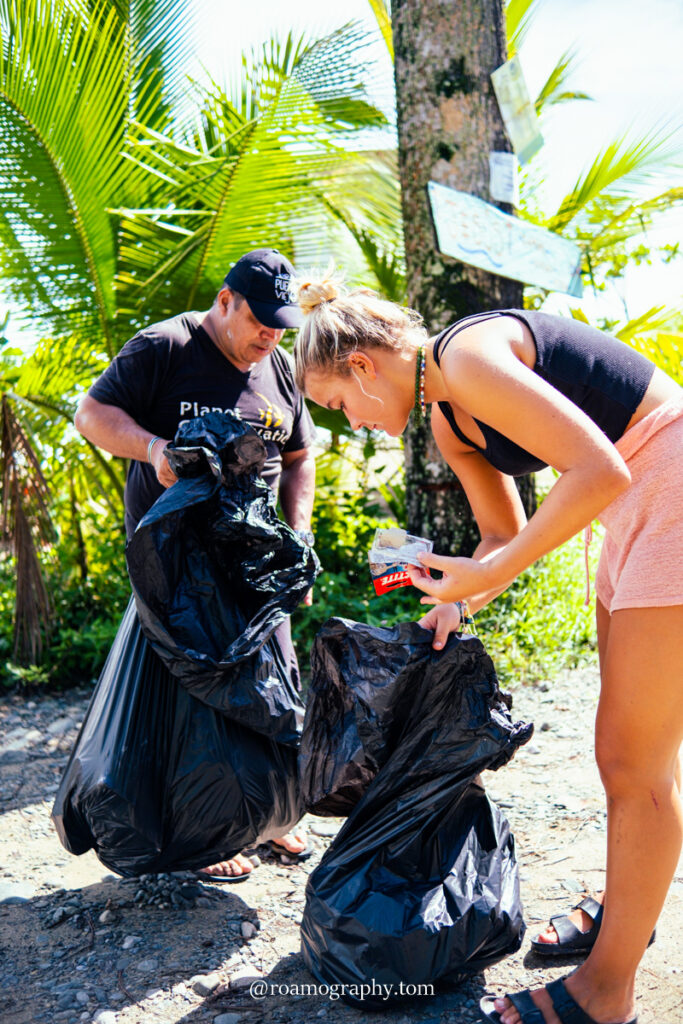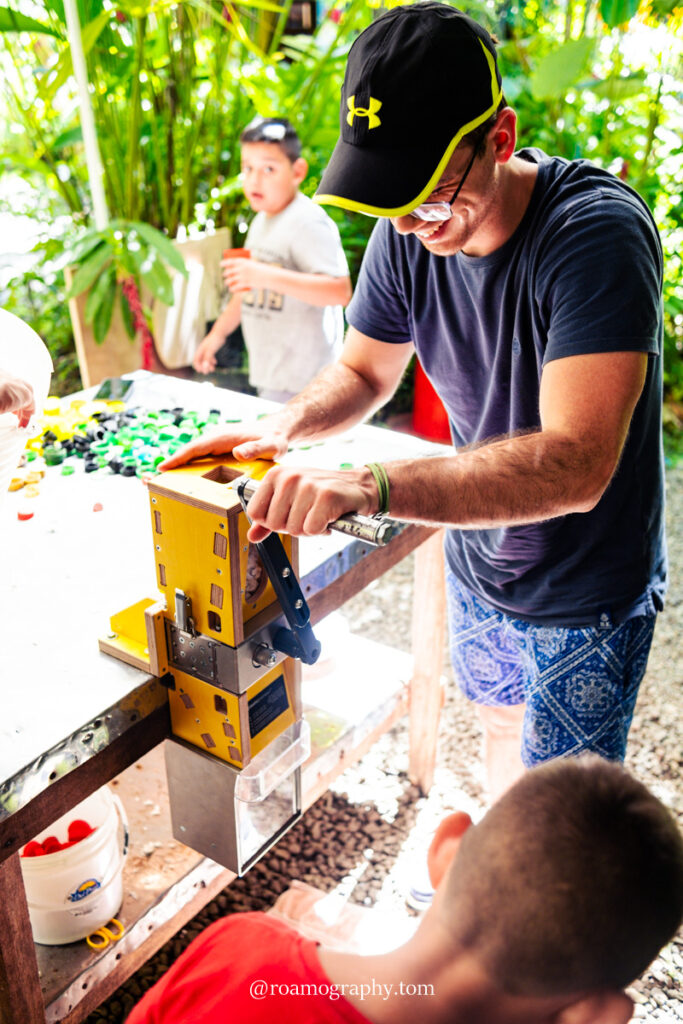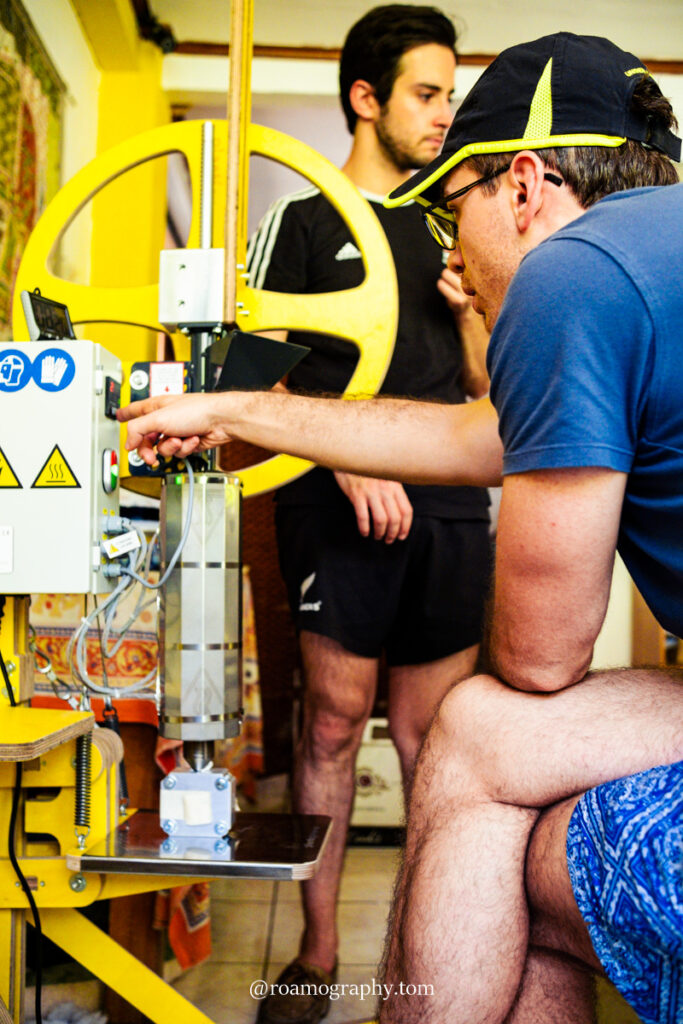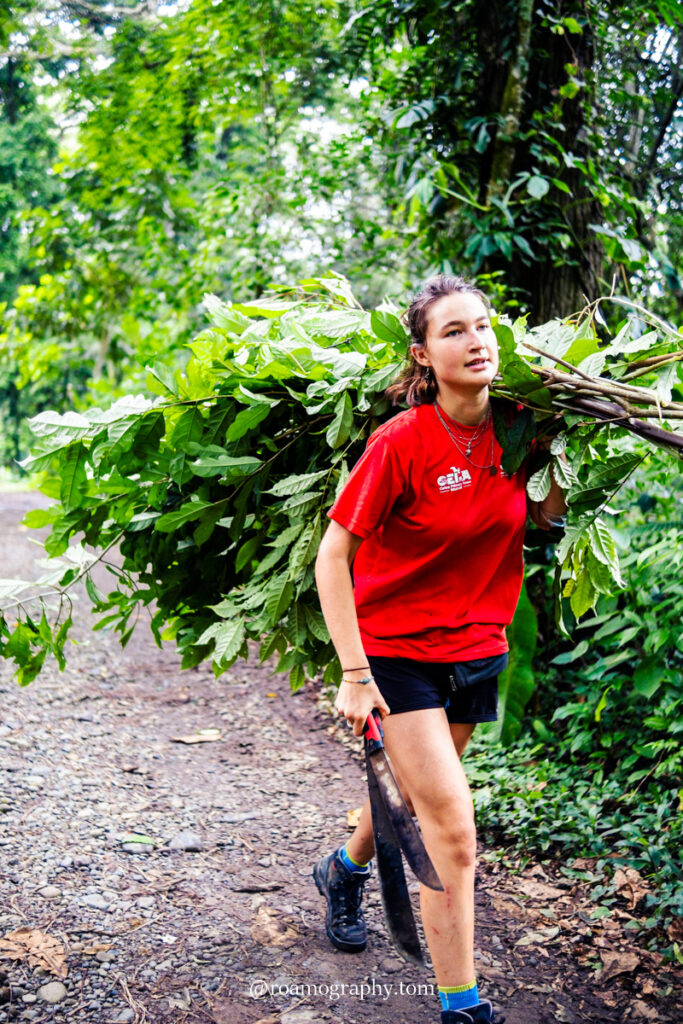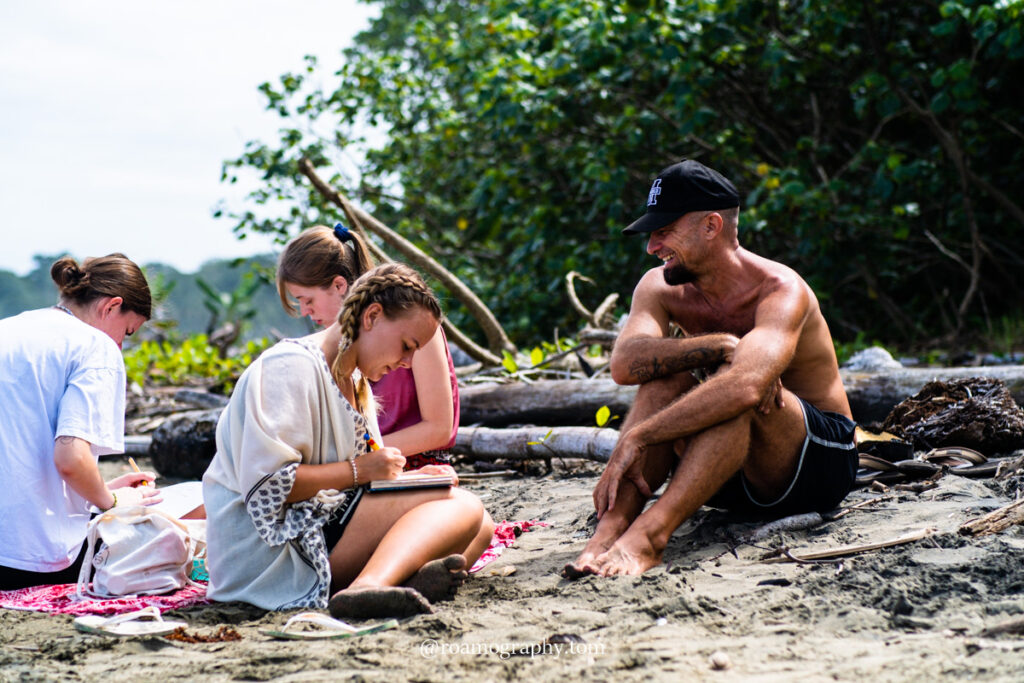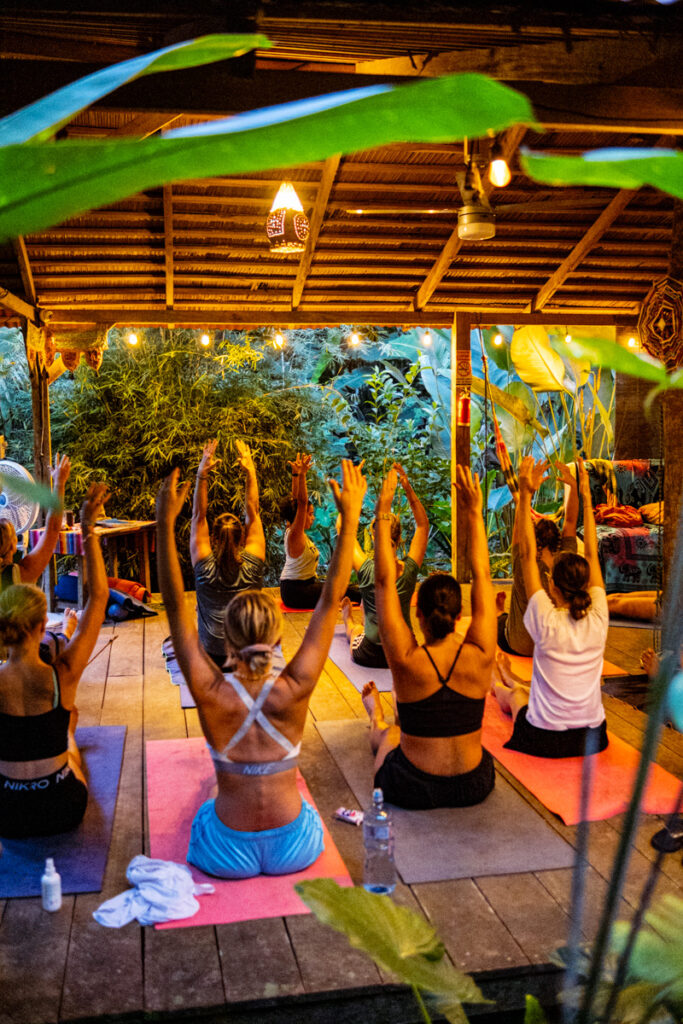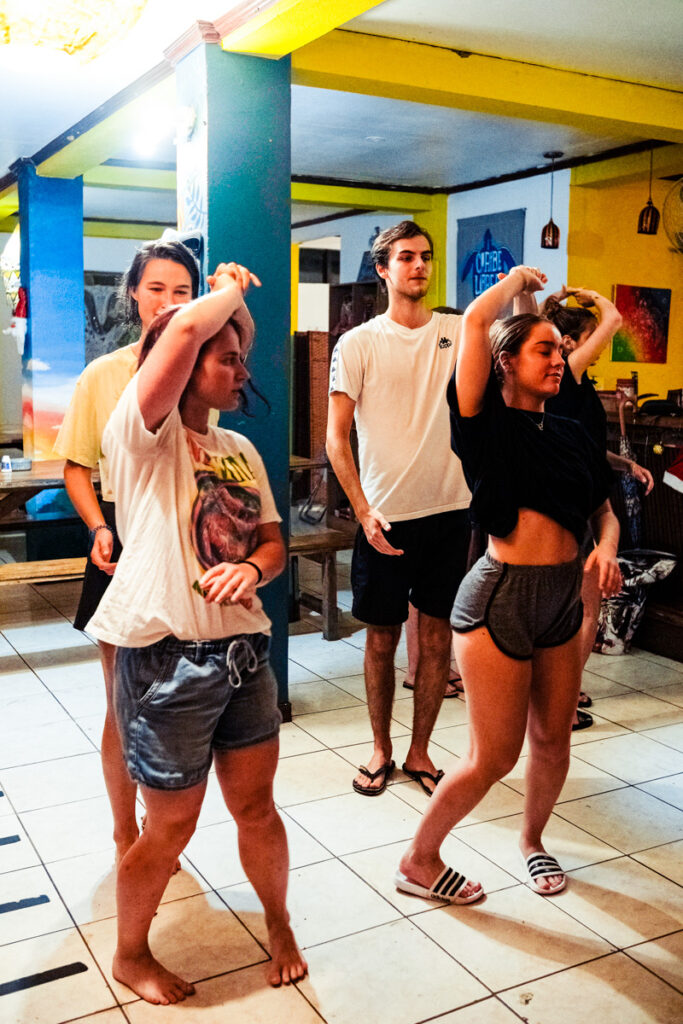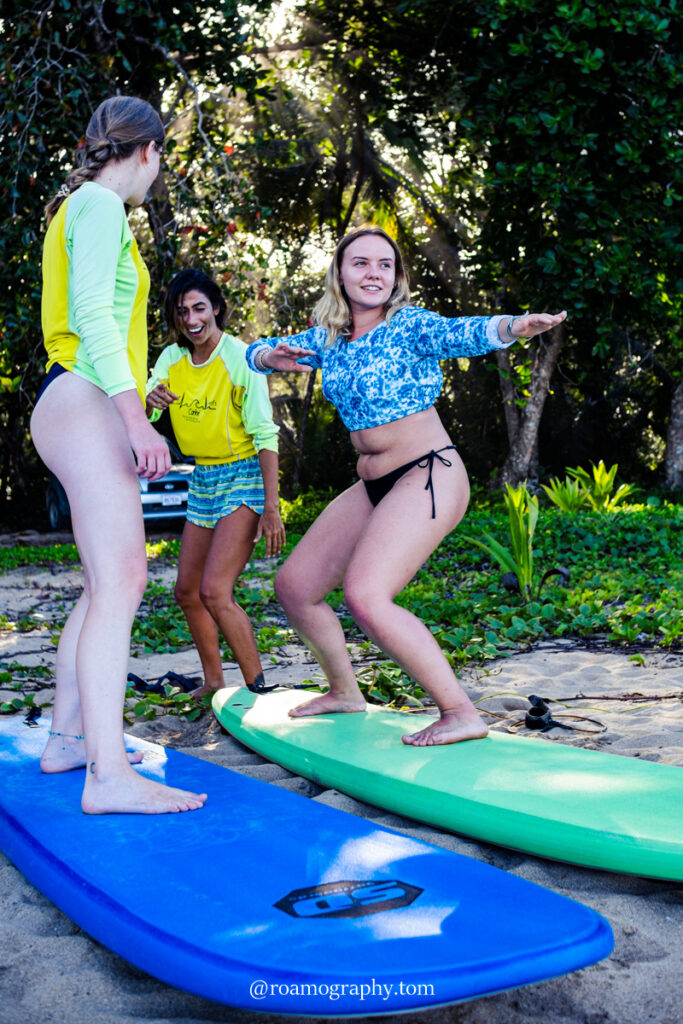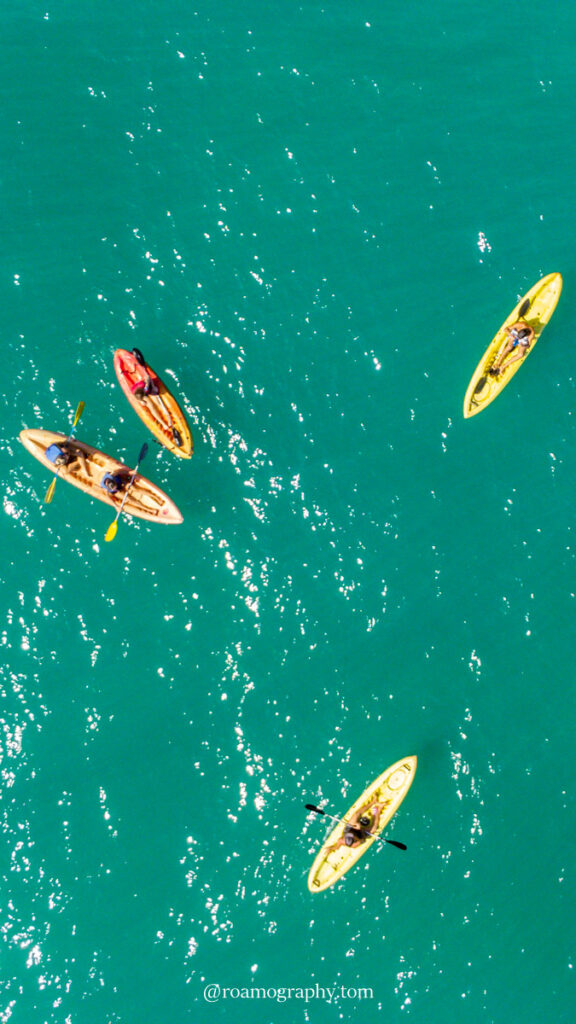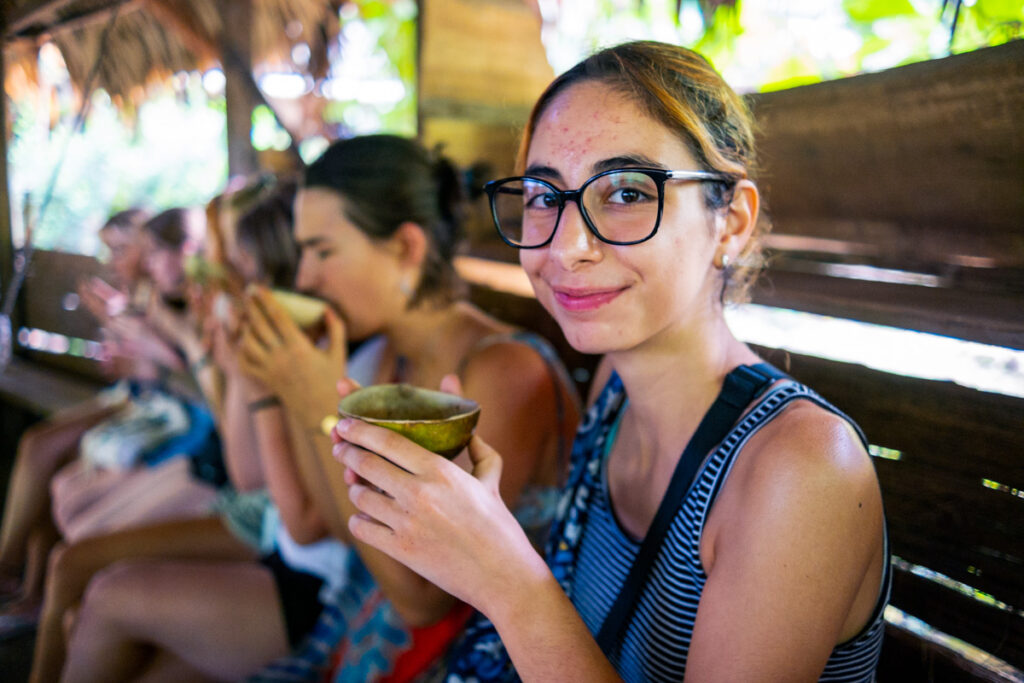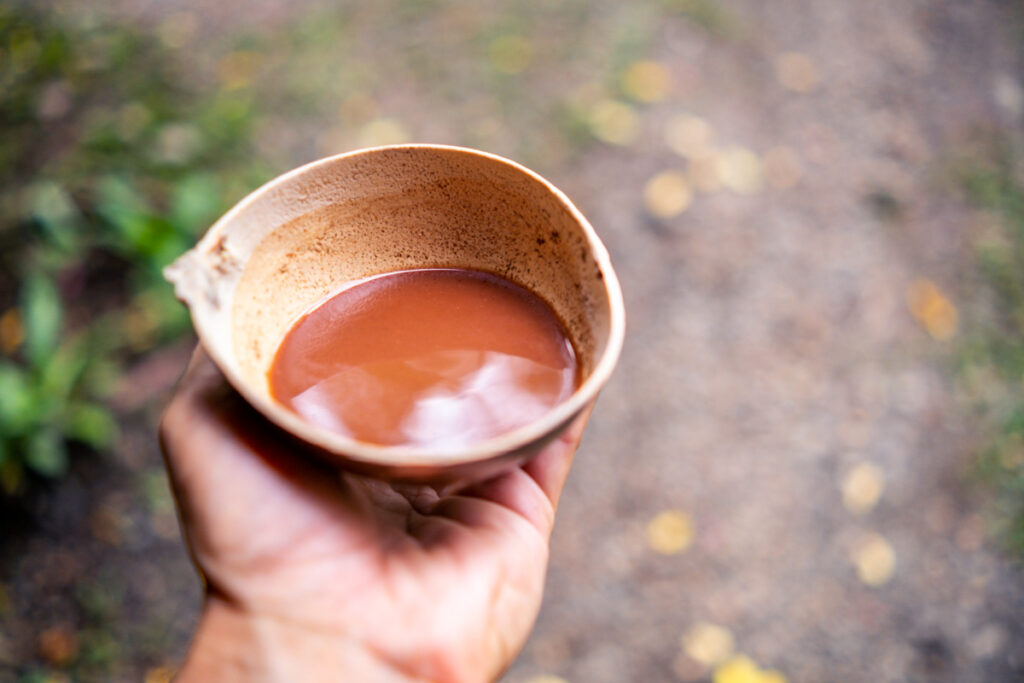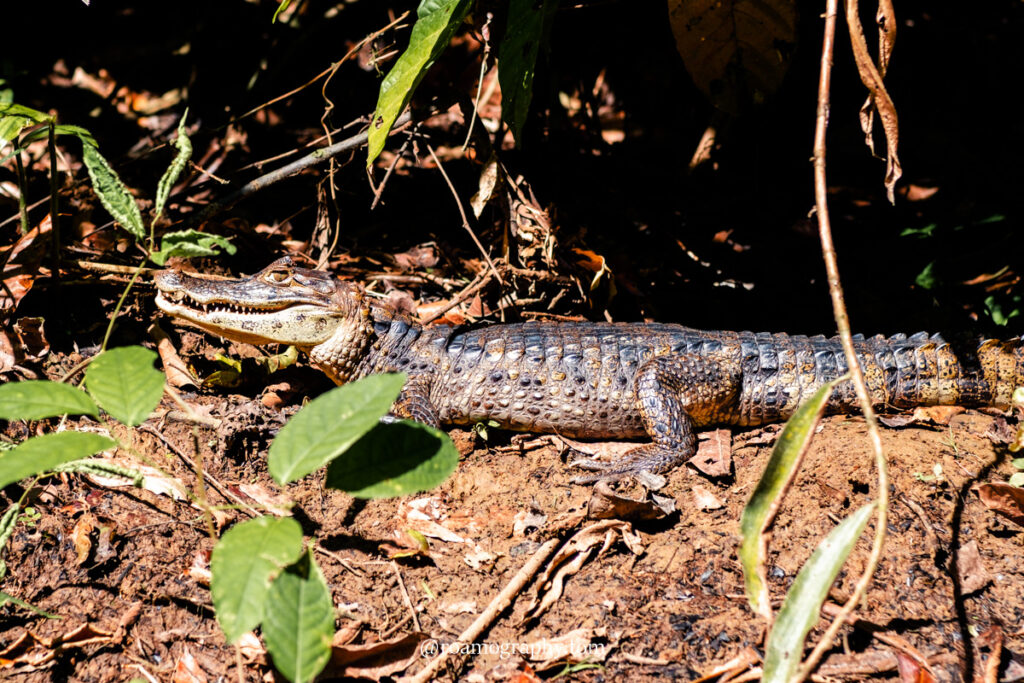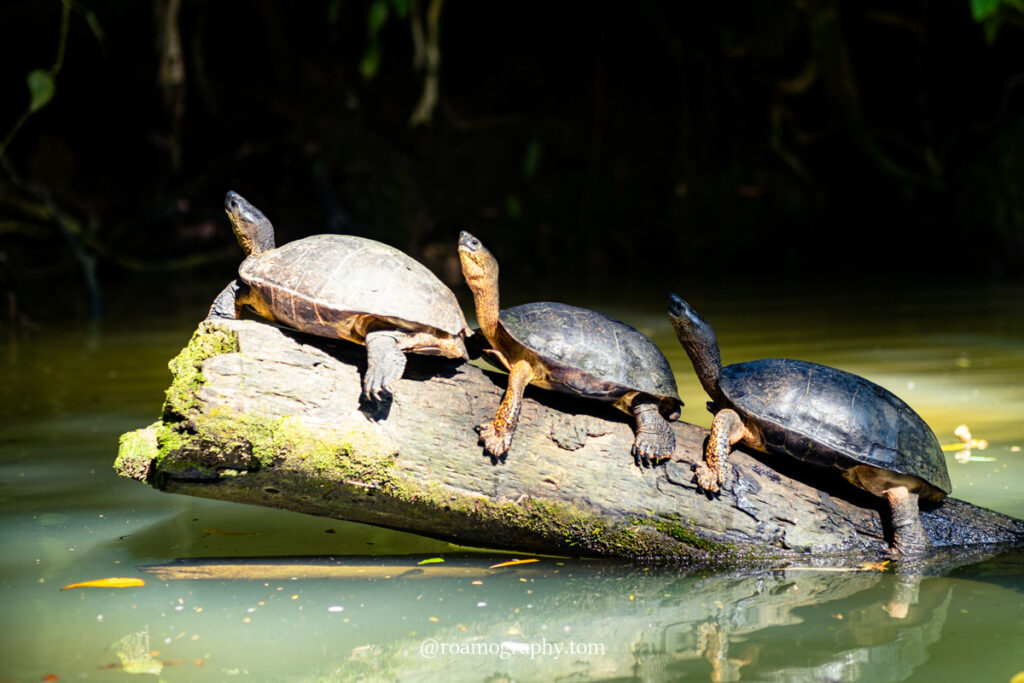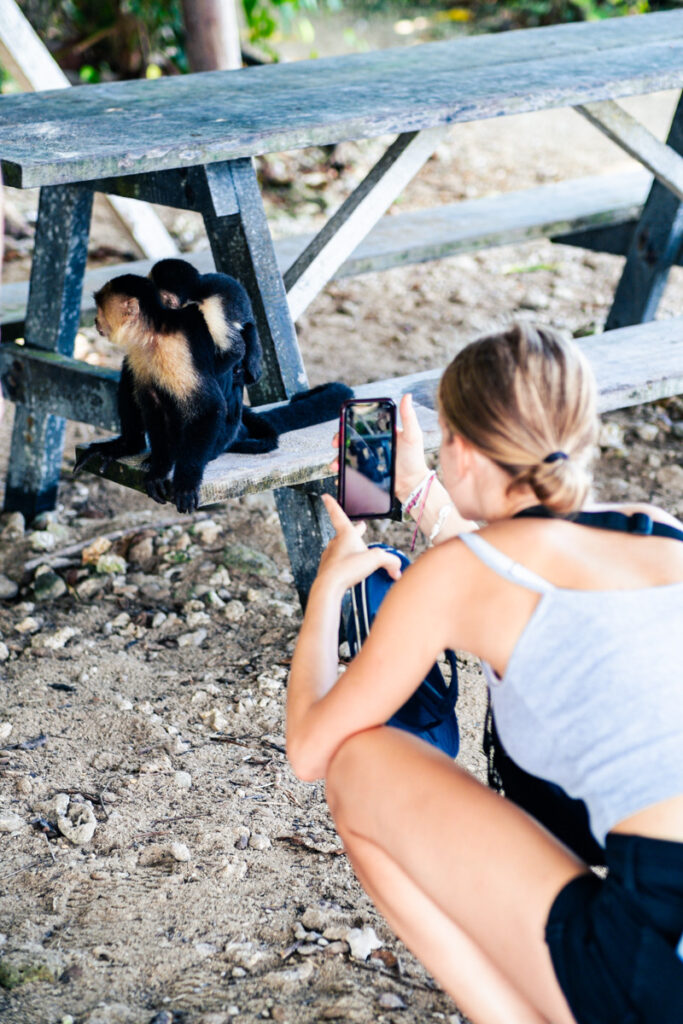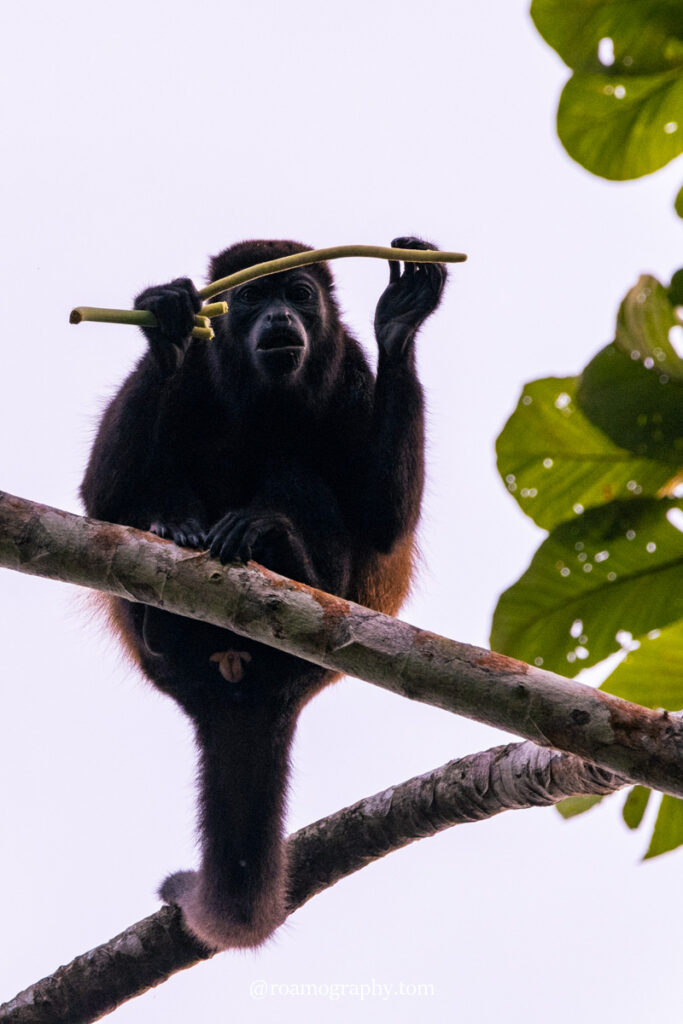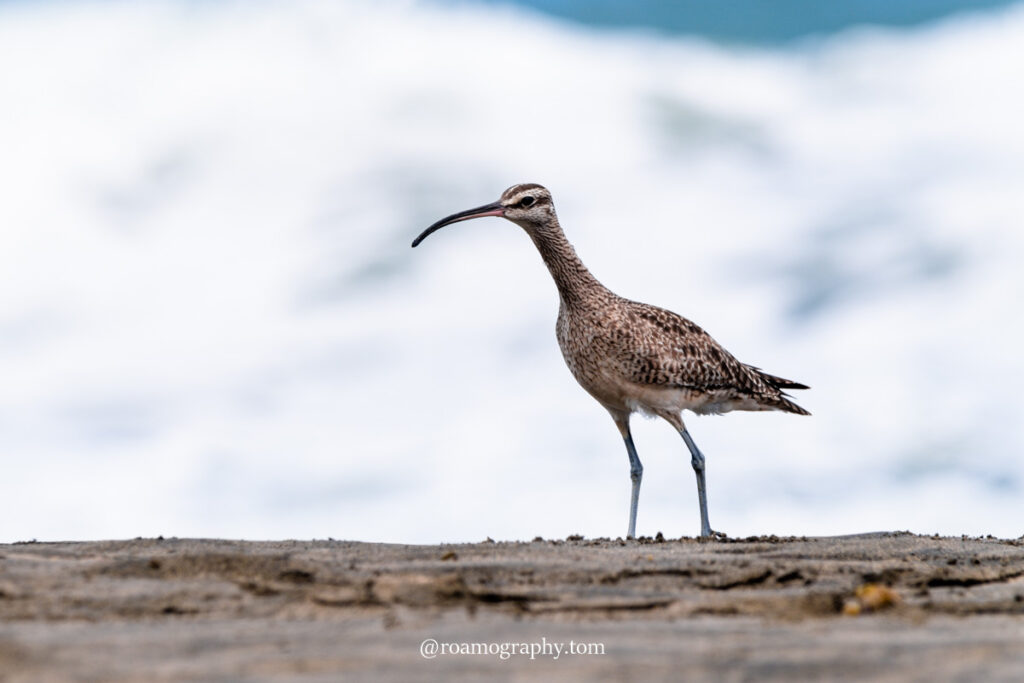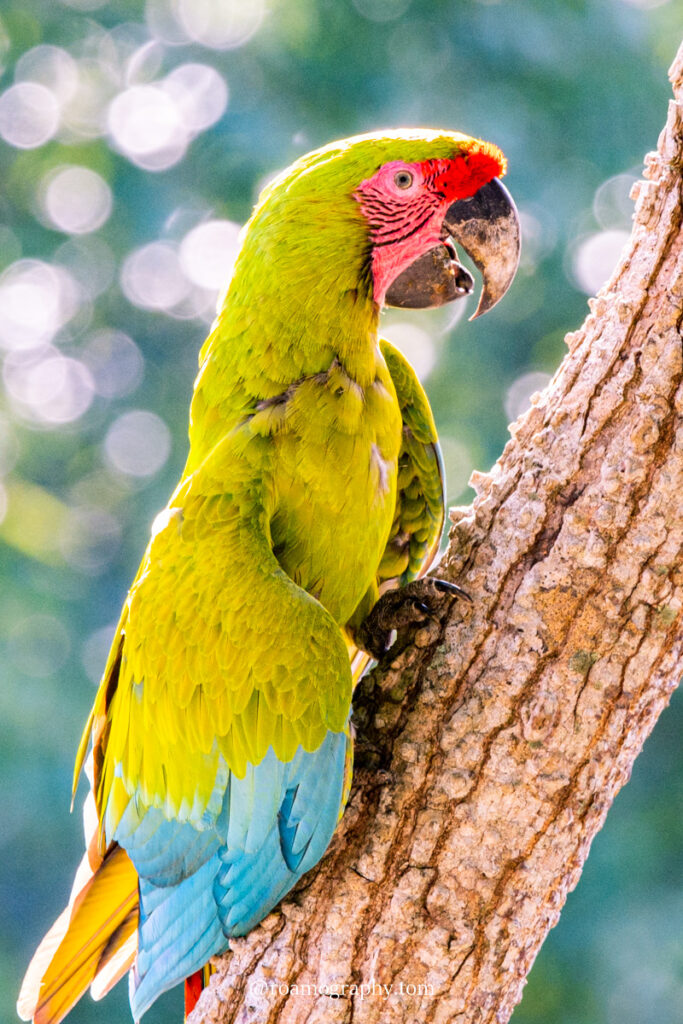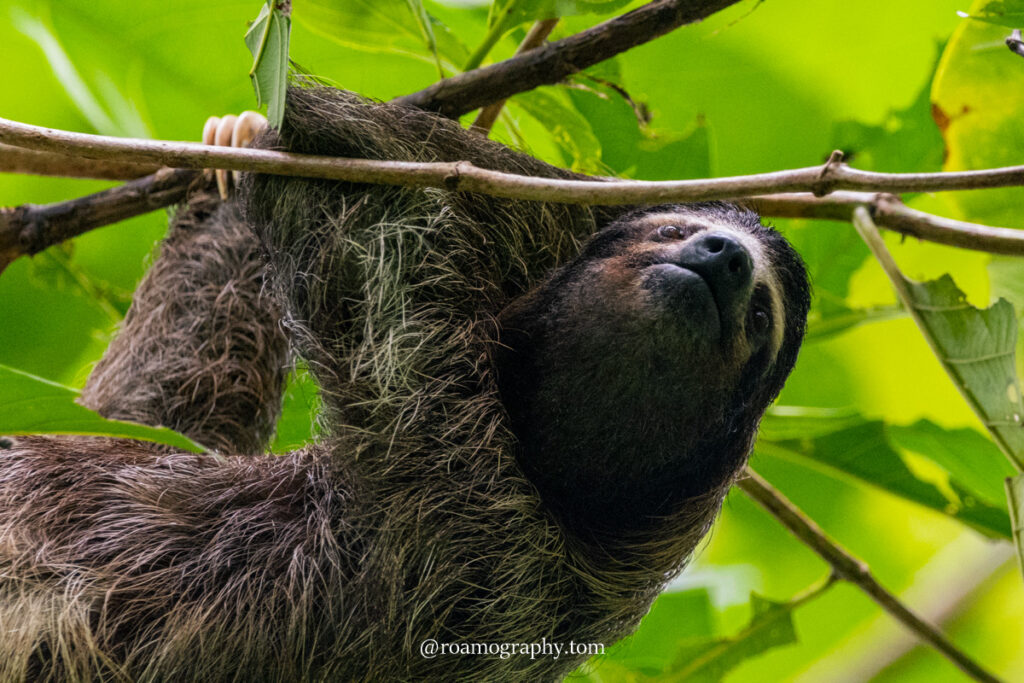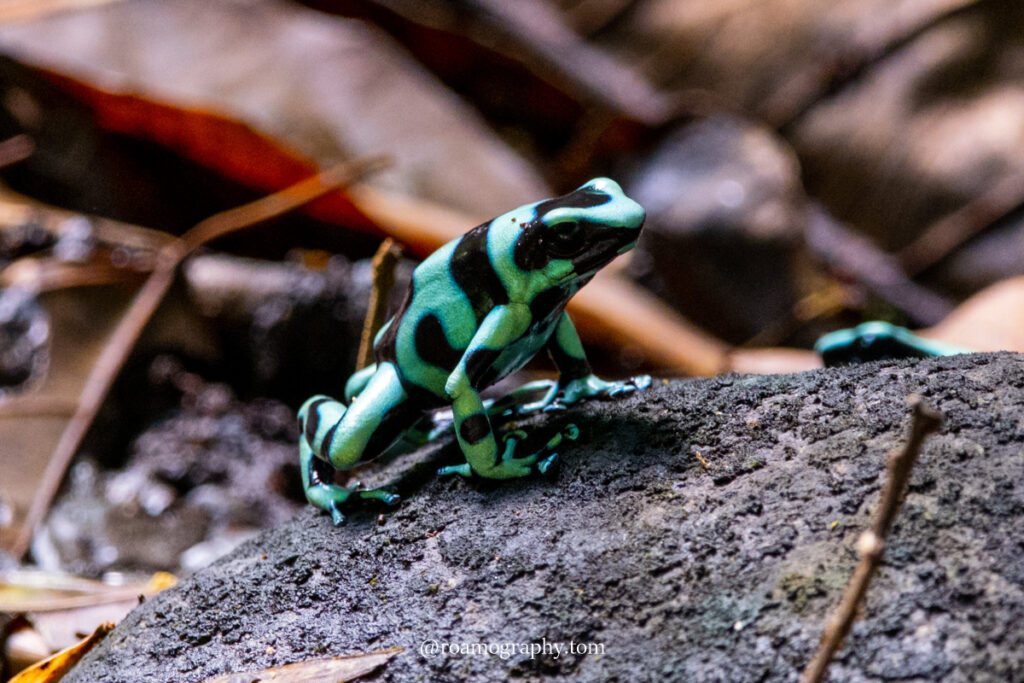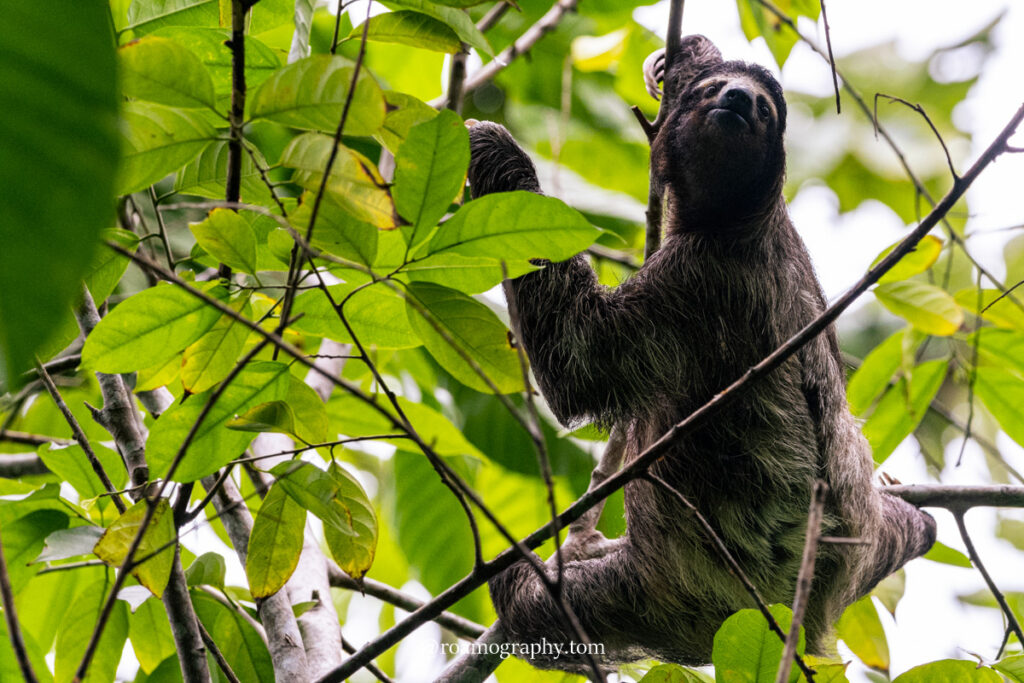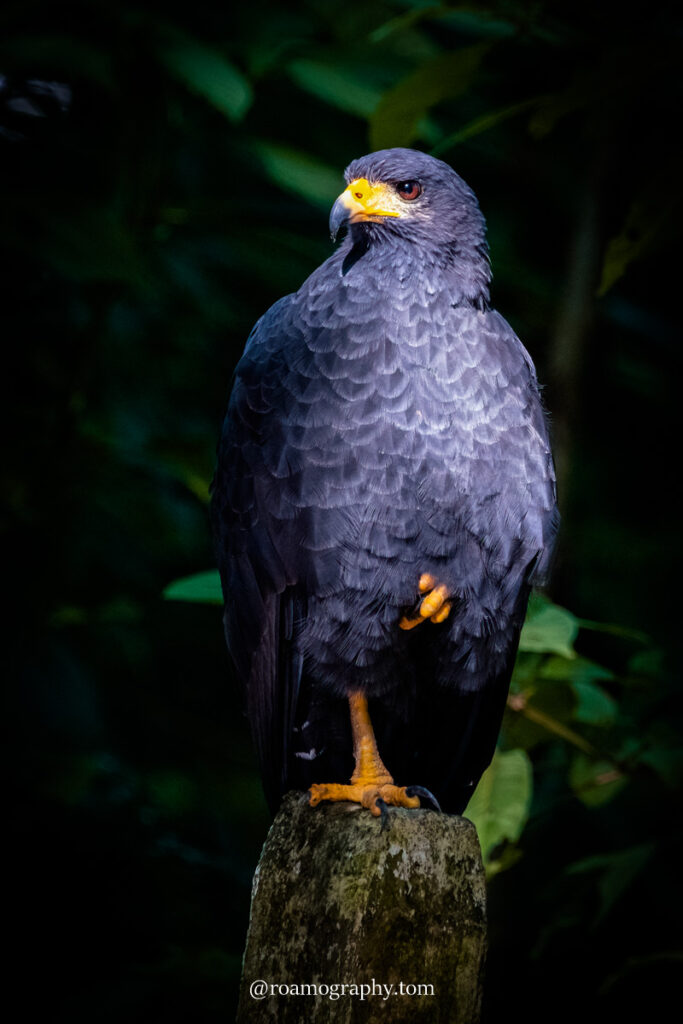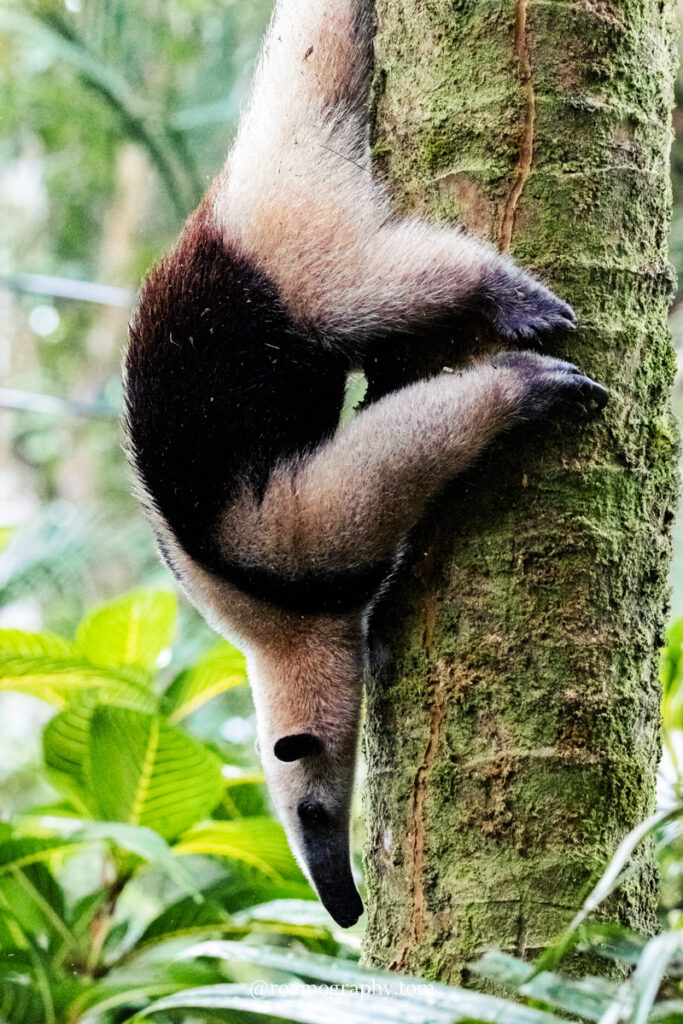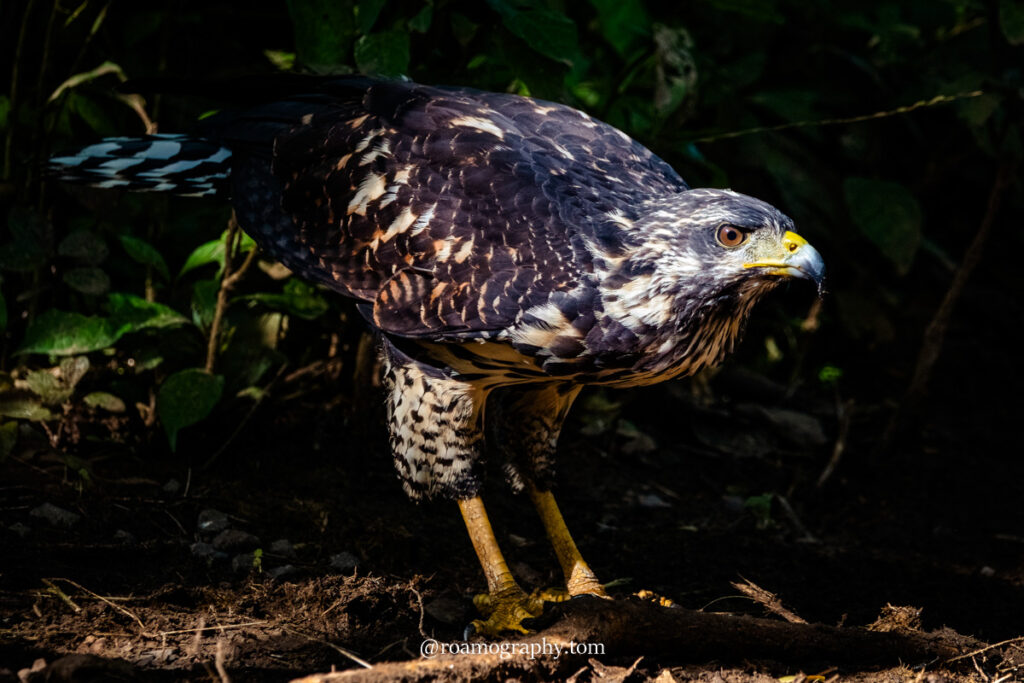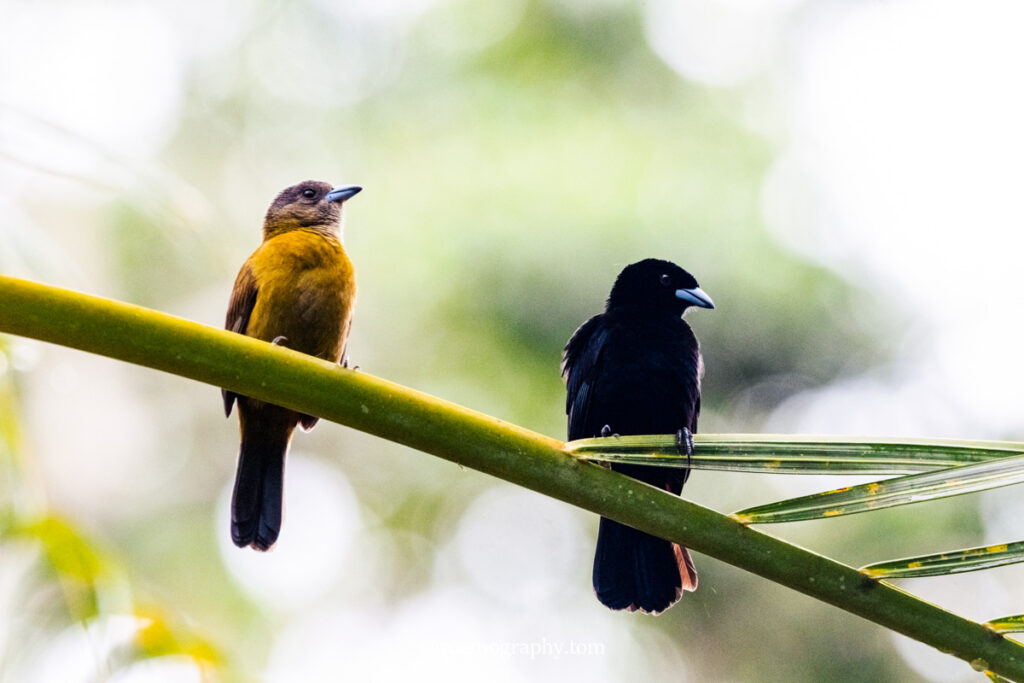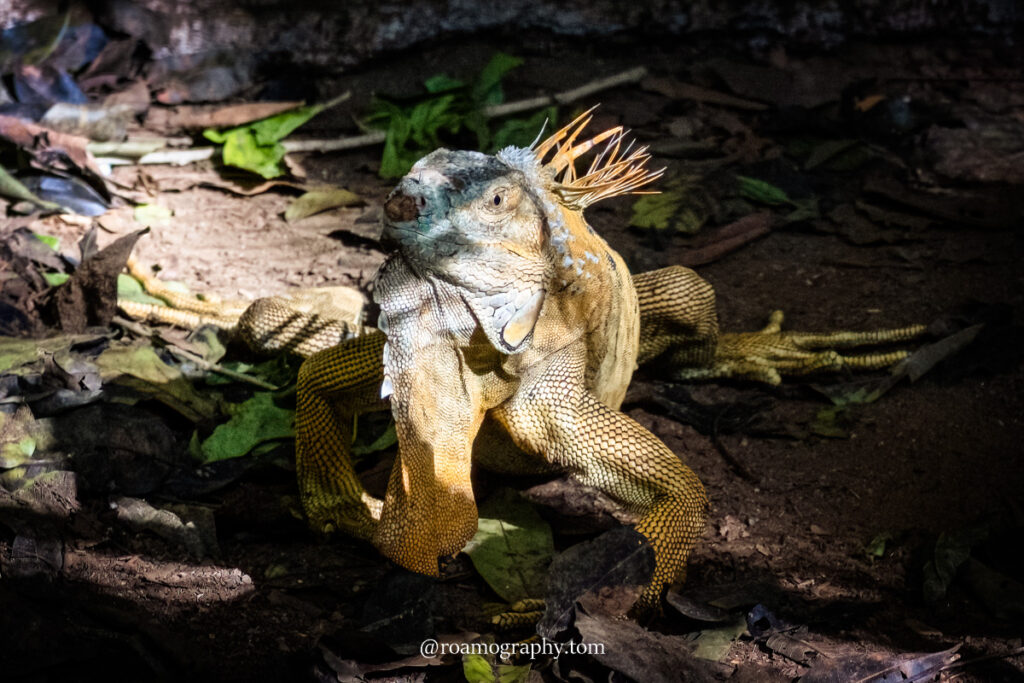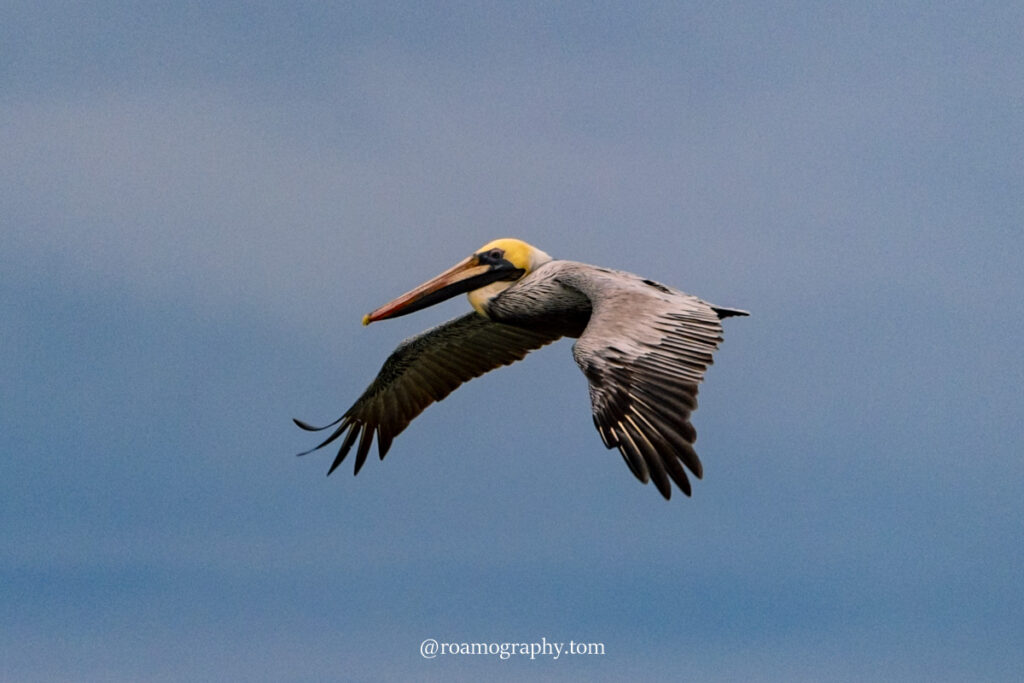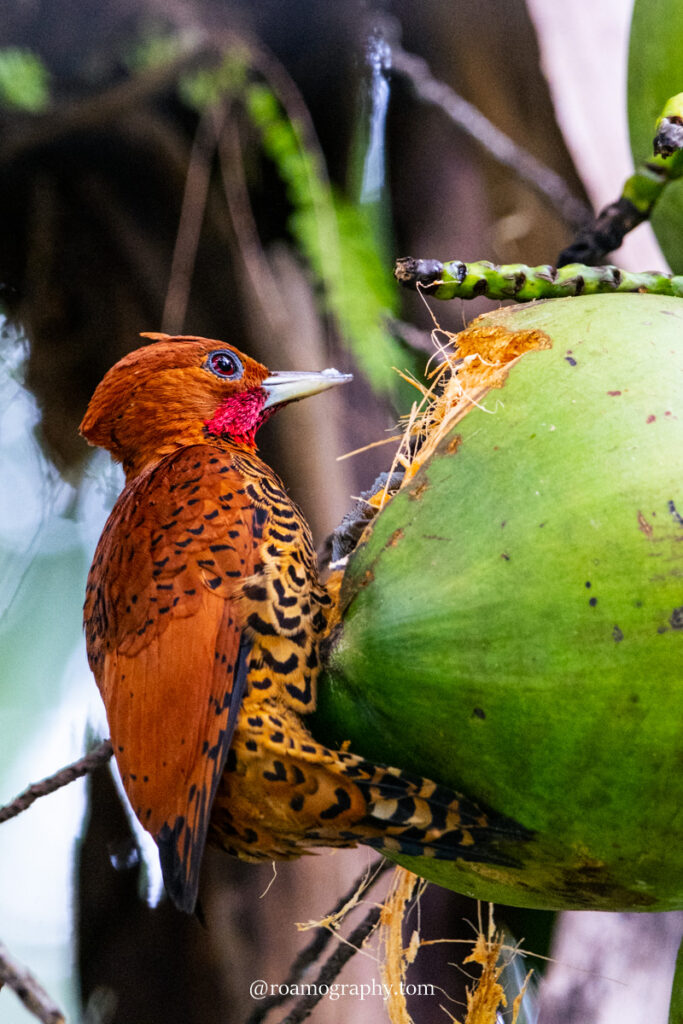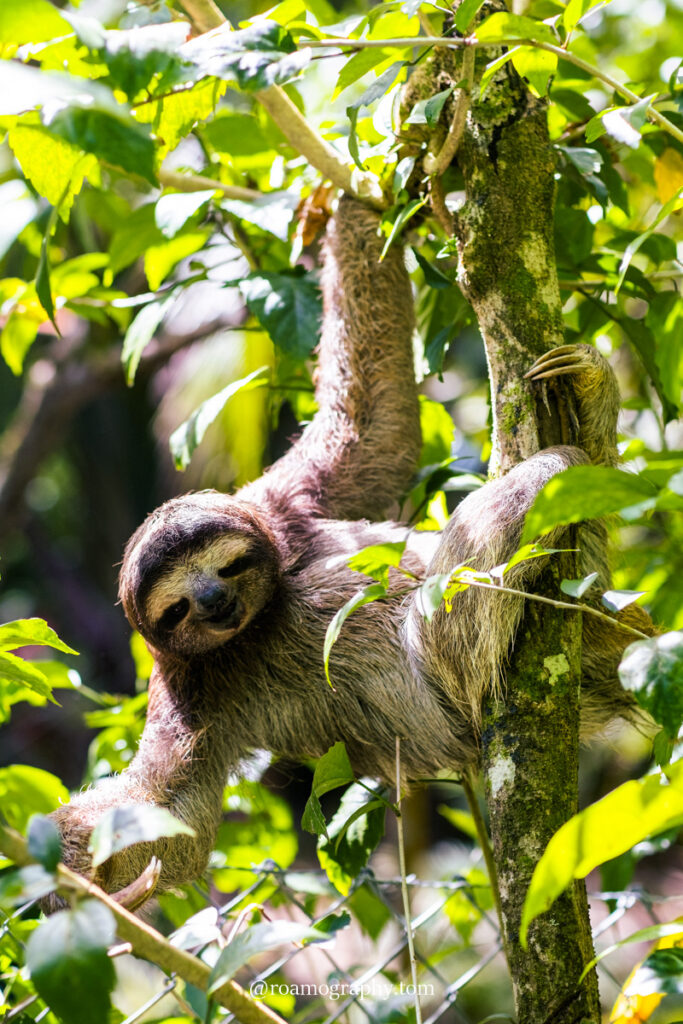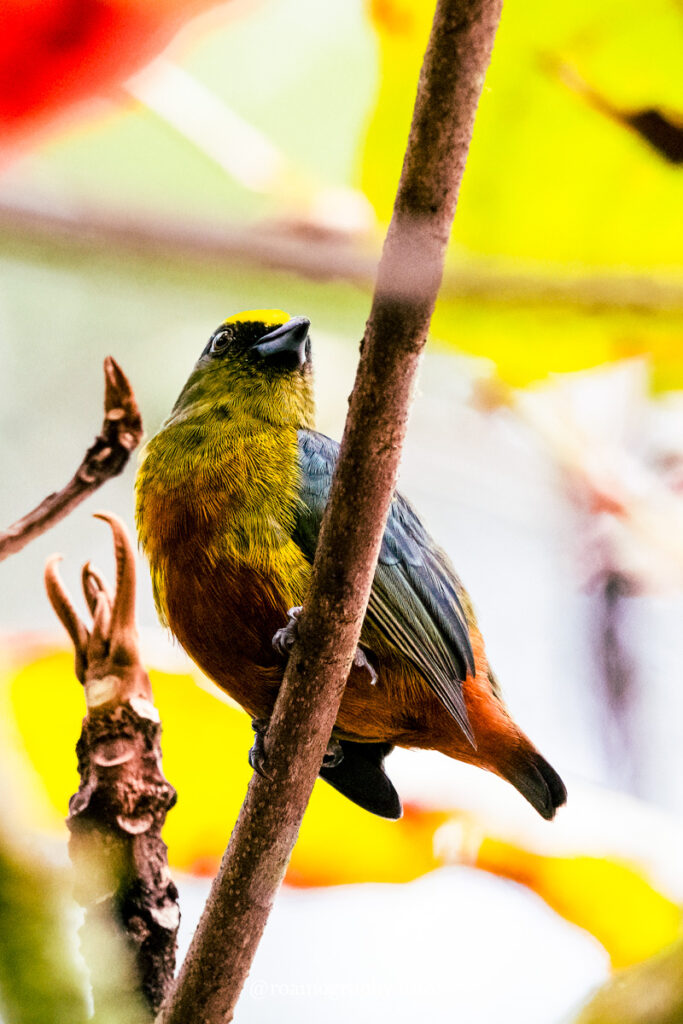Almirante|Bocas del Toro|David|Boquete|Palmira|Gualaca|3 Cascadas|Barú|Panama City|Canal|Colón|Portobello|Puerto Lindo
(Each destination follows this pattern: English text 1st, photos 2nd, Polish text 3rd/najpierw po angielsku, potem zdjęcia, potem po polsku)
After a bus journey (with a change at the somewhat chaotic border), we arrive in Almirante, a town where there is virtually nothing to see, but there is some peace and quiet and… the sweetest papayas we have ever tasted. There is also the “black” district, which everyone warns us about, but somehow nothing terrible happened to us there. Finally, there are plenty of containers with the logo of Chiquita – the infamous North American banana hegemon, known for destroying Central America’s economy and environment.
We’re sitting in our all-wooden hostel and planning our next step, when a crew of somewhat dirty Danes shows up and we strike up an interesting conversation. It turns out that they came here from Denmark on a unique boat – several decades old and based on a 19th century construction. The age is taking its toll, pretty much everything needs repair and these repairs are busy every day (hence the sinking). We are offering to help seal the holes in Itilia (that’s the name of the boat, and she is full of holes indeed). In the midst of the repair work, an idea comes up: since our Danish colleagues have to go back home soon, and in this state Itilia is certainly not going to set sail, why don’t they moor her in a nearby marina and let us stay on her (and while living we will repaint this and that)?
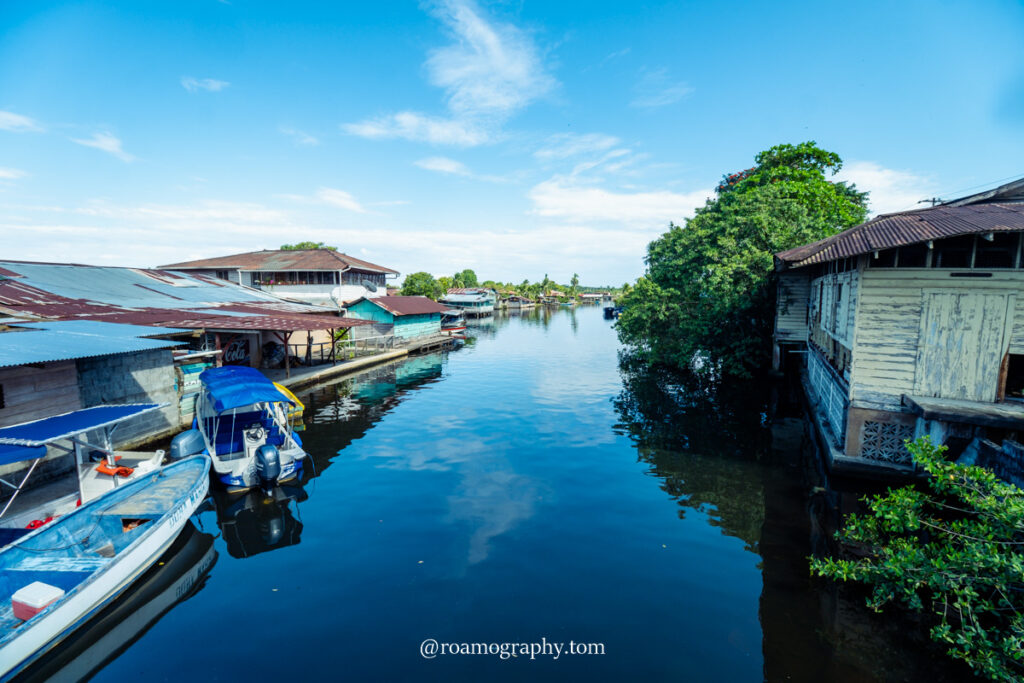
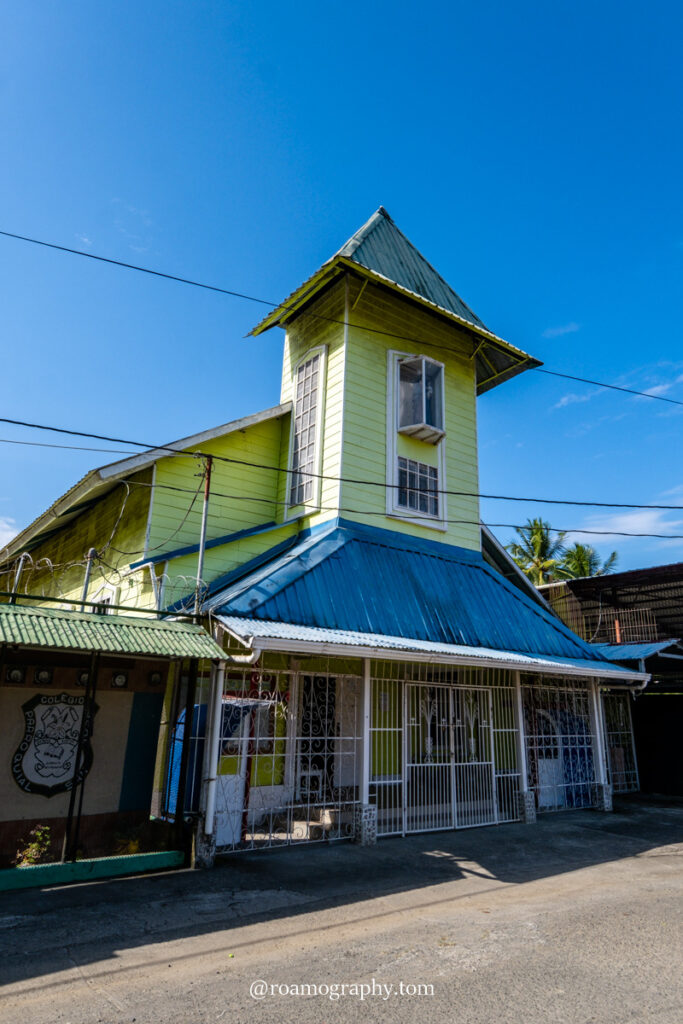

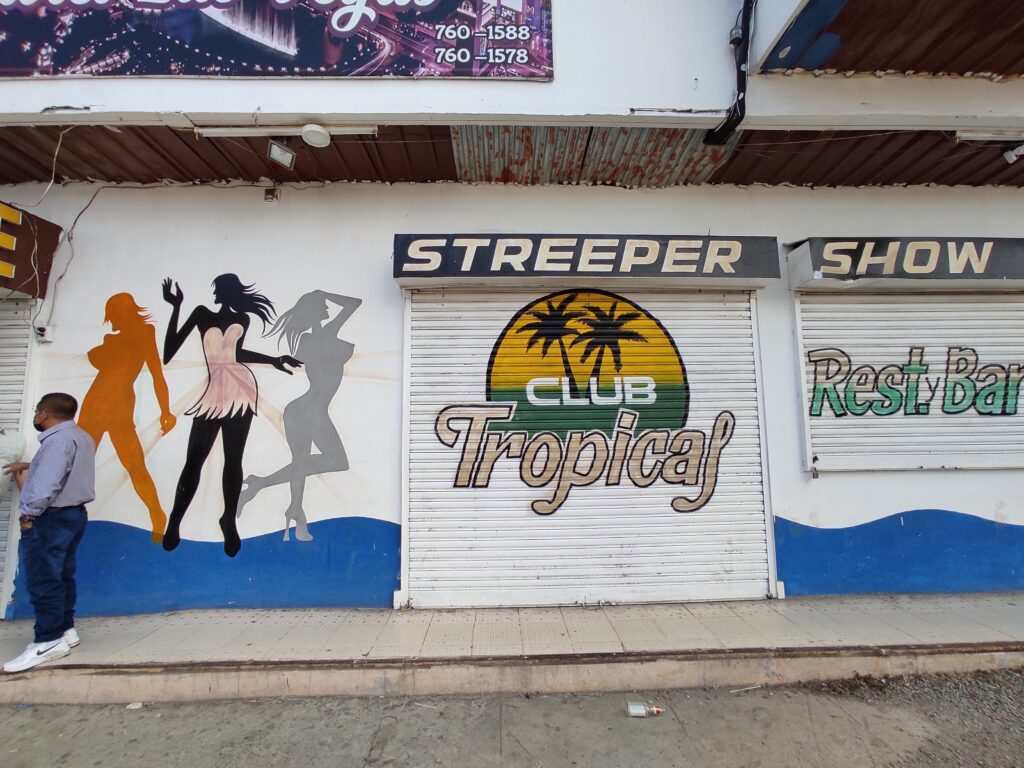


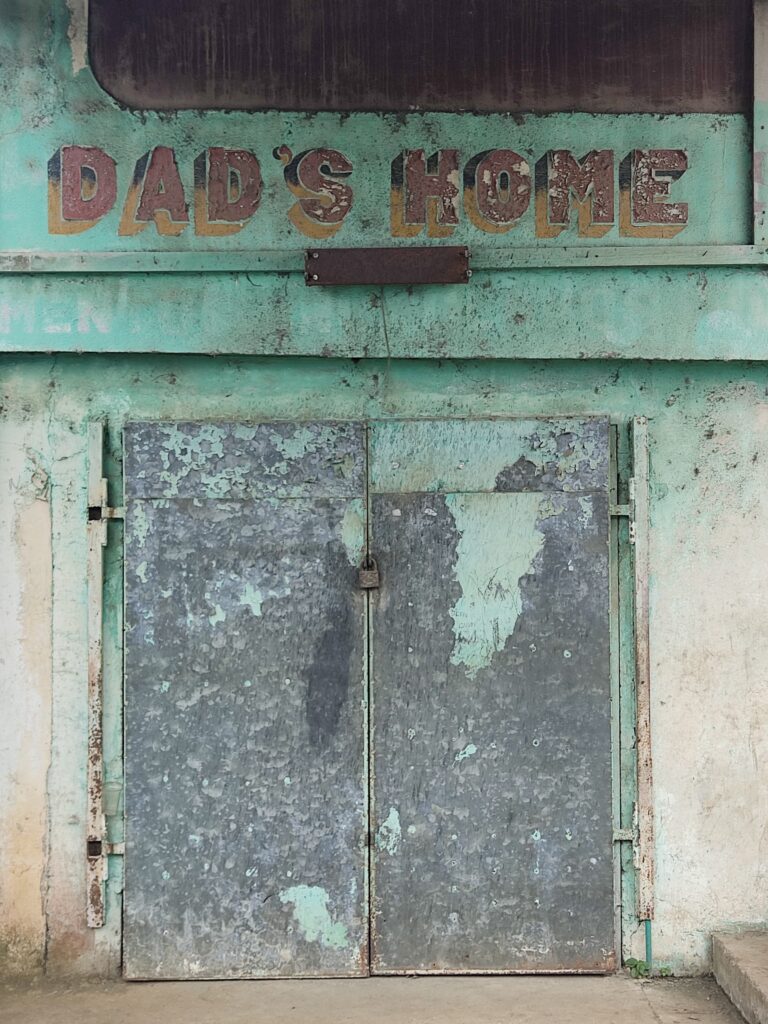
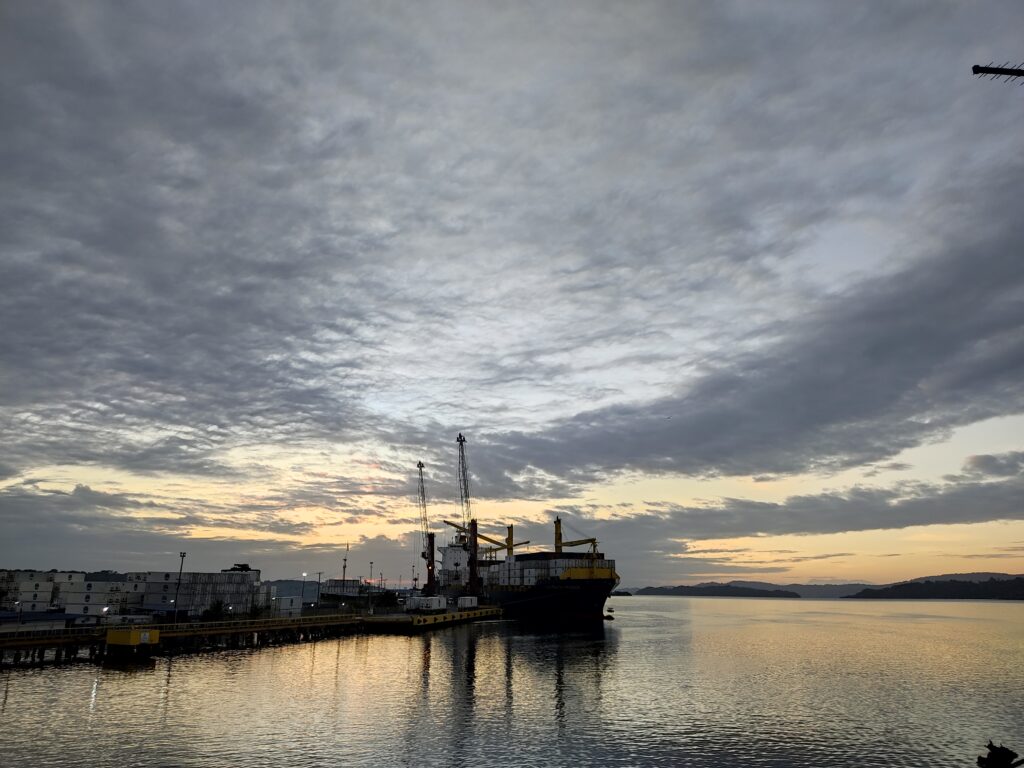
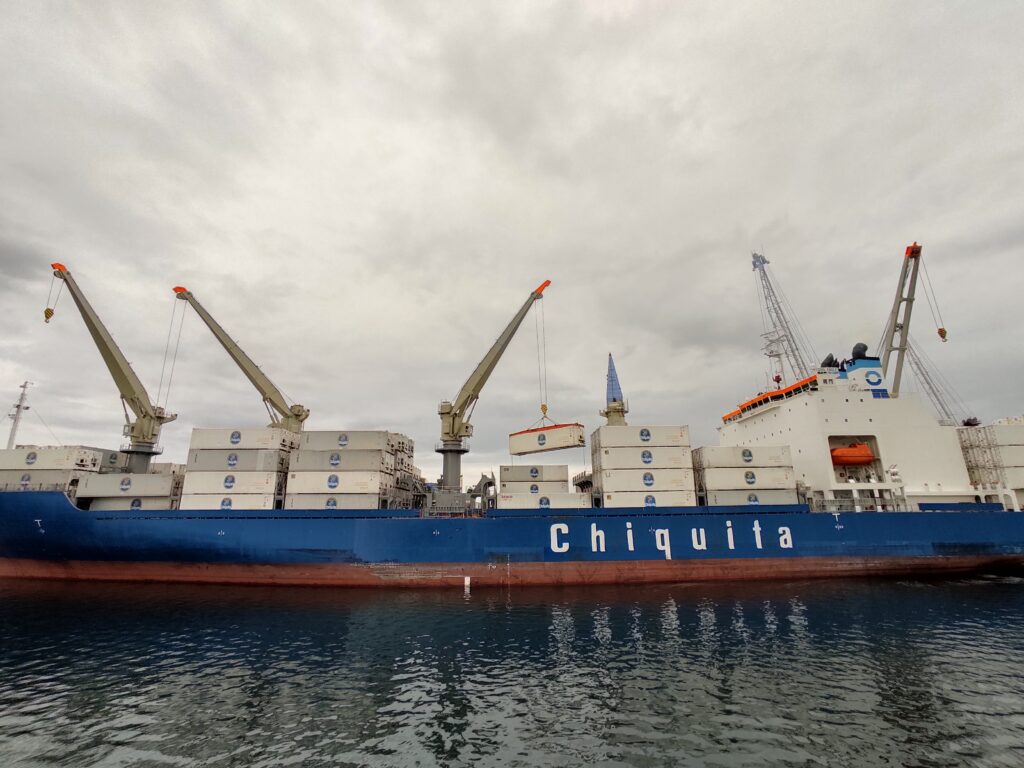
Almirante
Po podróży autobusowej (z przesiadką na nieco chaotycznej granicy) docieramy do Almirante, miasteczka, w którym właściwie nic nie ma, ale jest za to jako-taki spokój i… najsłodsze papaje, jakich kiedykolwiek próbowaliśmy. Jest też „czarna” dzielnica, przed którą wszyscy przestrzegają, ale nam jakoś nic strasznego się tam nie przydarzyło. Jest tu wreszcie mnóstwo kontenenerów z logo Chiquita – niesławnego północnoamerykańskiego bananowego hegemona, znanego z niszczenia ekonomii i środowiska Ameryki Centralnej.
Siedzimy sobie w naszym drewnianym hosteliku i planujemy ciąg dalszy, gdy zjawia się w nim ekipa umorusanych Duńczyków, z którymi wdajemy się w ciekawą rozmowę. Okazuje się, że przypłynęli tu z Danii na wyjątkowej łajbie – kilkudziesięcioletniej, a powstałej na bazie XIX-wiecznej konstrukcji. Wiekowość ta daje się coraz bardziej we znaki, właściwie wszystko jest do naprawy i tą naprawą są codziennie zajęci (stąd umorusanie). Ofiarujemy się pomóc w zaklejaniu dziur w Itilii (to imię łajby, a dziur naprawdę tu sporo!). W trakcie prac naprawczych powstaje taki oto pomysł: ponieważ nasi duńscy koledzy muszą niedługo wracać do siebie, a w tym stanie Itilia na pewno nie wyruszy w rejs, to może zacumują ją w pobliskiej przystani i pozwolą nam na niej mieszkać (a mieszkając odmalujemy to i owo)?
We do some shopping, cross over to the town of Bocas del Toro, a tourist favourite, buy up what we couldn’t get in Almirante and move to the marina on Solarte Island. For more than a week, our home will be the welcoming and rustic Itilia (inhabited by sociable cockroaches) and a stretch of the pier where a few other vessels are moored. Here we meet, among others, a Brazilian couple tidying up their luxury yacht while their two dogs try not to fall into the gaps between the planks of which the pier is made. Other than that, we pass our days kayaking along the island, listening to the silence and splashing in the cool water.
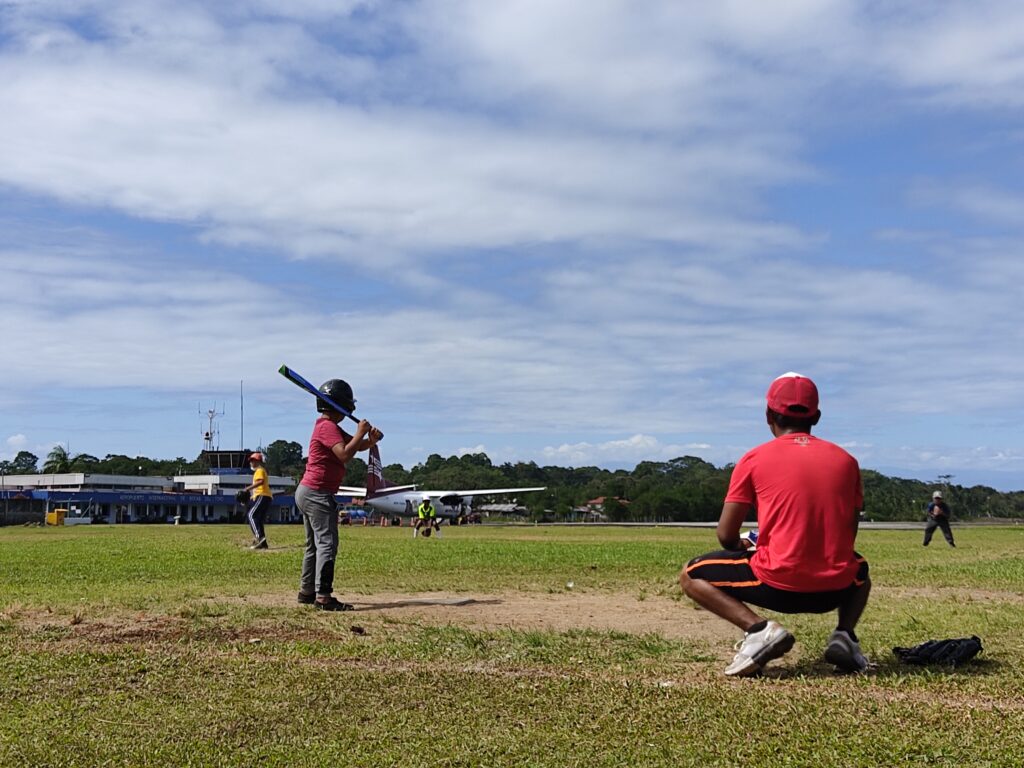

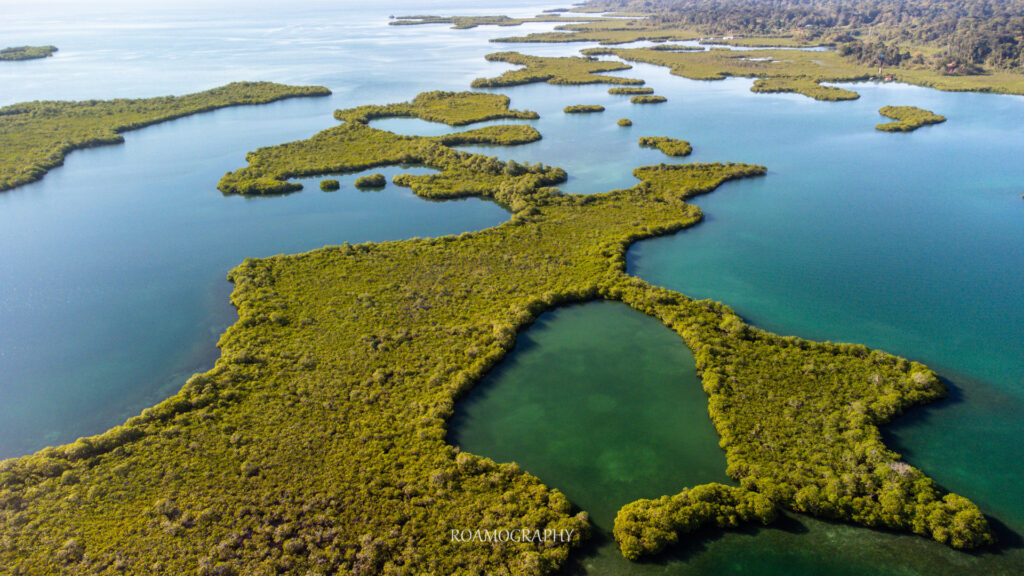
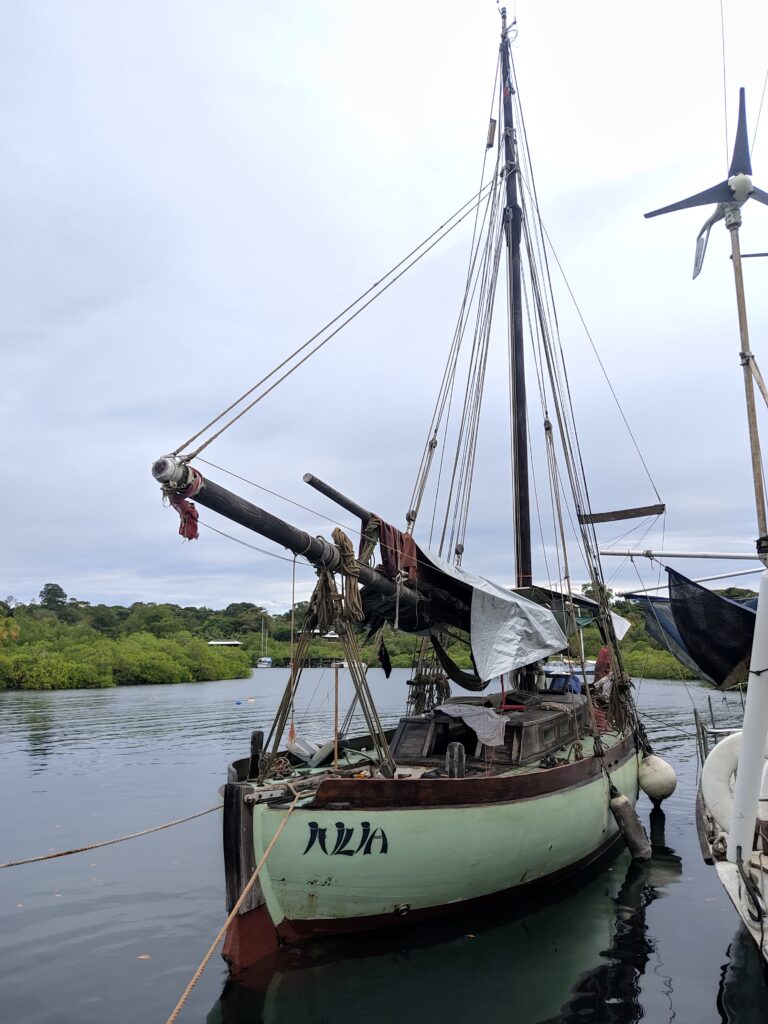
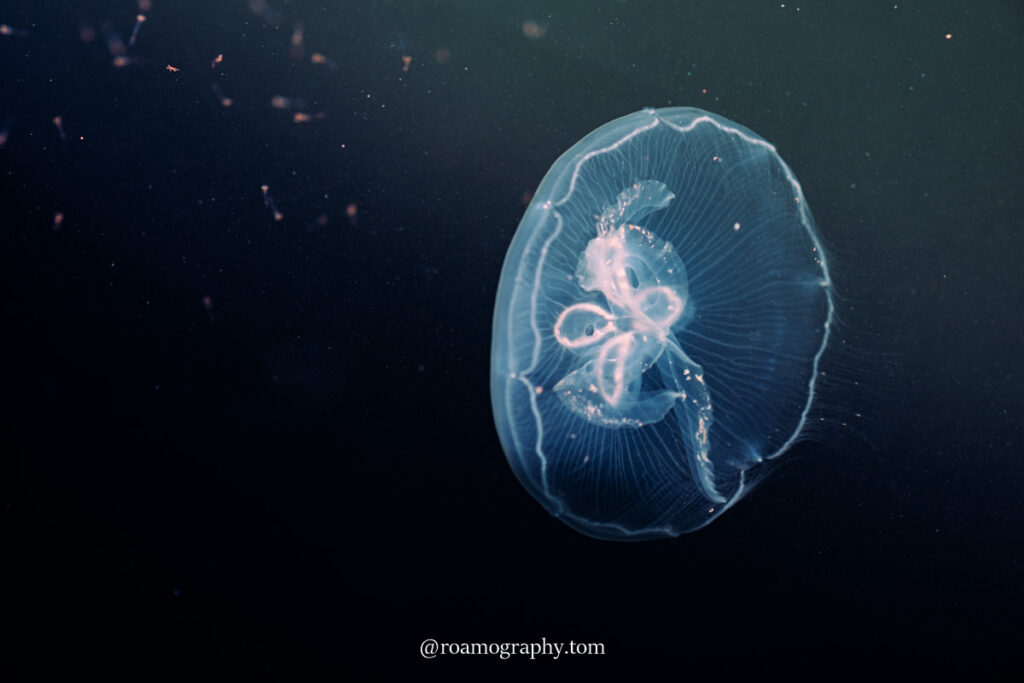
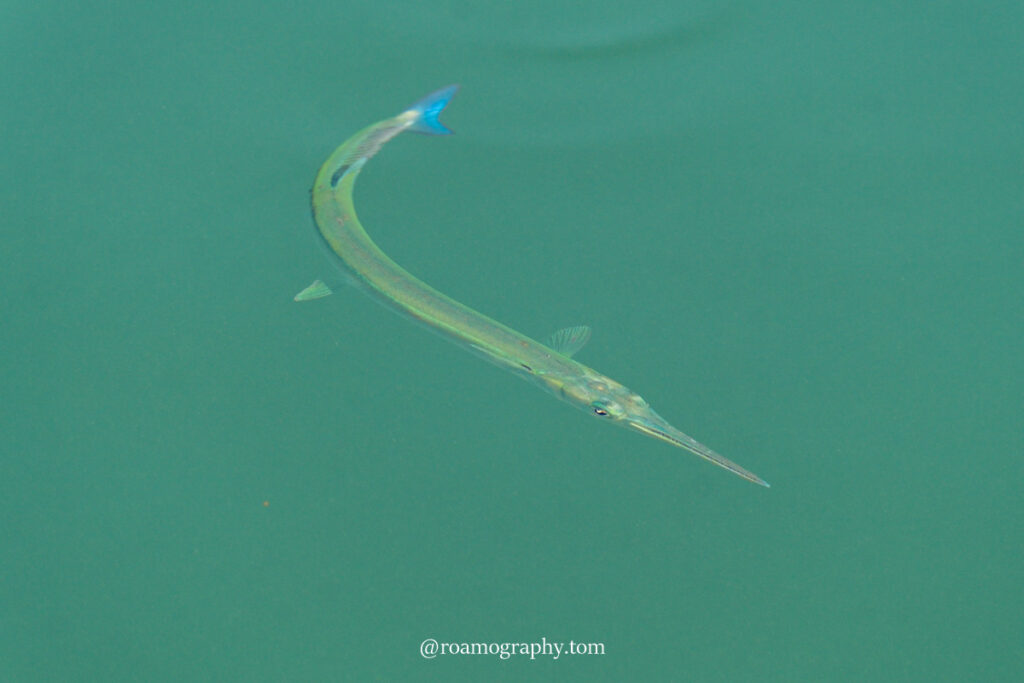
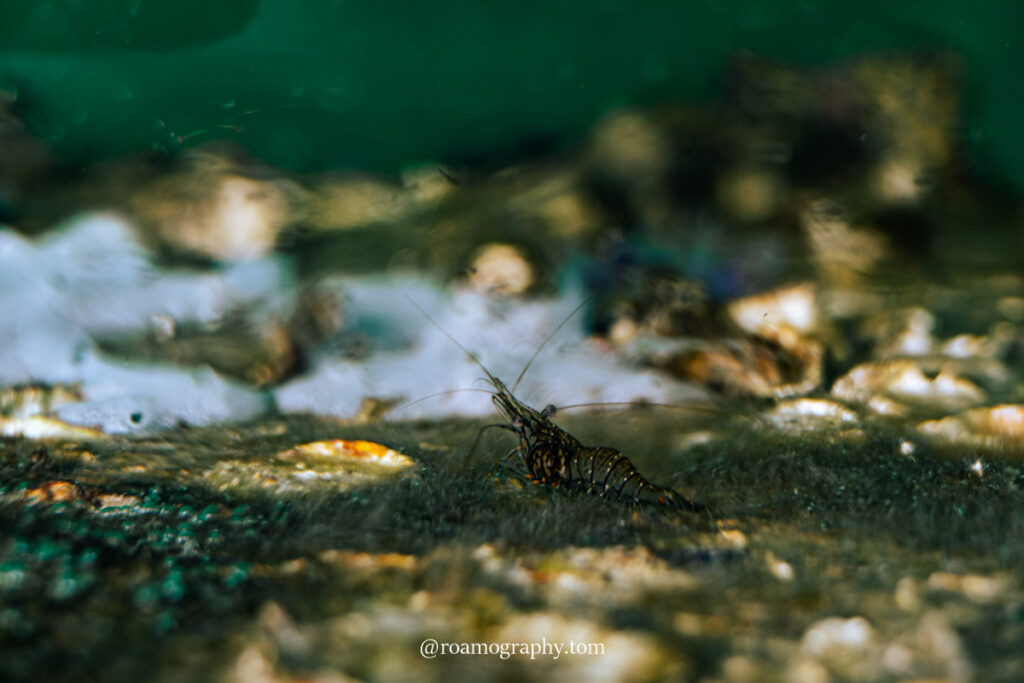
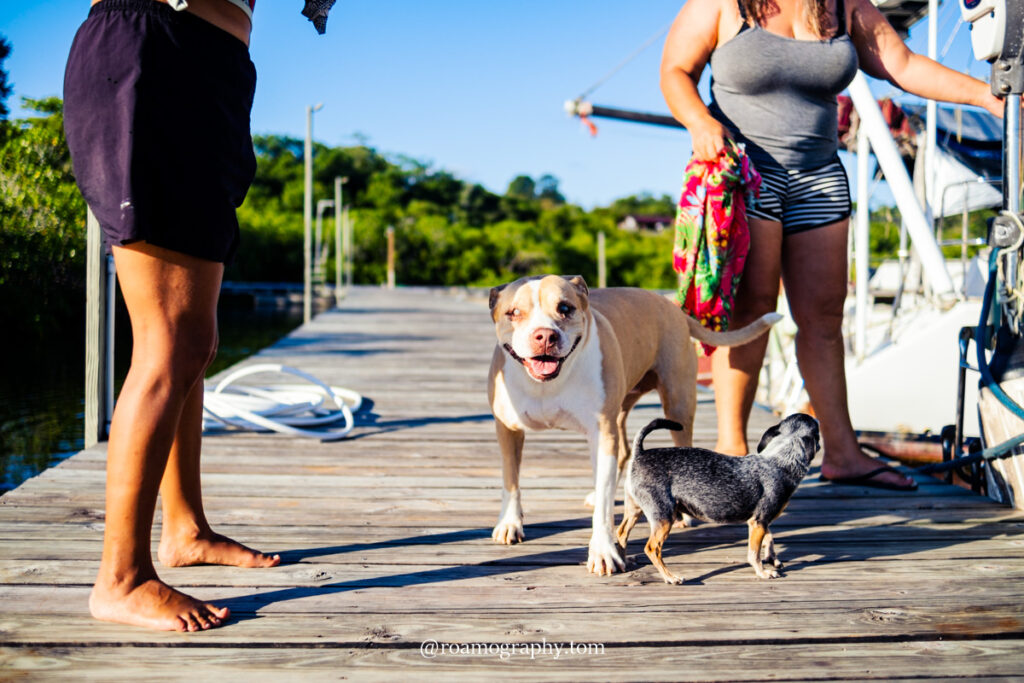
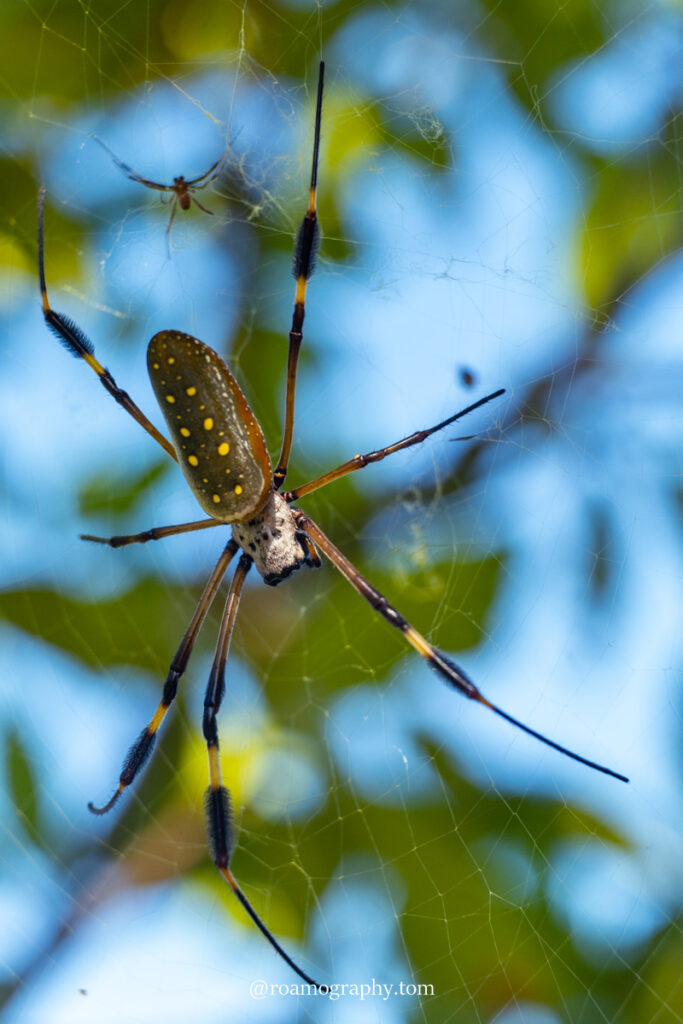
Bocas del Toro
Robimy zakupy, przeprawiamy się do Bocas del Toro, ulubionej przez turystów miejscowości, dokupujemy to, czego nie mogliśmy dostać w Almirante i przenosimy się do przystani na wyspie Solarte. Przez ponad tydzień naszym domem będzie gościnna i rustykalna Itilia (zamieszkana przez towarzyskie karaluchy) oraz kawałek pomostu, przy którym zacumowało parę innych jednostek. Spotykamy tu m.in. brazylijską parę, porządkującą swój luksusowy jacht, podczas gdy ich dwa psy próbują nie wpaść w szczeliny między deskami, z których zbito pomost. Poza tym, dni mijają nam na pływaniu kajakiem wzdłuż wyspy, wsłuchiwaniu się w ciszę i pluskaniu się w chłodnej wodzie.
This is a sizable and quite well-managed town, where we stop on our way to Boquete. We settle here for a few days as we order new backpacks online (we are running out of space in the old ones). As we wait, we are tormented by the neighbours one floor below who, at night, are secretly renovating their business premises, making noise so hard that the whole building shakes.
The city itself, although giving the impression of being clean and safe (and that is quite a compliment in countries of this region), does not particularly impress us. The most interesting attraction is the park in the heart of the city, full of iguanas eagerly posing for photos. While waiting for our backpacks, we make a trip to the Cascada Chorcha waterfall. However, we don’t check in advance that we are doing it at the right time, because in the dry season (i.e. right now!), there is barely any water dripping there. Nonetheless, we can consider the trip a success – we listened to the birds, saw some countryside landscapes and, in the end, soaked our feet in a puddle which, in the rainy season, will swell with water and then move towards a rocky overhang from which the supposedly beautiful waterfall will shoot.
And on the way back to town, it turns out that the route is thoroughly blocked – there are farmerprotests happening, which makes the main highway connecting David to the capital city unusable.
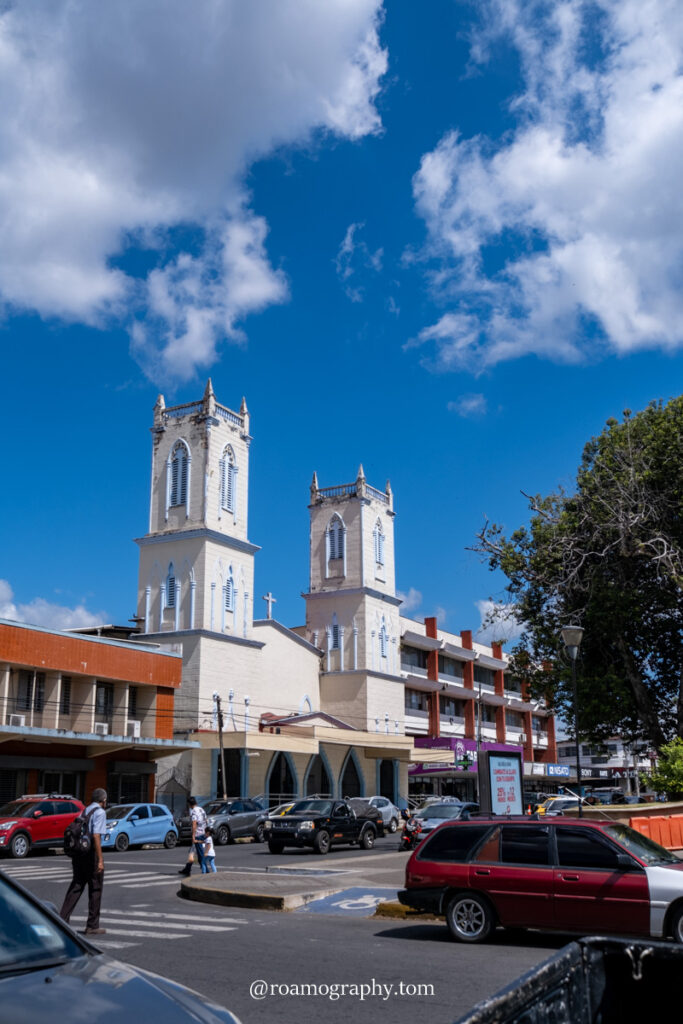

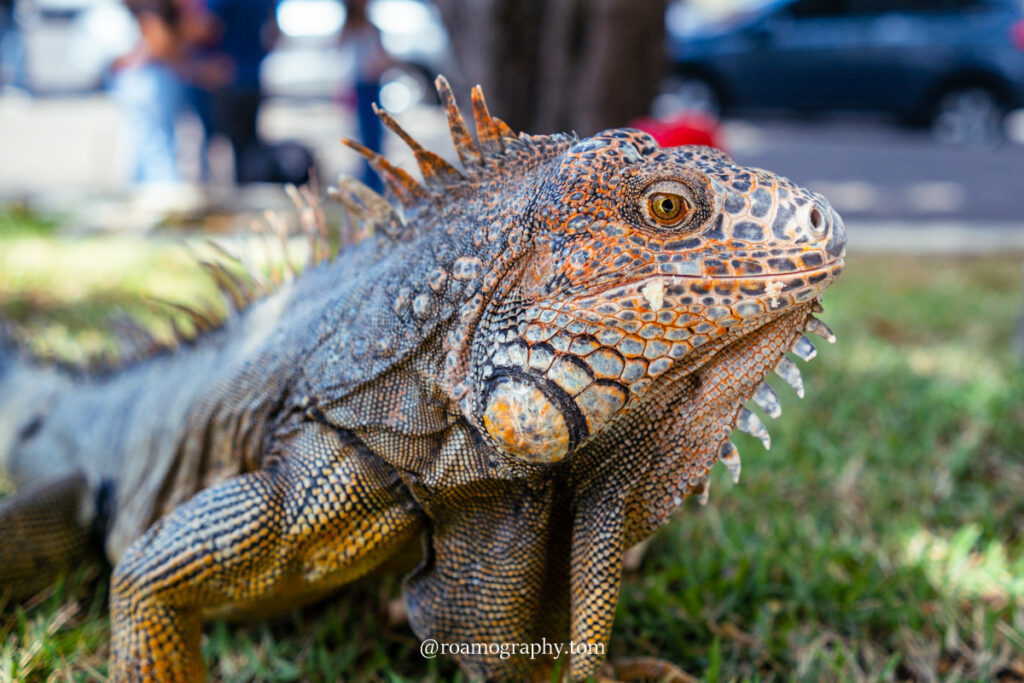
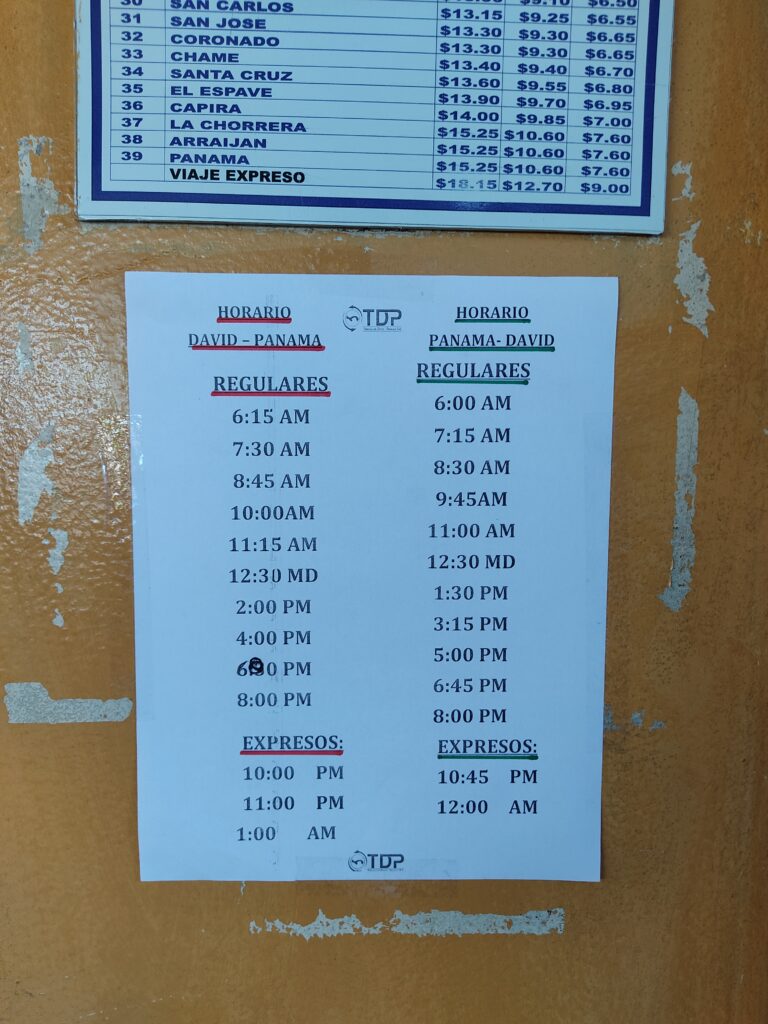
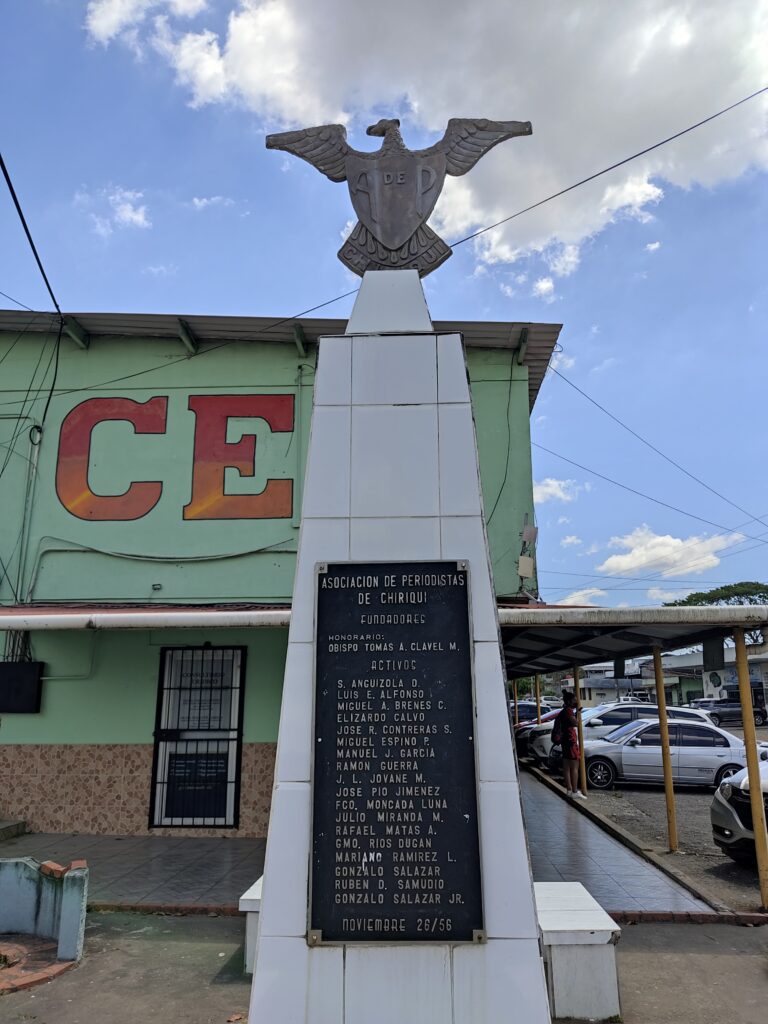
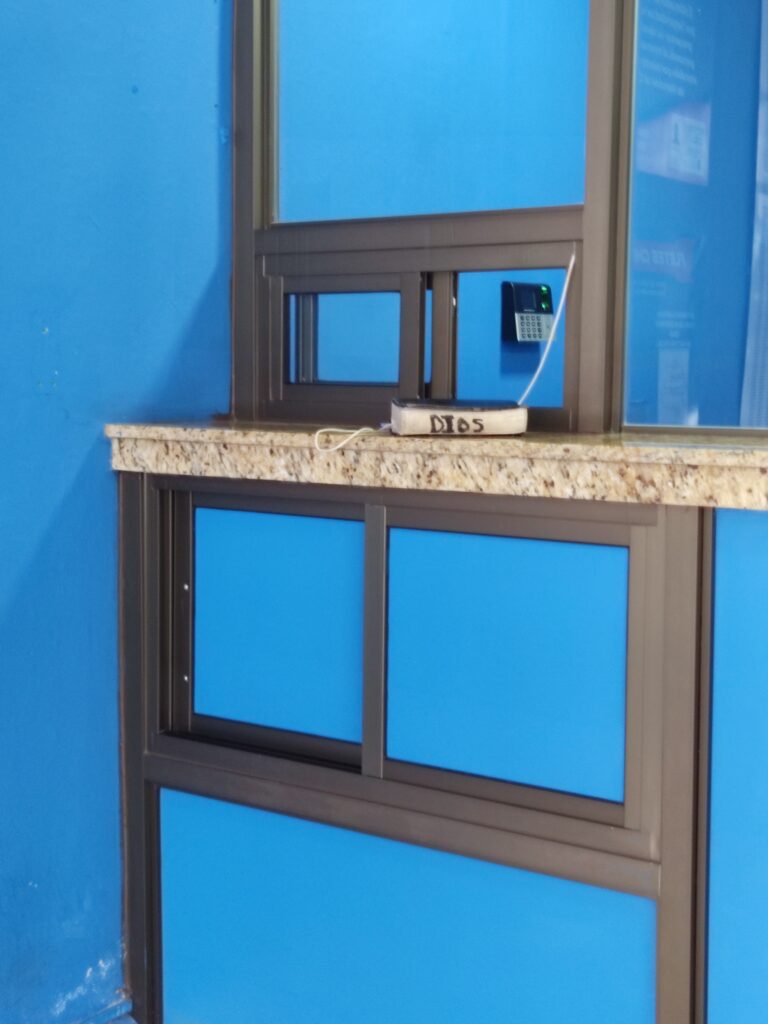

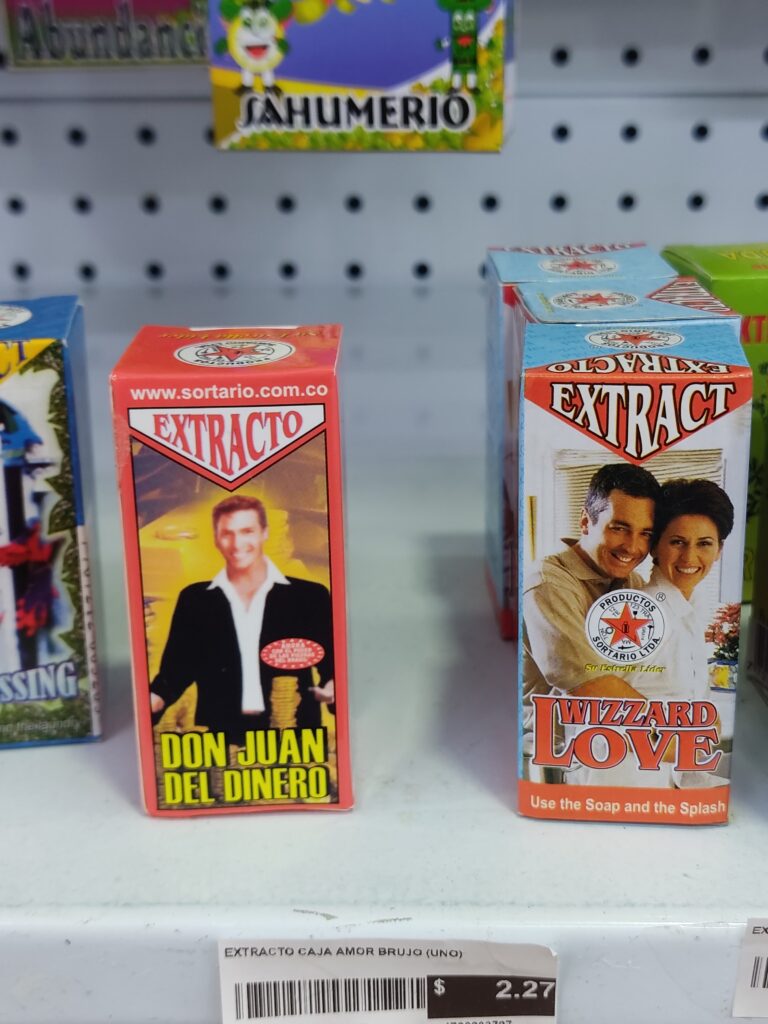
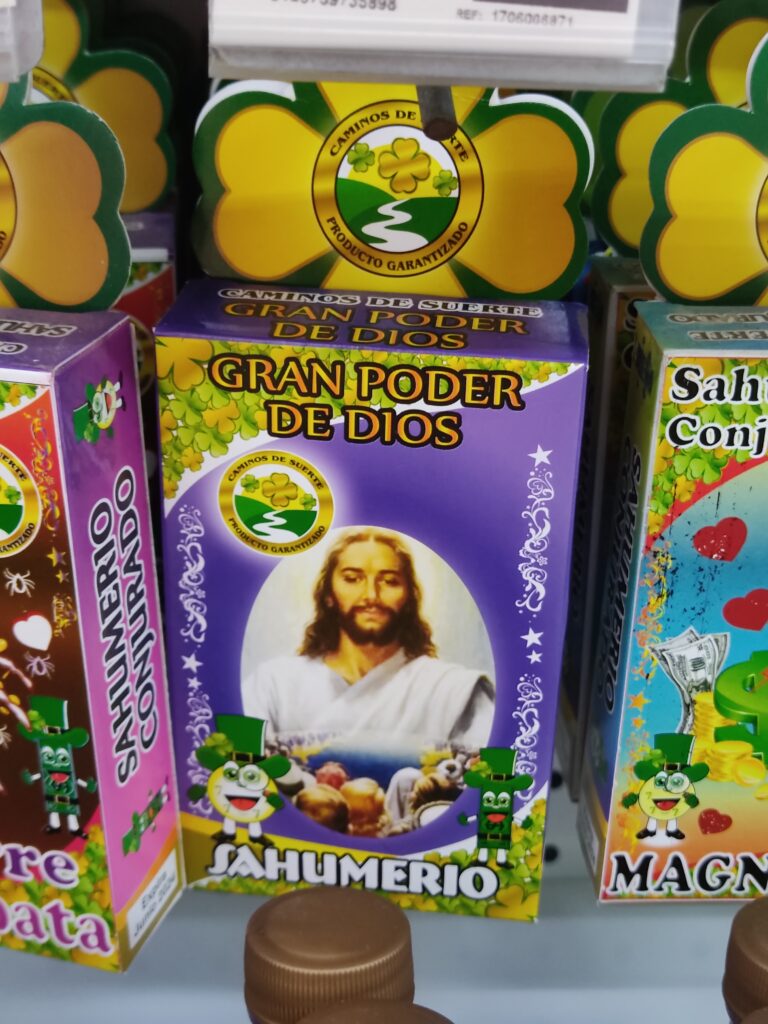
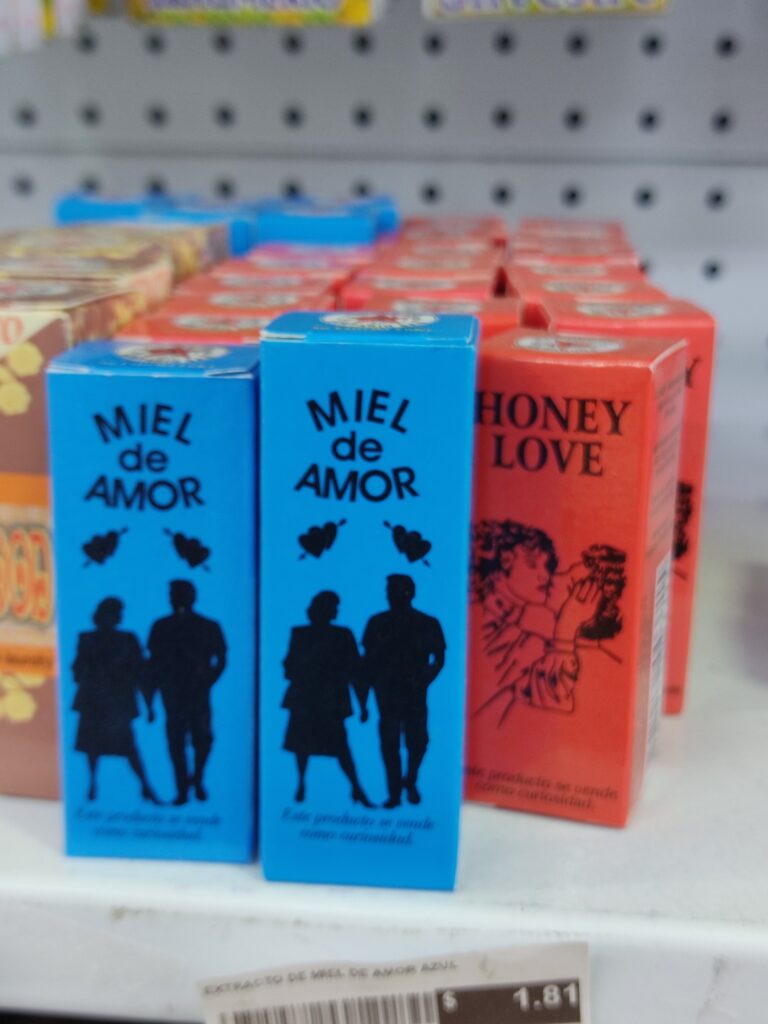
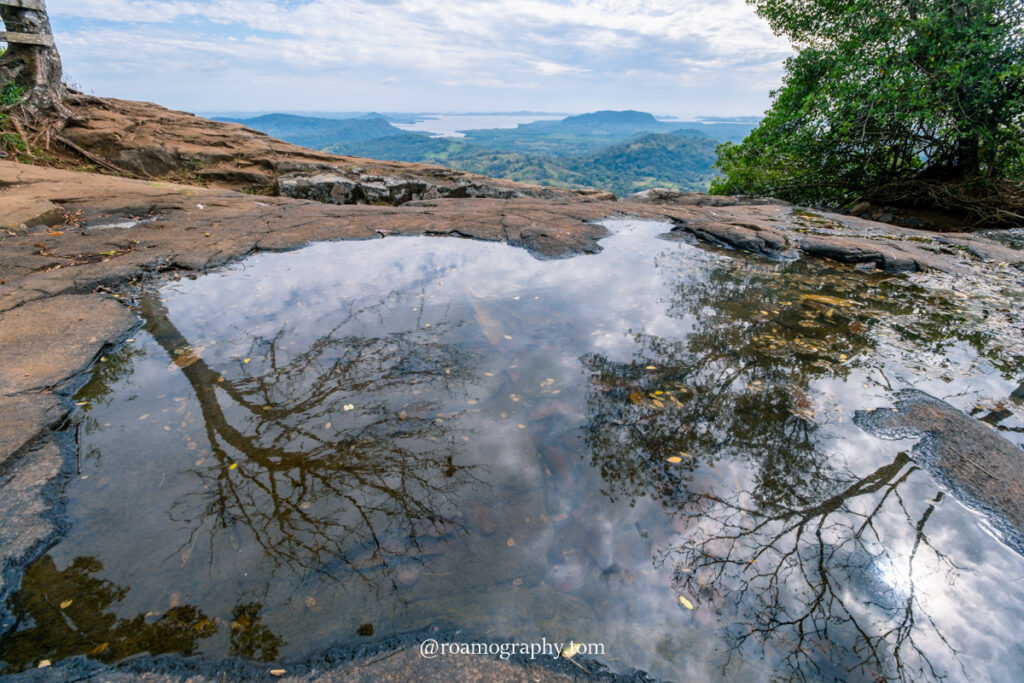
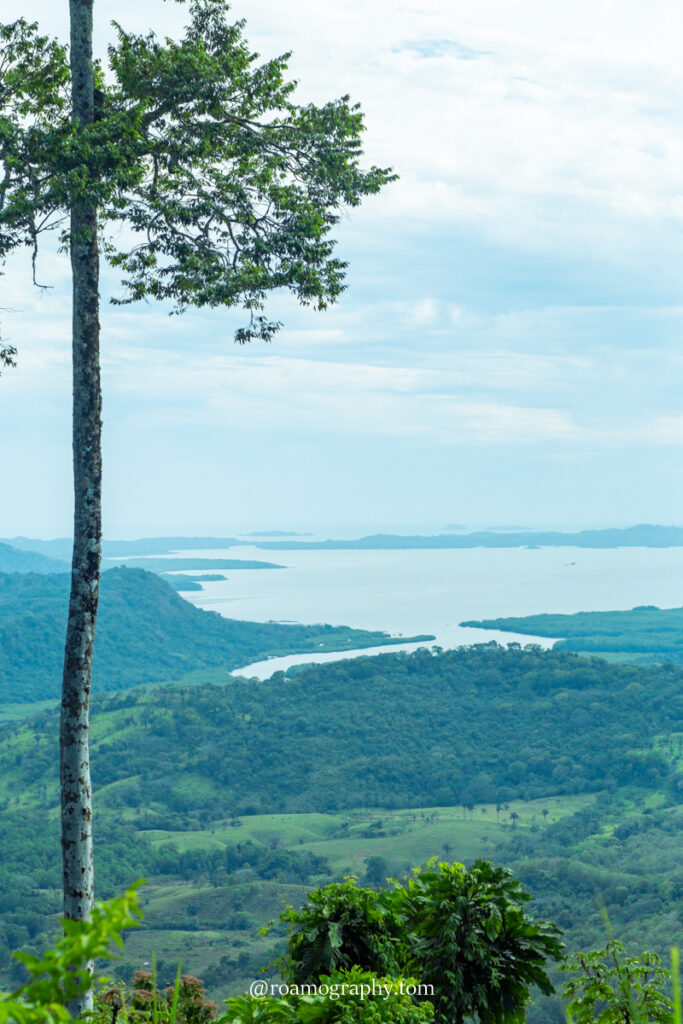

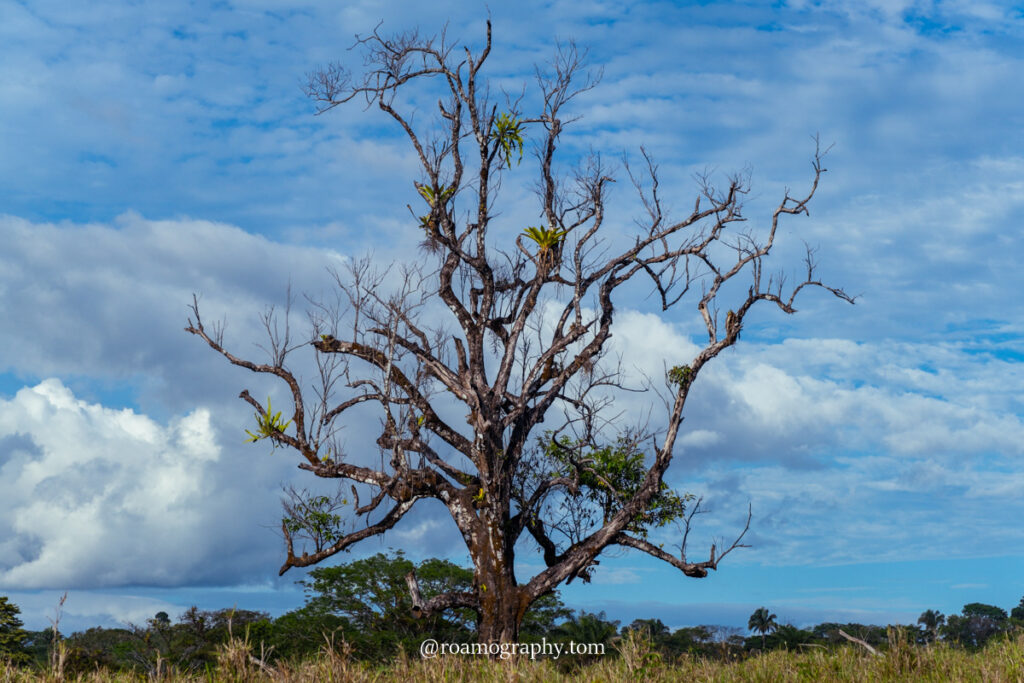
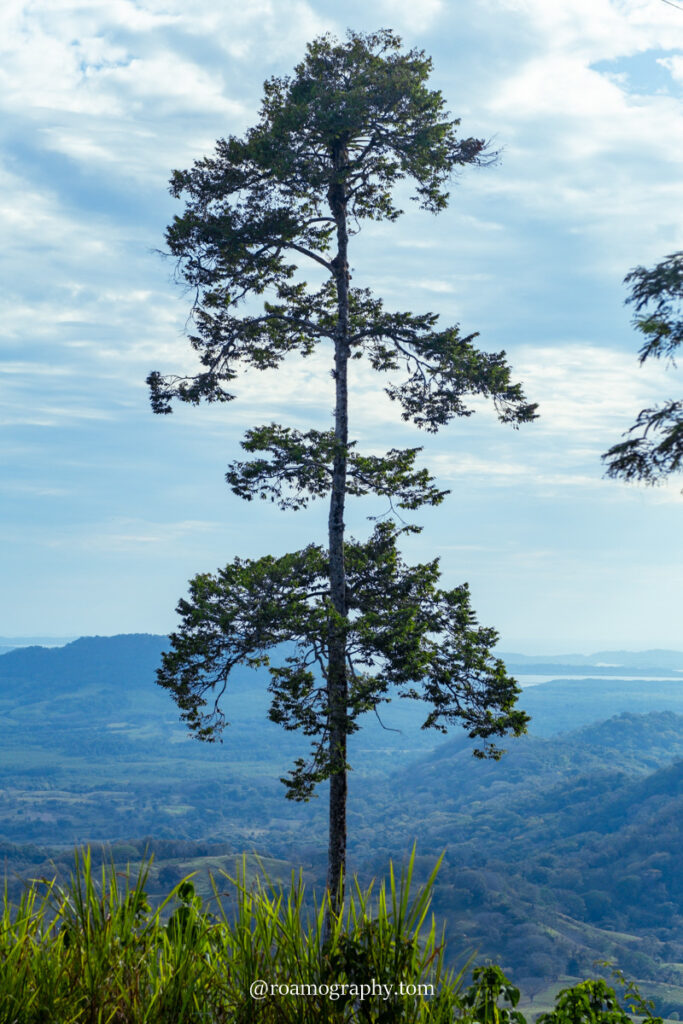
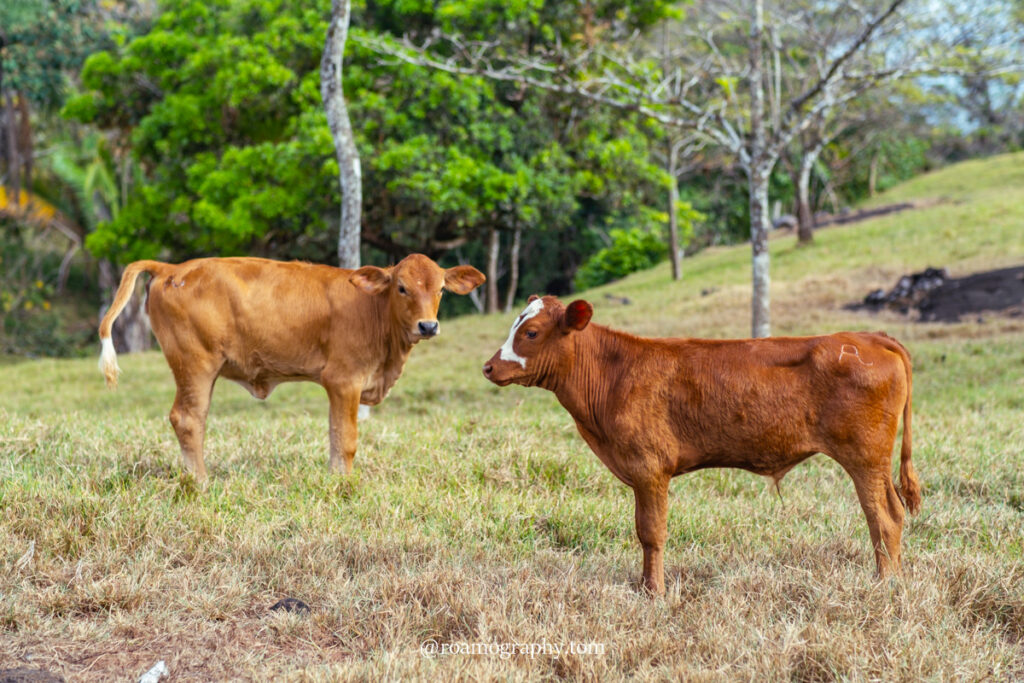

David
To spore i całkiem ogarnięte miasto, w którym zatrzymujemy się w drodze do Boquete. Osiadamy tu na kilka dni, bo zamawiamy internetem nowe plecaki (w starych powoli przestajemy się mieścić). Czekając, jesteśmy dręczeni przez sąsiadów piętro niżej, którzy w nocy, potajemnie remontują swój lokal usługowy, hałasując aż budynek się trzęsie.
Samo miasto, choć sprawia wrażenie czystego i bezpiecznego (a w krajach tego regionu to nie byle jaki komplement), to jakoś specjalnie nas nie zachwyca. Najciekawszą atrakcją jest park w sercu miasta, pełny chętnie pozujących do zdjęć iguan. W oczekiwaniu na plecaki robimy sobie wypad do wodospadu Cascada Chorcha. Nie sprawdzamy jednak zawczasu, czy robimy to w odpowiednim momencie, bowiem w porze suchej (czyli właśnie teraz!) ledwie coś z niego kapie. Mimo to, wypad możemy uznać za udany – nasłuchaliśmy się ptaszków, zobaczyliśmy trochę wiejskich pejzaży i na koniec pomoczyliśmy nogi w kałuży, która w porze deszczowej nabierze objętości, a potem ruszy w stronę skalnego nawisu, z którego wystrzeli – ponoć piękny – wodospad.
A w drodze powrotnej do miasta okazuje się, że trasa jest nieźle przyblokowana – trwają protesty rolników, którzy postanowili zatarasować główną autostradę łączącą David ze stolicą.
We arrive in Boquete, a preferred destination for older expats from the north of America – a favourite because of its very healthy climate, stable temperatures (not too high, but just right) and nice landscapes (though also without extreme sensations – just the right kind of nice). The result of this invasion are prices which, in an already expensive country by Latin American standards, have shot up through the ceiling. This applies to property prices, but also to daily necessities, food and especially accommodation, meals and drinks in restaurants and cafés (by the way, the coffee from this region has a very good reputation). We squeeze into a dormitory at the Blasina hostel, where we meet a very friendly Argentinian couple – Sol and Jonathan. They travel the Americas offering their craft and art services, creating interior (and exterior) design elements from wood. We also meet Magda from Krakow and Joanna, half Polish – half British. Both girls will join us in a short while in Palmira, which is our next stop.
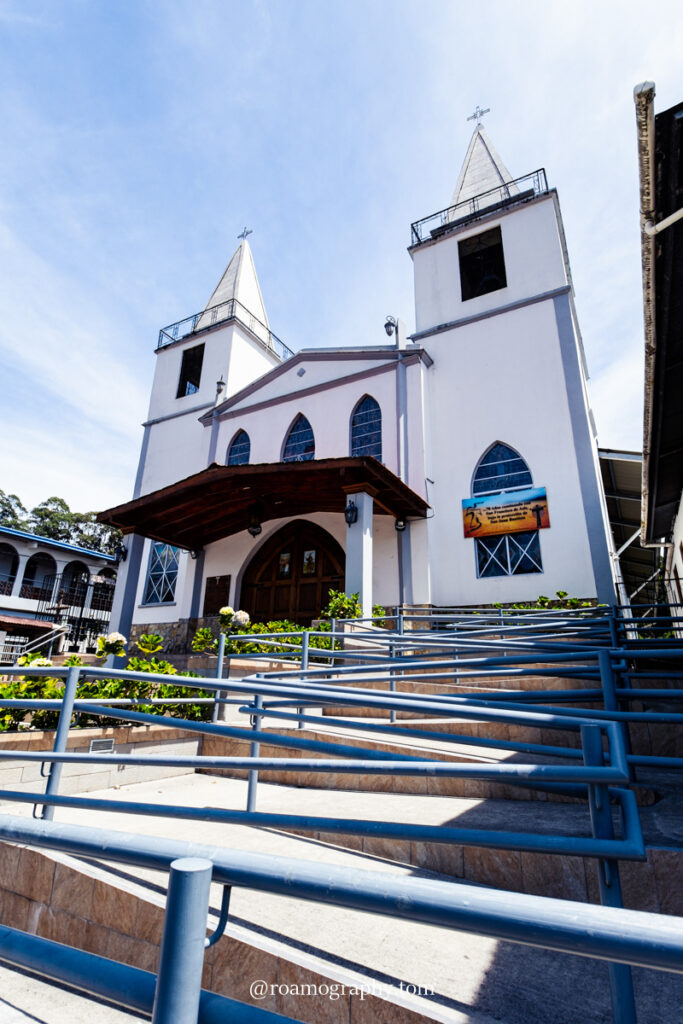
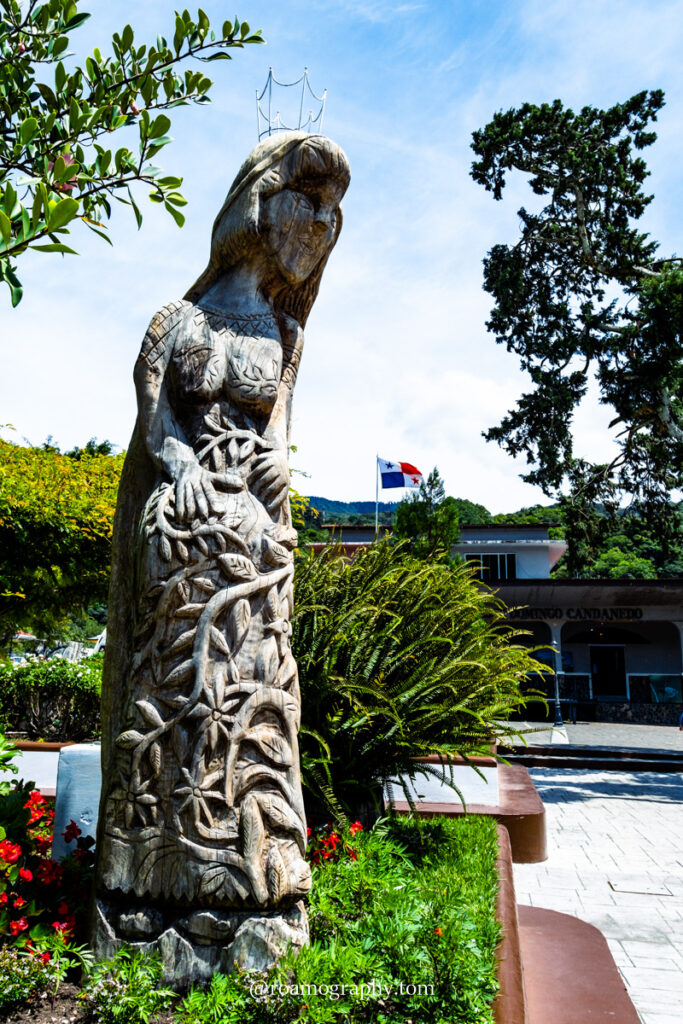
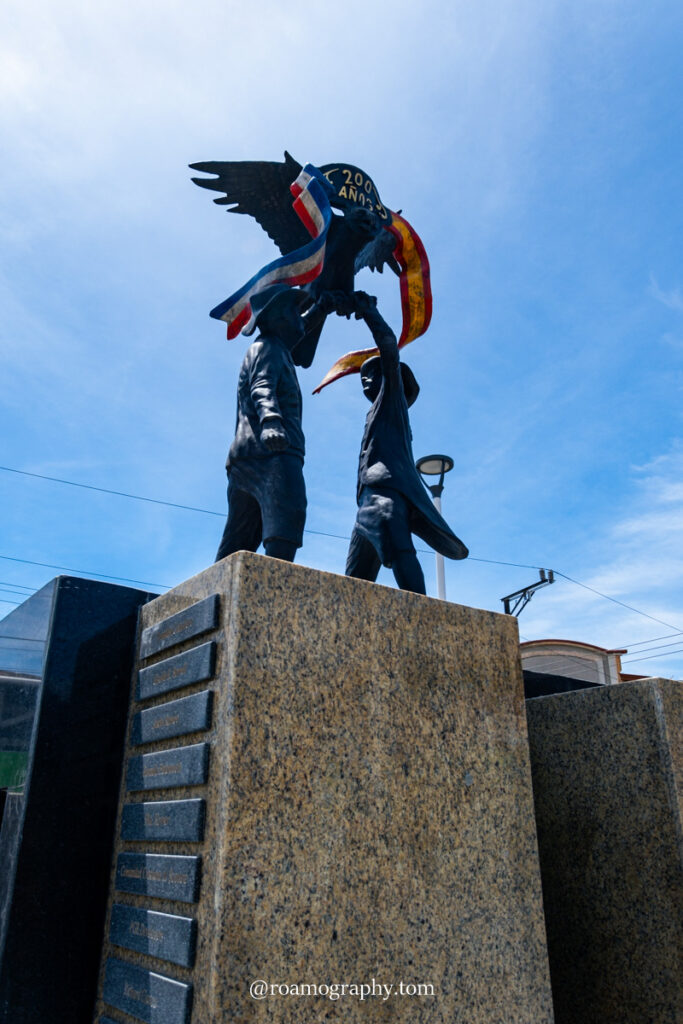

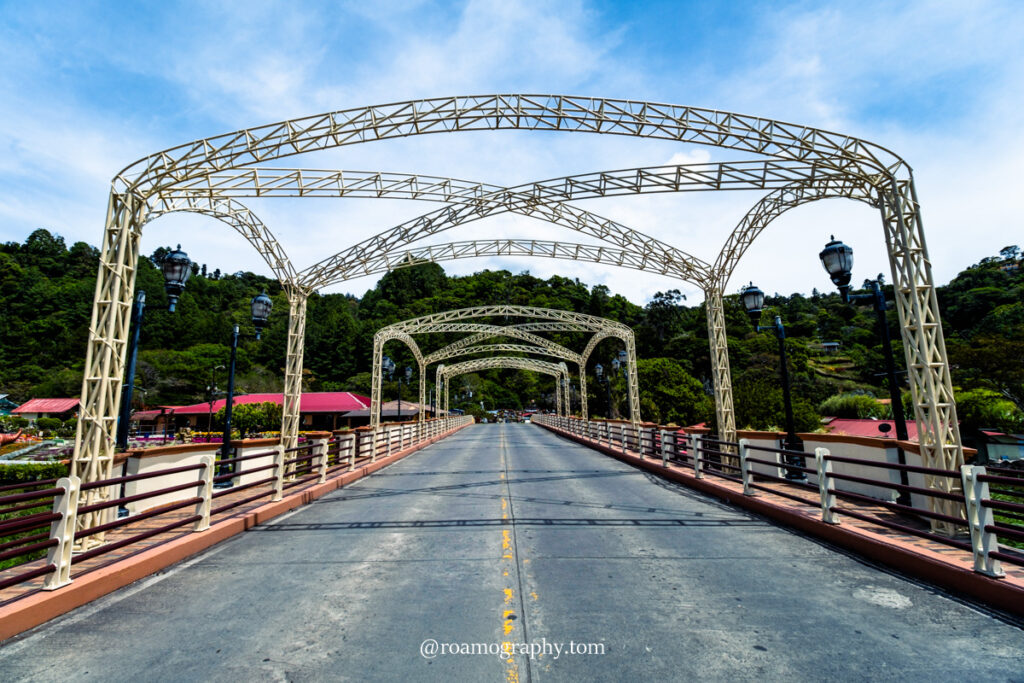
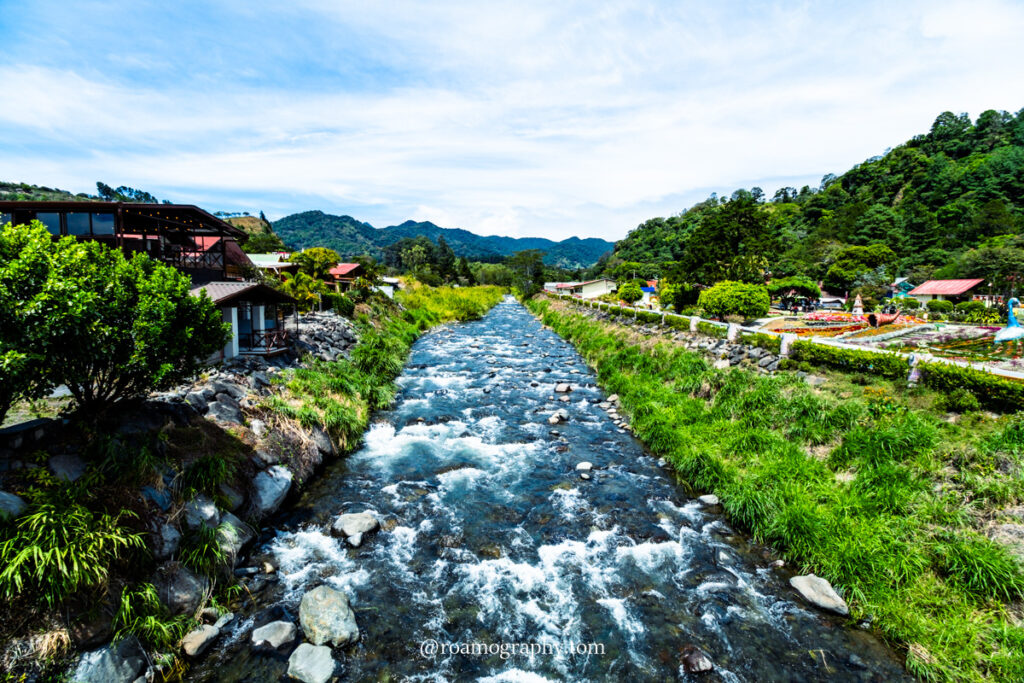

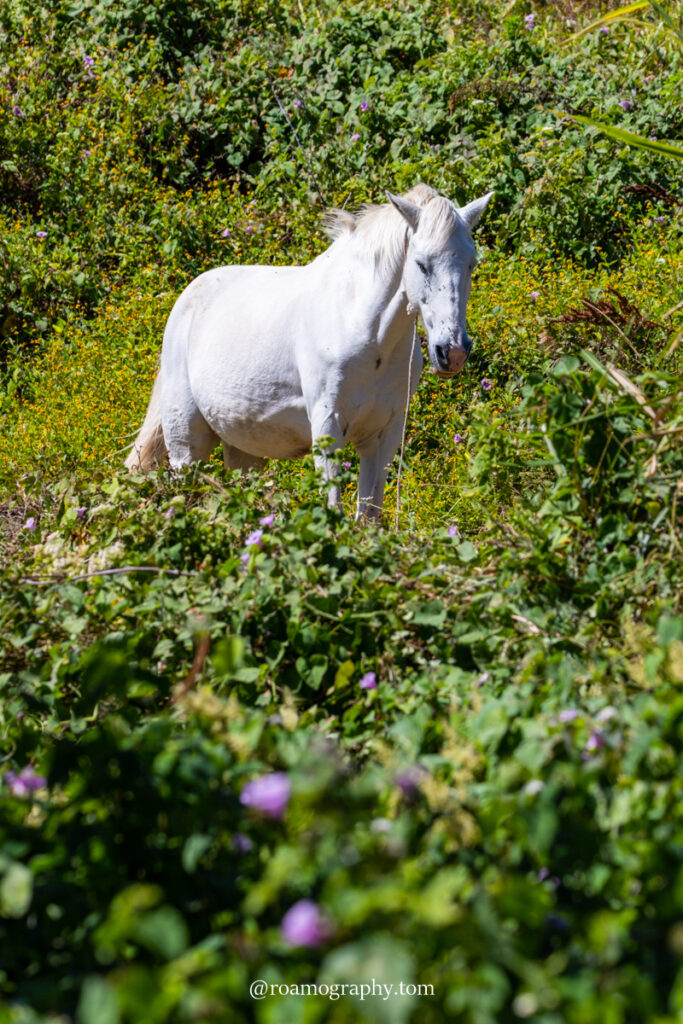
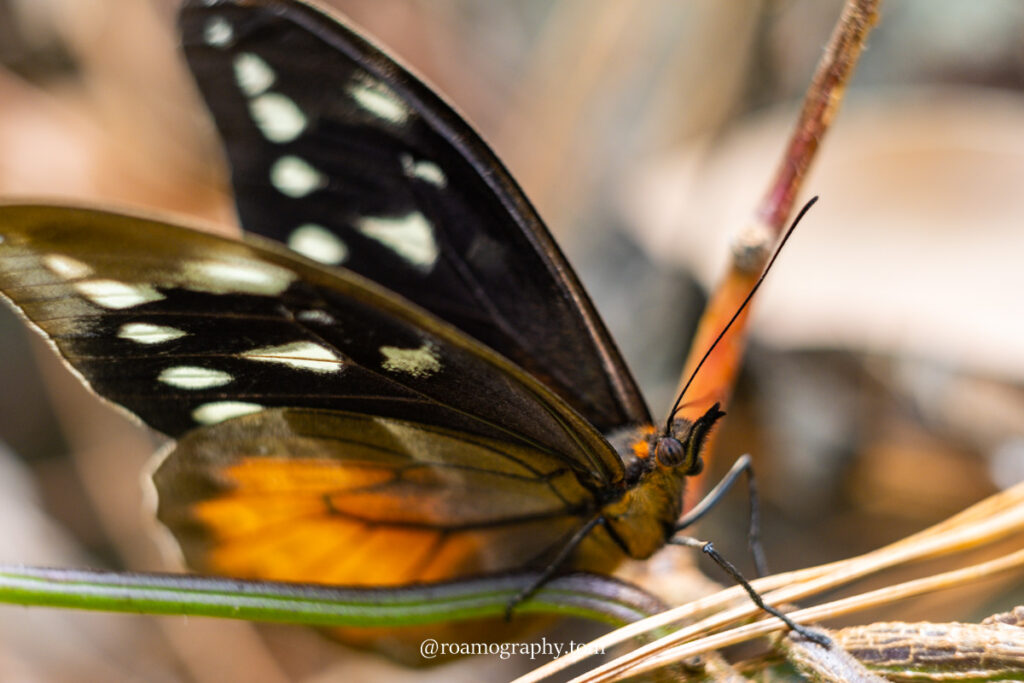

Boquete
Docieramy do Boquete, ulubionego miejsca starszych ekspatów z północy Ameryki – ulubionego, ze względu na bardzo zdrowy klimat, stabilne temperatury (nie za wysokie, lecz w sam raz) oraz ładne pejzaże (choć też bez ekstremalnych doznań – po prostu w sam raz). Skutkiem tego szturmu są ceny, które, w i tak już drogim jak na standardy latynoamerykańskie kraju, wystrzeliły powyżej poziomu przyzwoitości. Dotyczy to cen nieruchomości, ale również artykułów użytku codziennego, jedzenia, a zwłaszcza noclegów, posiłków i napojów w restauracjach i kawiarniach (swoją drogą, kawa z tego regionu cieszy się bardzo dobrą reputacją). Wciskamy się do dormitorium w hostelu Blasina, gdzie poznajemy przesympatyczną argentyńską parę – Sol i Jonathana. Podróżują po Amerykach, oferując swoje usługi rzemieślniczo-artystyczne, tworząc elementy wystroju wnętrz (i zewnętrz) z drewna. Poznajemy też Magdę z Krakowa i Joannę, pół Polkę – pół Brytyjkę. Obie dziewczyny dołączą do nas za chwilę w Palmirze, która jest naszym następnym przystankiem.
In nearby Palmira we meet Dorothy, whose life mission is helping animals. She runs a shelter called Jungla de Panama, full of animals with sad stories. There’s a spider monkey thirsting for affection, trying to hug visitors through the bars of the enclosure using its , there’s a blind donkey, there are goats, there are parrots with their tails plucked out, there’s a semi-wild Lolita, a coati, strolling freely around the shelter grounds, bothering everyone around, there are cats and finally there’s a big pack of dogs… With all this merry and noisy company, Dorothy and her son have their hands full of work all day. She also runs something like a hostel, which hosts volunteers, whose help is definitely needed here.
Palmira itself is a few streets, a few houses, a river nearby and a forest all around. It seems like nothing special, but it is a pleasant walk and a very enjoyable breath of fresh air.
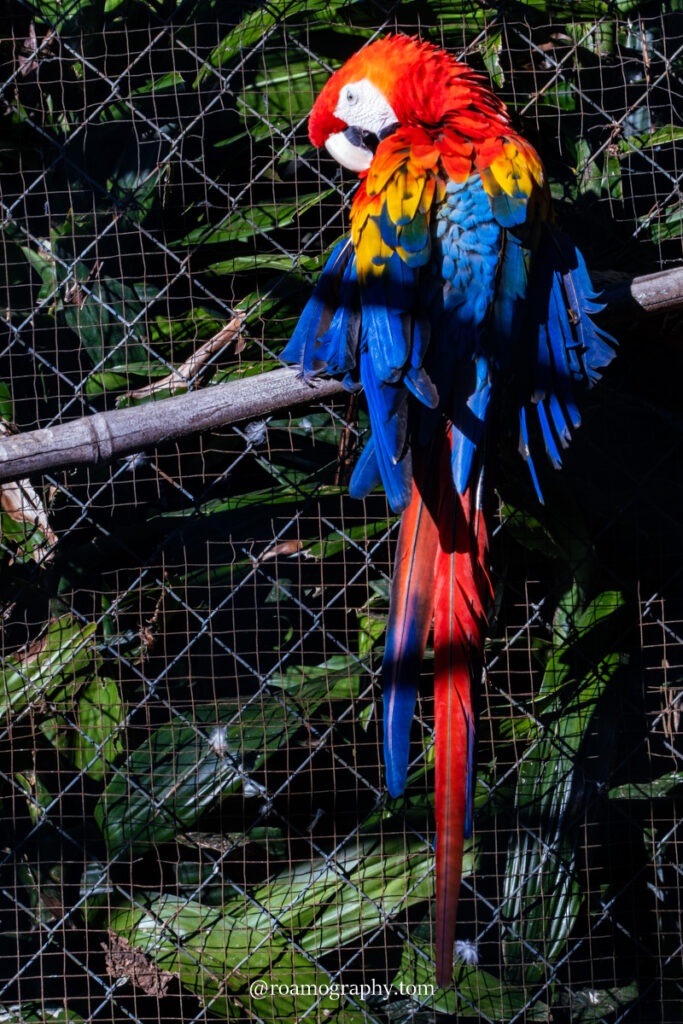
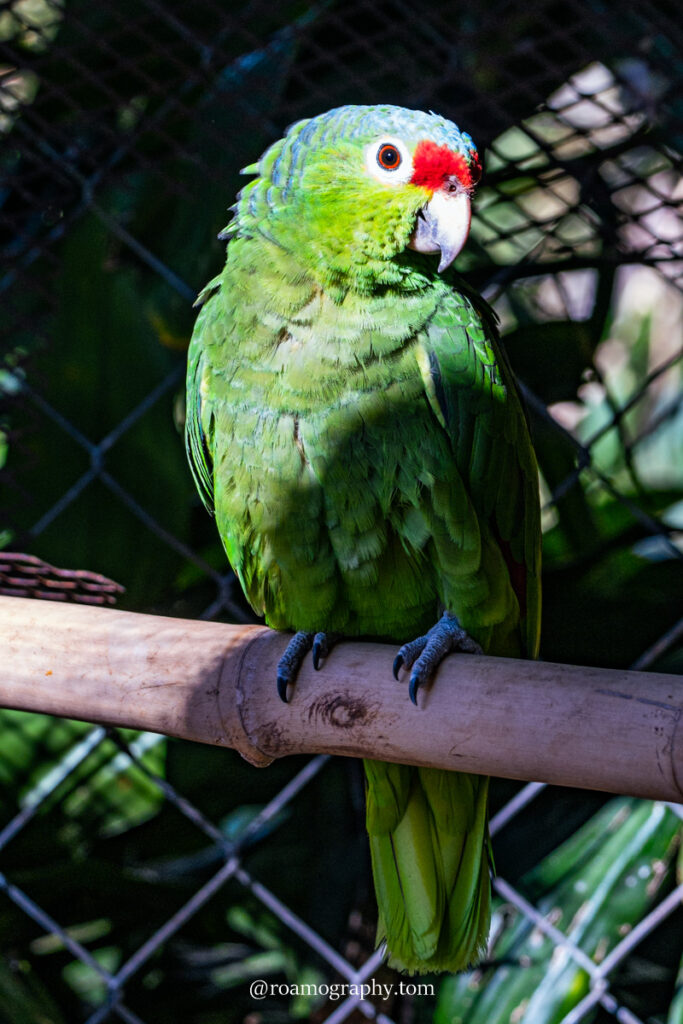
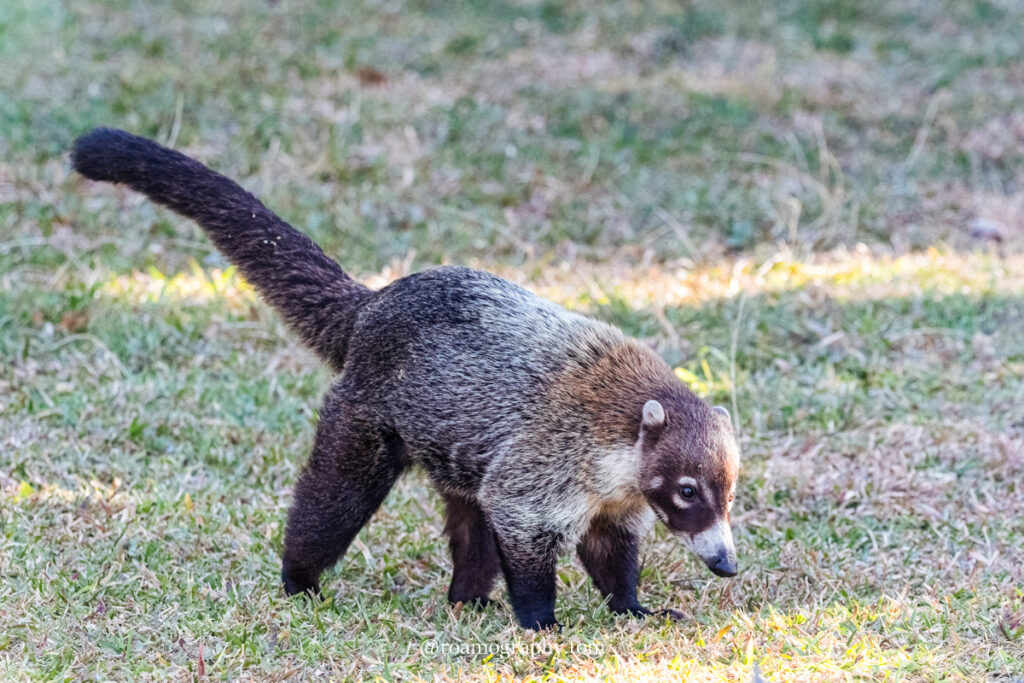
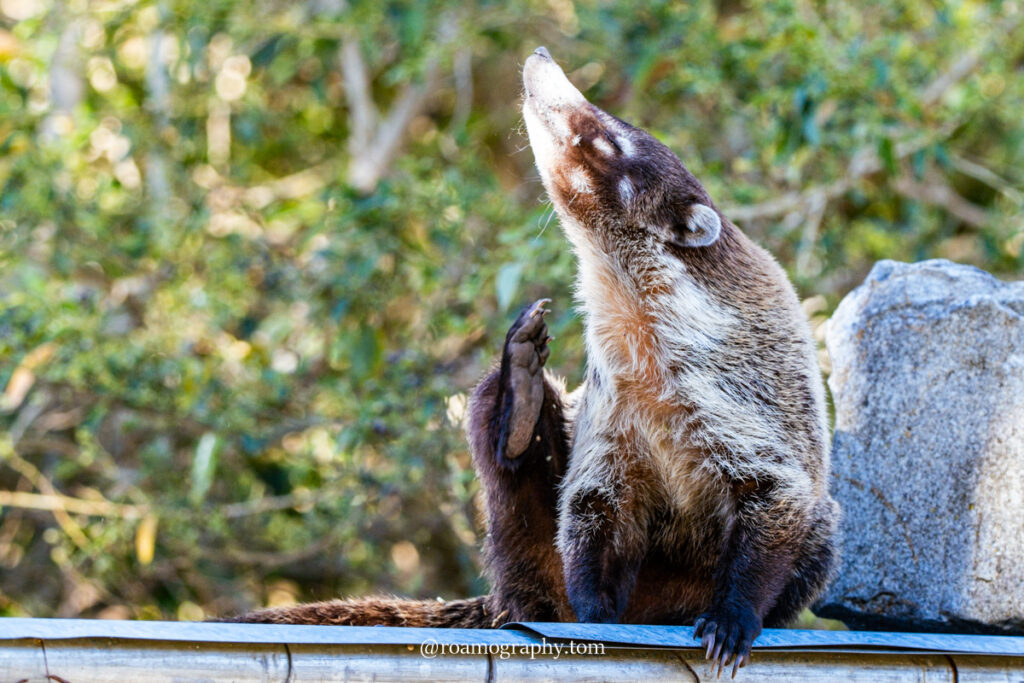
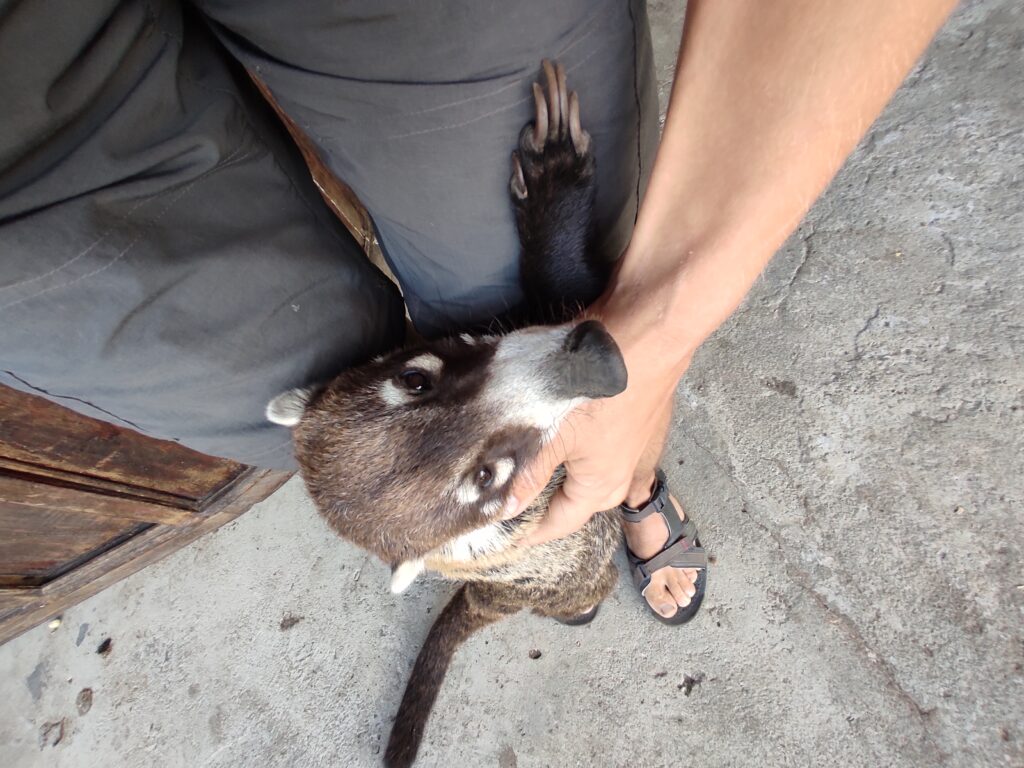
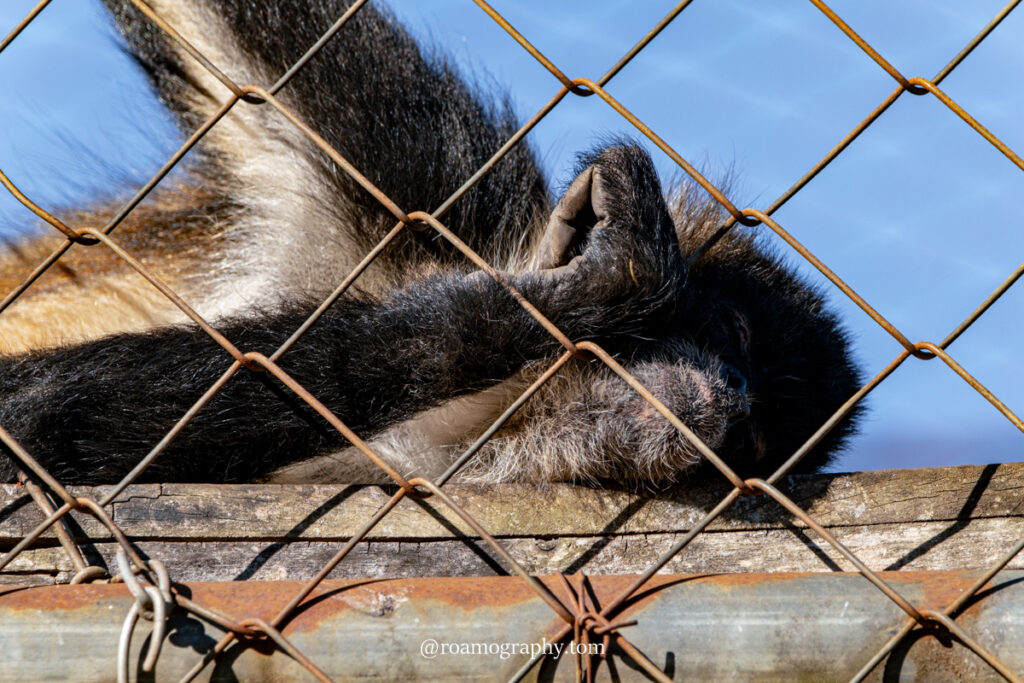
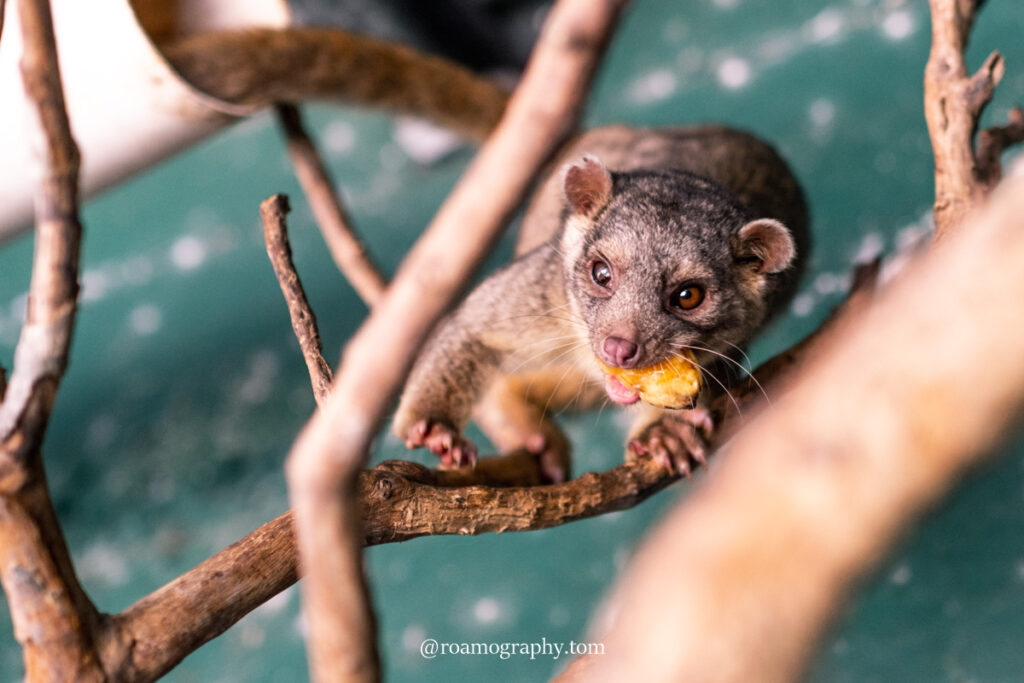

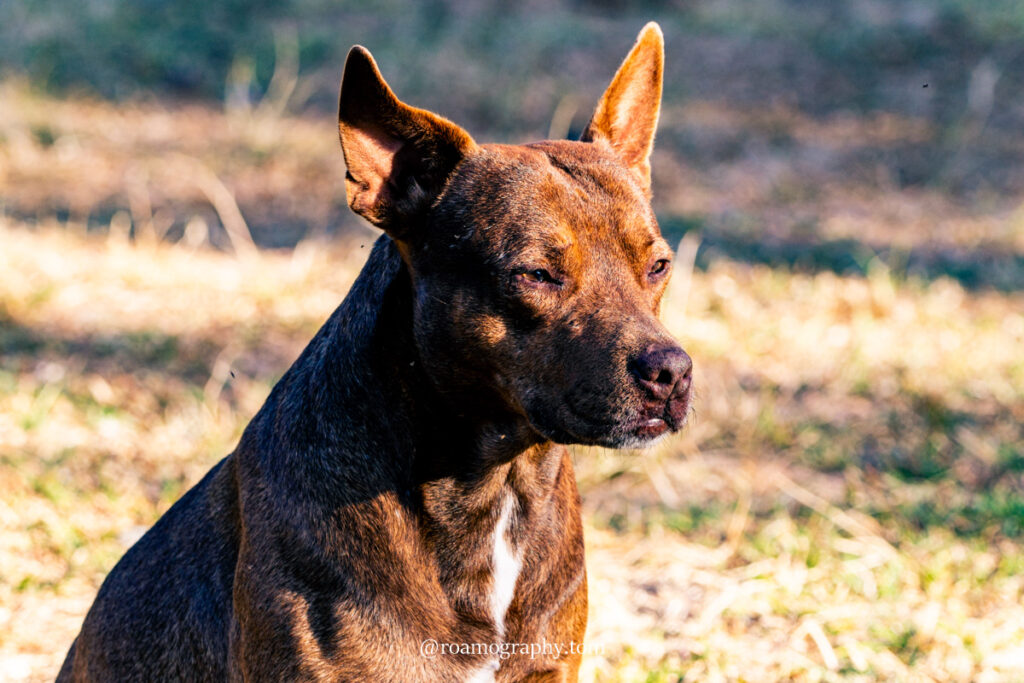

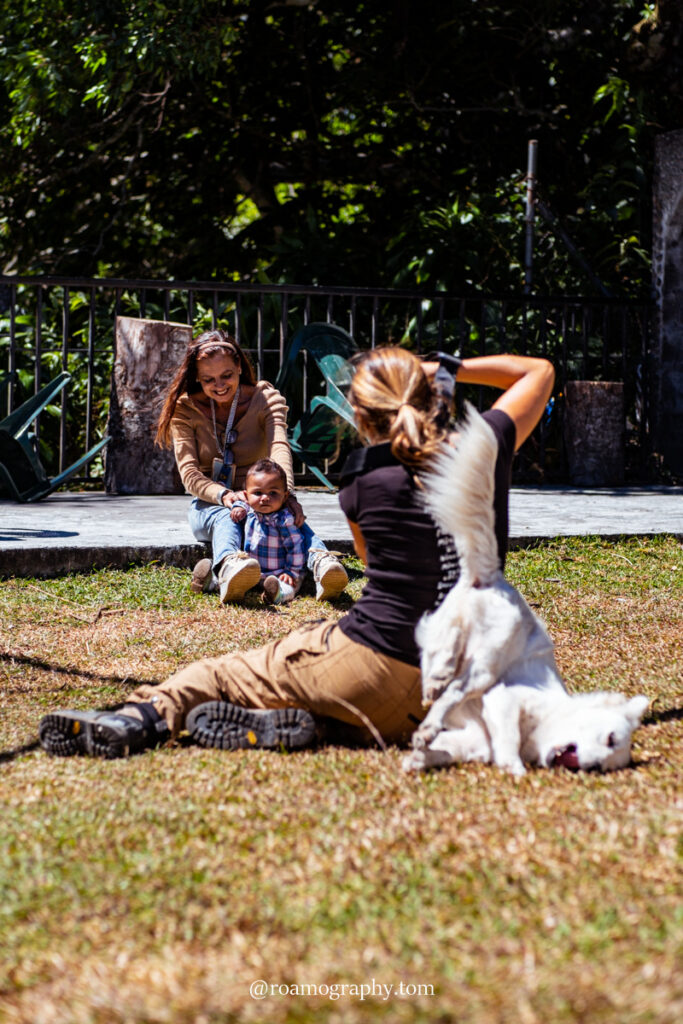
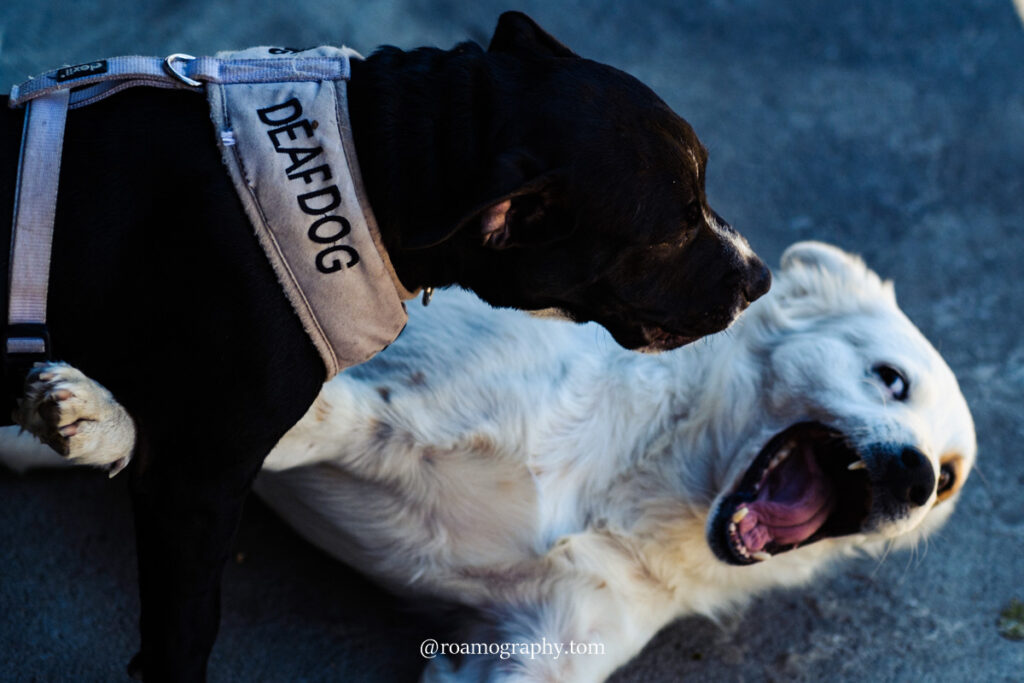
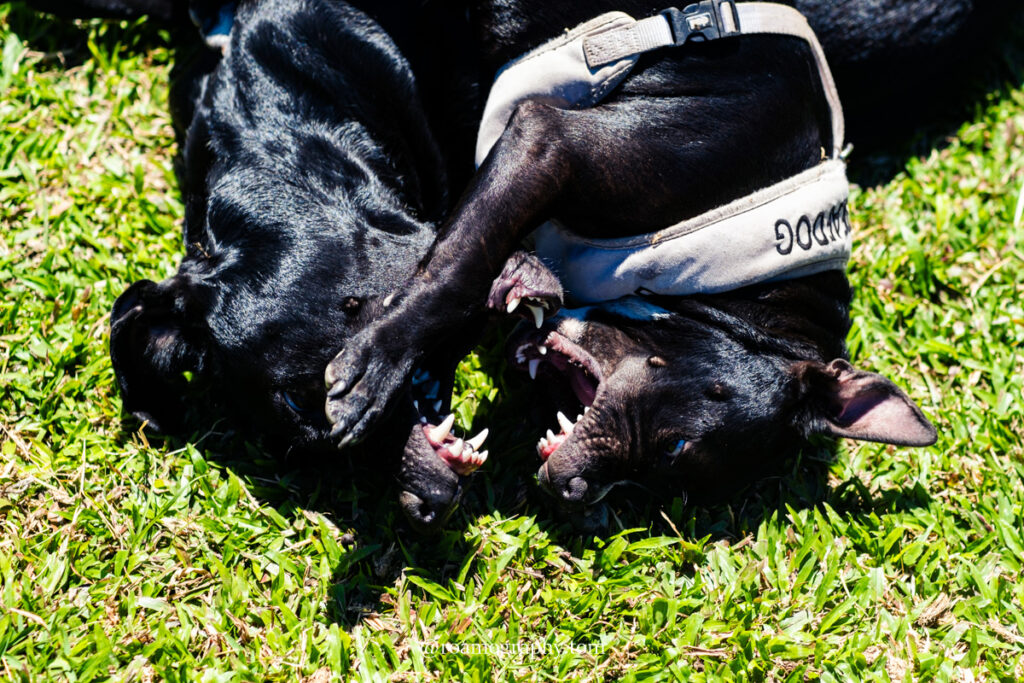
Palmira
W pobliskiej Palmirze spotykamy się z Dorothy, której misją życiową jest pomoc zwierzętom. Prowadzi schronisko o nazwie Jungla de Panama, pełne zwierzaków o smutnych historiach. Jest tu czepiak, spragniony czułości, próbujący przez kraty zagrody objąć ogonem odwiedzających, jest ślepy osioł, są kozy, są papugi z powyrywanymi ogonami, jest też pół-dzika Lolita, coati, przechadzająca się swobodnie po terenie schroniska, zaczepiająca wszystkich dookoła, są koty i jest wreszcie cała chmara psów – przy całej tej wesołej kompanii Dorothy i jej syn mają pełne ręce roboty. Prowadzi też coś na kształt hostelu, w którym gości również wolontariuszy, których pomoc zdecydowanie się tu przyda.
Sama Palmira to kilka ulic na krzyż, parę domów, niedaleko rzeczka, a dookoła las. Niby nic specjalnego, ale można tu sobie urządzić przyjemny spacer i pooddychać świeżym powietrzem.
The area around Boquete is full of forest trails and other natural attractions or semi-attractions. The attraction we visit is the Cangilones de Gualaca, interesting rock formations half-submerged in a river where you can splash around and sit on the sun-warmed rocks. Depending on the time of day, it can be quiet and peaceful (mainly in the morning) or boomboxy and crowded.

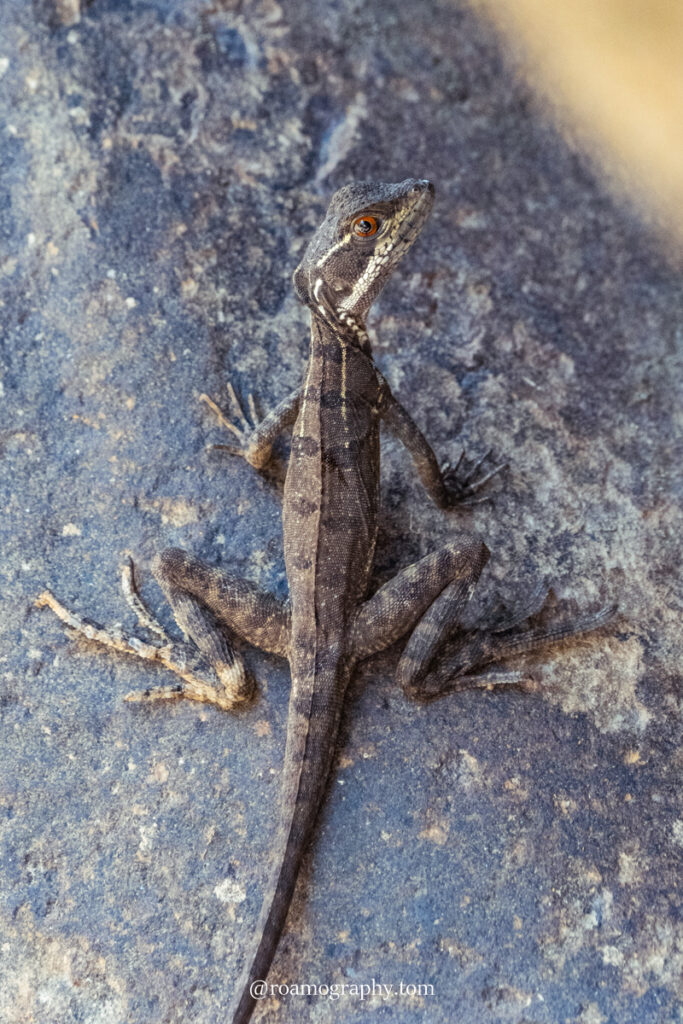
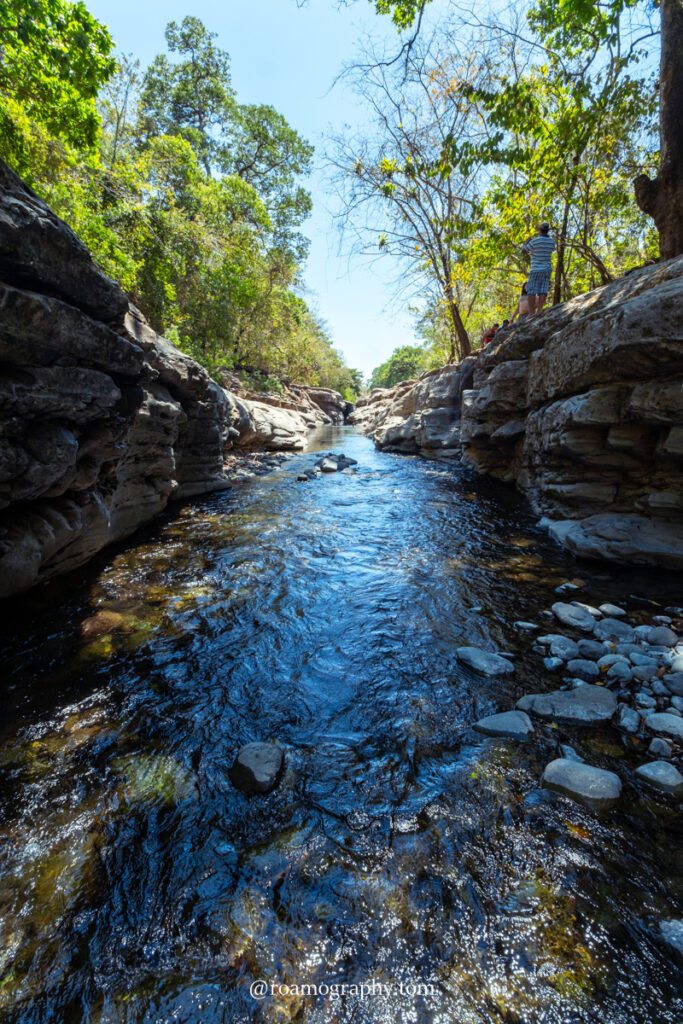
Cangilones de Gualaca
Dookoła Boquete pełno jest leśnych szlaków i innych naturalnych atrakcji lub pół-atrakcji. Atrakcyjką, którą odwiedzamy, są Cangilones de Gualaca, interesujące formacje skalne okalające rzekę, w której można się popluskać i posiedzieć na rozgrzanych słońcem skałach. Zależnie od pory dnia, bywa tu cicho i spokojnie (głównie rano) albo boomboxowo i tłocznie.
An interesting trekking route near Boquete is the one leading through three picturesque waterfalls, around which you can hear and sometimes even see multi-coloured birds. The most interesting species to observe here, however, are the numerous influencers who spend most of their time posing for spectacular photos.

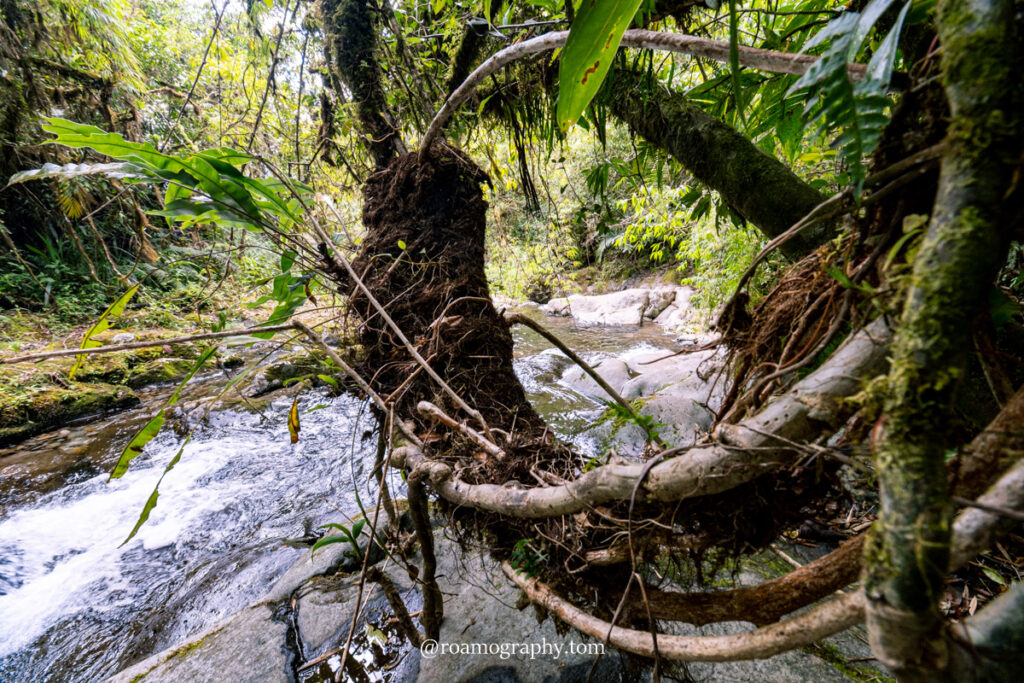
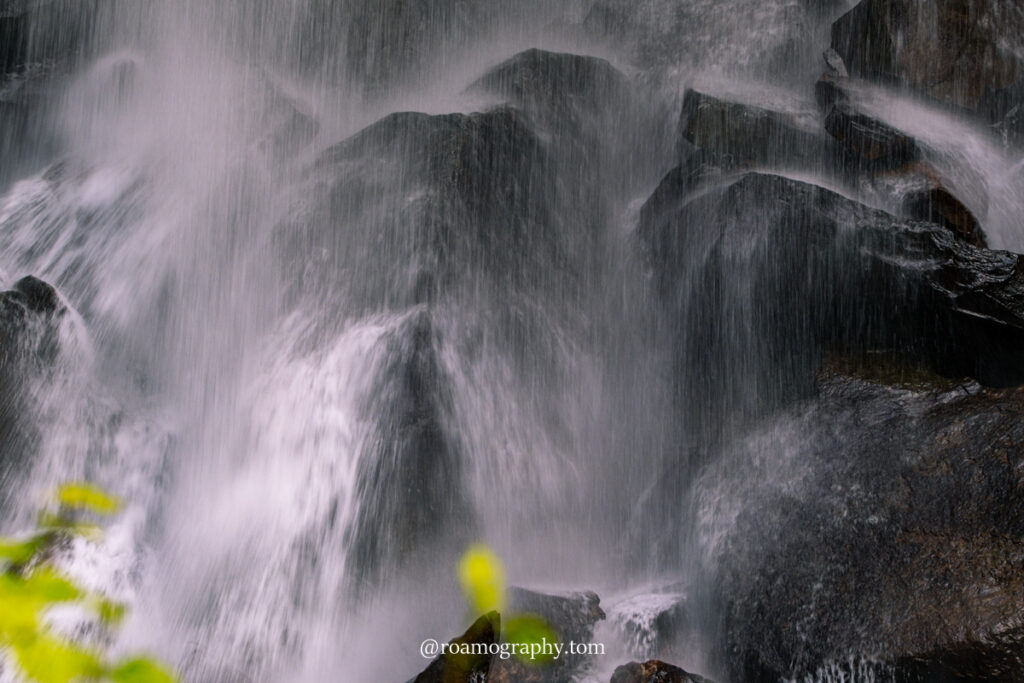
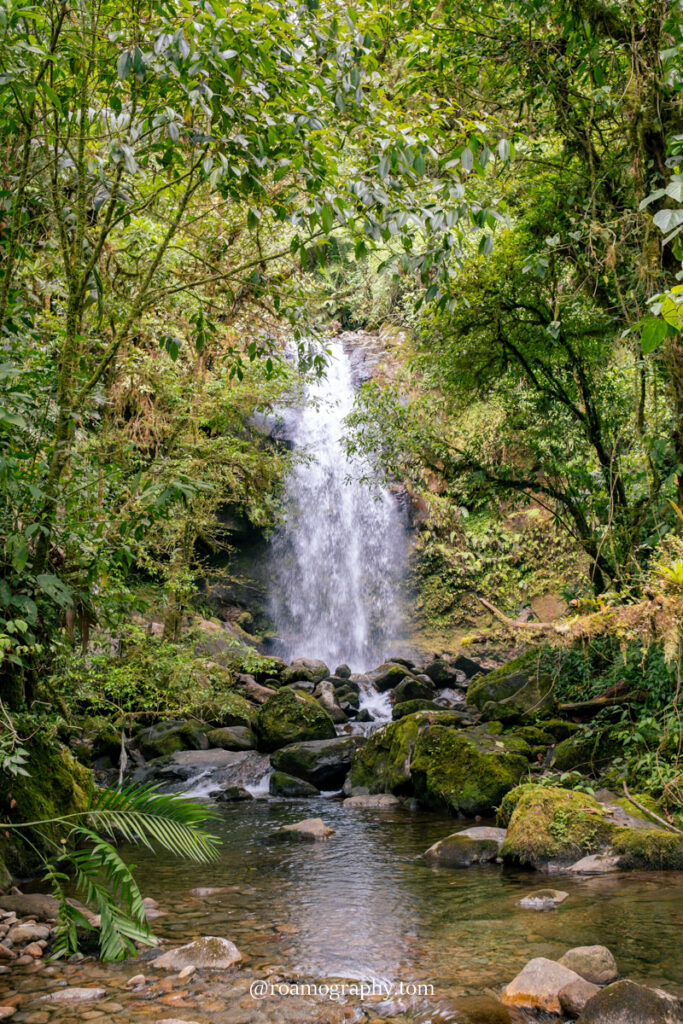
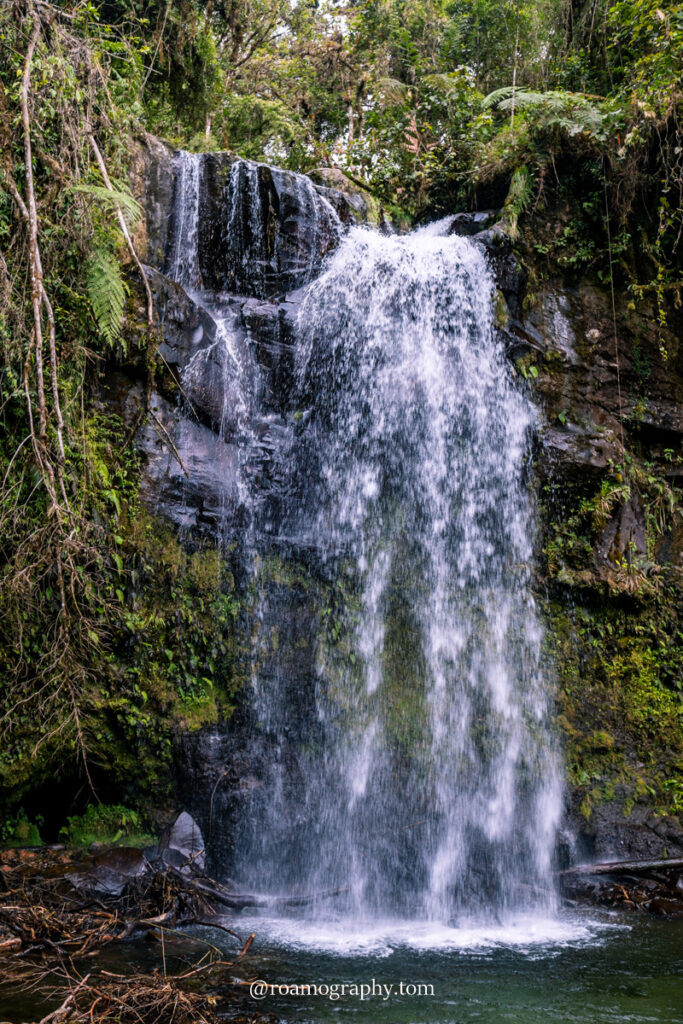
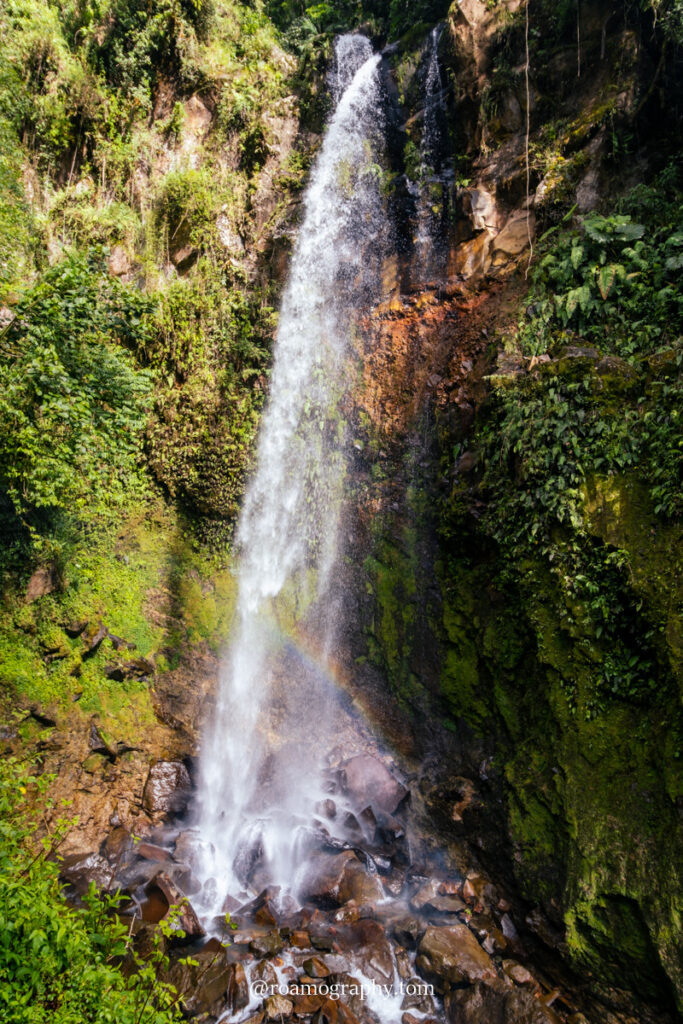
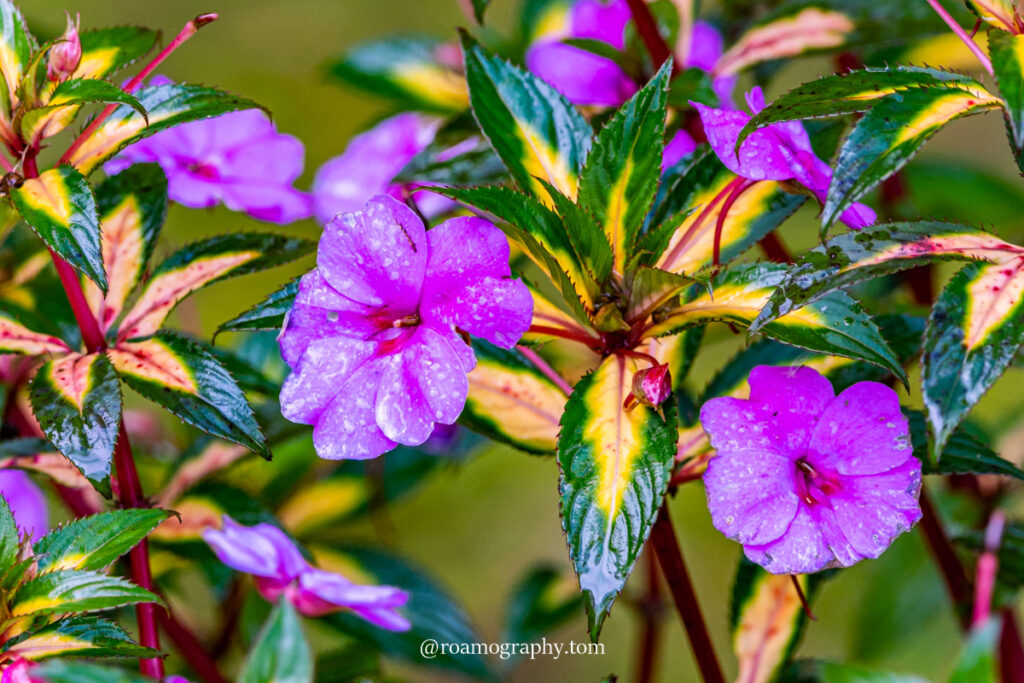

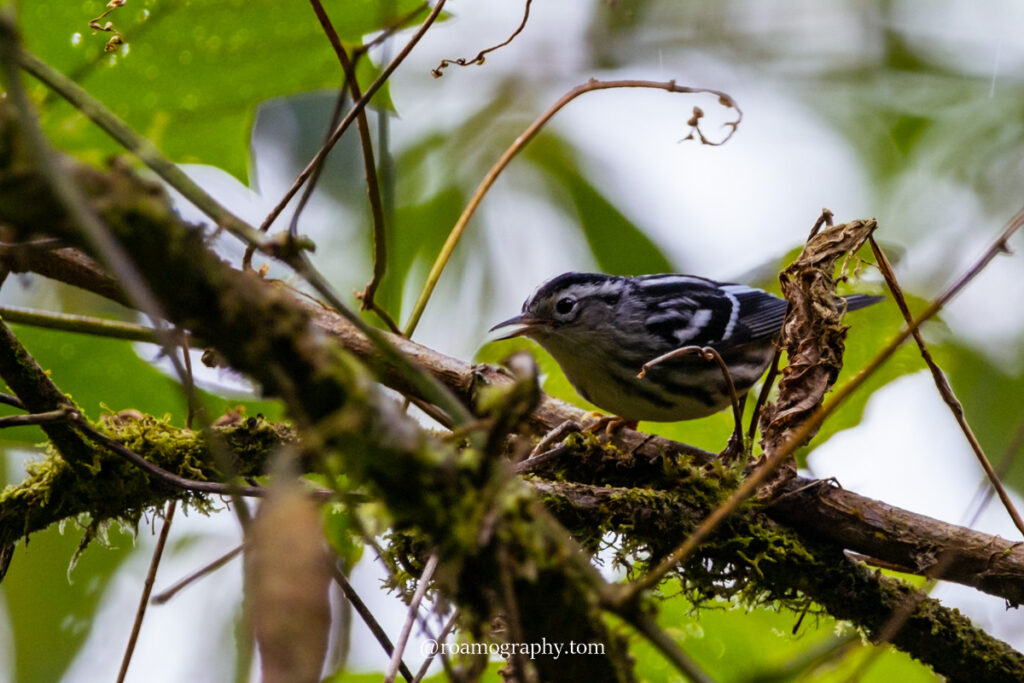
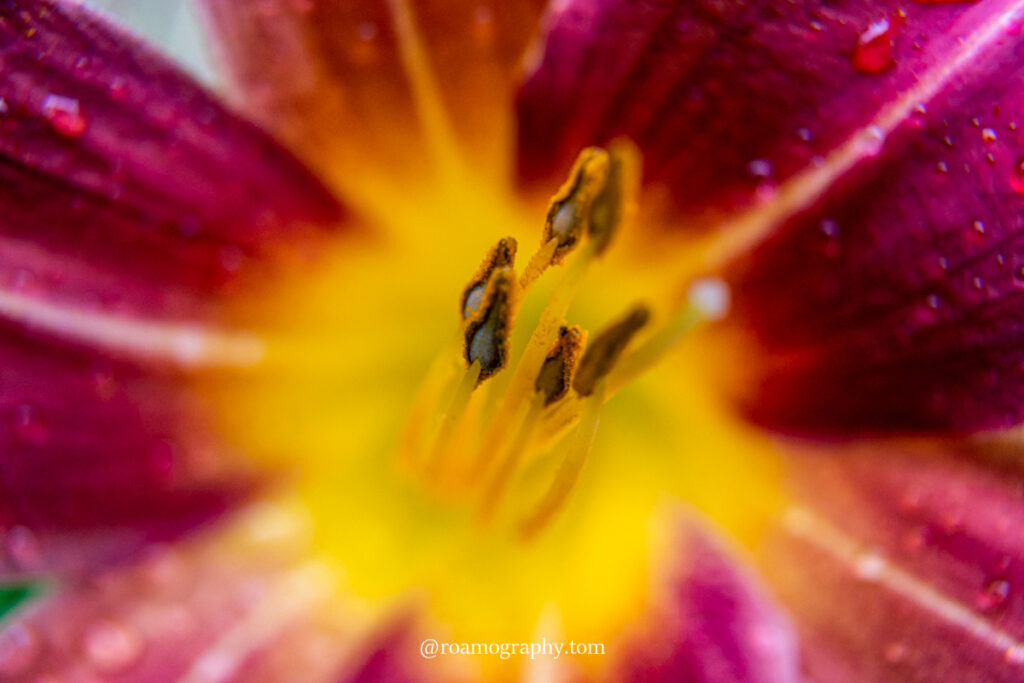
Caminata Tres Cascadas
Ciekawą trasą jest ta, wiodąca przez trzy malownicze wodospady, wokół których słychać a czasem nawet widać rożnokolorowe ptaki. Najciekawszym zaś gatunkiem, który można tu zaobserwować, są liczni i intensywnie pozujący do zdjęć influencerzy.
Have you ever wanted to gaze at two oceans at once? If you have – you are in luck,it seems the Barú volcano was designed just for this purpose:) It is Panama’s highest mountain, rising to 3474m. It can be climbed from two sides, I recommend ascending from el Salto (a gentler approach) and descending from Paso Ancho (a steeper and more adventurous route). You can catch a morning colectivo to el Salto and after about six hours of walking along a comfortable route (where occasionally 4×4 cars pass with some very lazy tourists on board) you reach the summit. Along the way you can see birds of various species flying by, including hummingbirds and green toucans. The summit itself is sprayed with tags of hundreds of visitors before me, but the 360 degree view makes up for it. I’m lucky enough to see two oceans both in the afternoon and in the morning. It gets very cold here after sundown, luckily you can remain quite comfortable in a tent (there is a small campsite with its own tents, with sanitary facilities in a very early stage of construction, which I think has been abandoned – as of February 2022); you can also spend the night on a chair/bench in a room without a door by the ranger’s booth.
An important thing to keep in mind: don’t believe the ascent/descent times given by locals. They literally run through the trail and cannot imagine that visitors move at much slower pace. For example, it takes a whole day to descend to the town of Paso Ancho, while according to the locals’ version, barely a couple of hours is enough.
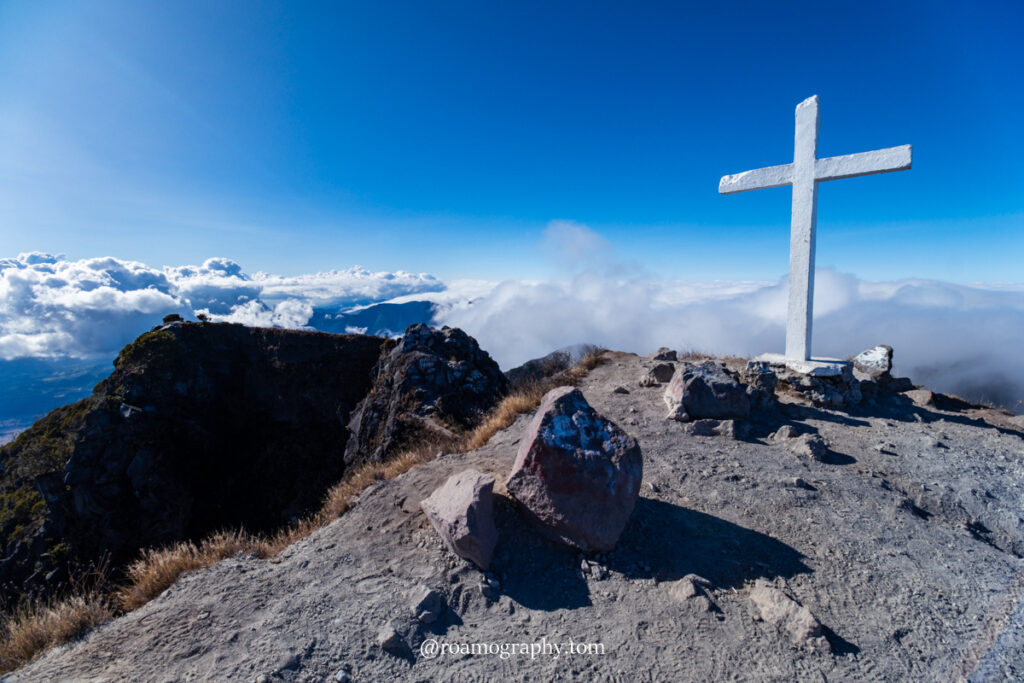
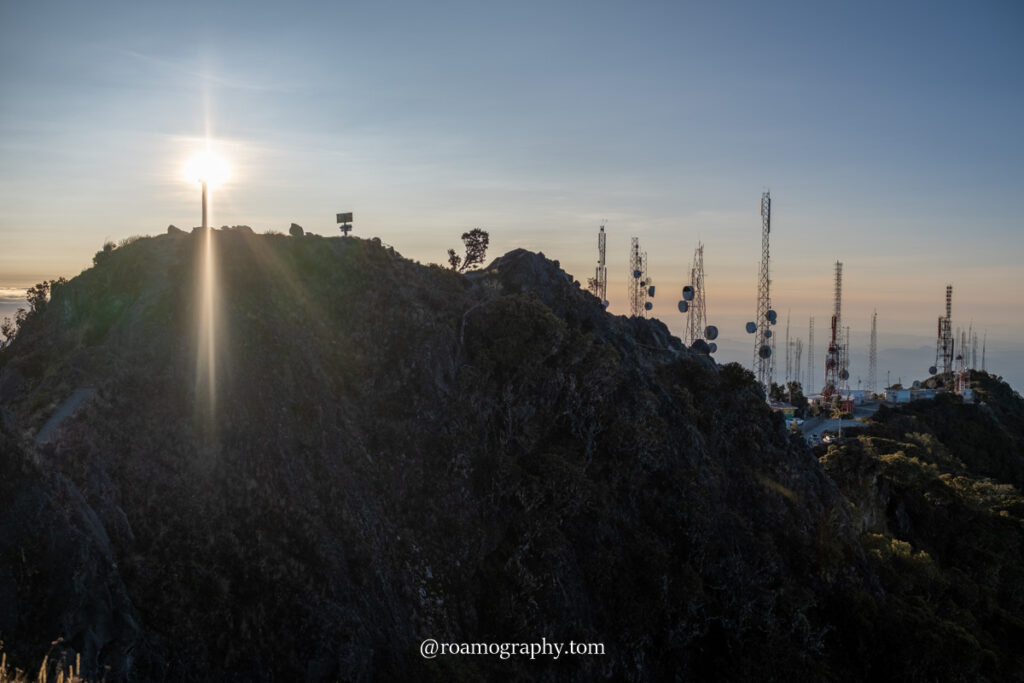

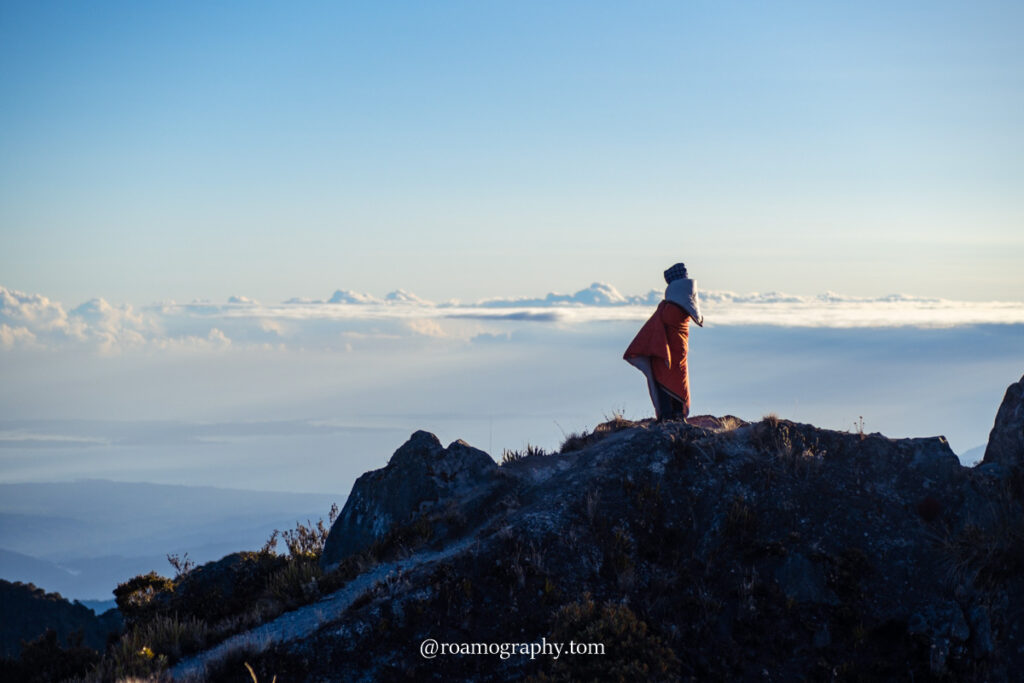


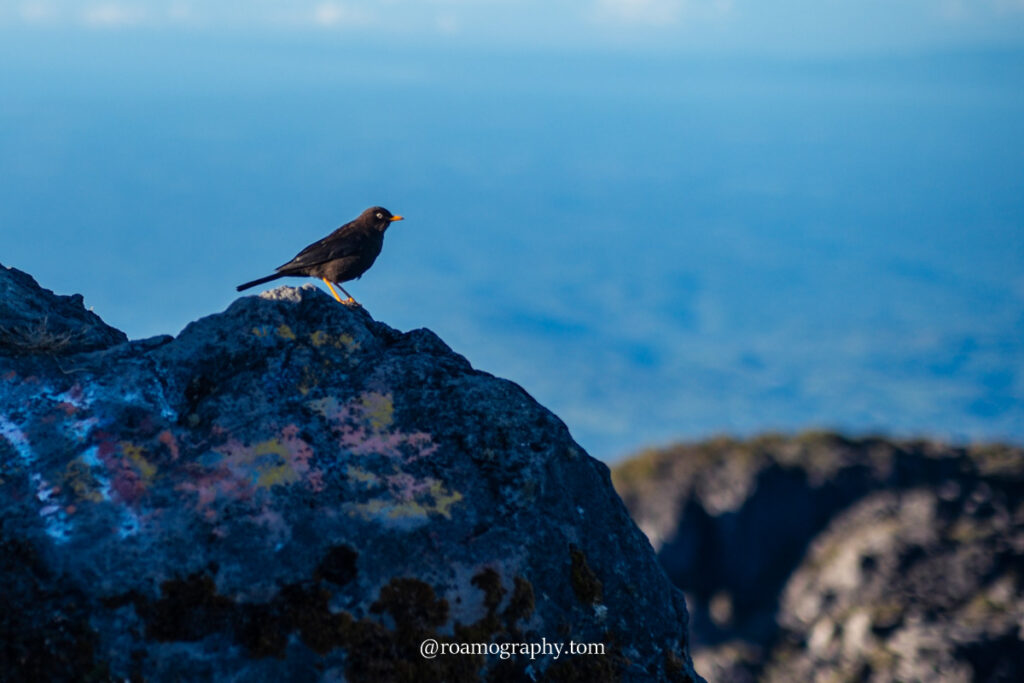
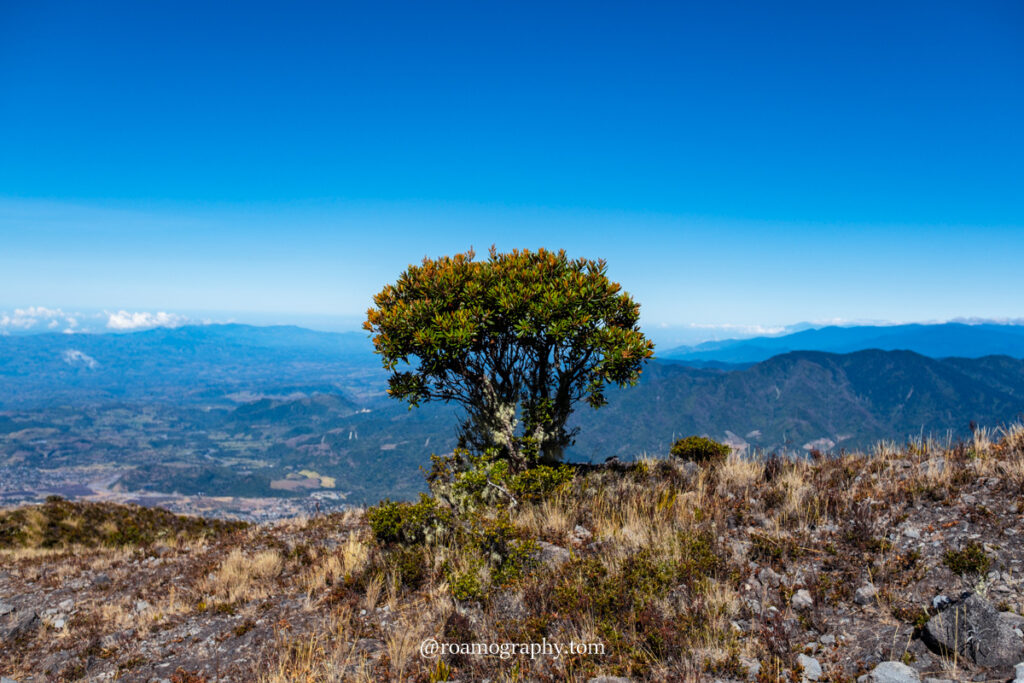
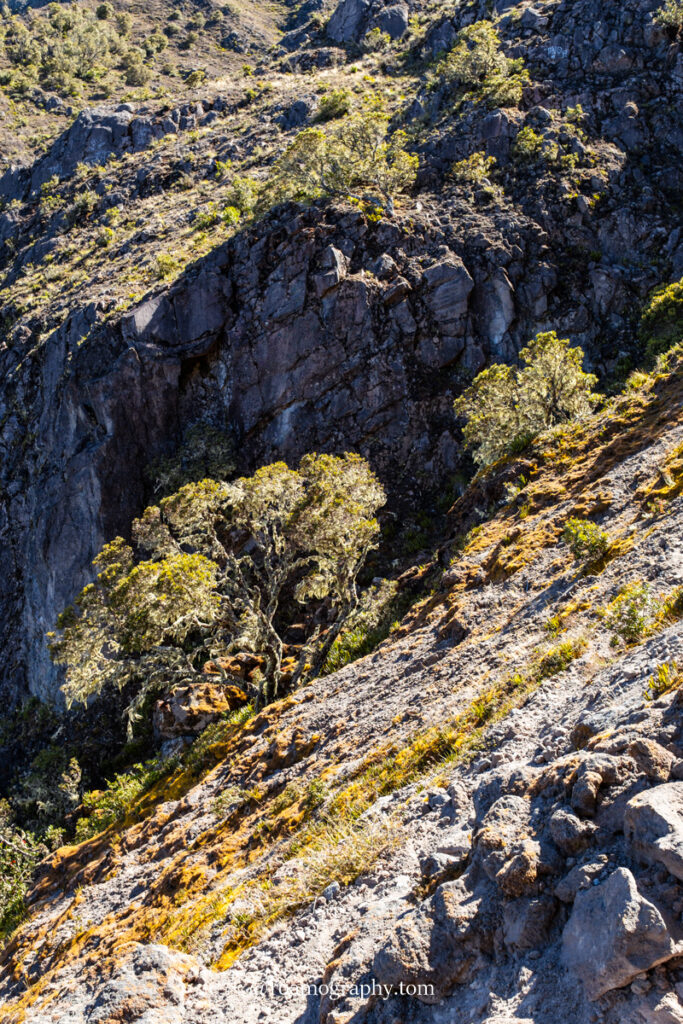
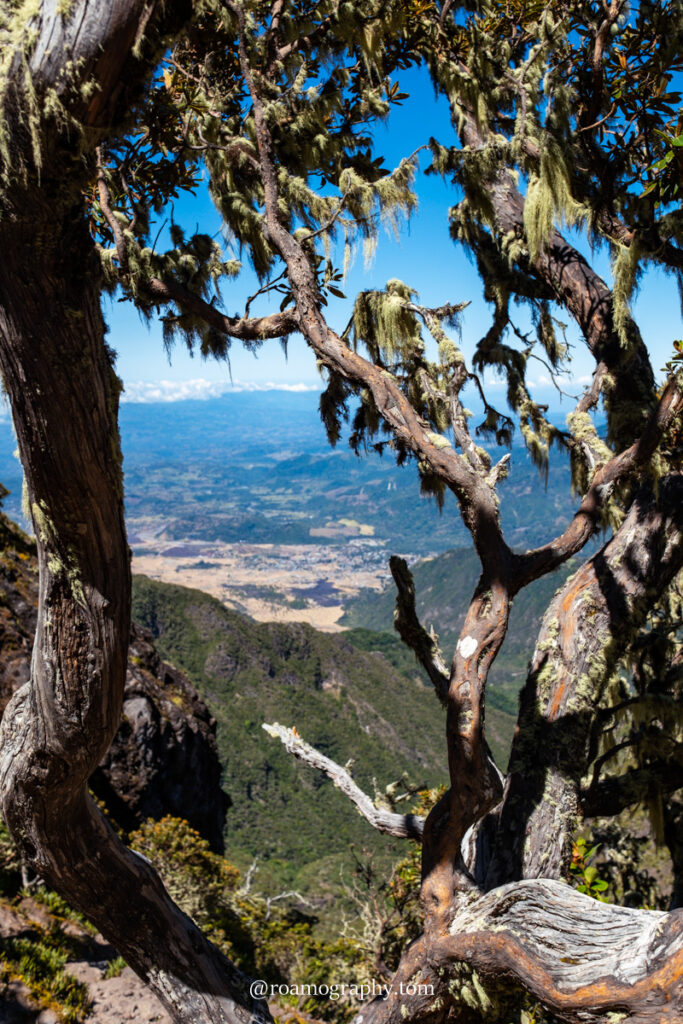
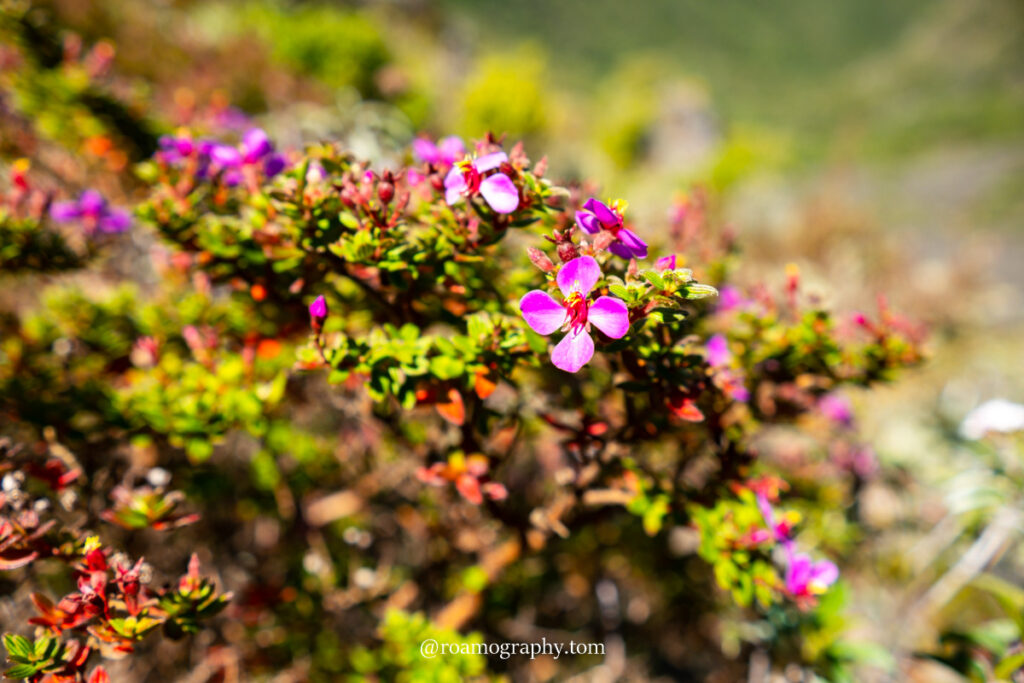
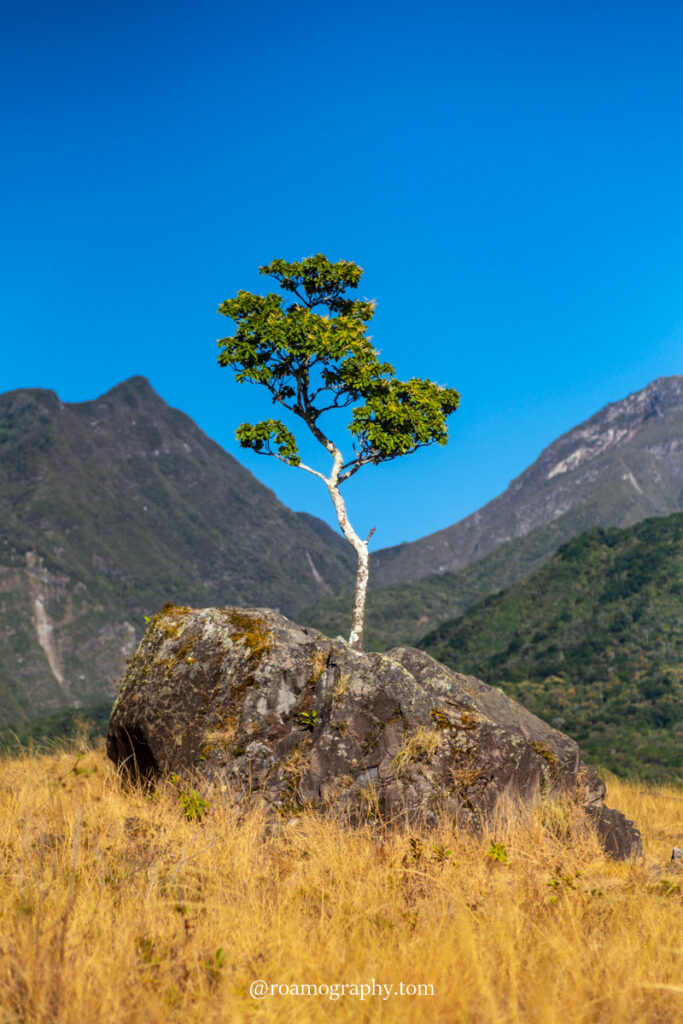
Baru
Mieliście kiedyś chęć popatrzeć się na dwa oceany jednocześnie? Tak? To dobrze się składa, wulkan Barú został zaprojektowany właśnie w tym celu:) To najwyższa góra Panamy, wznosząca się na 3474 m. Można na nią wejść z dwu stron, ja polecam wchodzić od strony el Salto (łagodniejsze podejście) a zejść od strony Paso Ancho (bardziej stroma i przygodowa trasa). Do el Salto można złapać poranne colectivo i po ok. sześciu godzinach marszu wygodną trasą (którą czasami wjeżdżają samochody z co bardziej leniwymi turystami) docieramy na szczyt. Po drodze można dojrzeć przelatujące ptaki rozmaitych gatunków, łącznie z kolibrami i zielonymi tukanami. Sam szczyt jest osprejowany i okraszony wpisami setek różnych osób, ale widok dookoła wszystko wynagradza. Mam szczęście zobaczyć oba oceany – i po południu, i rano. Po zachodzie słońca robi się tu bardzo zimno, całe szczęście istnieje możliwość w miarę wygodnego noclegu pod namiotem (jest tu niewielkie pole kempingowe z własnymi namiotami, z węzłem sanitarnym w bardzo wczesnym stadium budowy, która chyba została zarzucona – to stan na luty 2022); można też nocować na krześle/ławce w pomieszczeniu bez drzwi przy budce strażnika.
Ważna sprawa: nie wierzcie lokalsom w podawany przez nich czas wchodzenia/schodzenia z góry. Oni po górach właściwie biegają i nie są sobie w stanie wyobrazić, że przyjezdni poruszają się tutaj dużo wolniej. Np. zejście do miasteczka Paso Ancho zajmuje cały dzień, a według wersji miejscowych, to ledwie parę godzinek.
We spent a few days in the capital, and began our stay by enquiring about the possibility of crossing the Panama Canal. We were sent to all sorts of places where we inquired further and posted notices (we also inquired on Facebook groups). A little explanation: there is a way to dosuch a crossing for free as each vessel must have a set of crew to handle the lines (and this handling should be swift – at each lock the boat must be tied and then untied, without wasting time, as time is money for the owners of the Canal); Small boats (with a small number of people on board) need to organise such extra line handlers before crossing. And this is where we come in – two pairs of extra hands, very much needed to make sure everything matches up in the paperwork. And indeed – after a few days we hear back from two individuals! One of them found us on Facebook but we decided to tag along with a cheerful and friendly North American crew of slightly older men who decided to follow their dreams and see the world from the perspective of a yacht (they found our ad stuck in the marina behind the Balboa yacht club).
Before we cross the canal – a few words about Panama City. It’s an interesting place, although the neighbourhood we stayed in has a bit of a dirty feel: it’s full of trans-prostitutes at night, not too walkable after dark, but hey, the hostels here are the cheapest. The old town is pleasant; youcan stare at some buildings, you can bump into women from the Guna Yala tribe selling their traditional embroideries… Cheap eateries abound. Also worth a visit is the Biomuseo, a very unique building away from the centre, with an interesting exhibition about (natural) history of the region.
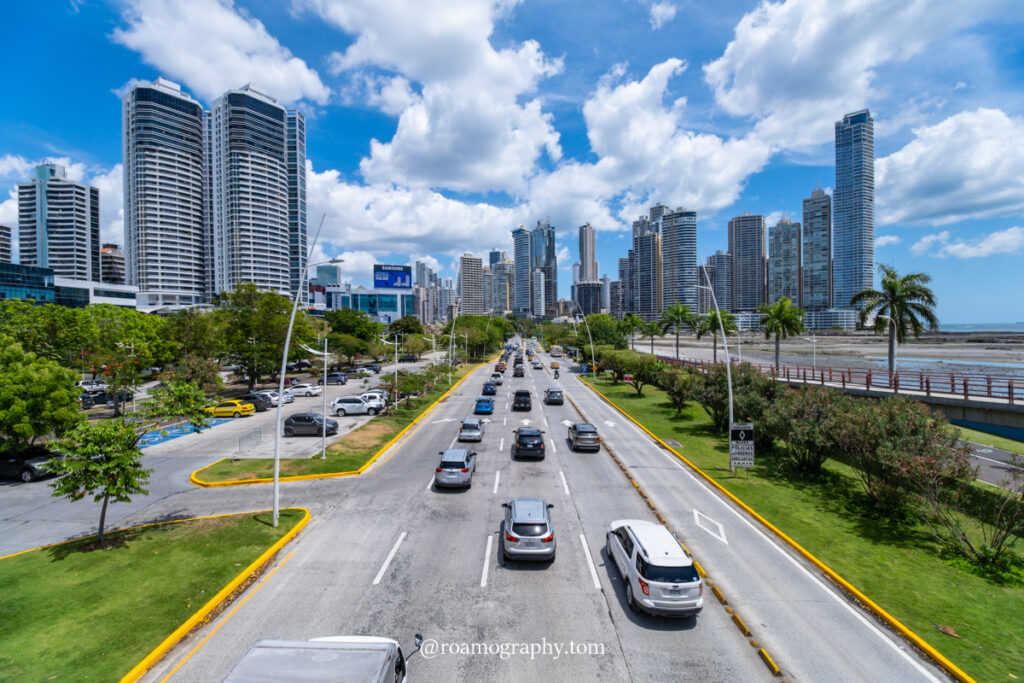
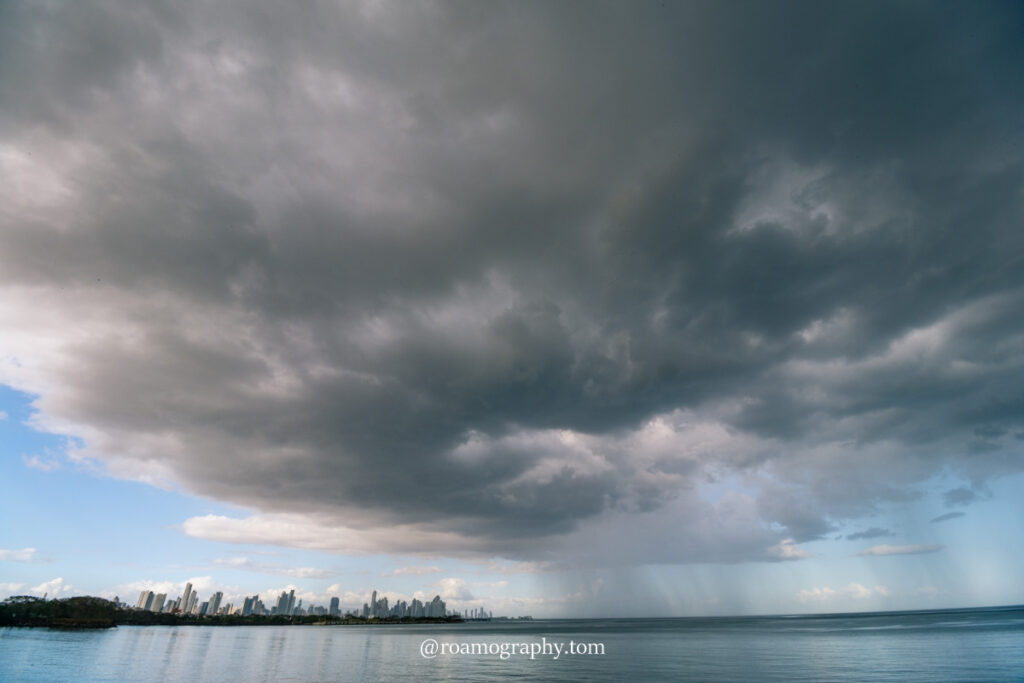
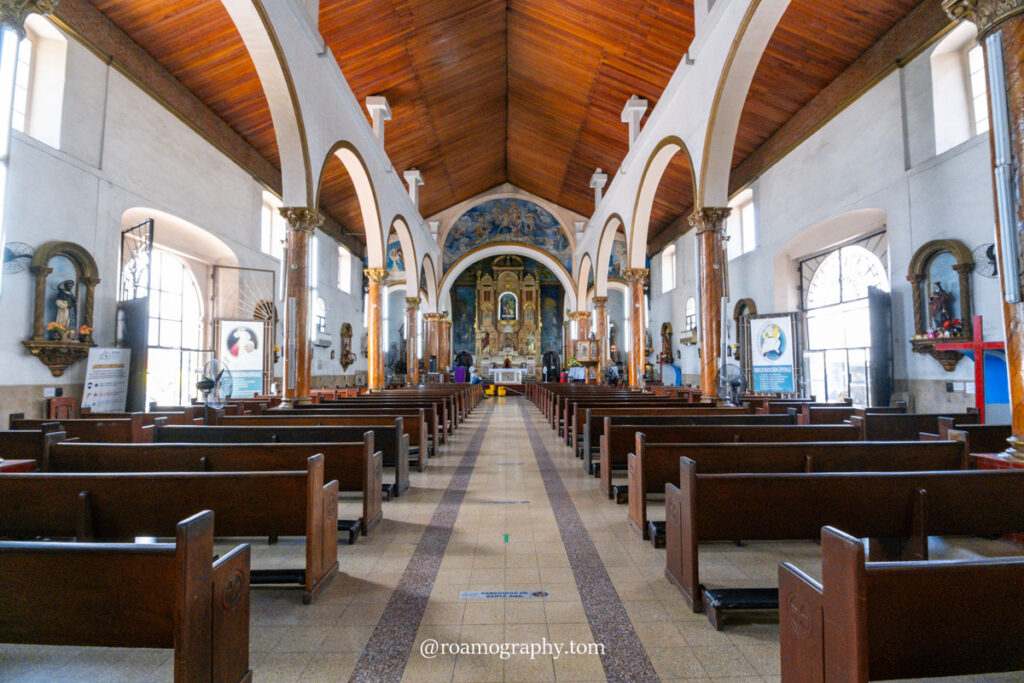
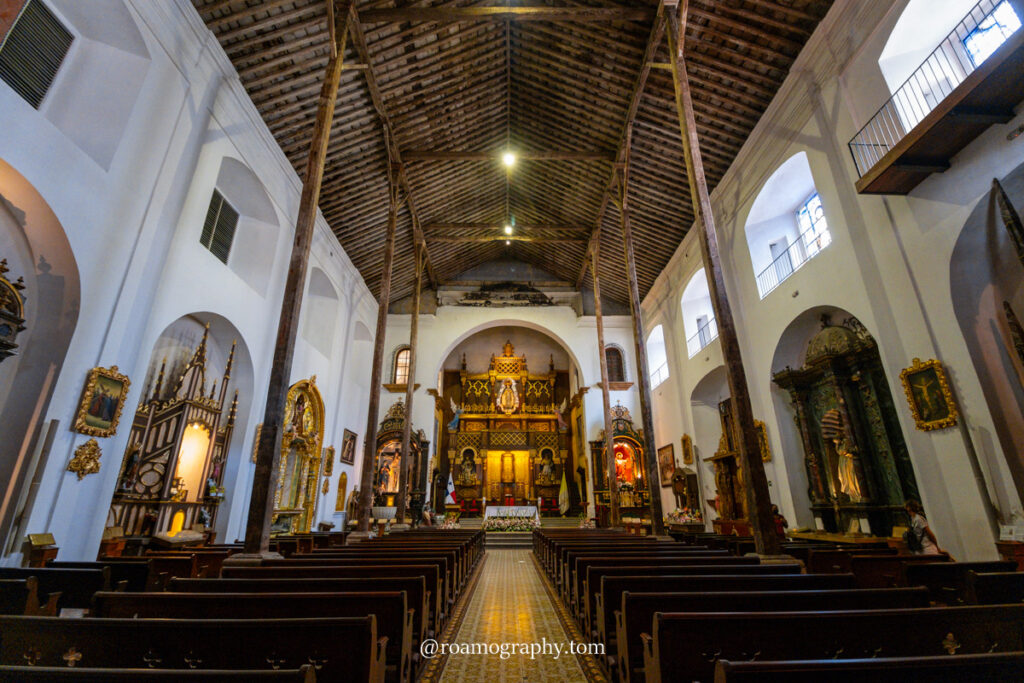

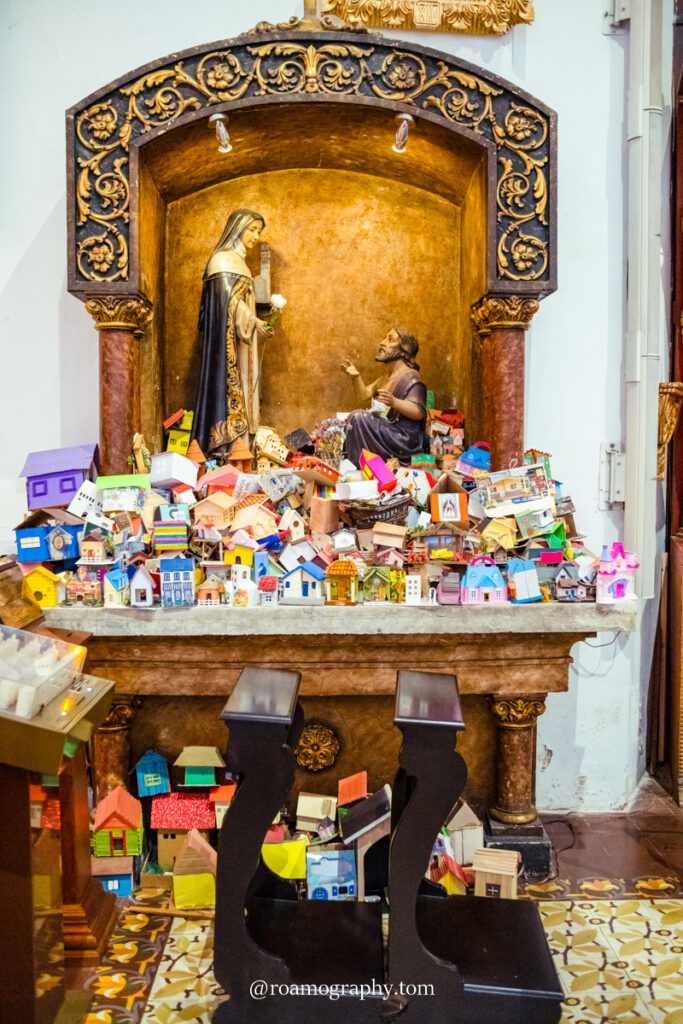
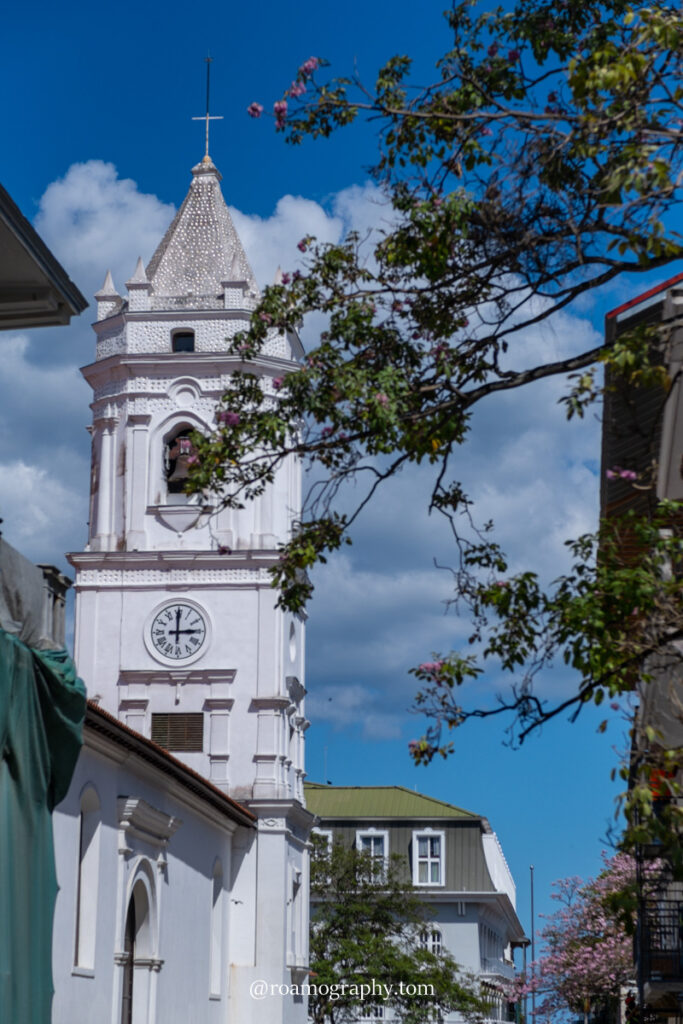
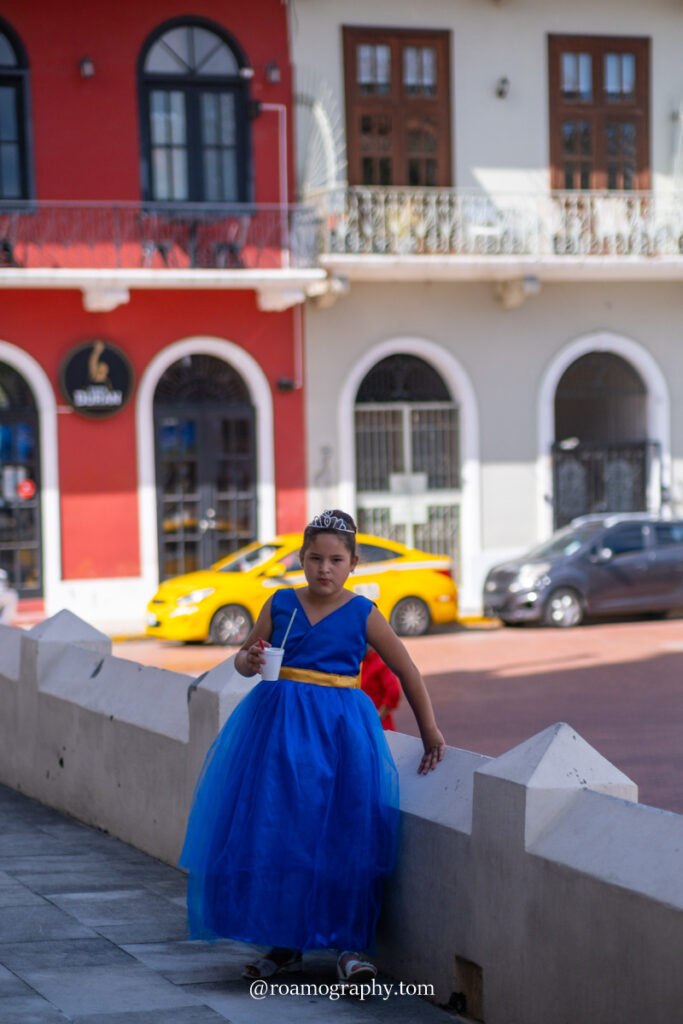
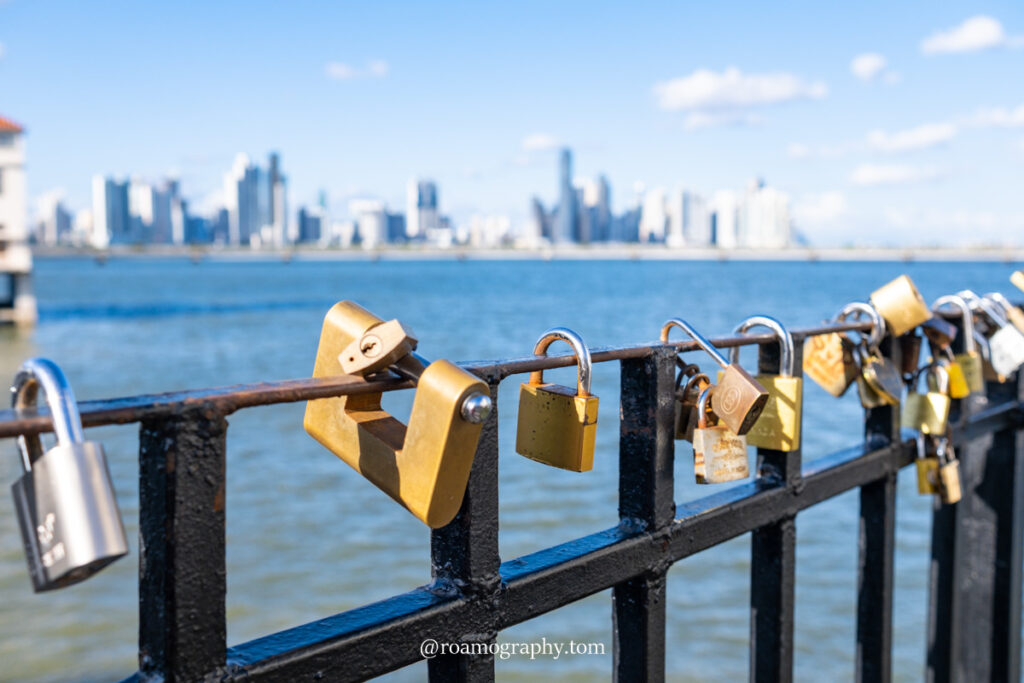
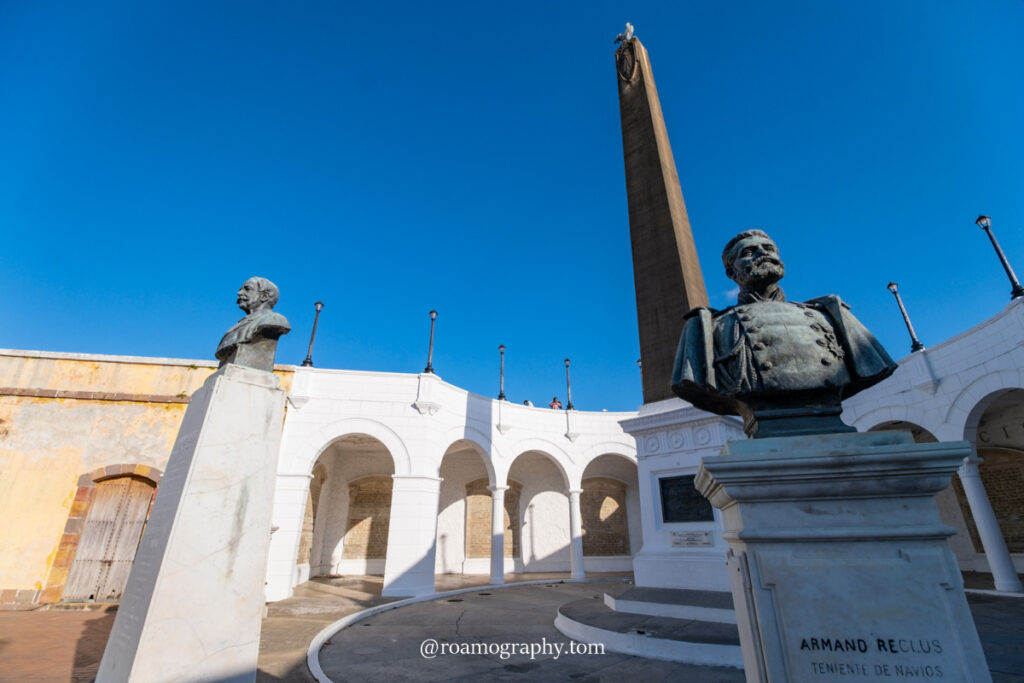

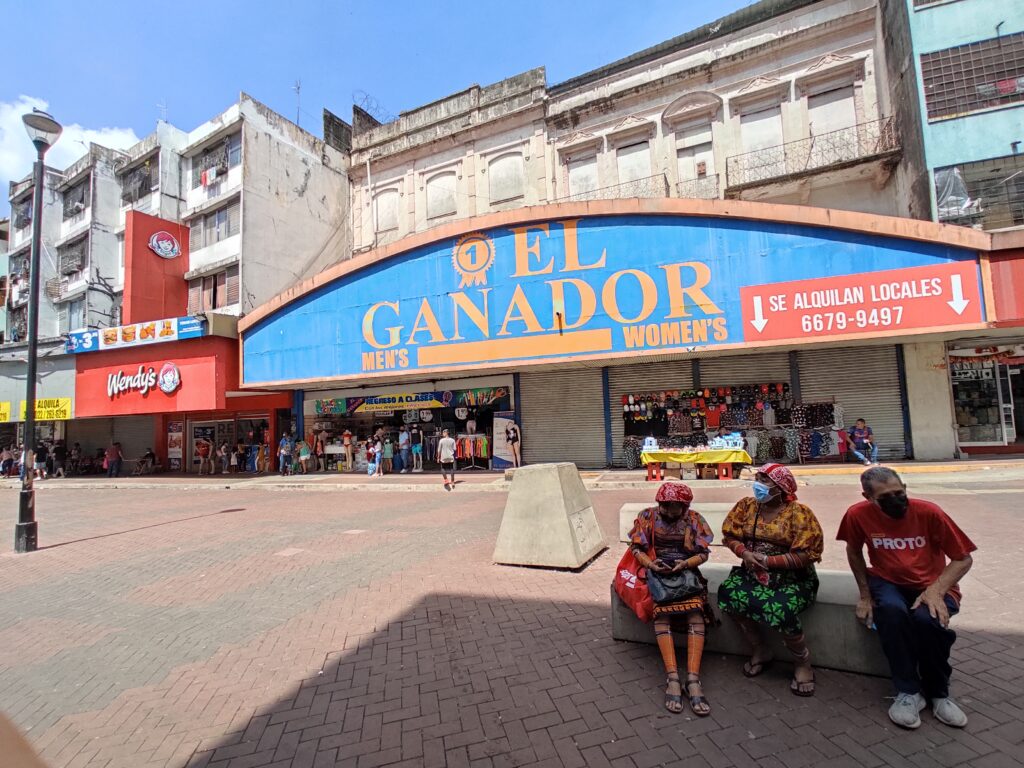
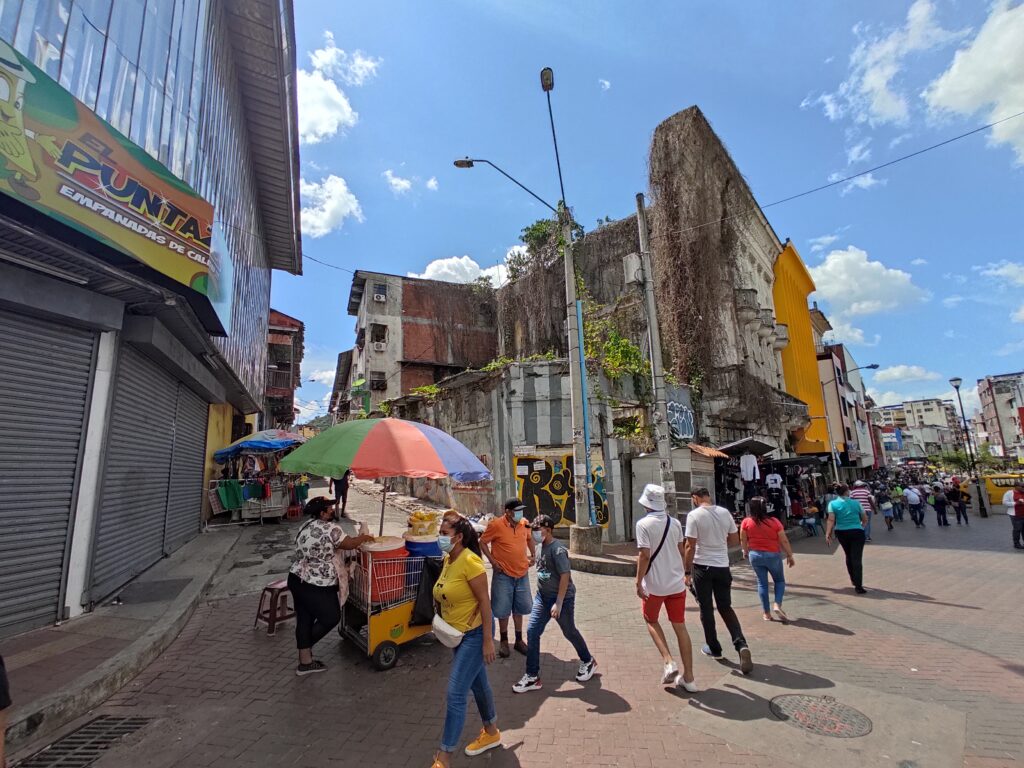
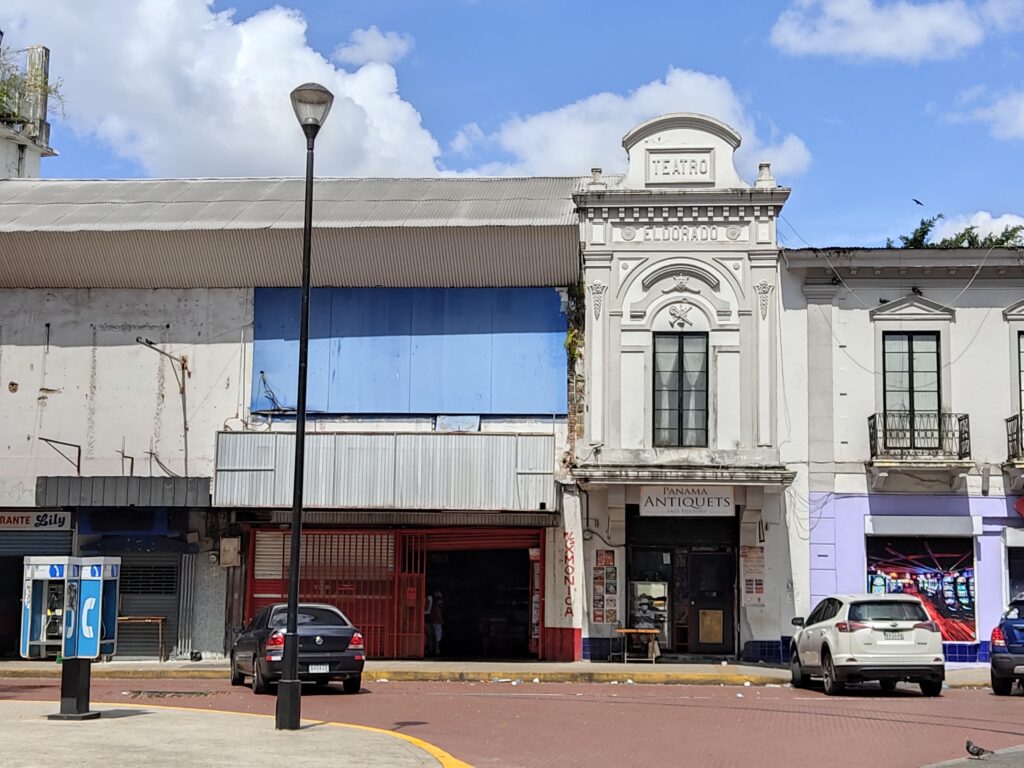
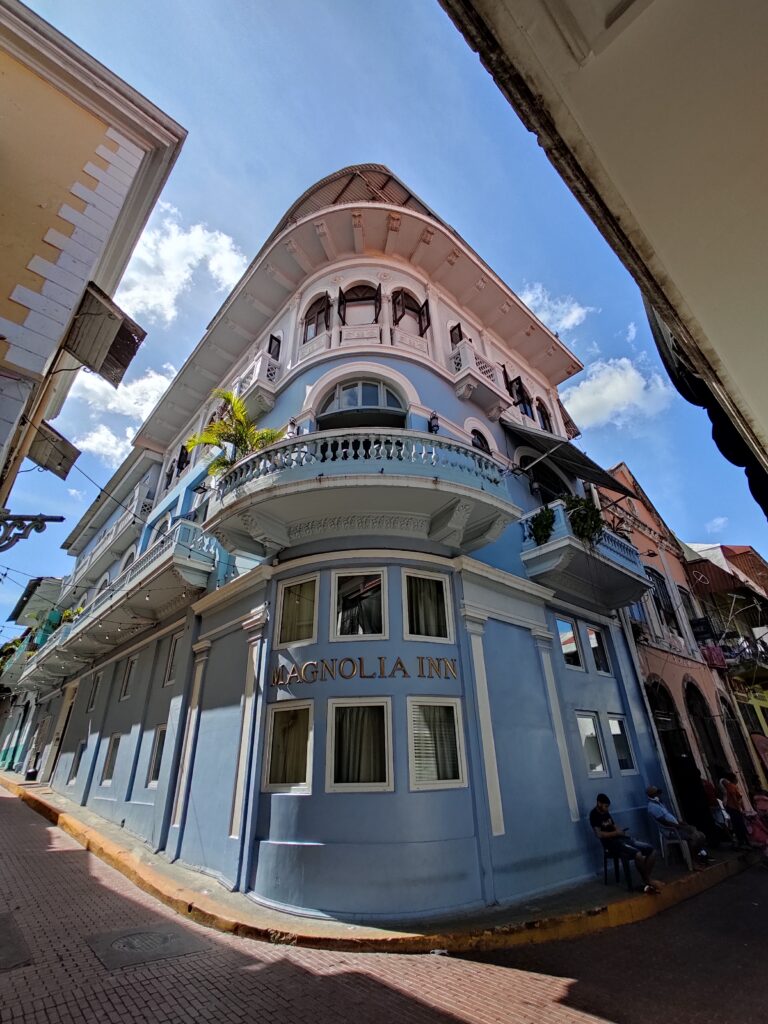
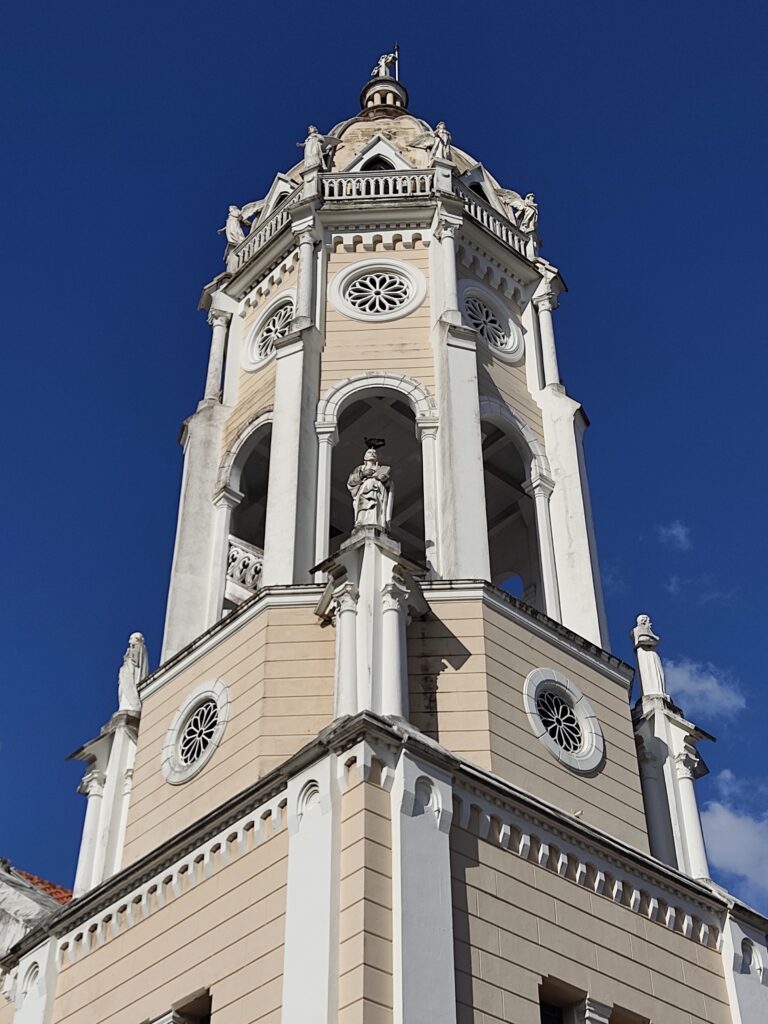
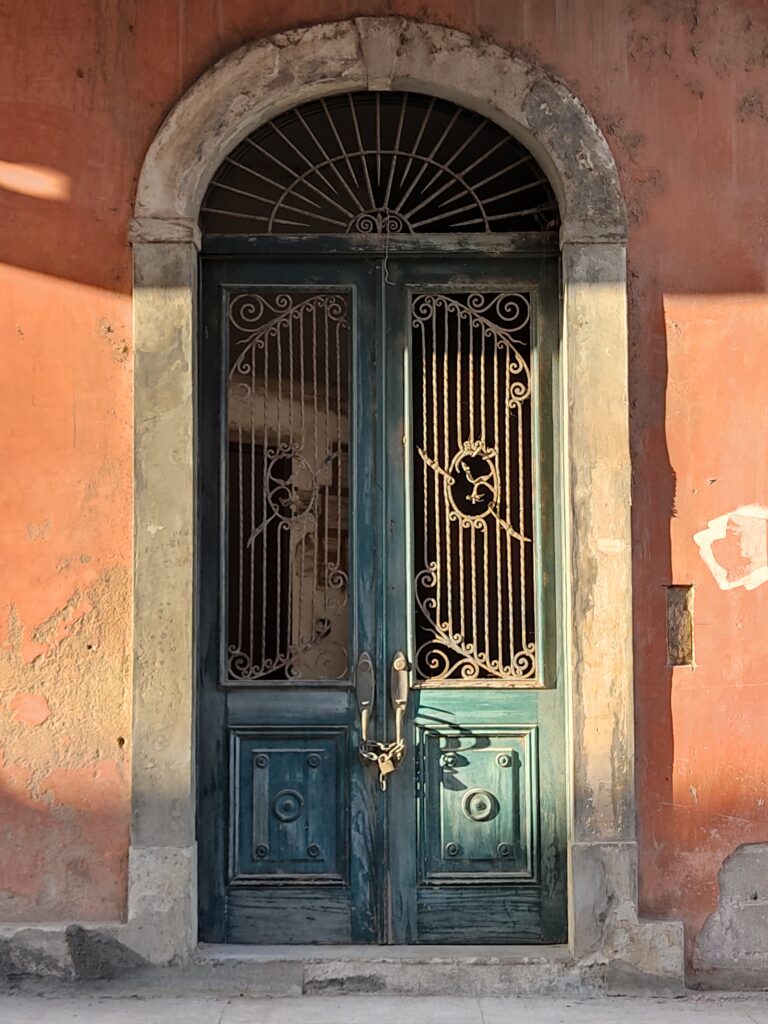
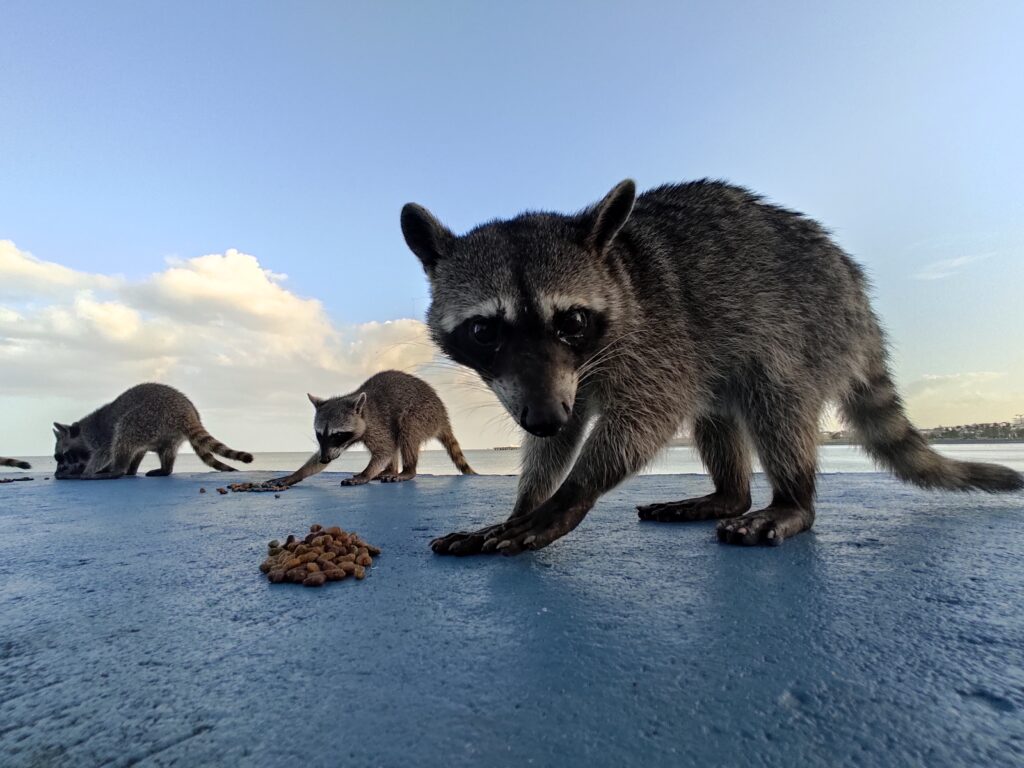
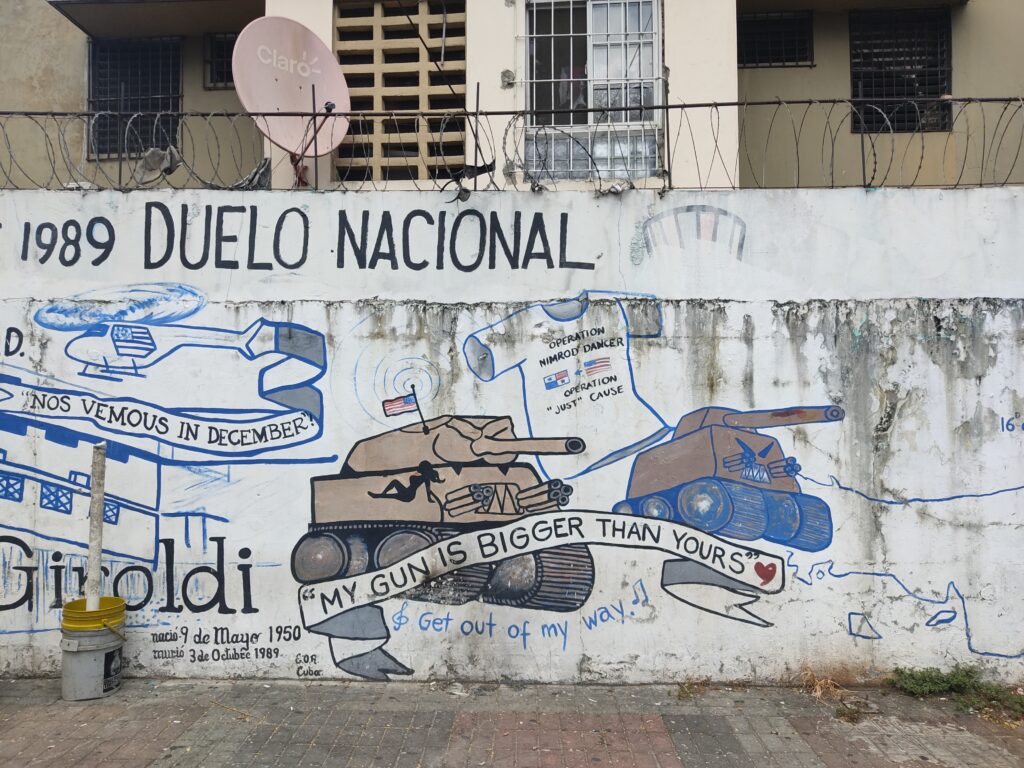

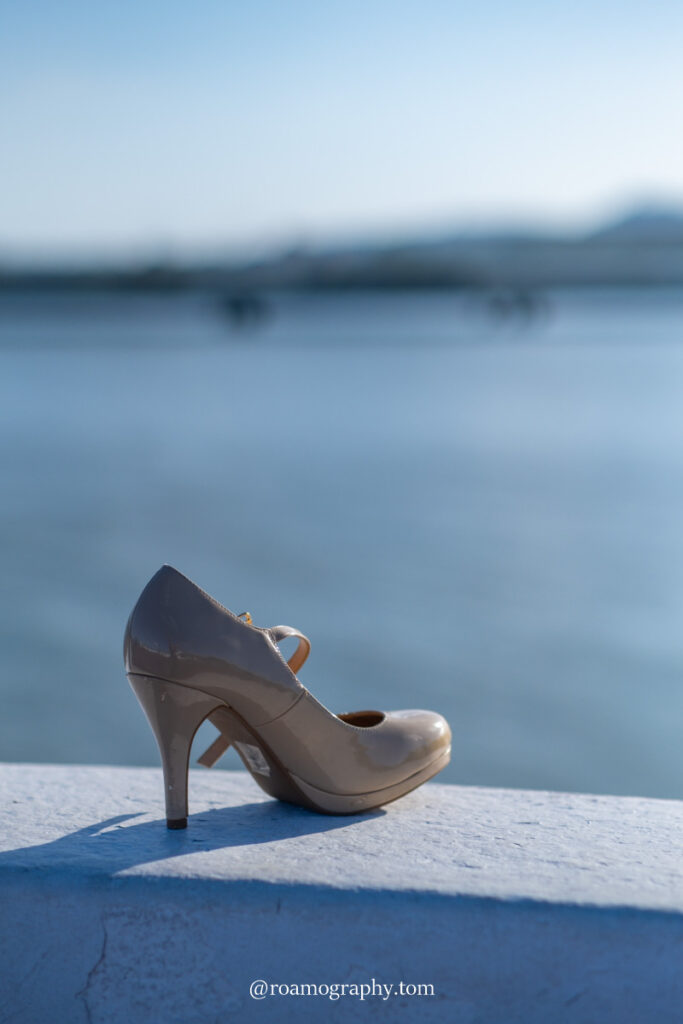
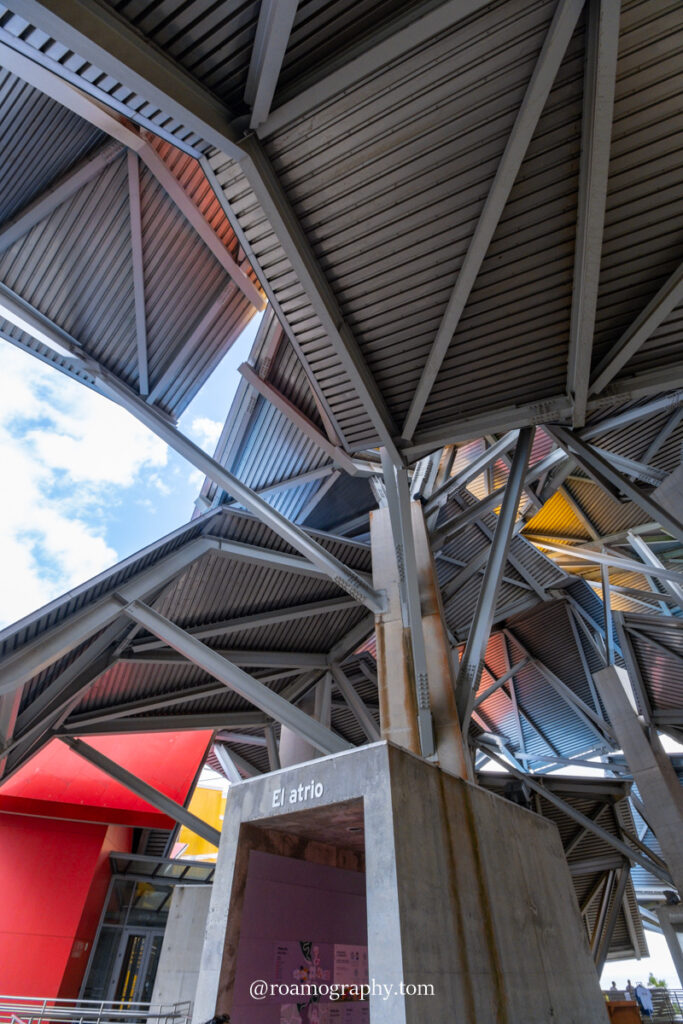
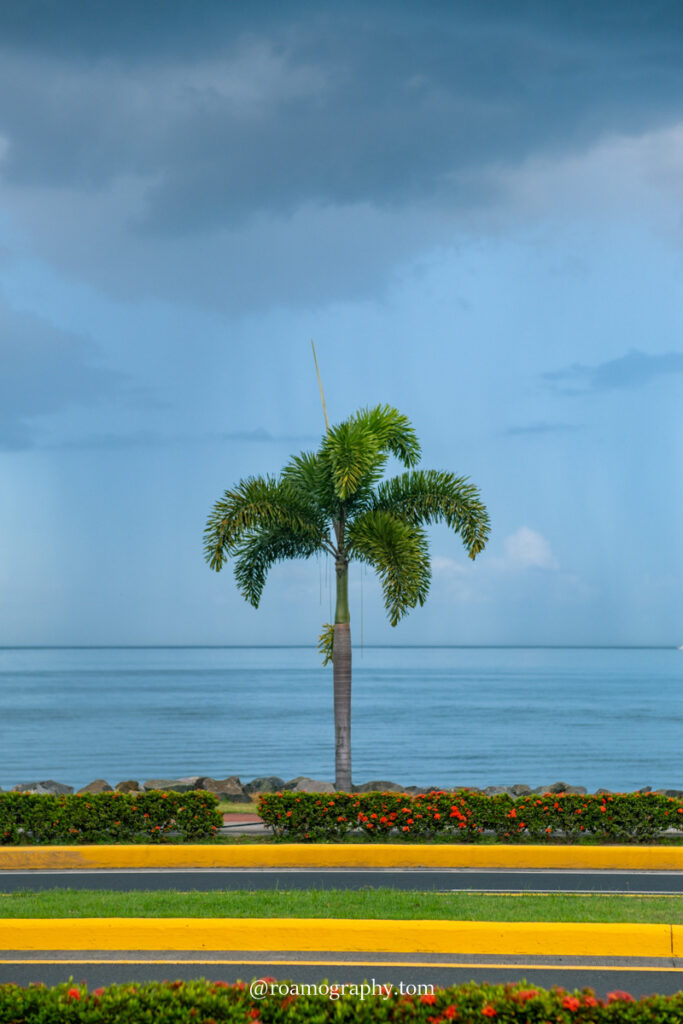
Panama City
W stolicy spędziliśmy kilka dni, a pobyt nasz rozpoczęliśmy od rozpytywania o możliwość przepłynięcia Kanałem Panamskim. Odsyłano nas w różne, najróżniejsze miejsca, w których pytaliśmy dalej i rozwieszaliśmy ogłoszenia (pytaliśmy również na grupach facebookowych) – sposób na załapanie się za darmo na taką przeprawę polega na tym, że każda jednostka musi mieć komplet załogi do obsługi cum (a obsługa ta powinna się odbywać ekspresowo – na każdej ze śluz trzeba łódź przywiązać a potem odwiązać, nie tracąc czasu, bo czas to pieniądz dla właścicieli Kanału); niewielkie łodzie (z małą liczbą osób na pokładzie) muszą przed przeprawą zorganizować sobie takich dodatkowych line handlers. I tutaj wkraczamy my – dwie pary dodatkowych rąk do pracy, niezbędne, aby w papierach wszystko się zgadzało. I rzeczywiście – po kilku dniach odezwały się dwie jednostki! Jedna znalazła nas na facebooku, my zaś zdecydowaliśmy się przykolegować do wesołej i przyjaznej północnoamerykańskiej ekipy nieco podtatusiałych panów, którzy postanowili spełniać marzenia i oglądać świat z perspektywy jachtu (znaleźli nasze ogłoszenie przyklejone w przystani za jacht klubem Balboa).
Zanim o kanale – parę słów o Panama City. Ciekawe to miejsce, choć dzielnica w której się zatrzymaliśmy, to tzw. klimaty: w nocy kręci się tu pełno trans-prostytutek, ale za to najtańsze tu hostele. Starówka jest przyjemna, oprócz pogapienia się na budynki, można się tu natknąć na kobiety z plemienia Guna Yala, sprzedające swoje tradycyjne hafty. Tanich lokali gastronomicznych w bród. Warto też wybrać się do Biomuseo – bardzo oryginalnego budynku, położonego z dala od centrum, z ciekawą wystawą, opowiadającą historię (naturalną) regionu.
On a sunny afternoon, our brave crew of five (the captain, his two colleagues who know how to sail and us – the two unskilled helpers) set off on a cruise through the Panama Canal. We sail ashort distance away from the marina and wait for the guide, whose presence is required by regulations. We wait and wait, the sun is slowly setting, the reflections of the lights of the quayside buildings are beginning to flicker in the gently rippling surface of the water… We wait… Finally, our guide turns up and now we are really heading for the Caribbean Sea. Along the way, we are still told to let a few larger vessels pass, which stretches our crossing in time more and more. Then, finally, the magic starts to happen: we enter the locks, the gates slam shut behind us and we quickly start mooring, after which the world around us begins to lower, or rather the water level in our lock rises. At a given command we untie the ropes and enter the next lock. And so it goes again and again, throughout the night (except that at some points we go lower from one lock to another). In the meantime, we try to snooze a bit while sitting up (it doesn’t work out after all) and are treated to a nutritious soup, prepared by the friendly crew.
Just before sunrise, quite tired, we arrive at Shelter Bay Marina at Fort Sherman. Here we have the opportunity to freshen up (there have showers and even a swimming pool) and broadcast an announcement on the radio station about our desire to take our journey onwards towards the San Blas Islands, or maybe even Colombia, or indeed anywhere, we are not picky. We also stick our little posters and wait for a while. However, we decide not to sit here indefinitely and set off for the nearest town. Unfortunately, we don’t manage to take advantage of the free shuttle bus service organised by the marina, because one needs to sign up on the, which is already full that day. However, we try to hitchhike and find a helpful driver who drops us off almost at the door of our couchsurfing hostess.
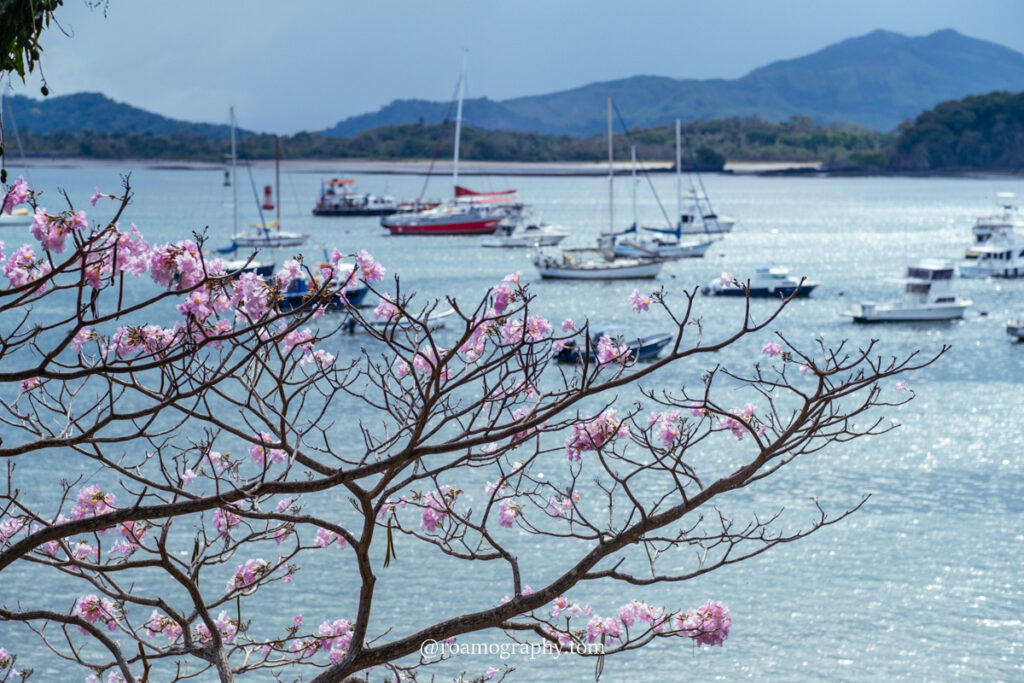
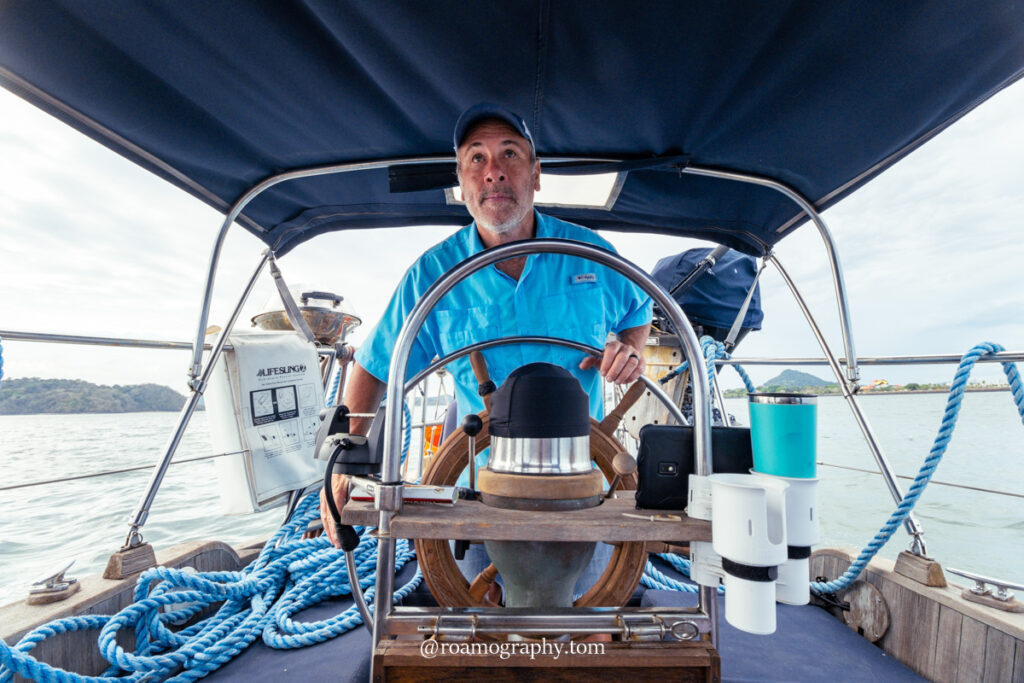

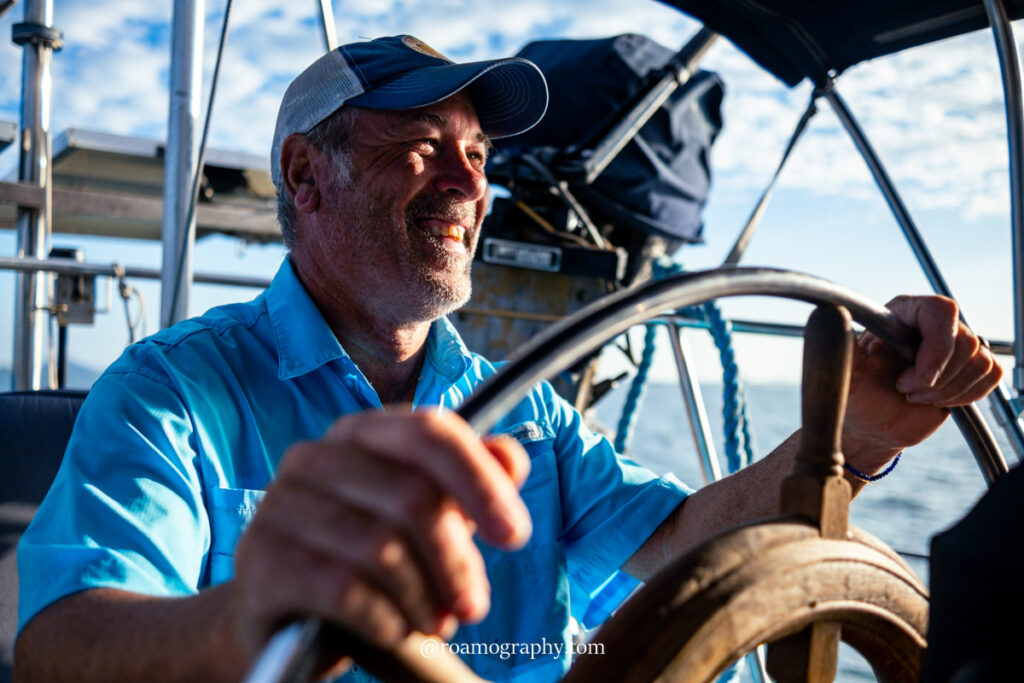

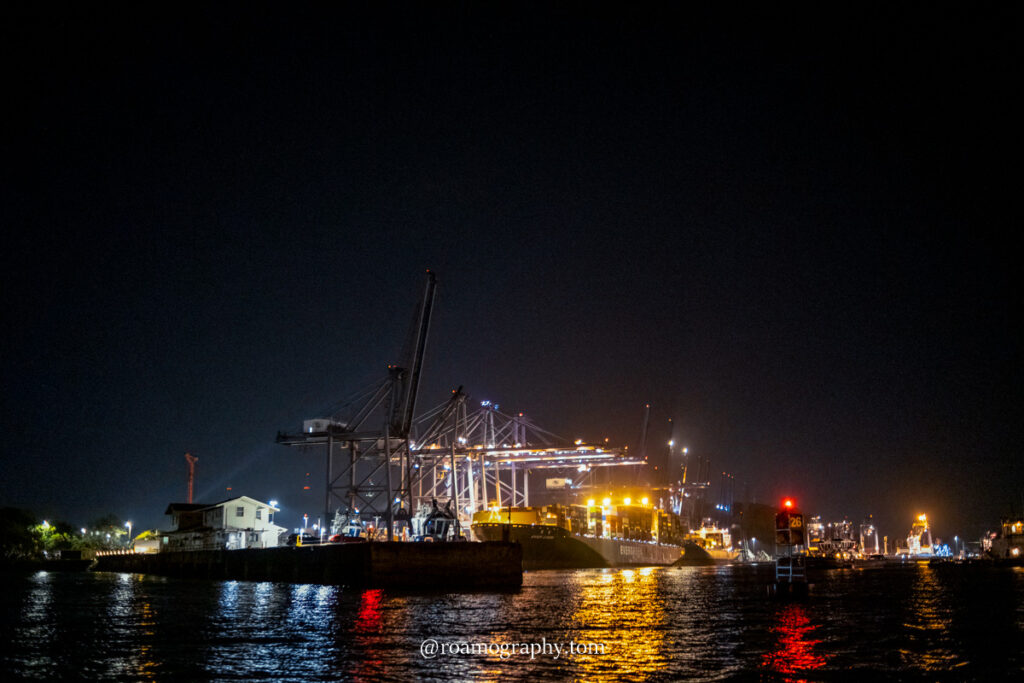
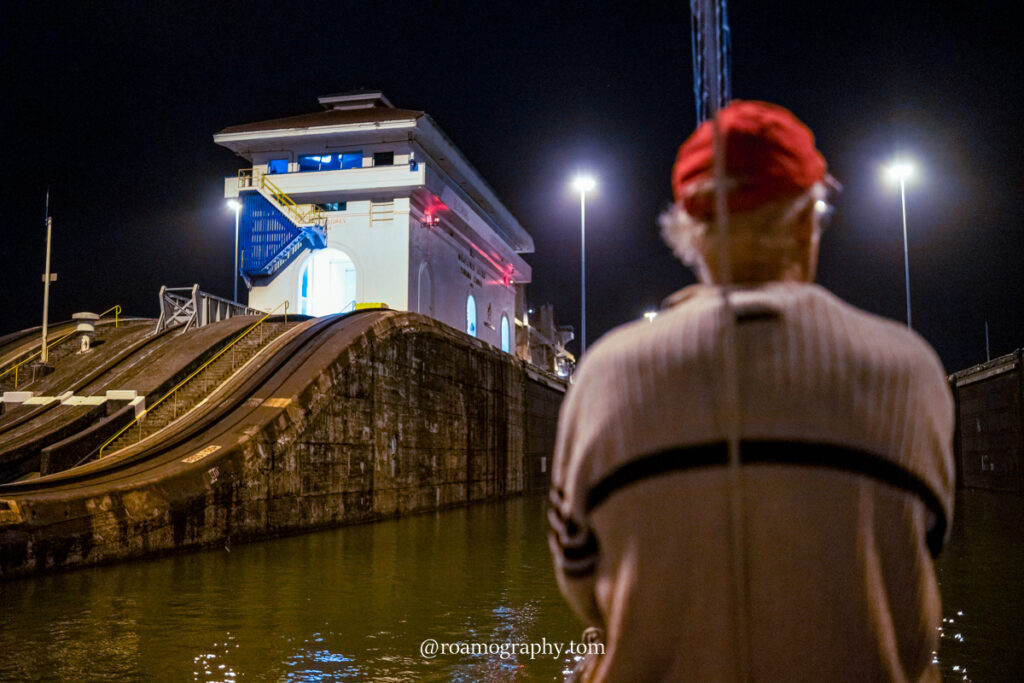
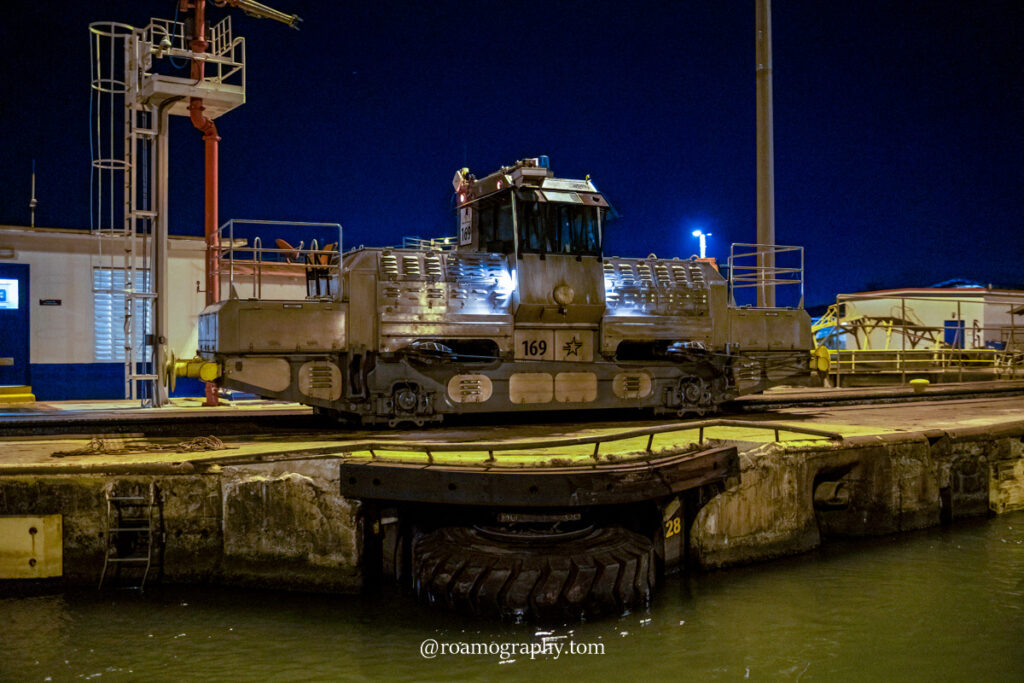
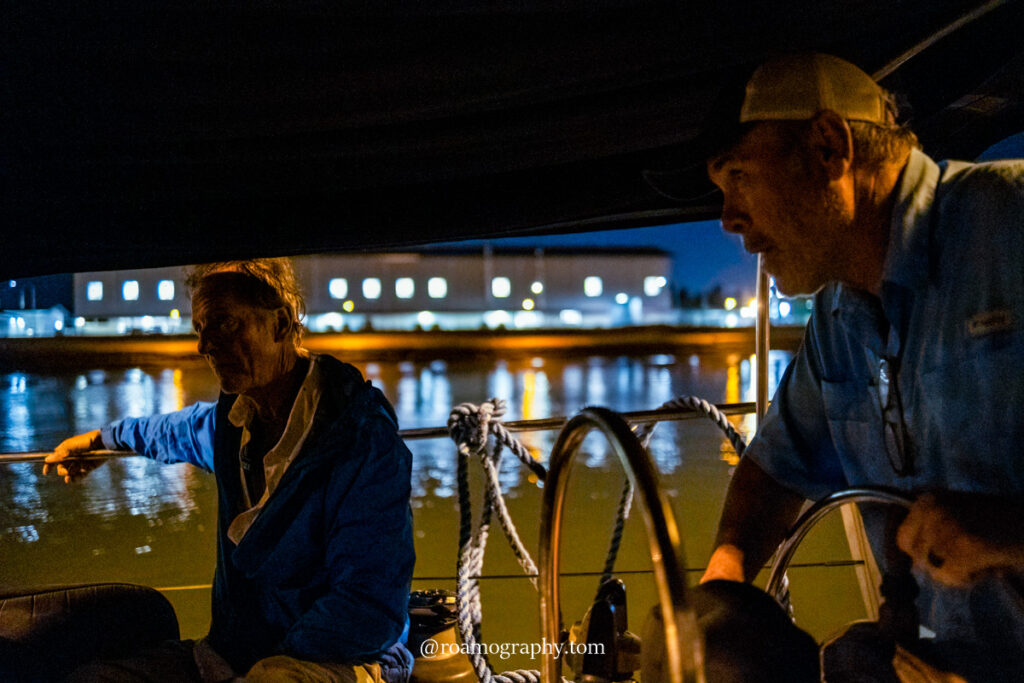
Kanał Panamski
Słonecznym popołudniem nasza dzielna 5-osobową ekipa (kapitan, jego dwóch kolegów znających się na żeglarstwie i nasza dwójka niewykwalifikowanych pomagierów) wyruszamy w rejs przez Kanał Panamski. Odpływamy kawałek od mariny i czekamy na przewodnika, którego obecność jest wymagana przepisami. Czekamy i czekamy, słońce powoli zachodzi, odbicia świateł nabrzeżnych zabudowań zaczynają pląsać w lekko falującej tafli wody… Czekamy… W końcu zjawia się nasz przewodnik i teraz już naprawdę ruszamy w stronę Morza Karaibskiego. Po drodze jeszcze każą nam przepuścić kilka większych jednostek, więc przeprawa coraz bardziej się rozciąga w czasie. Aż w końcu zaczyna się dziać magia: wpływamy do śluz, zatrzaskują się za nami wrota, a my szybko zabieramy się za cumowanie, po czym świat dookoła zaczyna się obniżać, a raczej poziom wody w naszej śluzie się podnosi. Na daną komendę odwiązujemy liny i wpływamy do kolejnej śluzy. I tak wielokrotnie, przez całą noc (z tą różnicą, że od połowy śluzy spuszczają nas stopniowo w dół). W międzyczasie próbujemy drzemać na siedząco (nie bardzo nam to wychodzi) i jesteśmy częstowani pożywną zupą, przyrządzoną przez życzliwą załogę.
Tuż przed wschodem słońca, dość konkretnie wymiętoleni, docieramy do Shelter Bay Marina przy Fort Sherman. Mamy tu okazję, aby się odświeżyć (są tu prysznice a nawet basen) i nadać ogłoszenie w radiowęźle o chęci zabrania się w dalszą drogę w kierunku wysp San Blas, a może i nawet Kolumbii, albo wręcz dokądkolwiek, nie jesteśmy wybredni. Rozklejamy też nasze ogłoszenia i przez jakiś czas czekamy. Postanawiamy jednak nie siedzieć tu w nieskończoność i ruszamy do najbliższego miasta. Niestety, nie udaje nam się skorzystać z oferty darmowej podwózki busem, organizowanej przez marinę, bo trzeba się zapisać na liście chętnych, która akurat tego dnia jest już pełna. Nic to, próbujemy autostopu i trafia się nam uczynny kierowca, który odstawia nas niemal pod same drzwi naszej couchsurfingowej gospodyni.
This is a city of warehouses and duty-free shops, with a centre that is interesting, in spite of having its own peculiar feel. The buildings here have been constructed in such a way that it is easy to observe the daily life of the inhabitants, many of whom seem to be doing nothing in particular. One senses (and we were warned of this by our hostess) that it is better not to walk here after dark. So we make a round, have a few words with the friendly gentlemen who have set up in the park and head back.
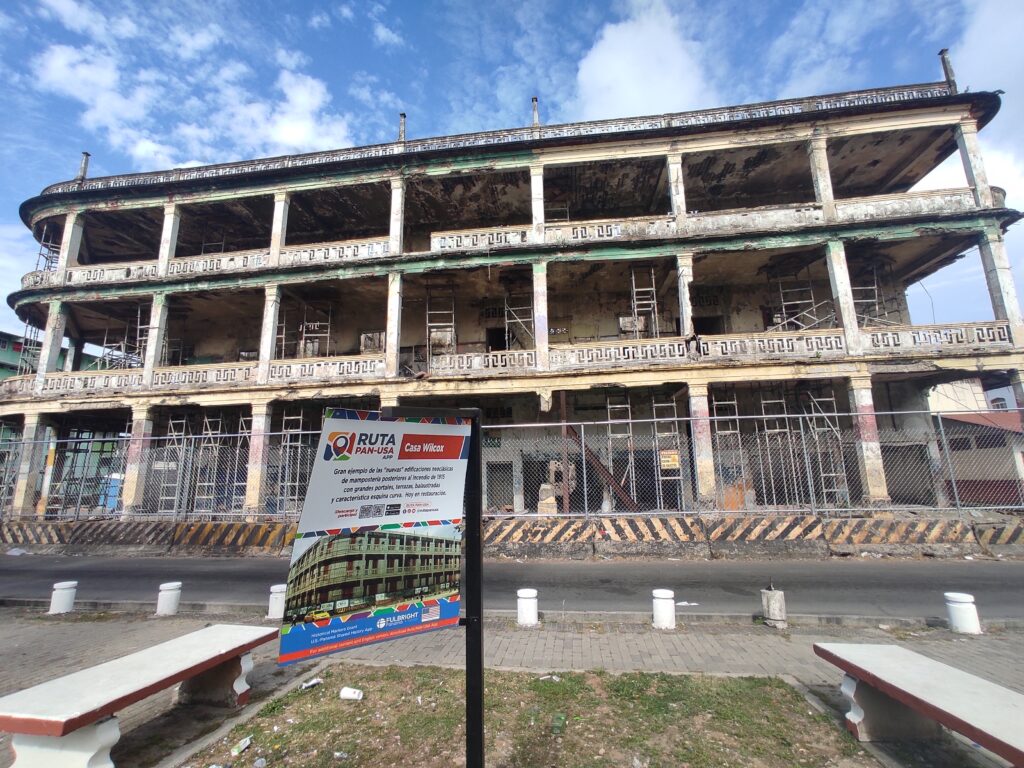
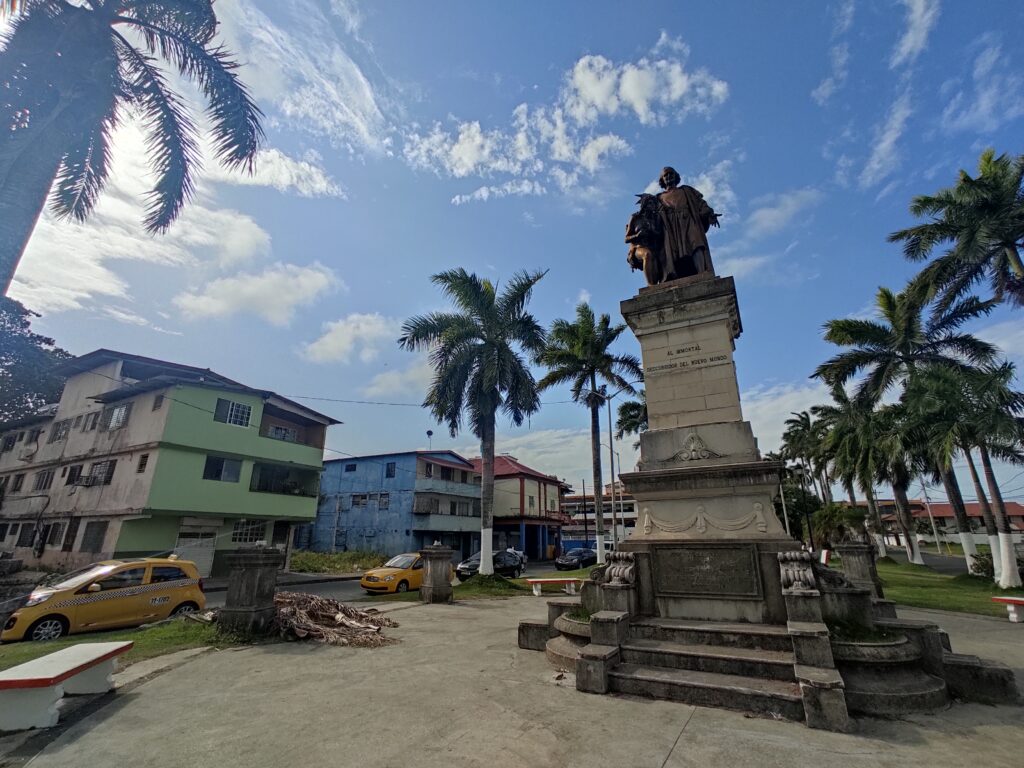

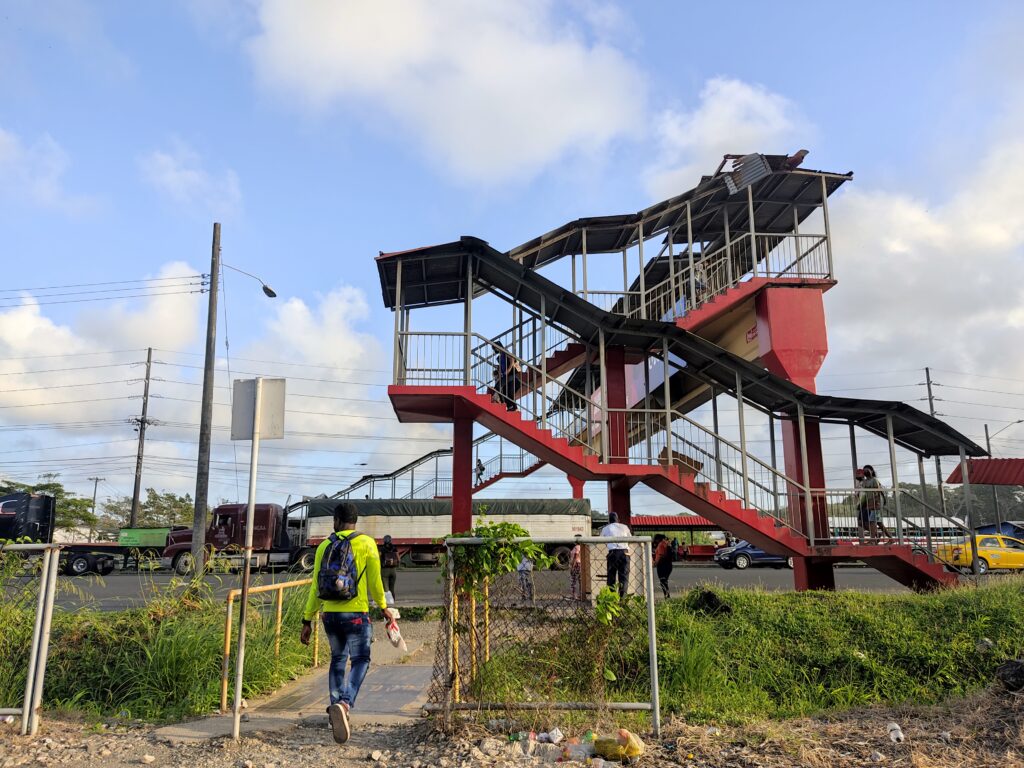
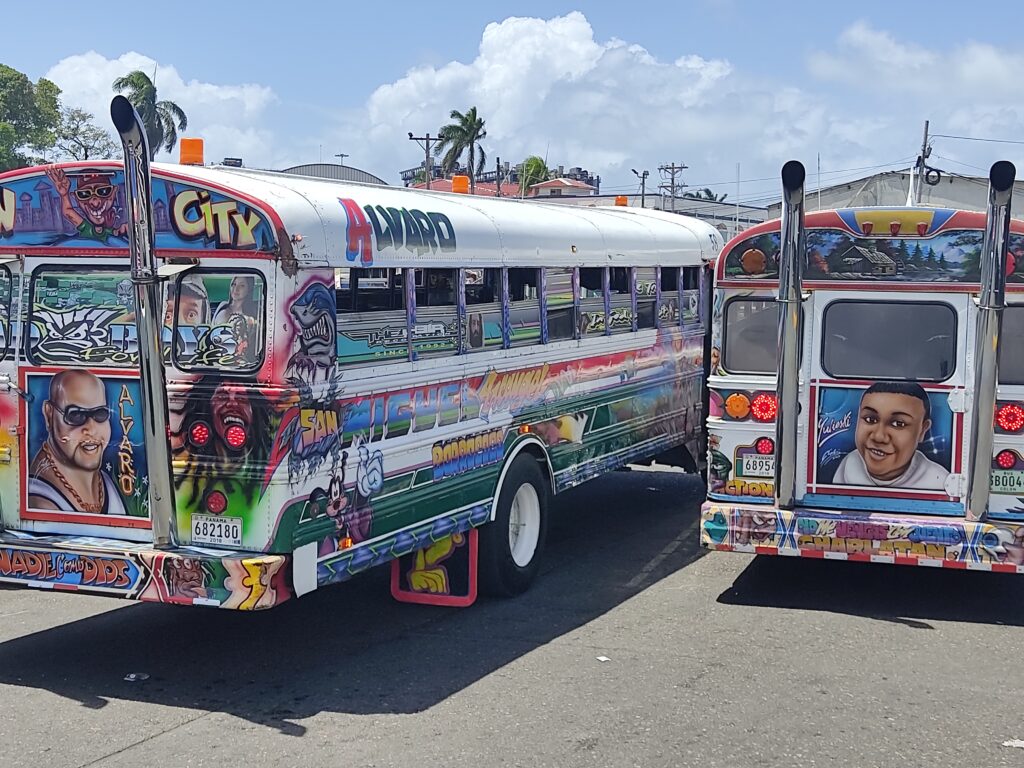
Colón
To miasto magazynów i sklepów duty-free, z centrum ciekawym, acz w specyficzny sposób. Budynki tak tu skonstruowano, że łatwo tu obserwować codzienne życie mieszkańców, z których spora część nie zajmuje się niczym konkretnym. Daje się wyczuć (i byliśmy o tym uprzedzeni przez naszą gospodynię), że lepiej nie spacerować tu po zmroku. Robimy zatem rundkę, zamieniamy parę słów z sympatycznymi panami, którzy rozsiedli się w parku i wracamy.
Still figuring out how to get to Colombia by water, we make a few days’ stop in Portobelo. We stop by Casa Congo (https://casacongo.org) to ask whether they need our photo-video services in exchange for accommodation. What results is a friendly collaboration and documentation of the activities of an organisation that promotes the African culture brought here by slaves. Congo culture has a whole mythology of its own, featuring many interesting characters, like the Devil (which represents the white coloniser), the King and the Queen, each with their corresponding costume, a combination of African and Spanish design plus props to which the great-grandparents of Portobelo’s inhabitants have given special meanings, sometimes mysterious and sometimes amusing. There are a lot of well-selling Congolese painters here, whom we visit in their upscale studios, there is also a music section where talented kids and young people play music and sing (we record footage for a music video here, which ultimately never gets made because the head of the project never provides us with necessary audio material), and there is a whole town painted in bright colours. There are also the picturesque remains of forts that we visit, there is a stray sloth, there are howlers… And there are delicious cocadas – wet deep-fried coconut cakes. We leave Portobelo charged with lots of positive energy.
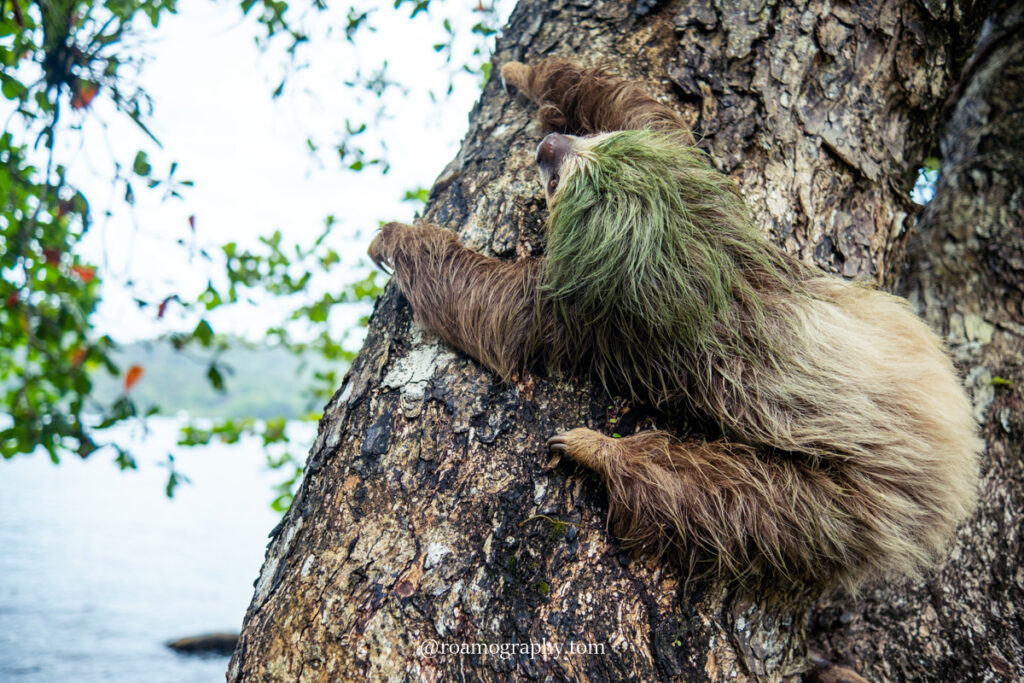
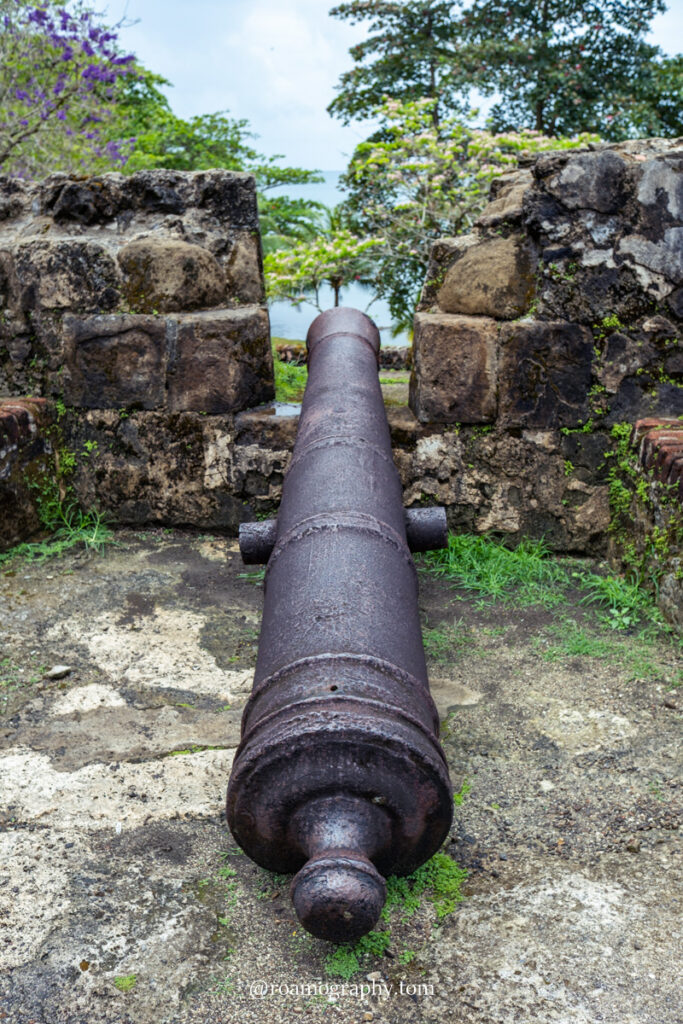
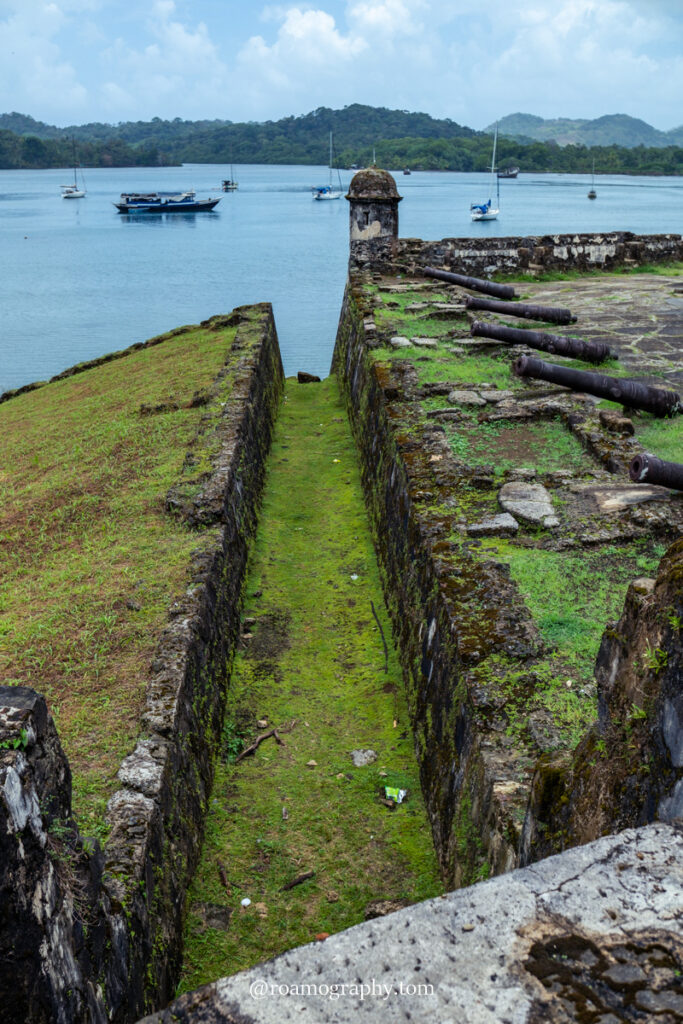
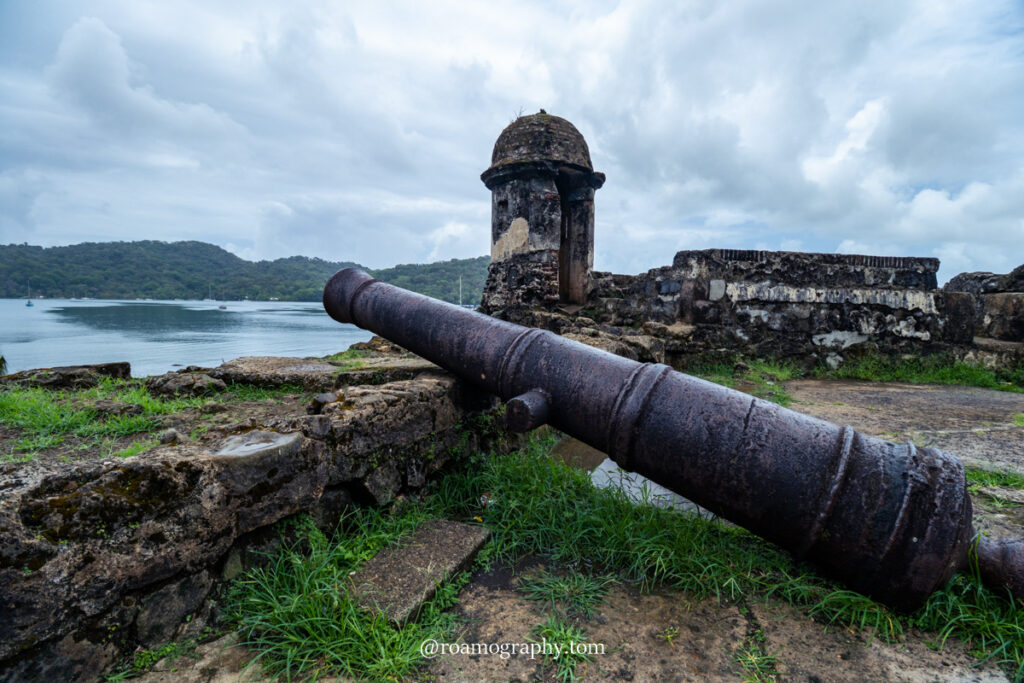
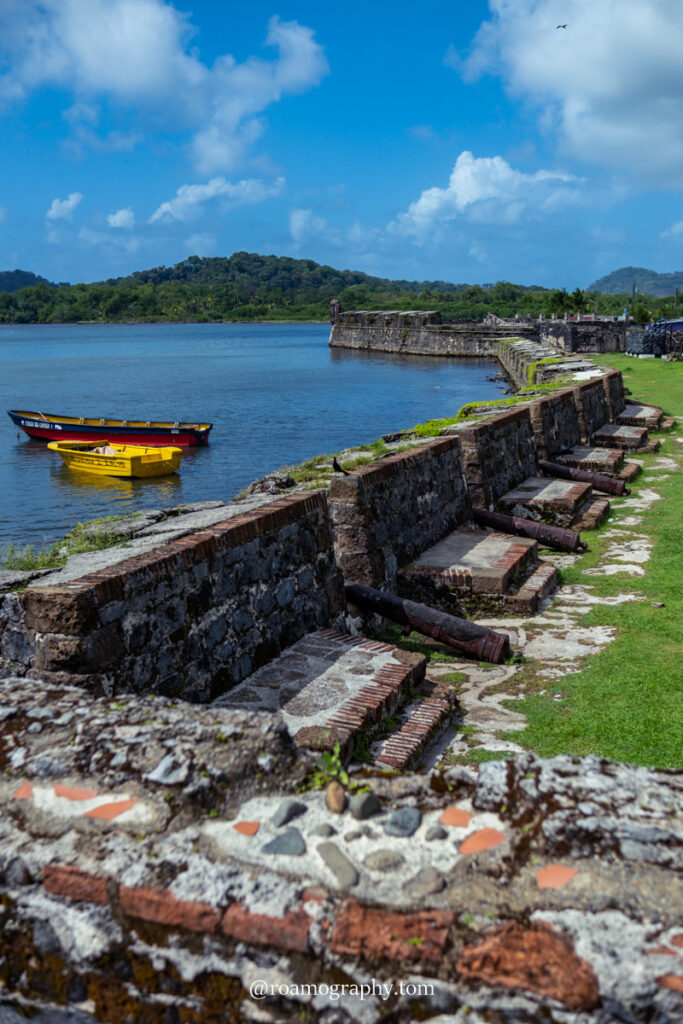
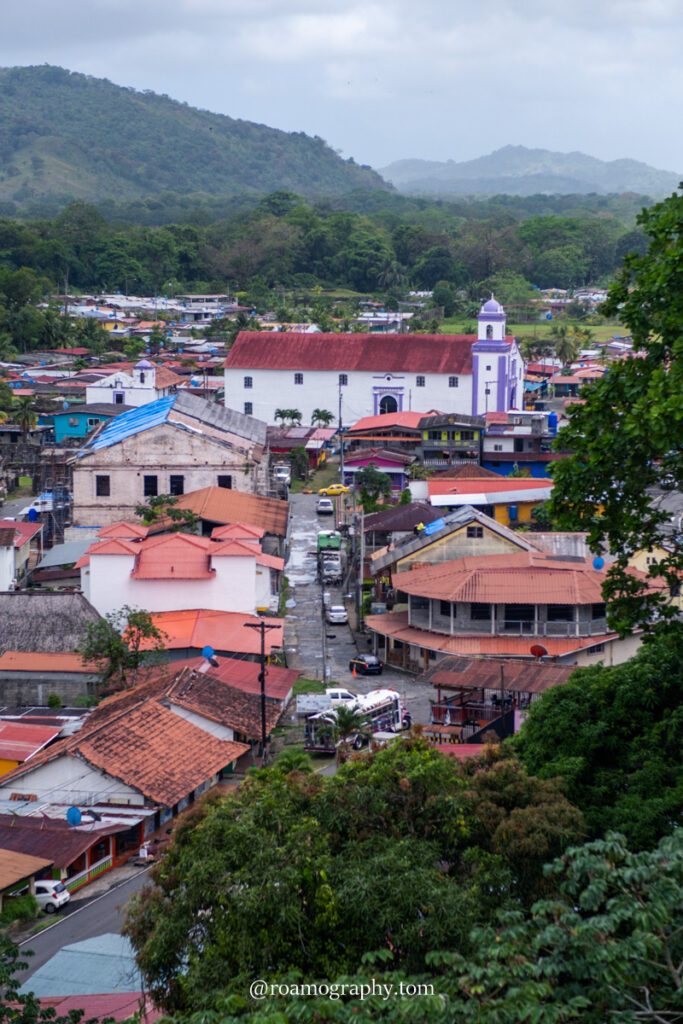

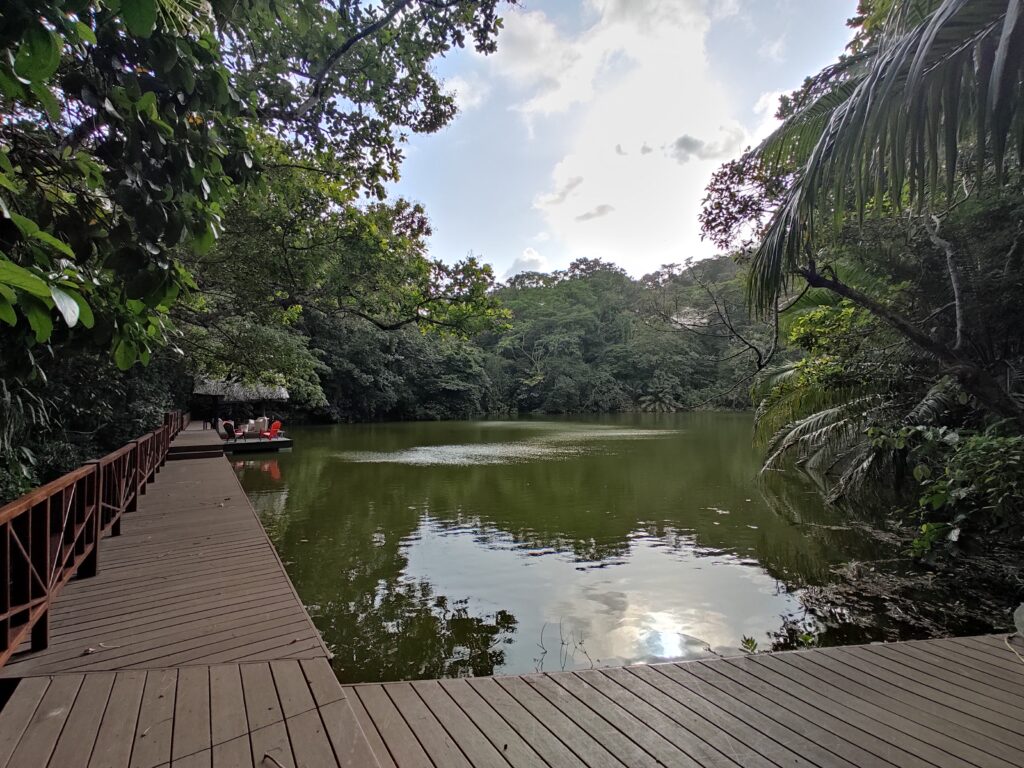
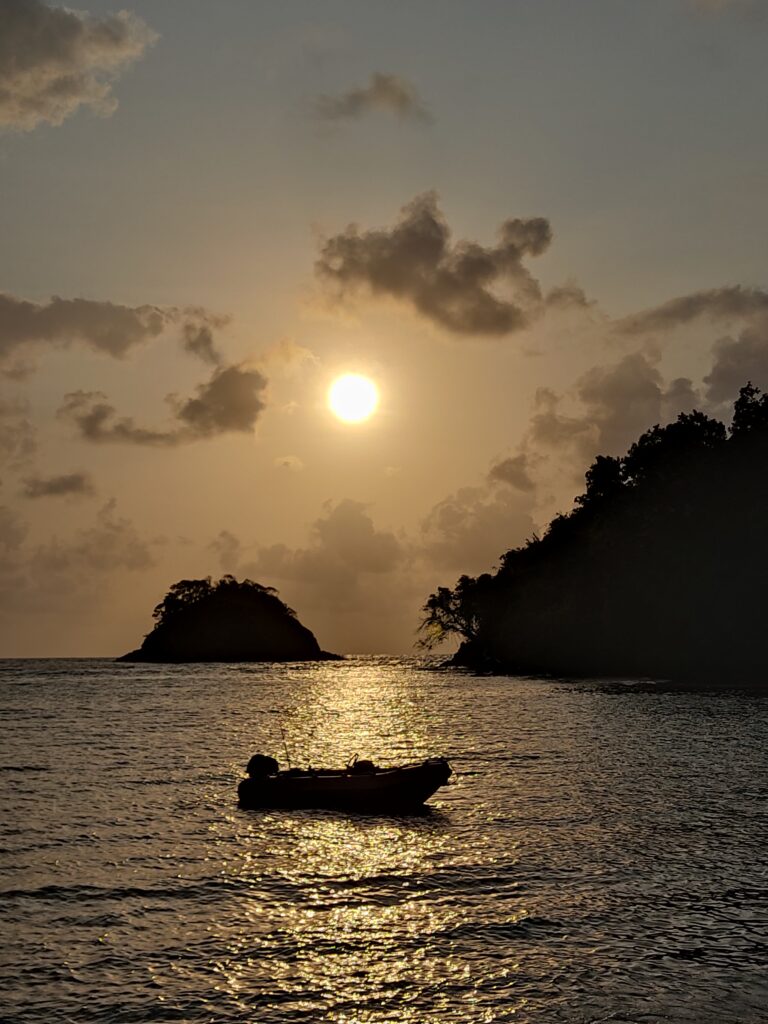
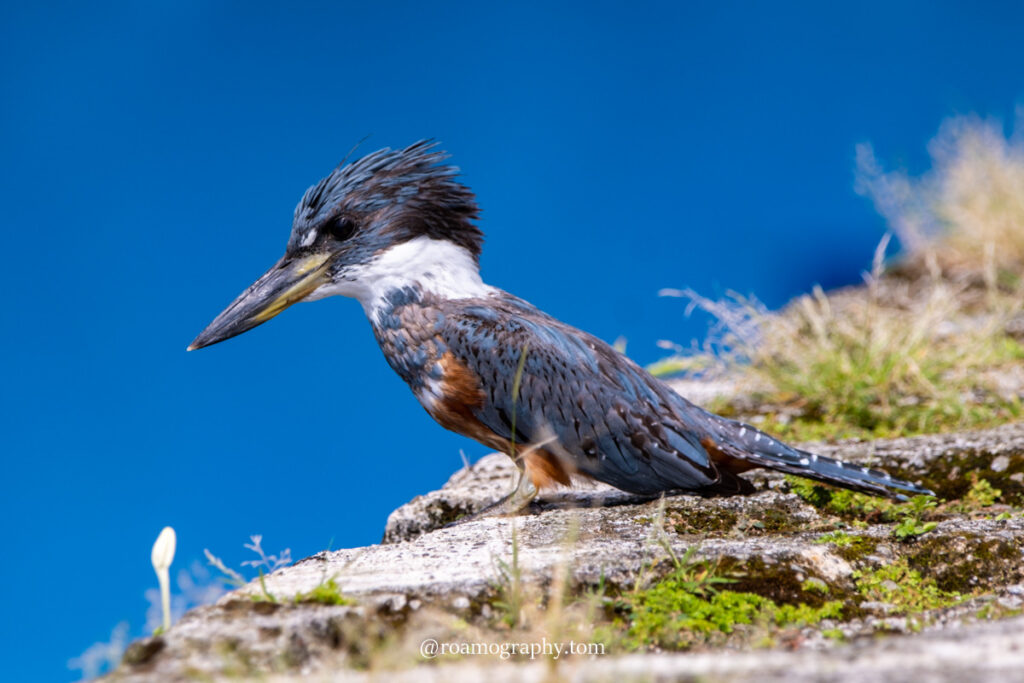
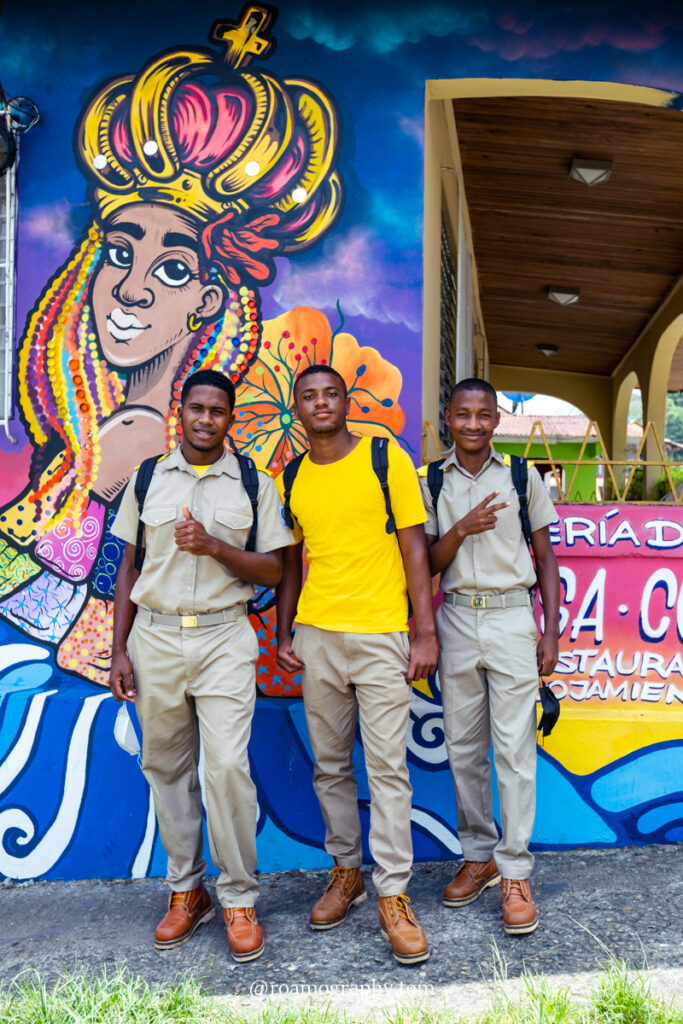
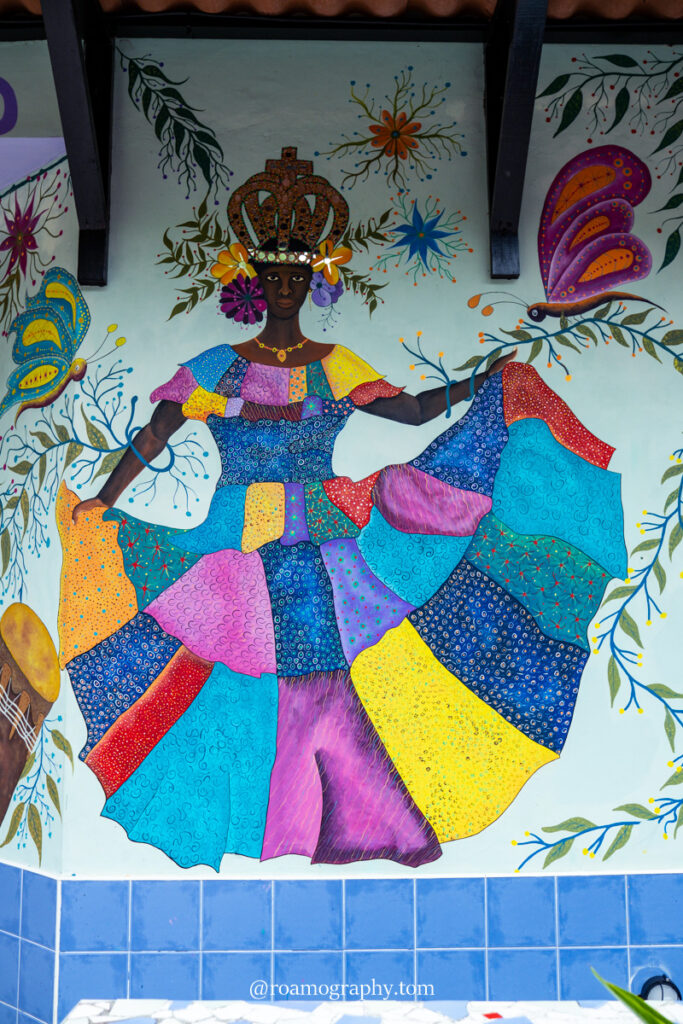
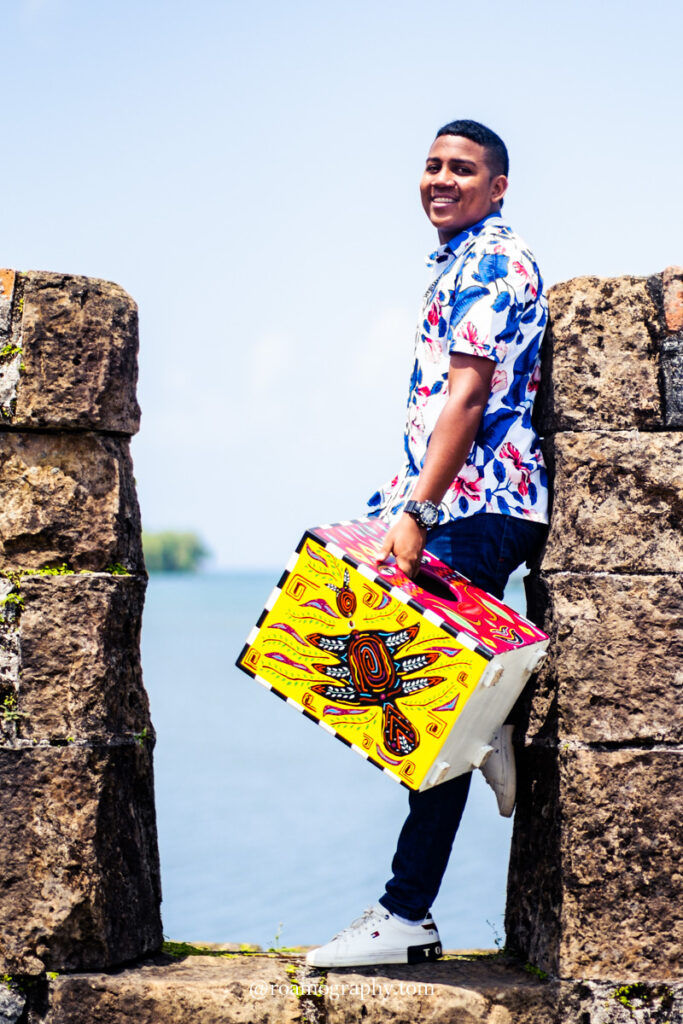
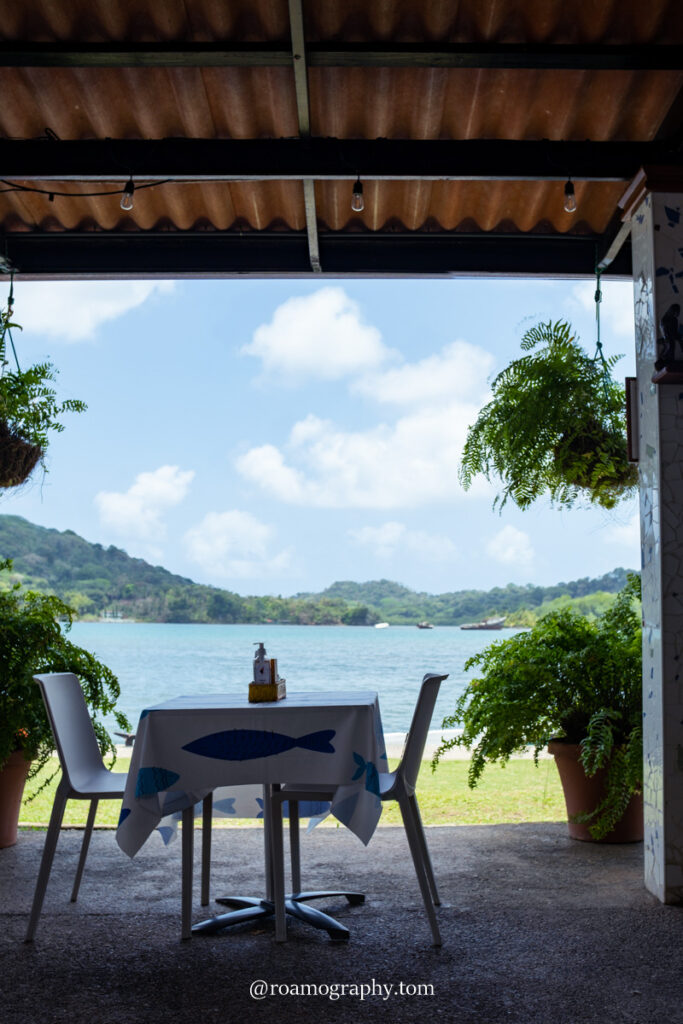
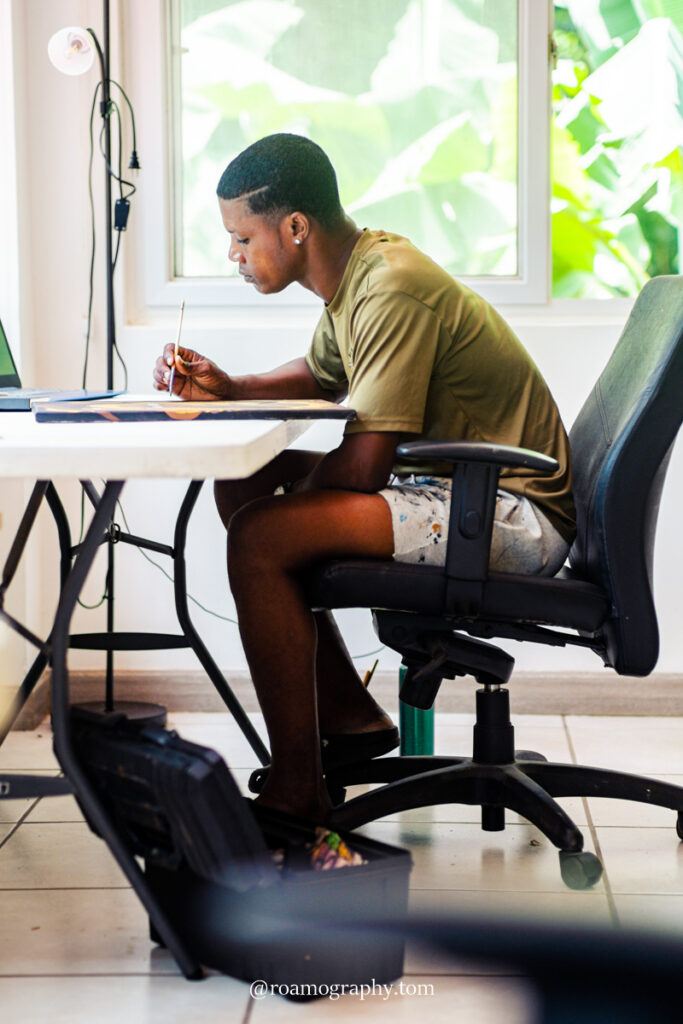

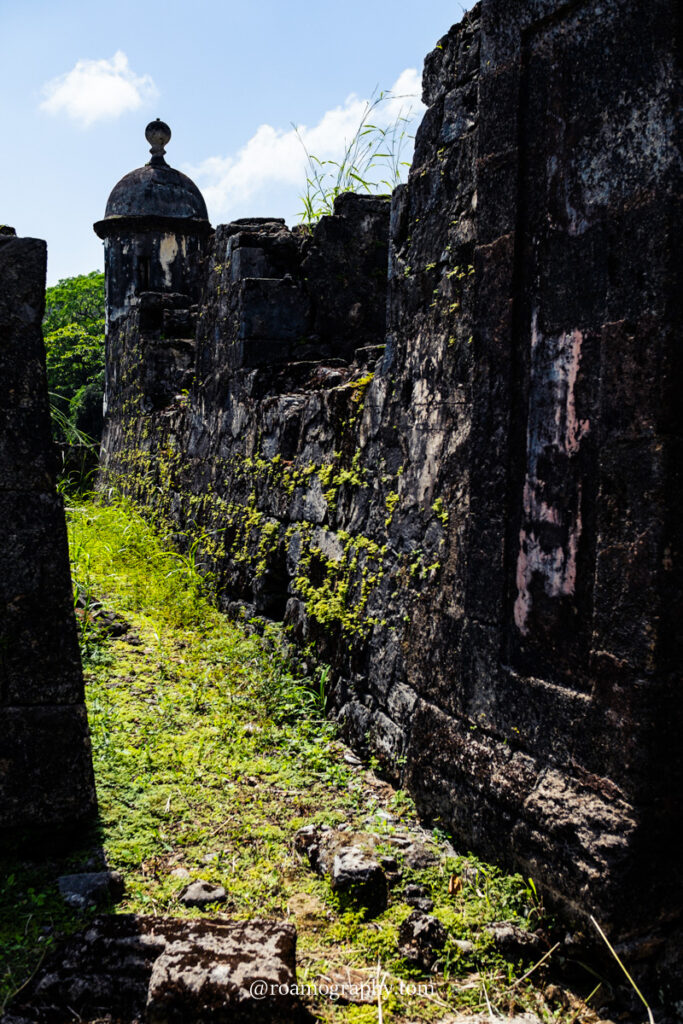
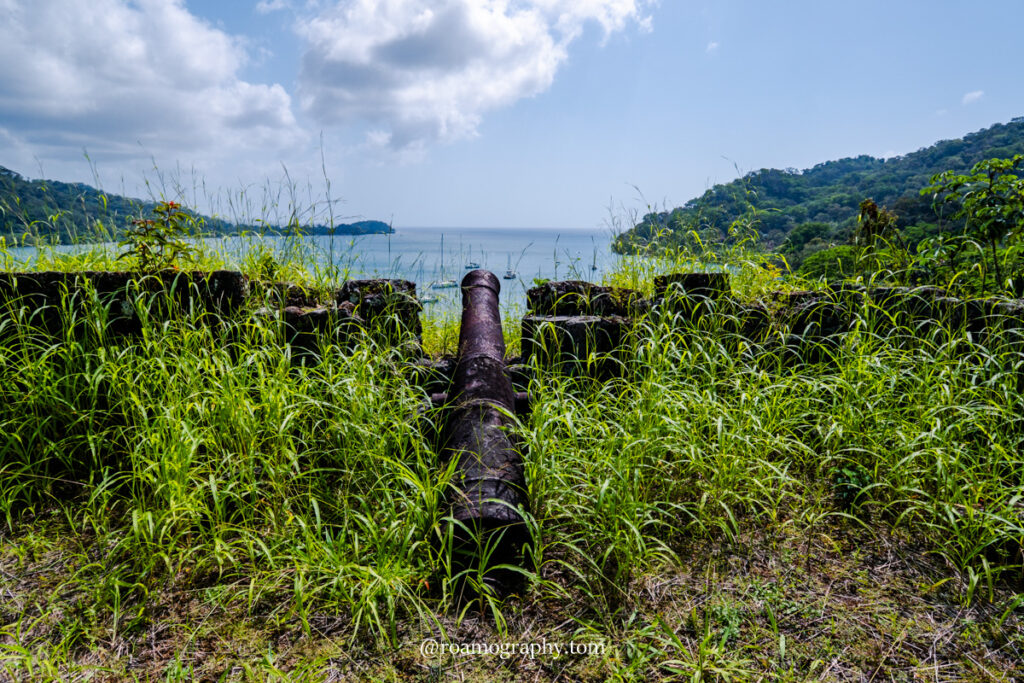
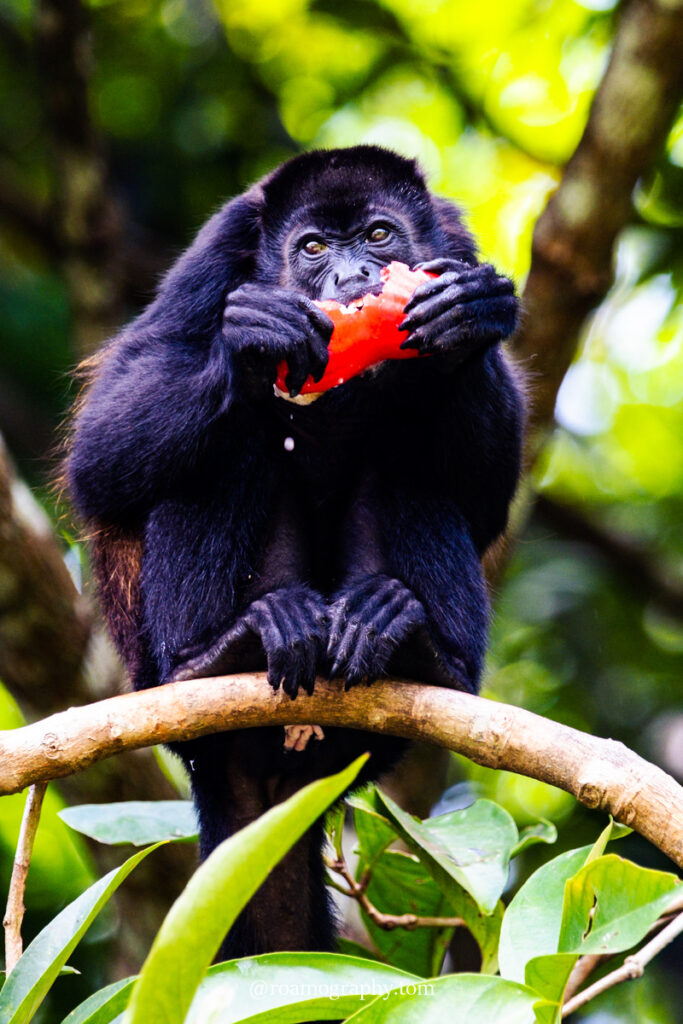

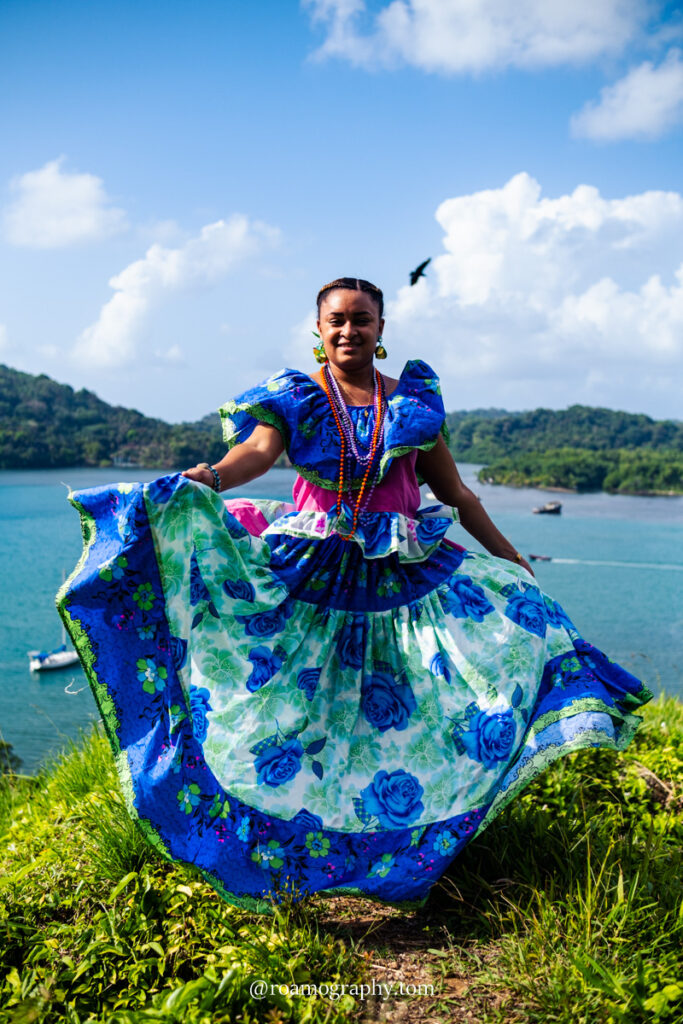

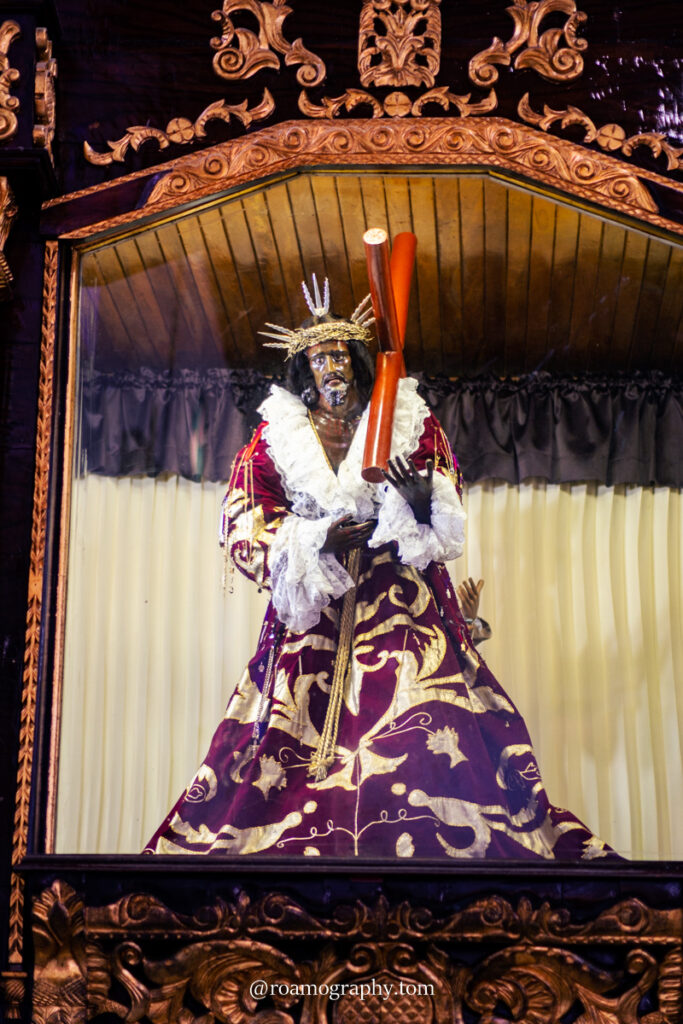
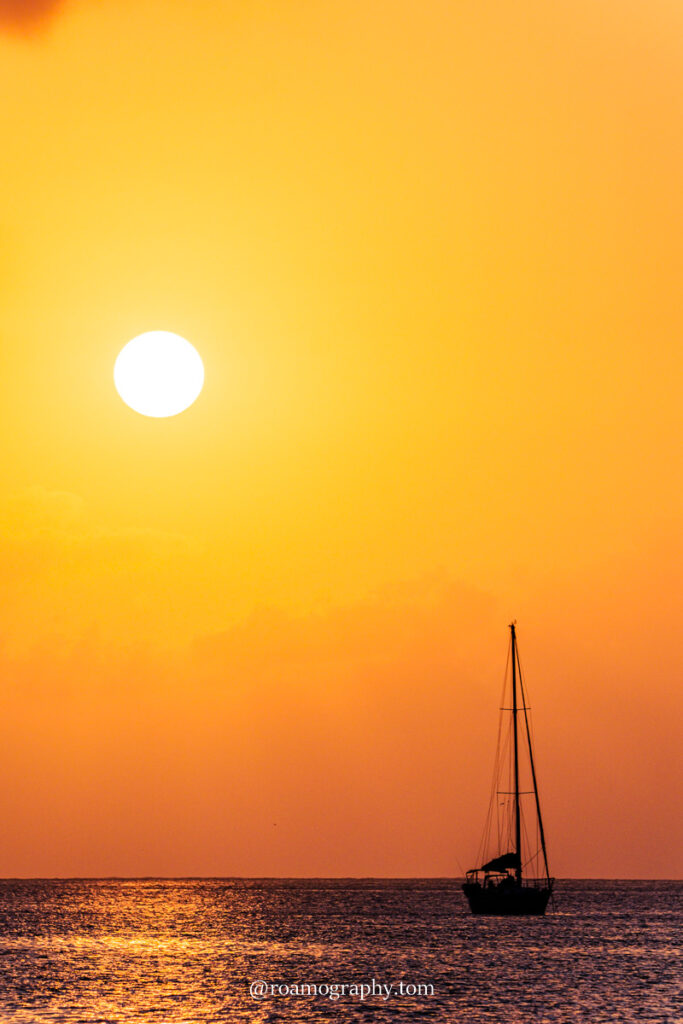
Portobelo
Wciąż kombinując, jak przedostać się drogą wodną do Kolumbii, robimy sobie kilkudniowy postój w Portobelo. Zachodzimy tam do Casa Congo (https://casacongo.org) z zapytaniem, czy nie potrzebują naszych usług foto-video w zamian za nocleg. Wychodzi z tego sympatyczna współpraca i dokumentacja działań organizacji, która promuje kulturę afrykańską przywiezioną tu przez niewolników. Congo to cała mitologia, w której występują m.in. Diabeł (biały kolonizator), Król i Królowa, każdemu jest przynależny odpowiedni strój, stanowiące połączenie dizajnu afrykańskiego, hiszpańskiego i rekwizytów, którym pradziadowie mieszkańców Portobelo nadali czasem tajemnicze a czasem zabawne znaczenia. Dużo tu dobrze sprzedających się congijskich malarzy, których odwiedzamy w ich wypasionych pracowniach, jest i sekcja muzyczna, w której grają i śpiewają utalentowane dzieciaki i młodzież (nagrywamy tu materiał do teledysku, który ostatecznie nie powstaje, bo szef projektu nigdy nie dostarczy nam materiału audio), jest i całe miasteczko pomalowane na jaskrawe kolory. Są tu też malownicze pozostałości fortów, które zwiedzamy, jest też zabłąkany leniwiec, są wyjce… I są tu też przepyszne cocadas – kokosowe ciastka. Opuszczamy Portobelo naładowani dużą ilością pozytywnej energii.
In Puerto Lindo, we check in at Toucan Smiles Hostel (a place with a big potential but so!neglected… Where we do a little barter again, this time creating interior decoration items) and try one last time to convince some yacht owners and find a way to sail to South America cheaply. Unfortunately, this seems to be not a great season and nothing comes of it, but in the marina we come across Mikołaj, a crazy Pole (crazy in a good way, definitely!) who is working on his boat to prepare it for an amazing project: a floating school for kids and a floating garden/farm. When we meet him, the renovation work is still at an early stage, but seeing Mikołaj’s enthusiasm, something fantastic will surely come out of it!
Eventually we give up and give up on the cruise to Colombia – it can be done commercially, but it costs a lot more than flying by plane. So we move back to Panama City and get ready to make a leap to the southern part of America.
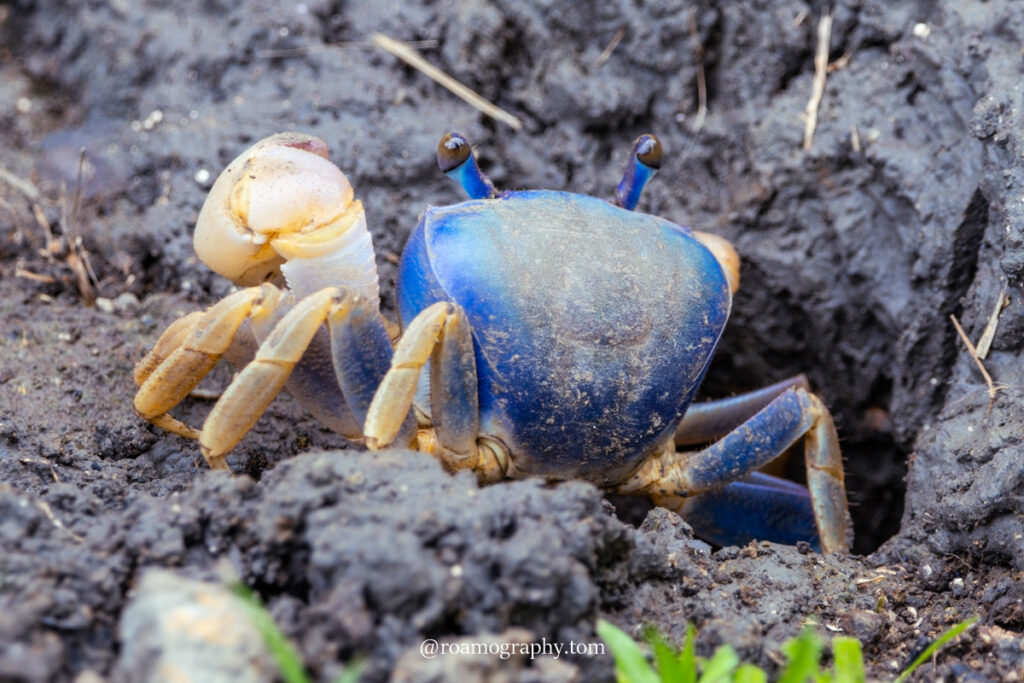

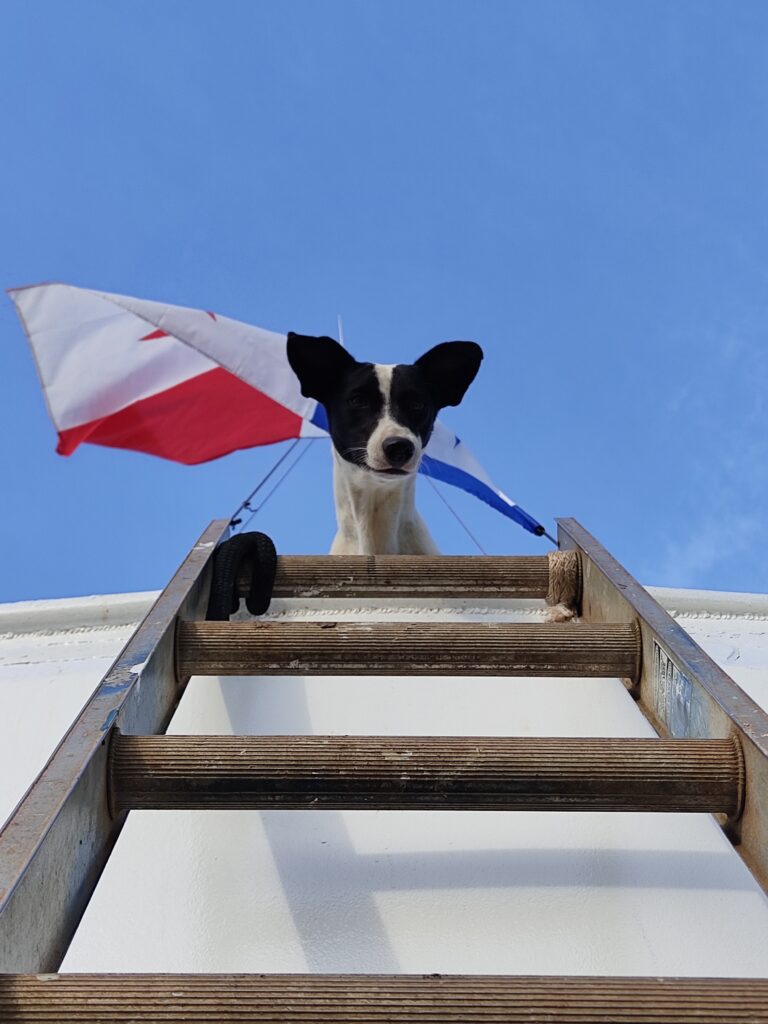


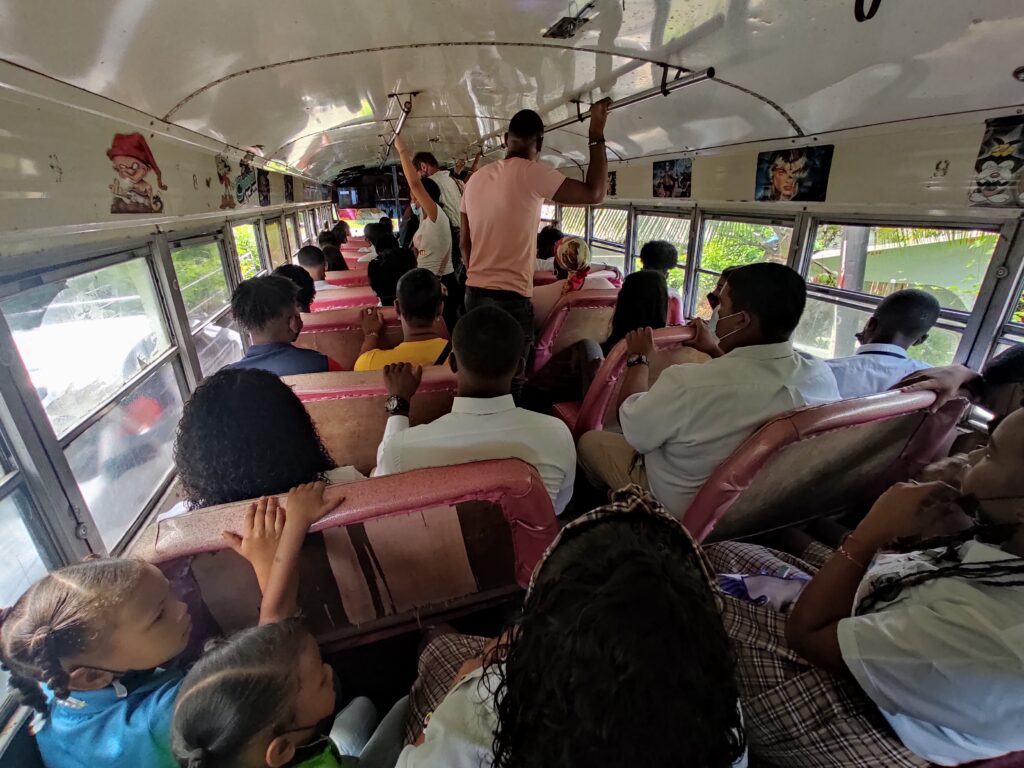
Puerto Lindo
W Puerto Lindo kwaterujemy się w Toucan Smiles Hostel (mający potencjał, acz zaniedbany hostelik, w którym znowu robimy małą wymianę barterową, tym razem tworząc elementy dekoracji wnętrz) i po raz ostatni próbujemy przypuścić szturm na jachty i znaleźć sposób na tanie przepłynięcie do Ameryki Południowej. Niestety, szukamy w złym okresie i nic z tego nie wychodzi, za to w marinie trafiamy na Mikołaja, pozytywnie zwariowanego Polaka, który pracuje nad swoją łajbą, by przyszykować ją do szalonego projektu: pływającej szkoły dla dzieciaków i jednocześnie ogrodu/farmy. Gdy go spotykamy, prace remontowe są wciąż na wczesnym etapie, ale widząc zapał Mikołaja, na pewno wyjdzie z tego coś fantastycznego!
Ostatecznie poddajemy się i odpuszczamy sobie rejs do Kolumbii – można to zrobić komercyjnie, ale kosztuje to o wiele więcej niż przelot samolotem. Zawijamy się zatem do Panama City i szykujemy do przeskoczenia do południowej części Ameryki.

